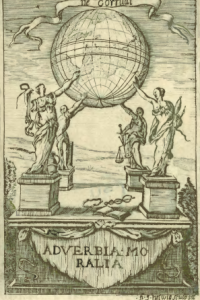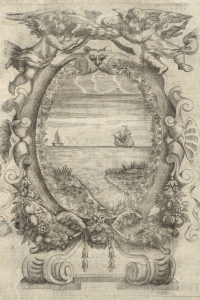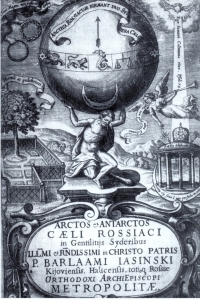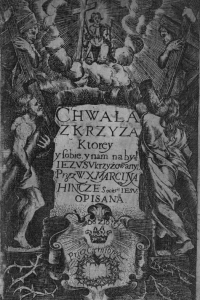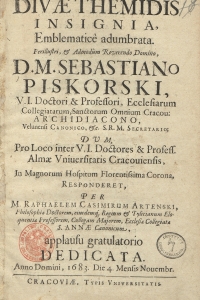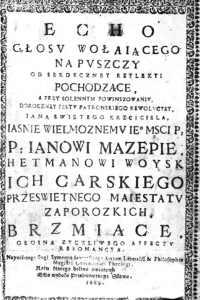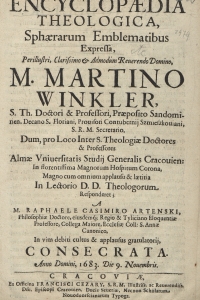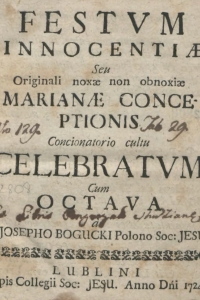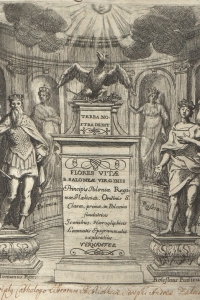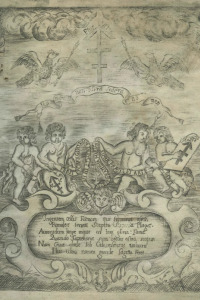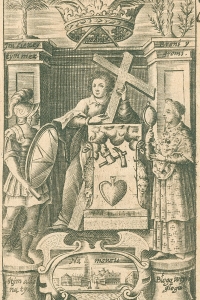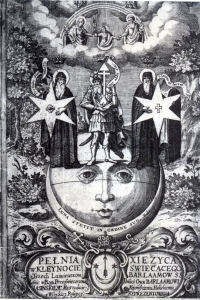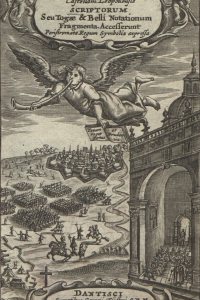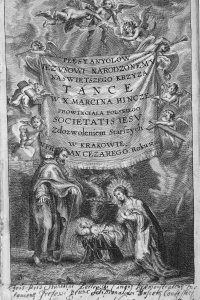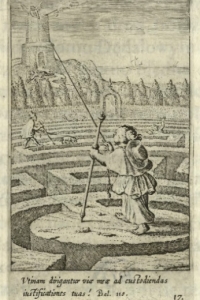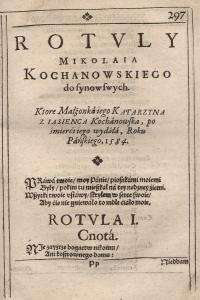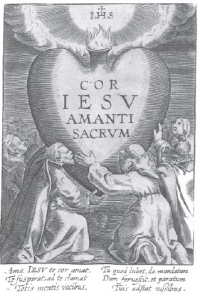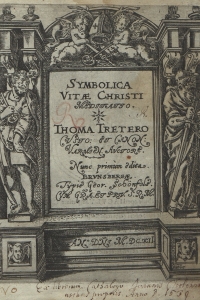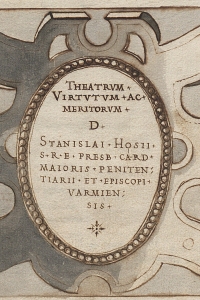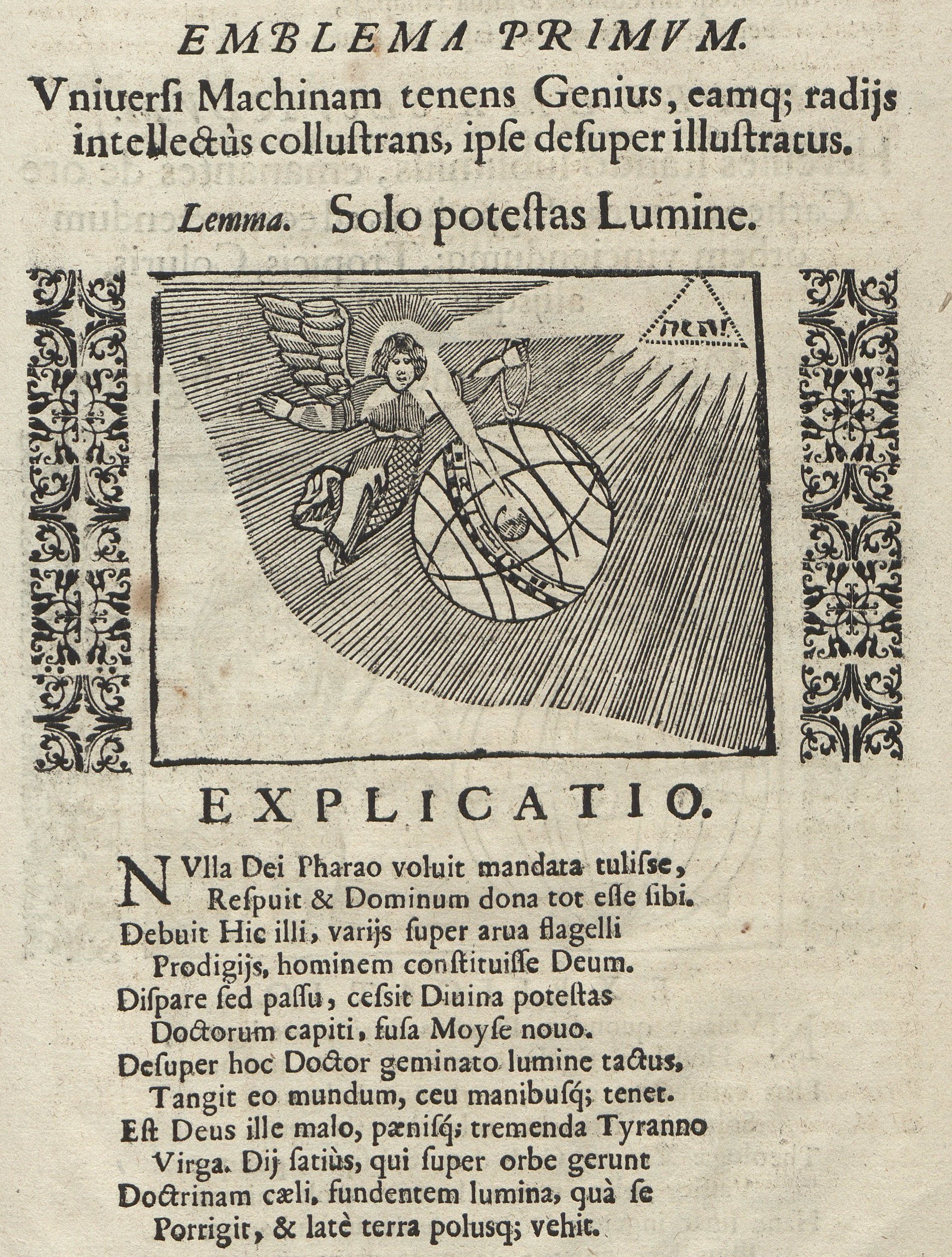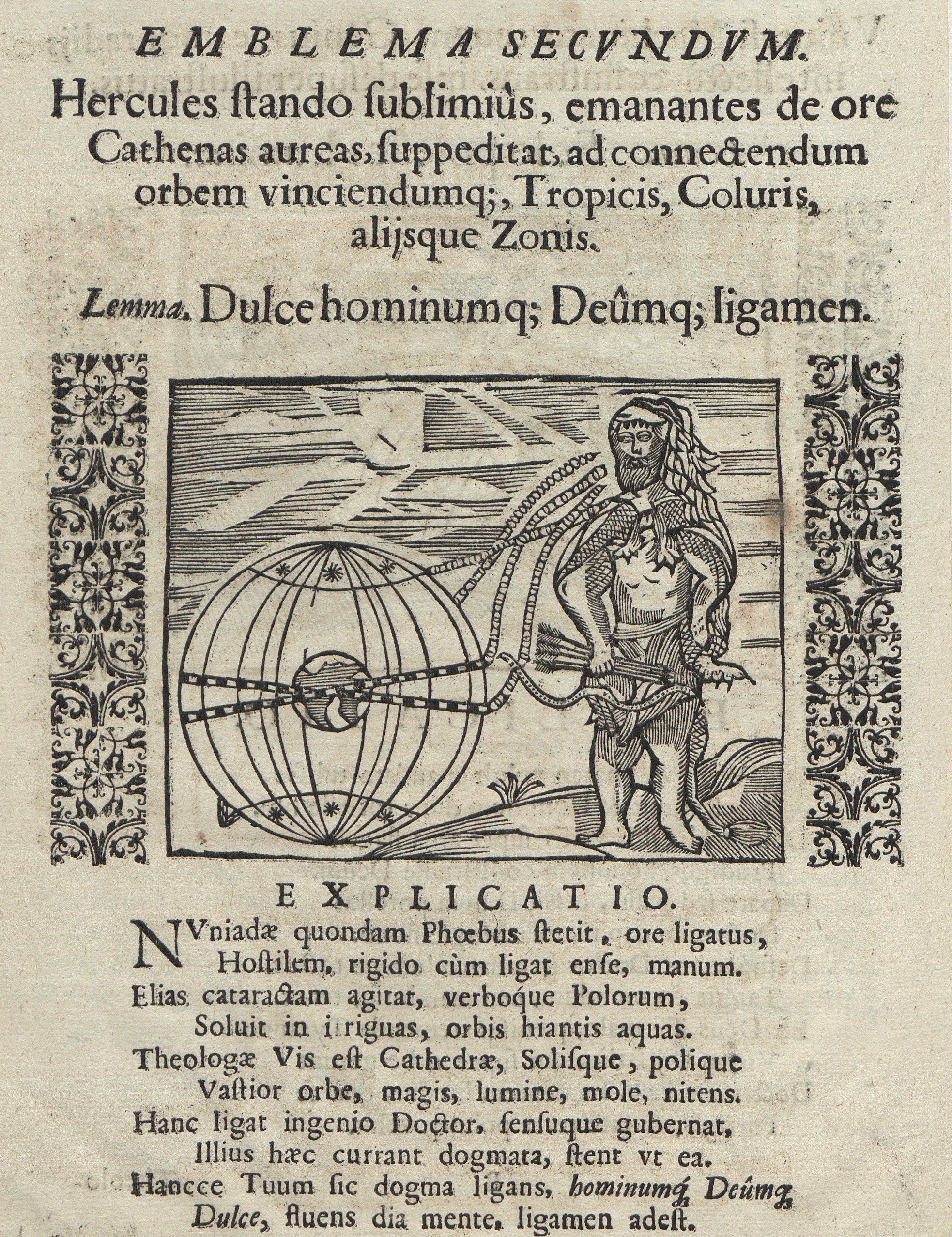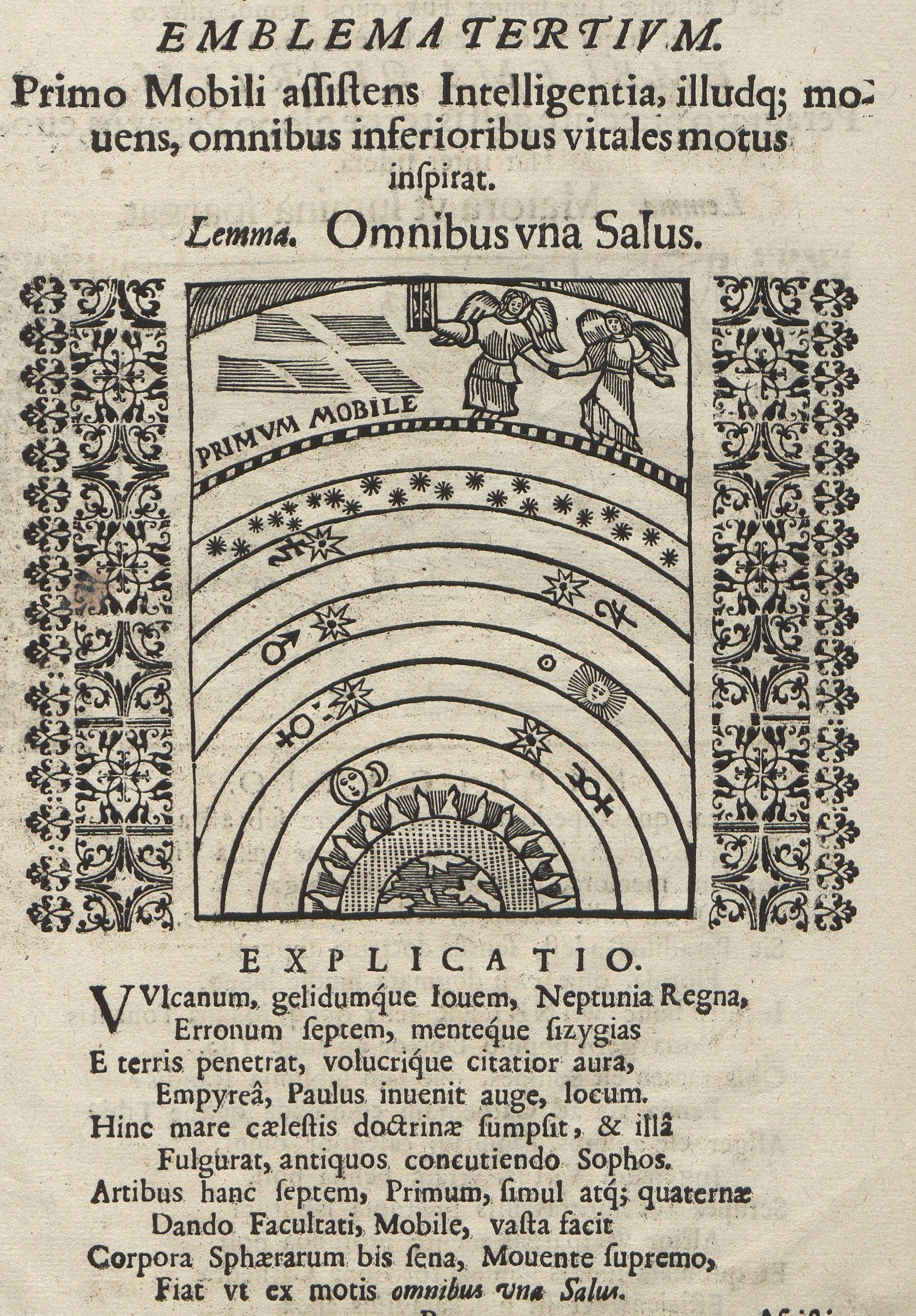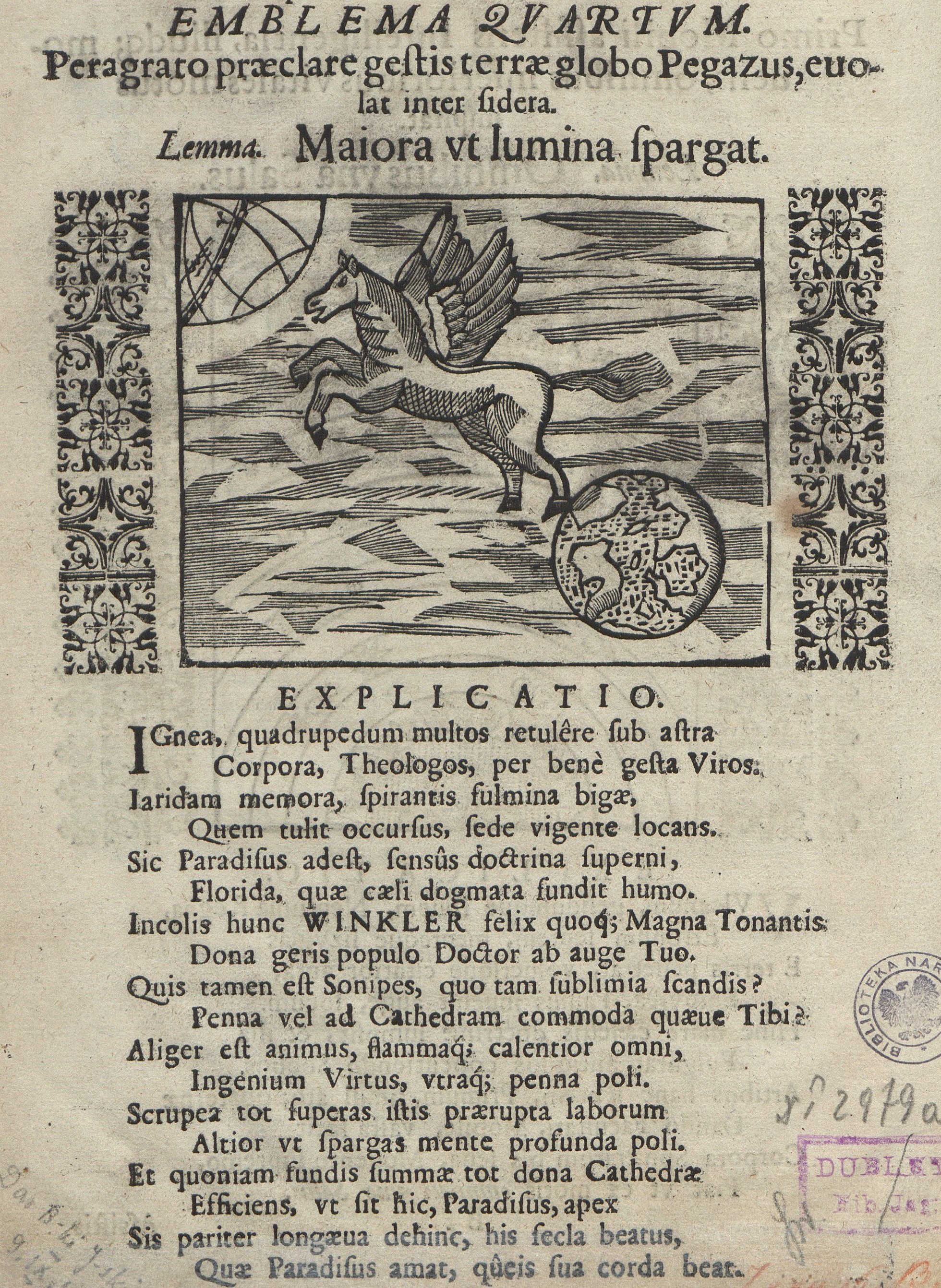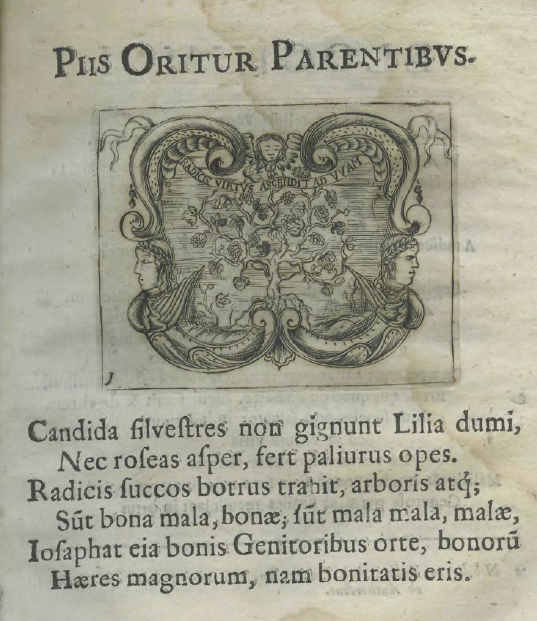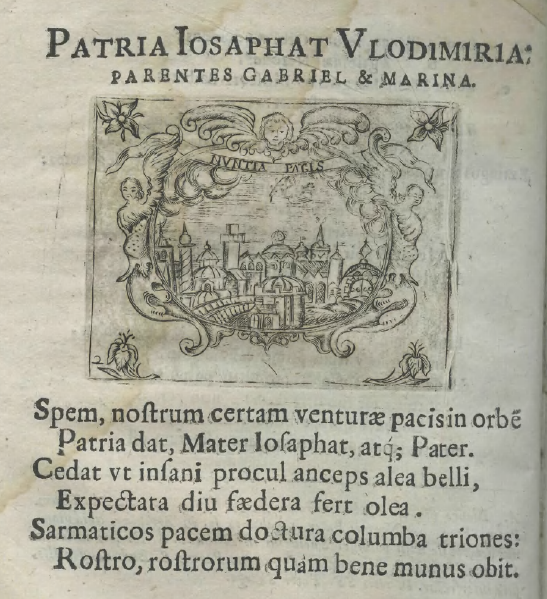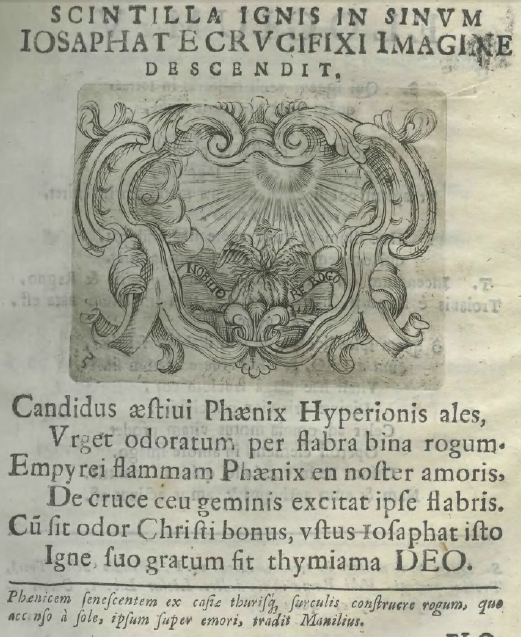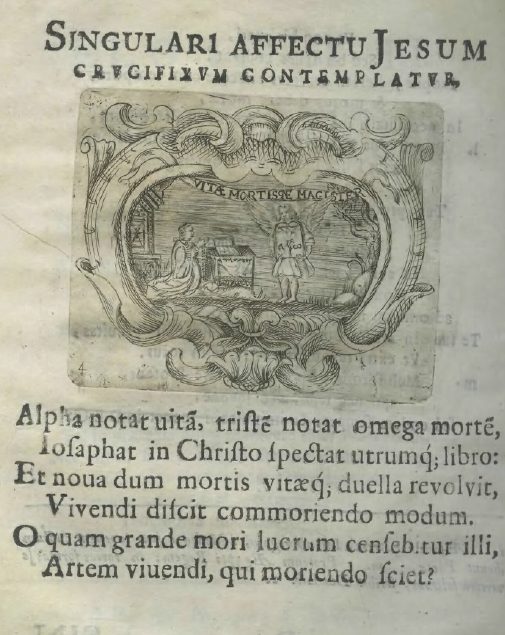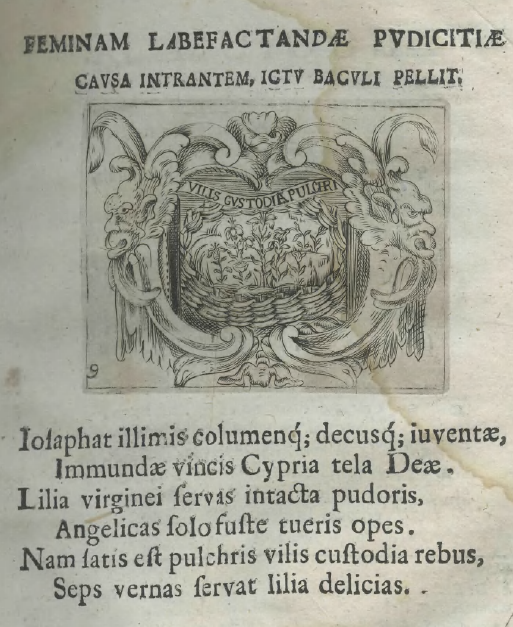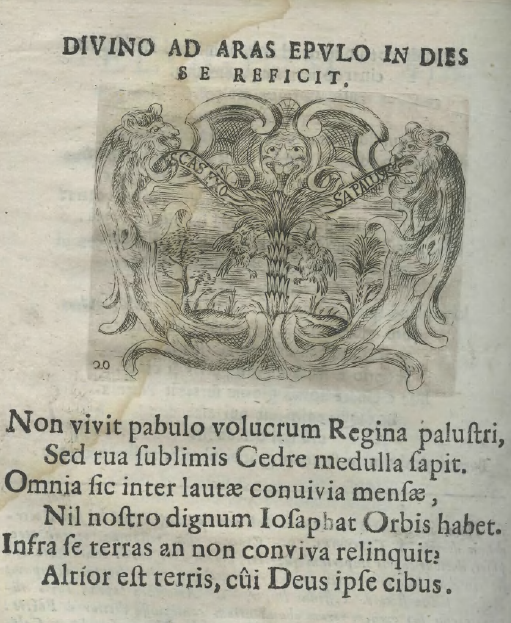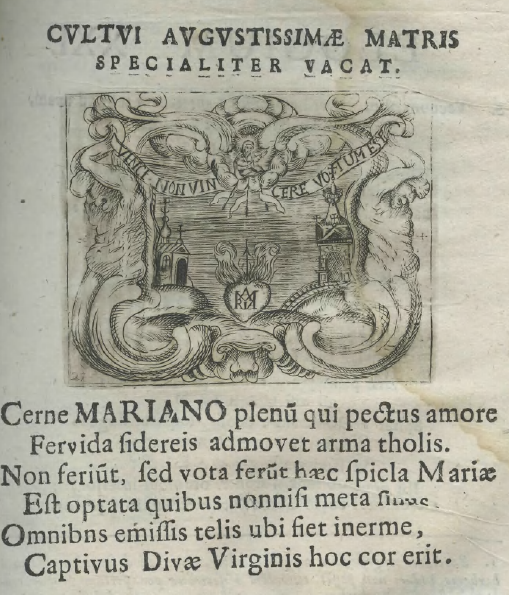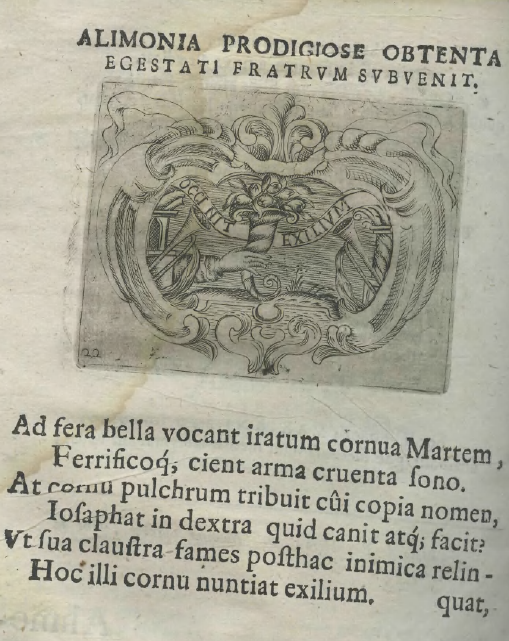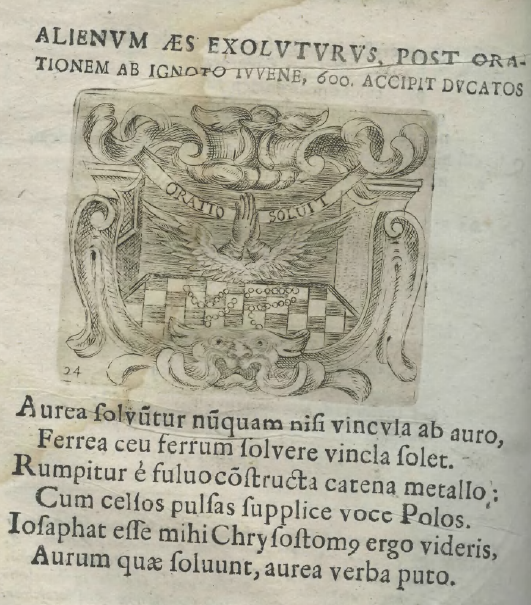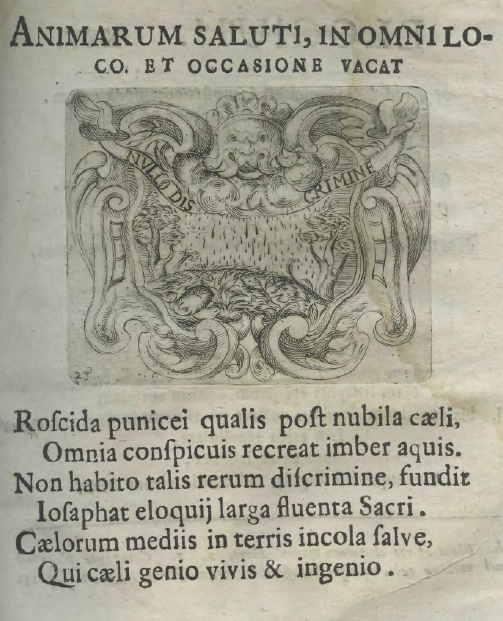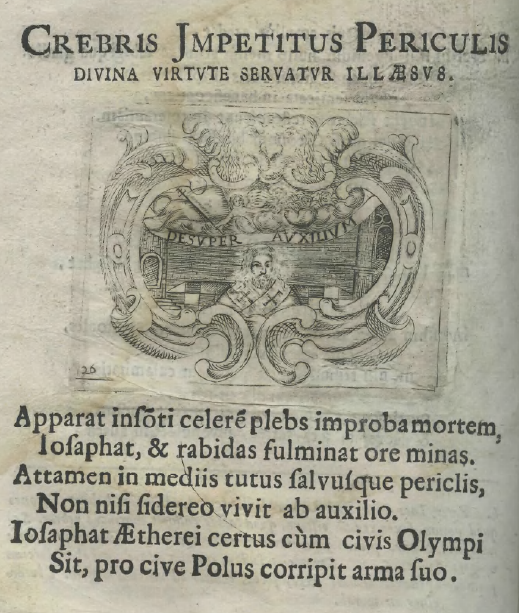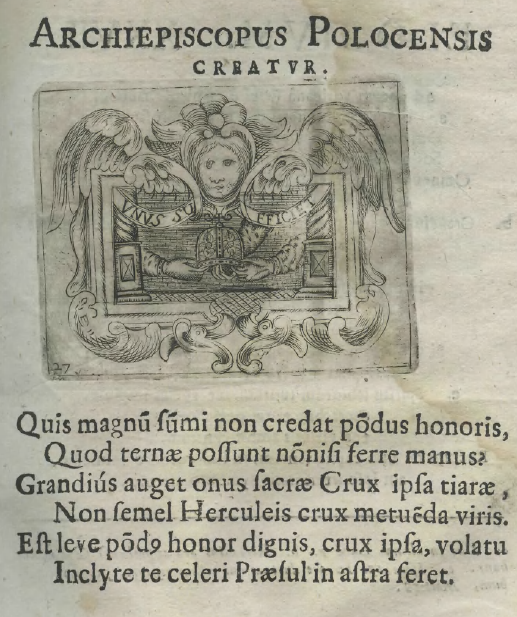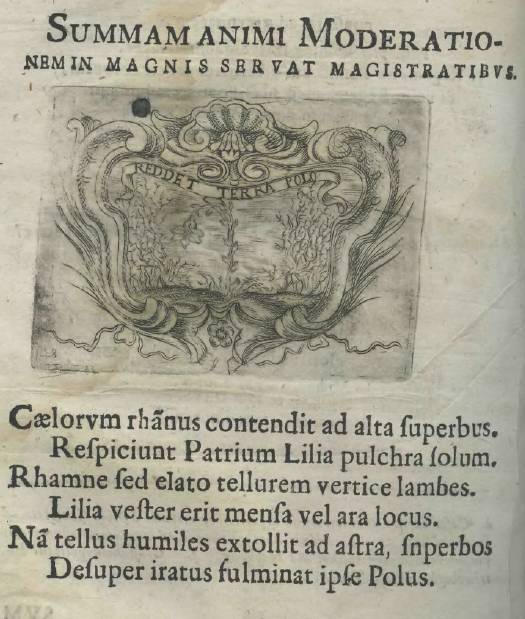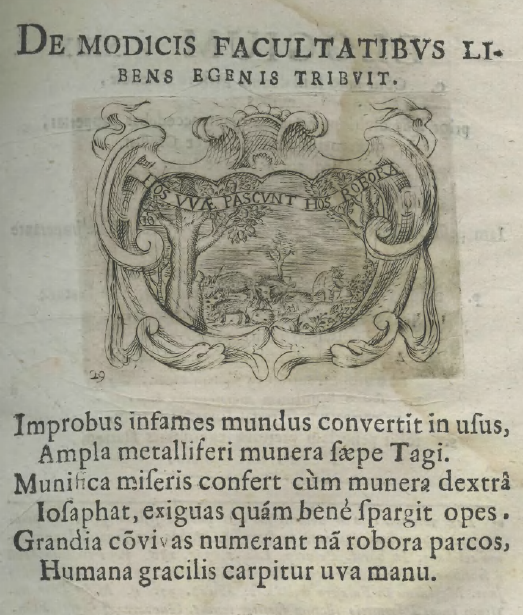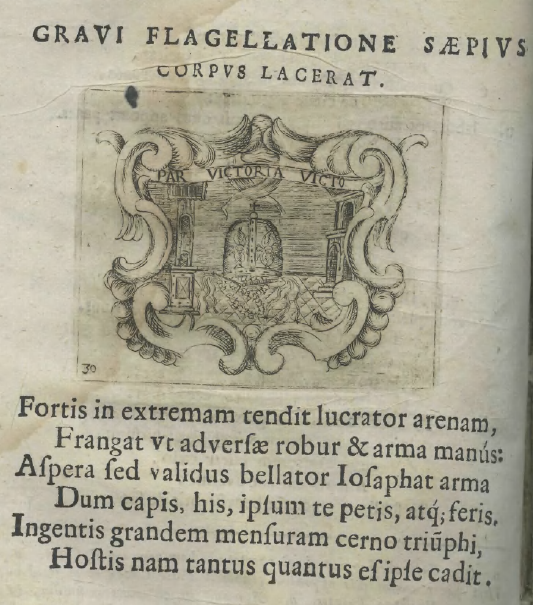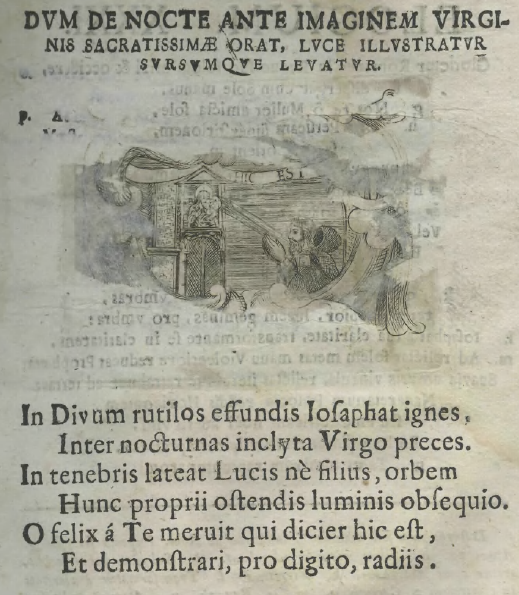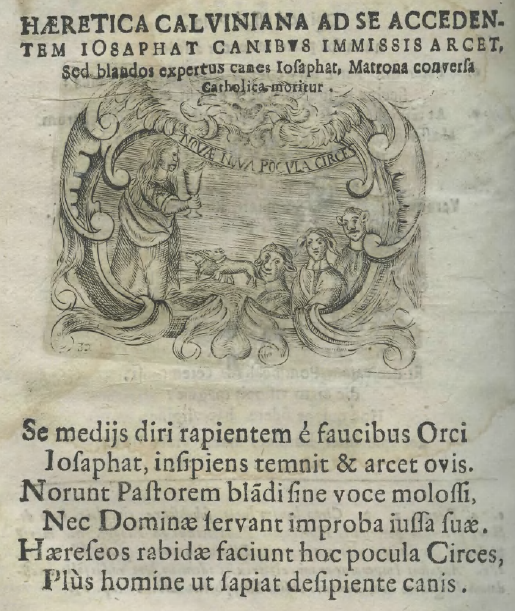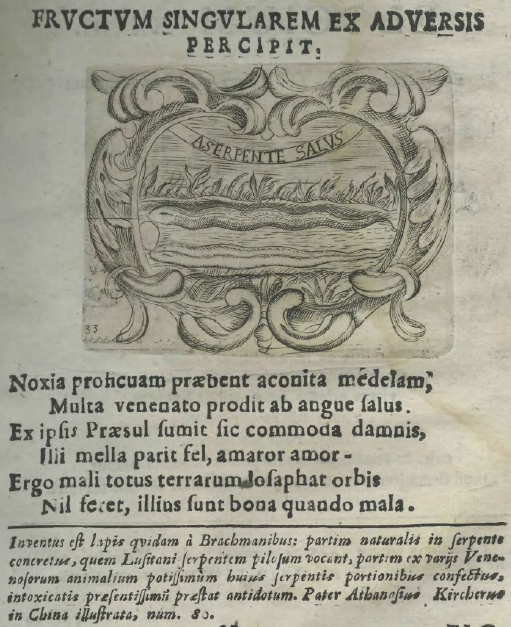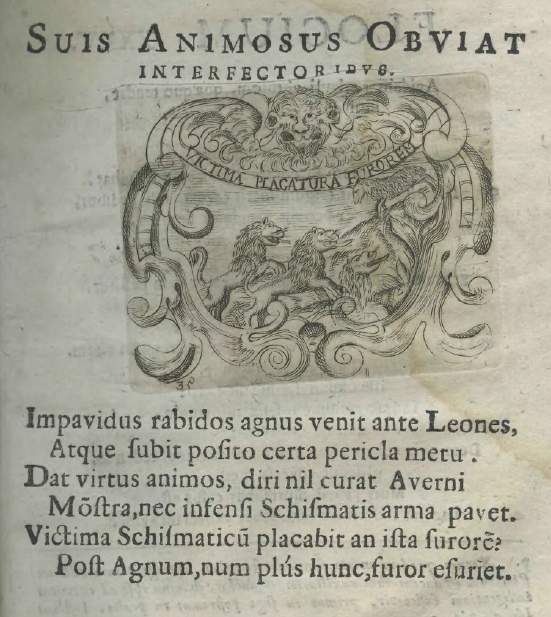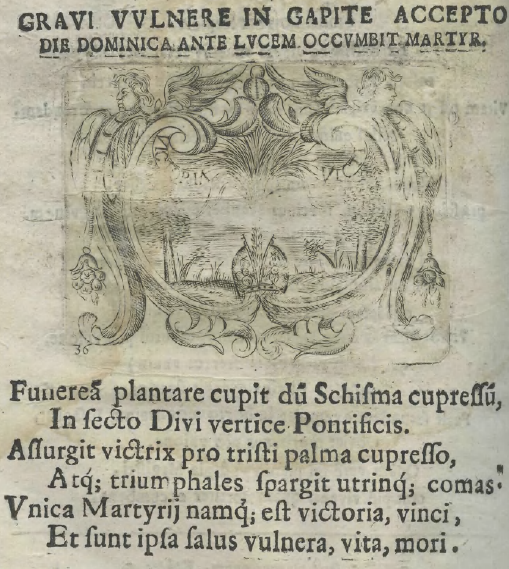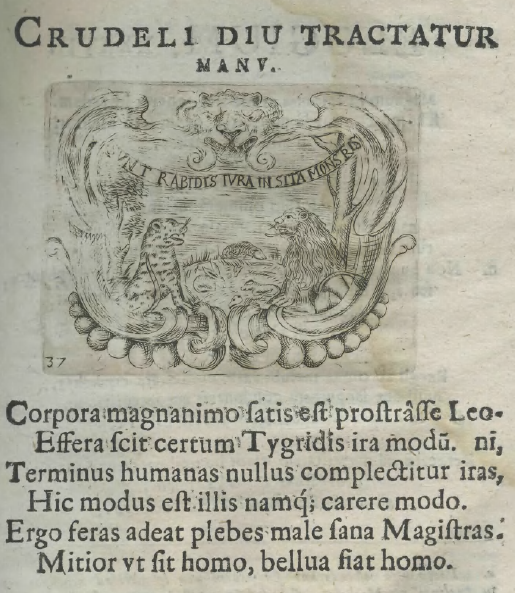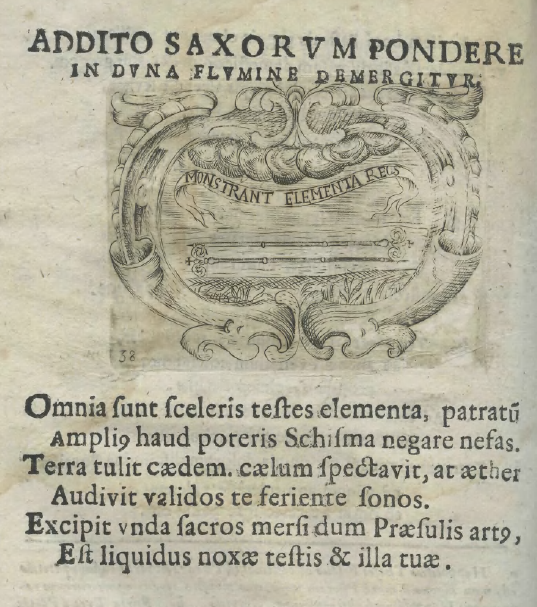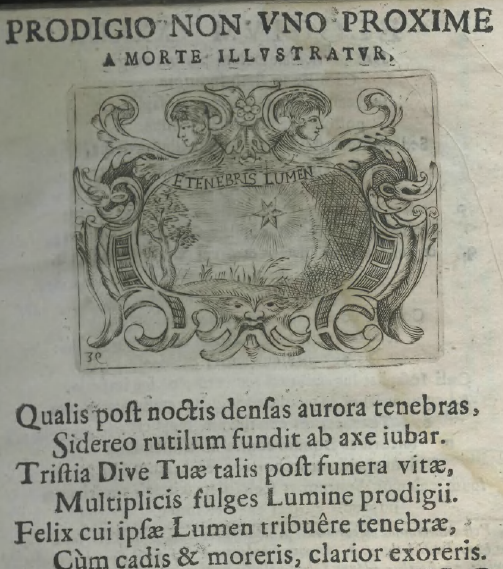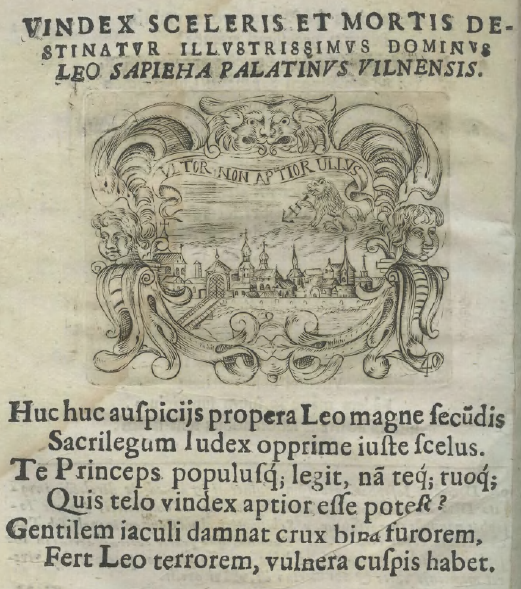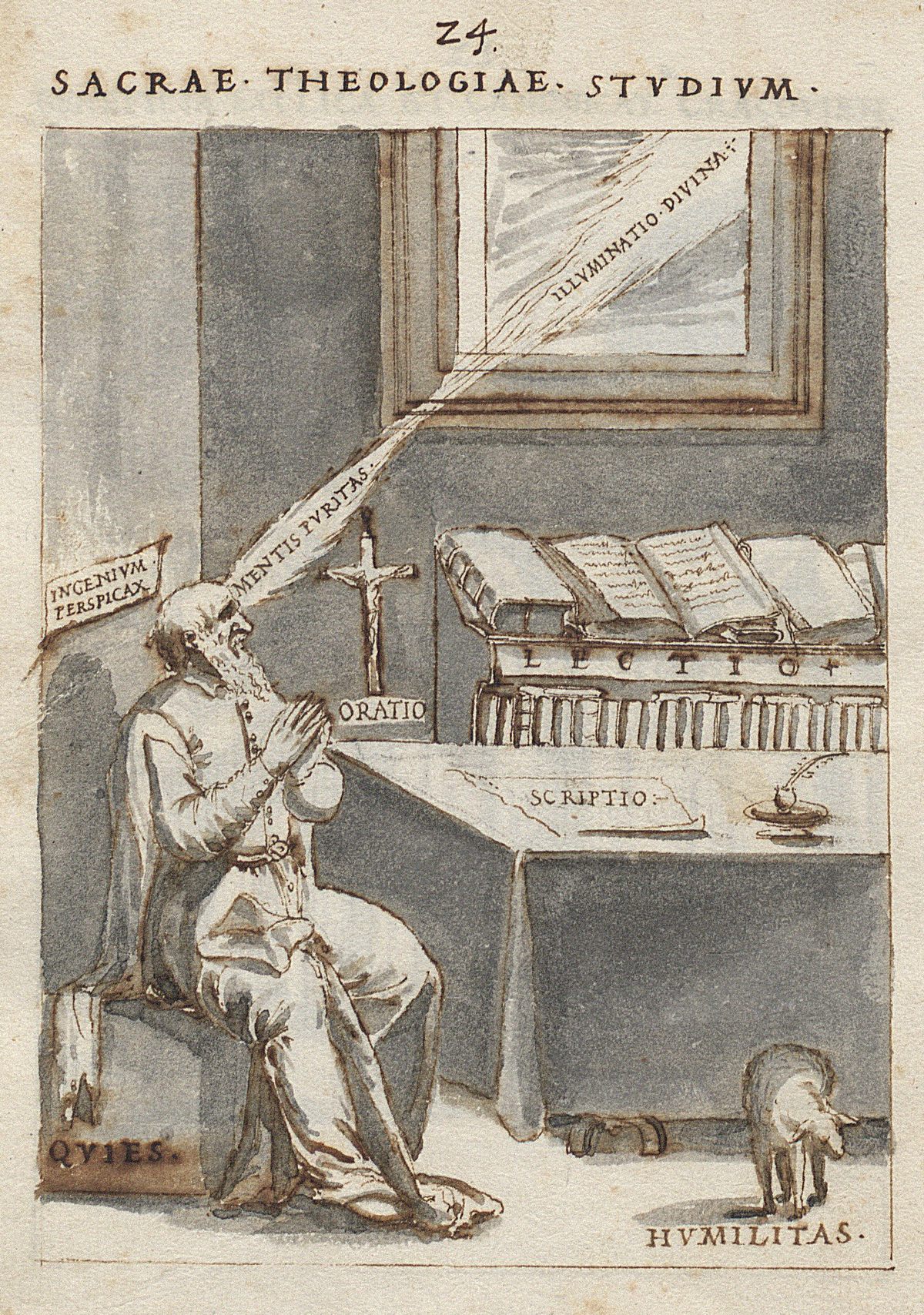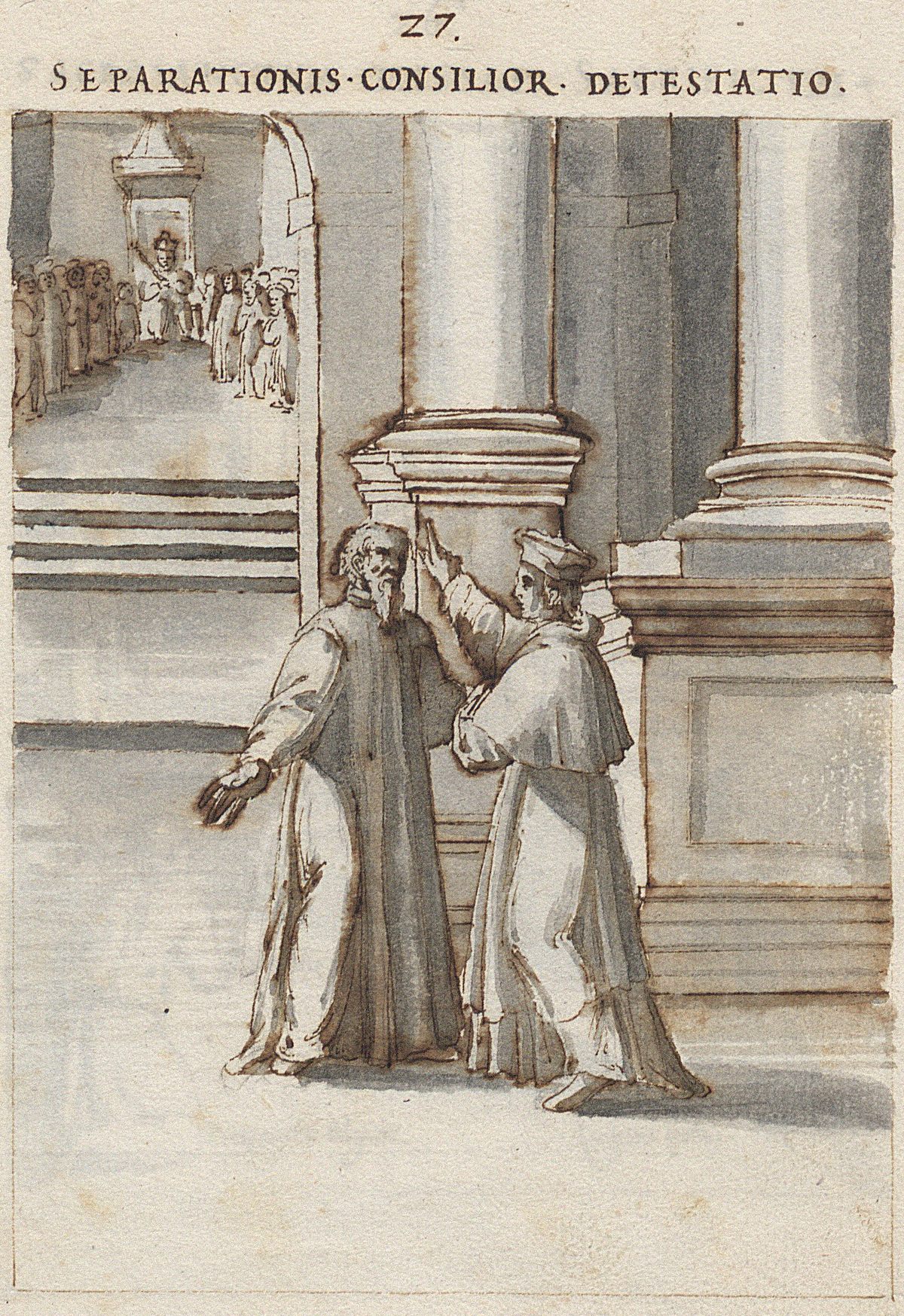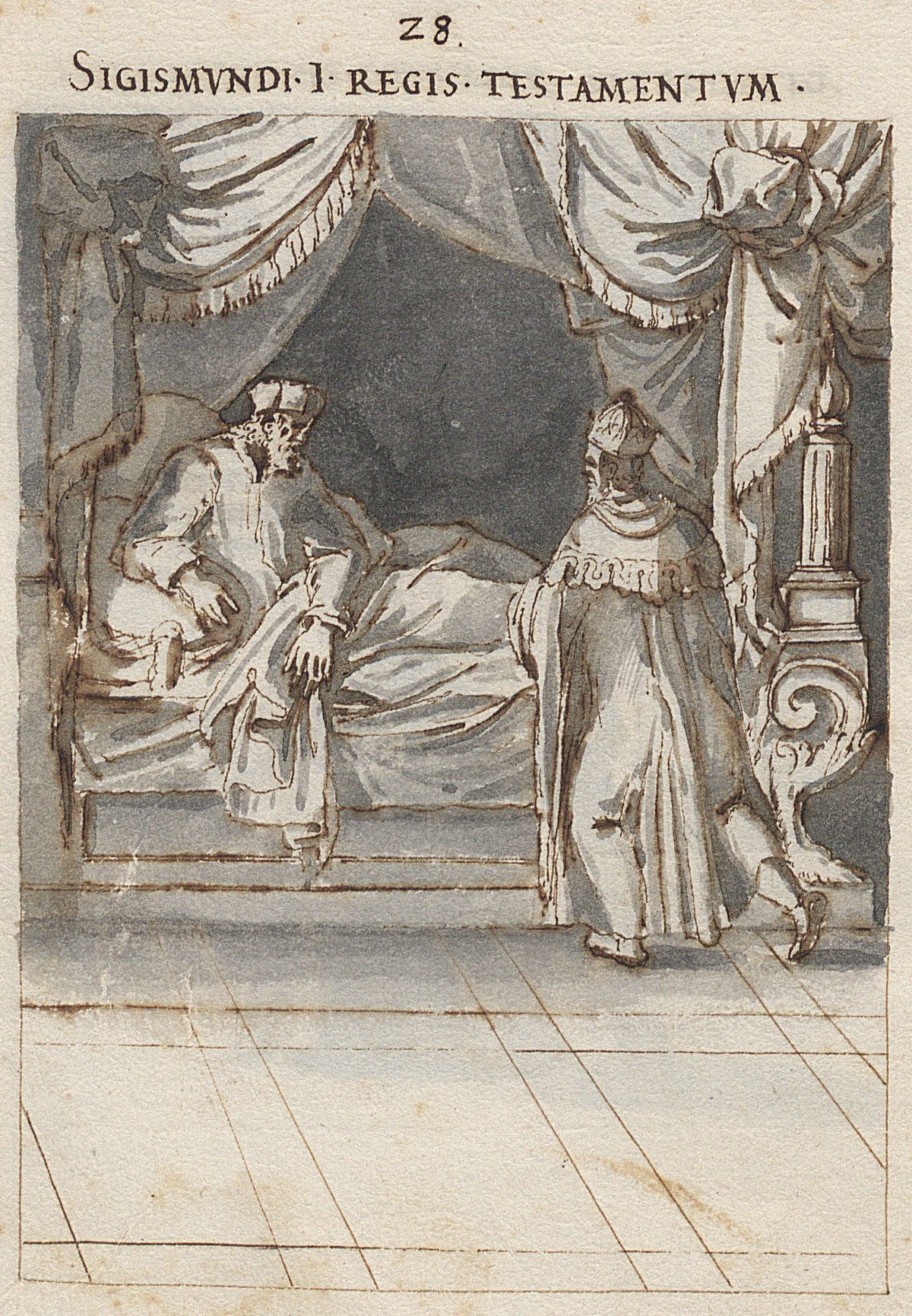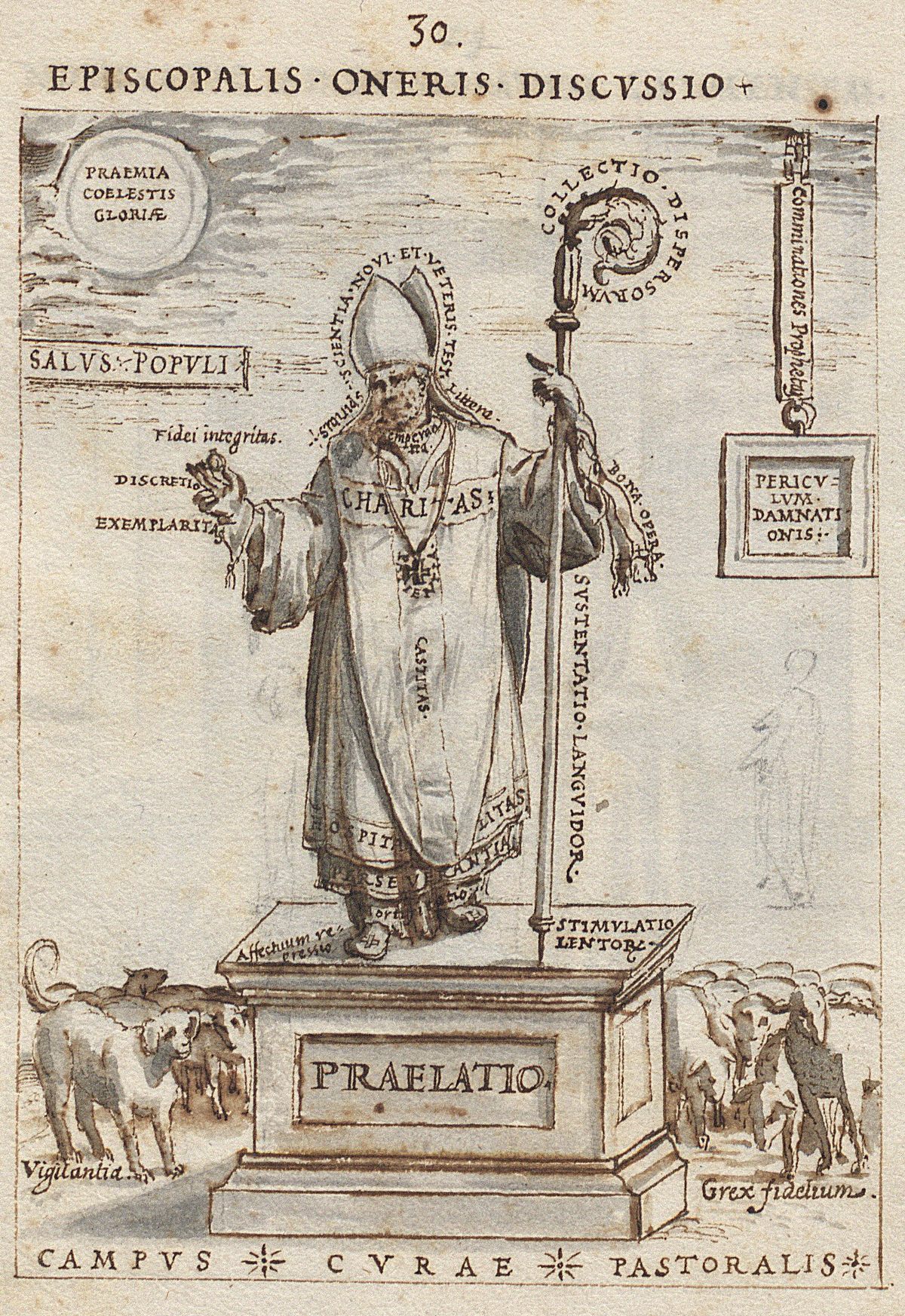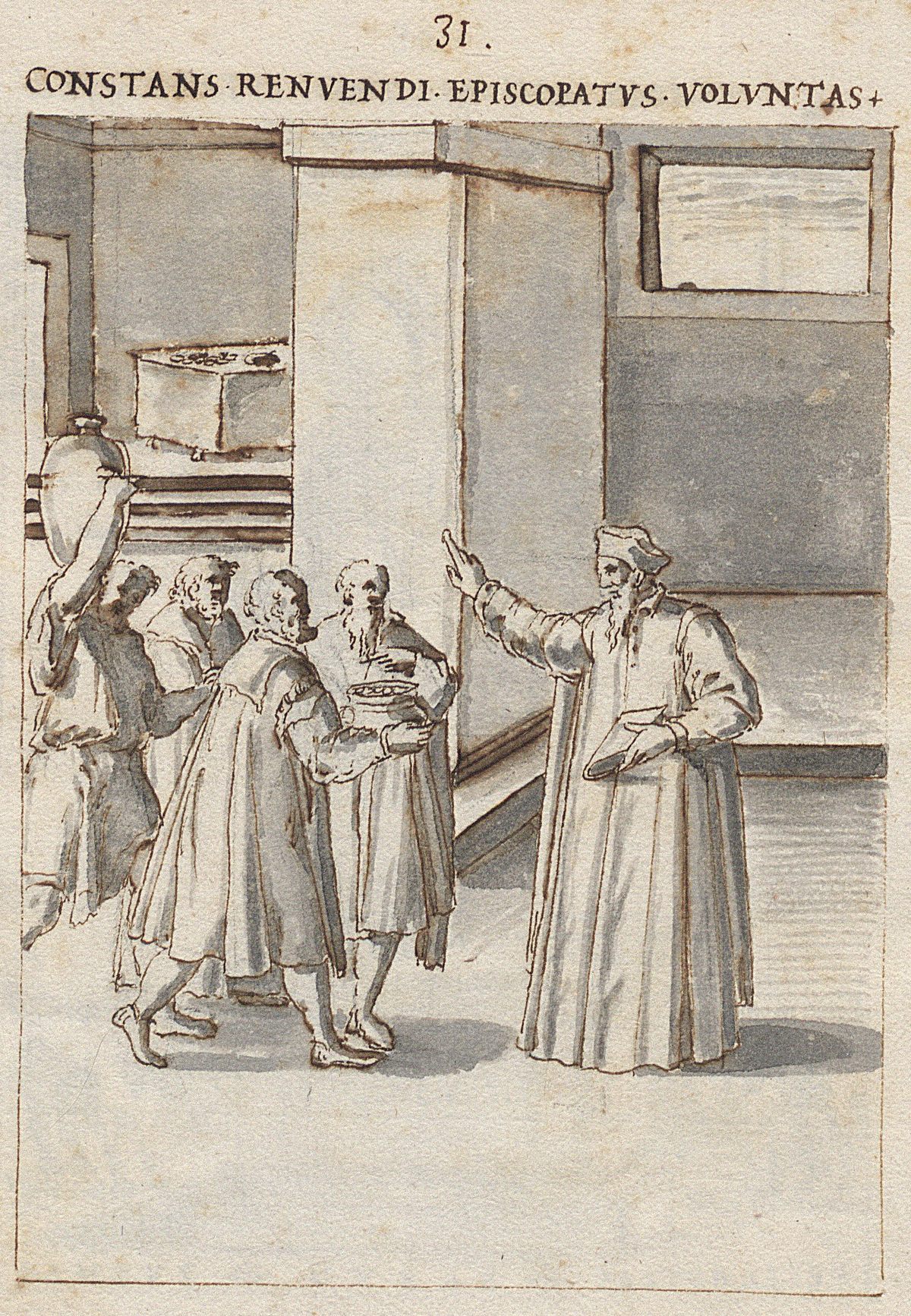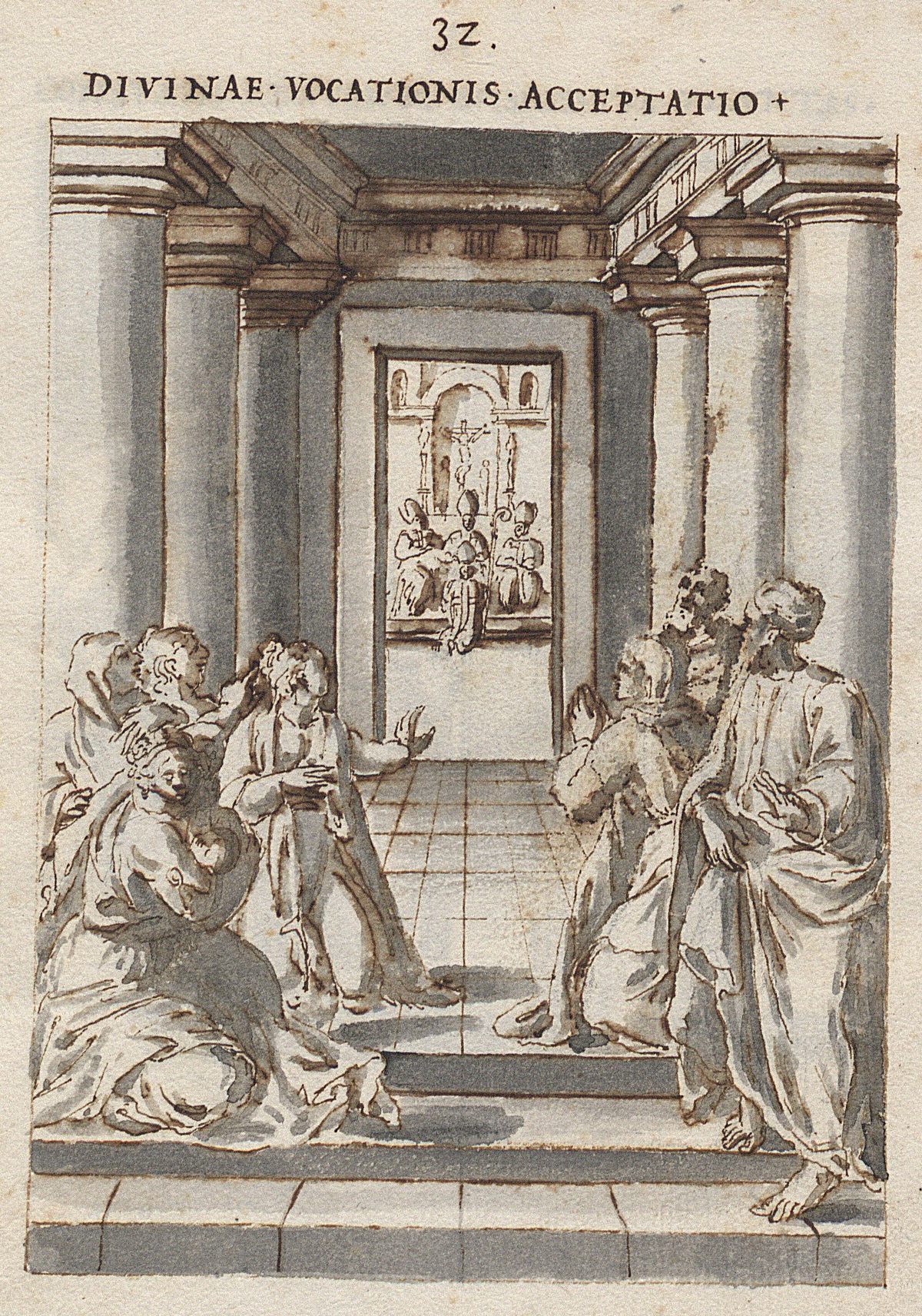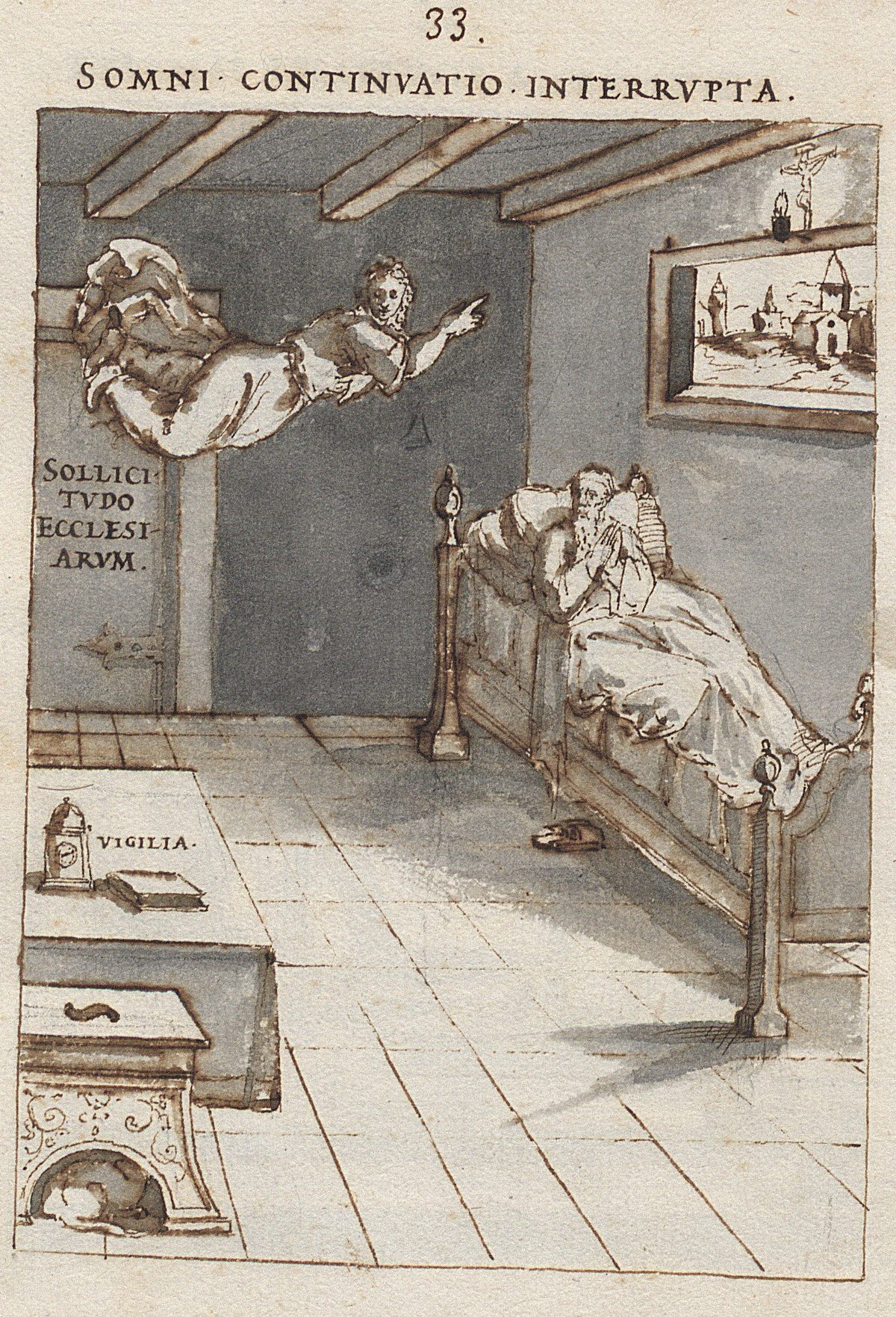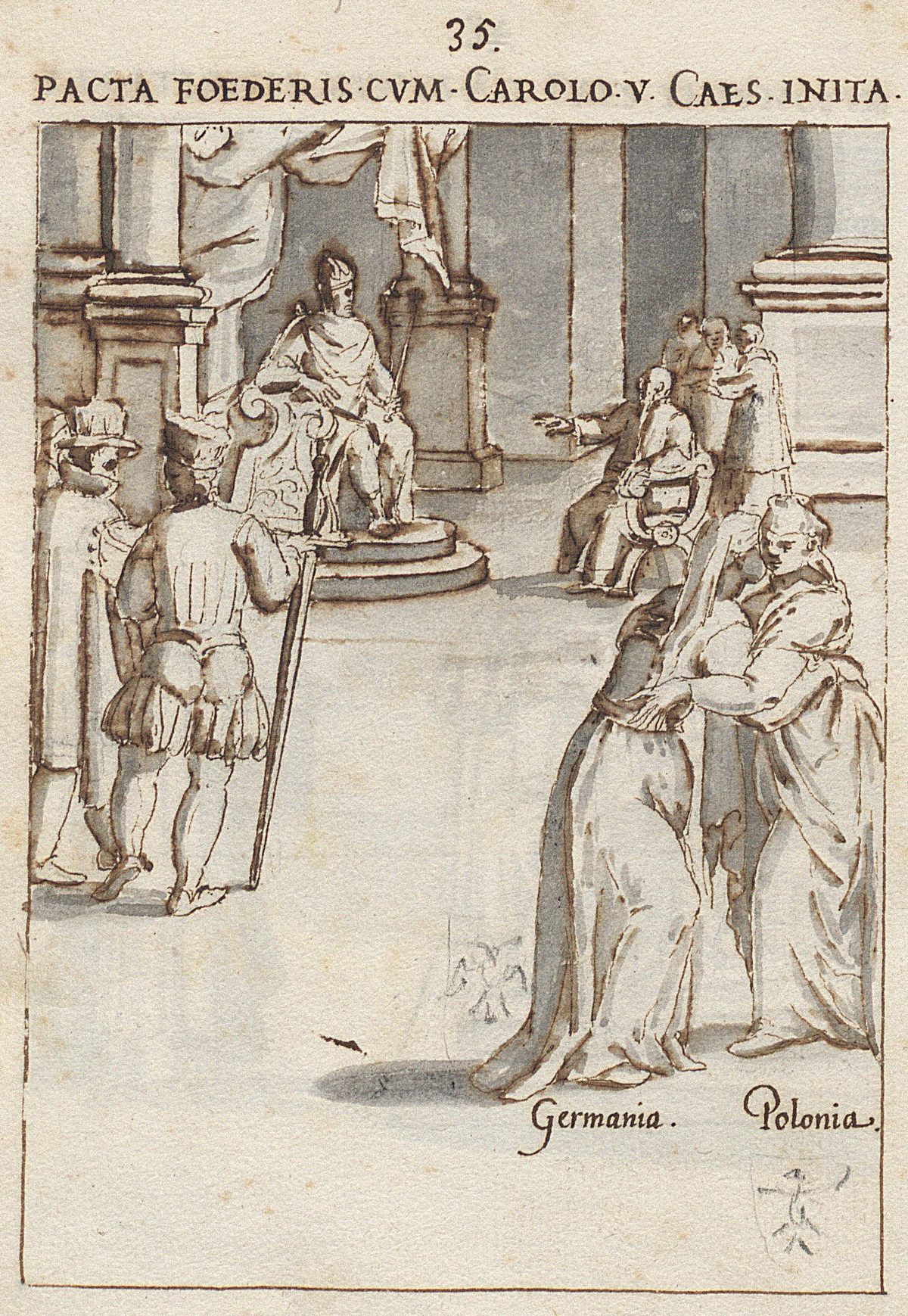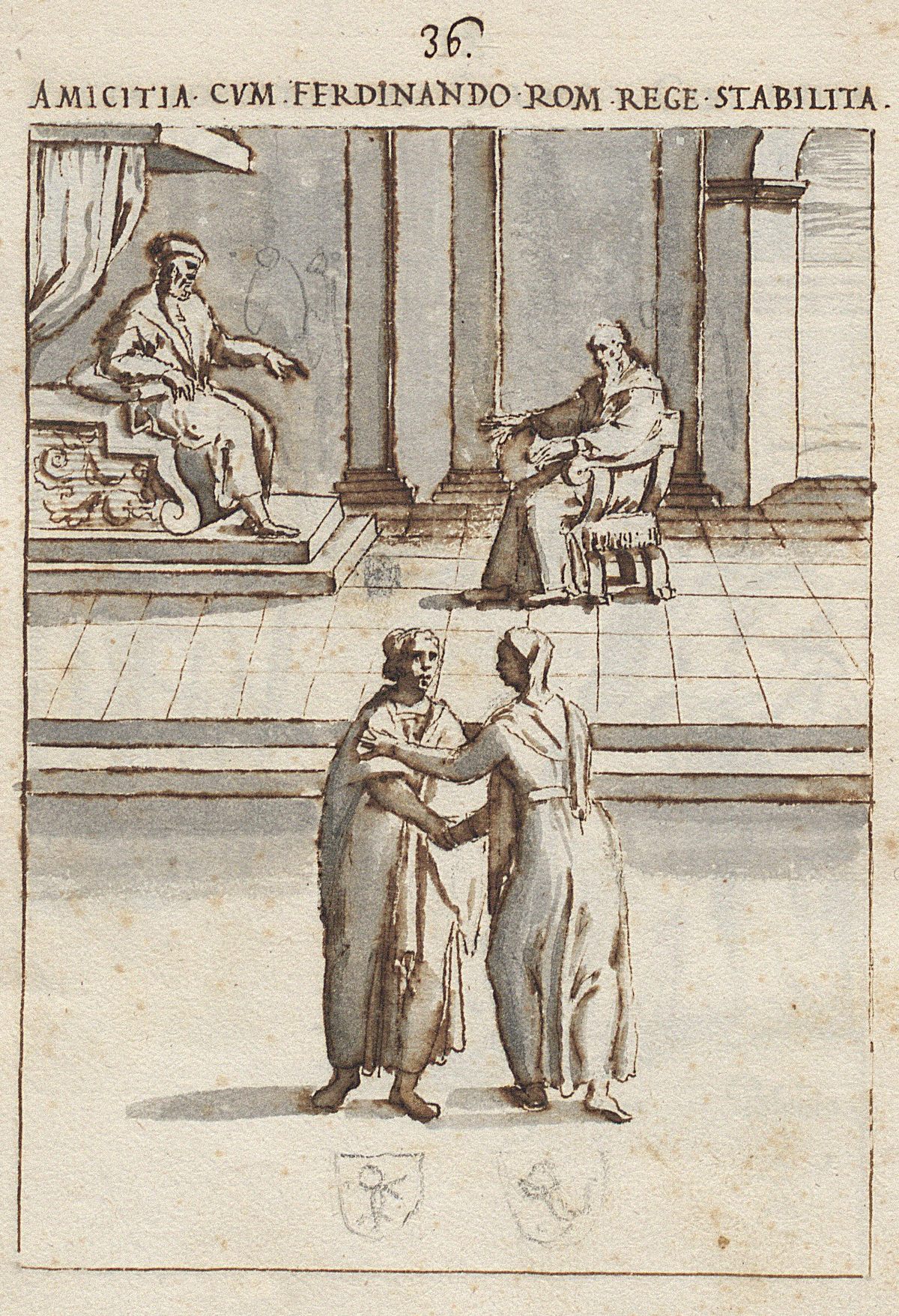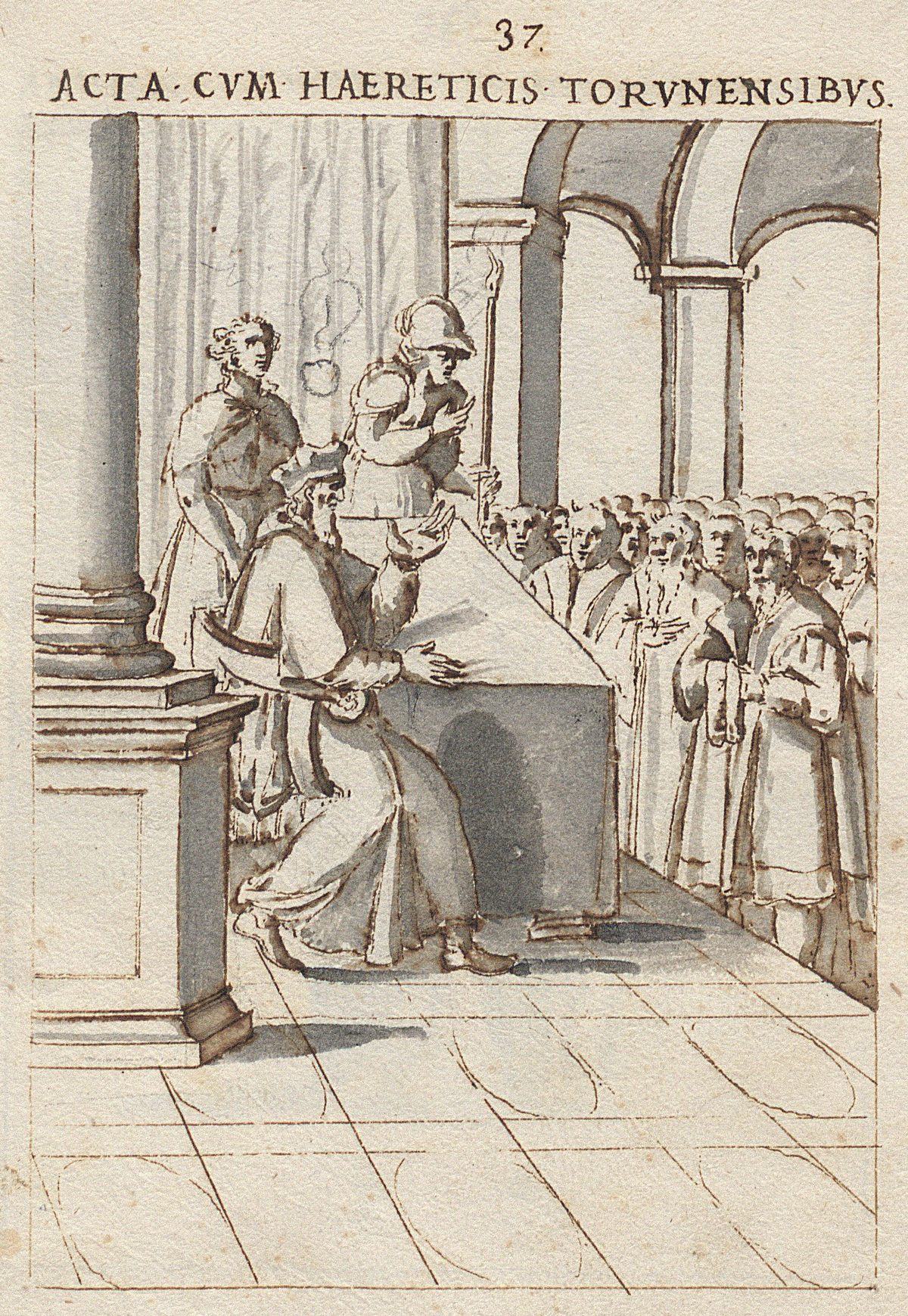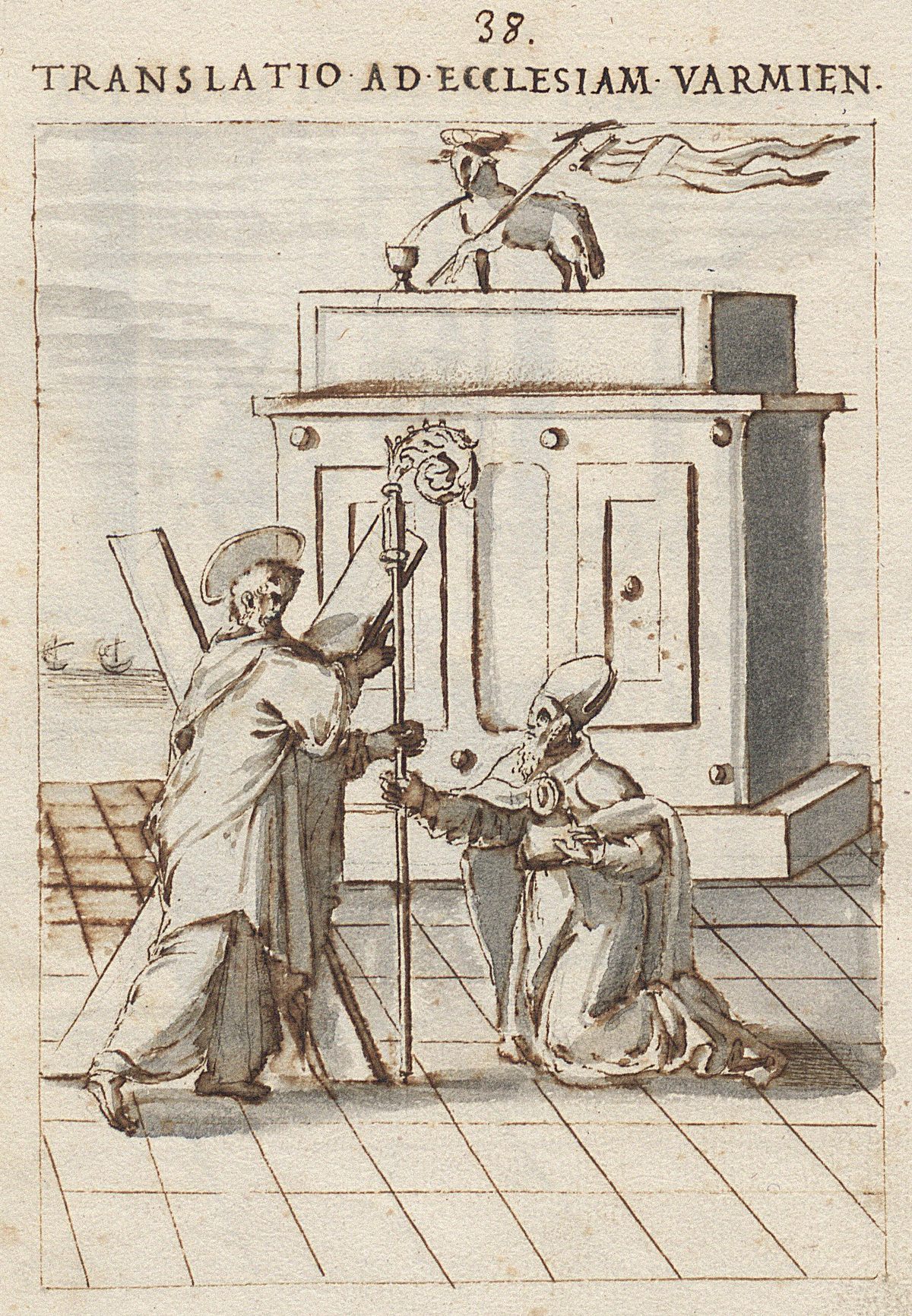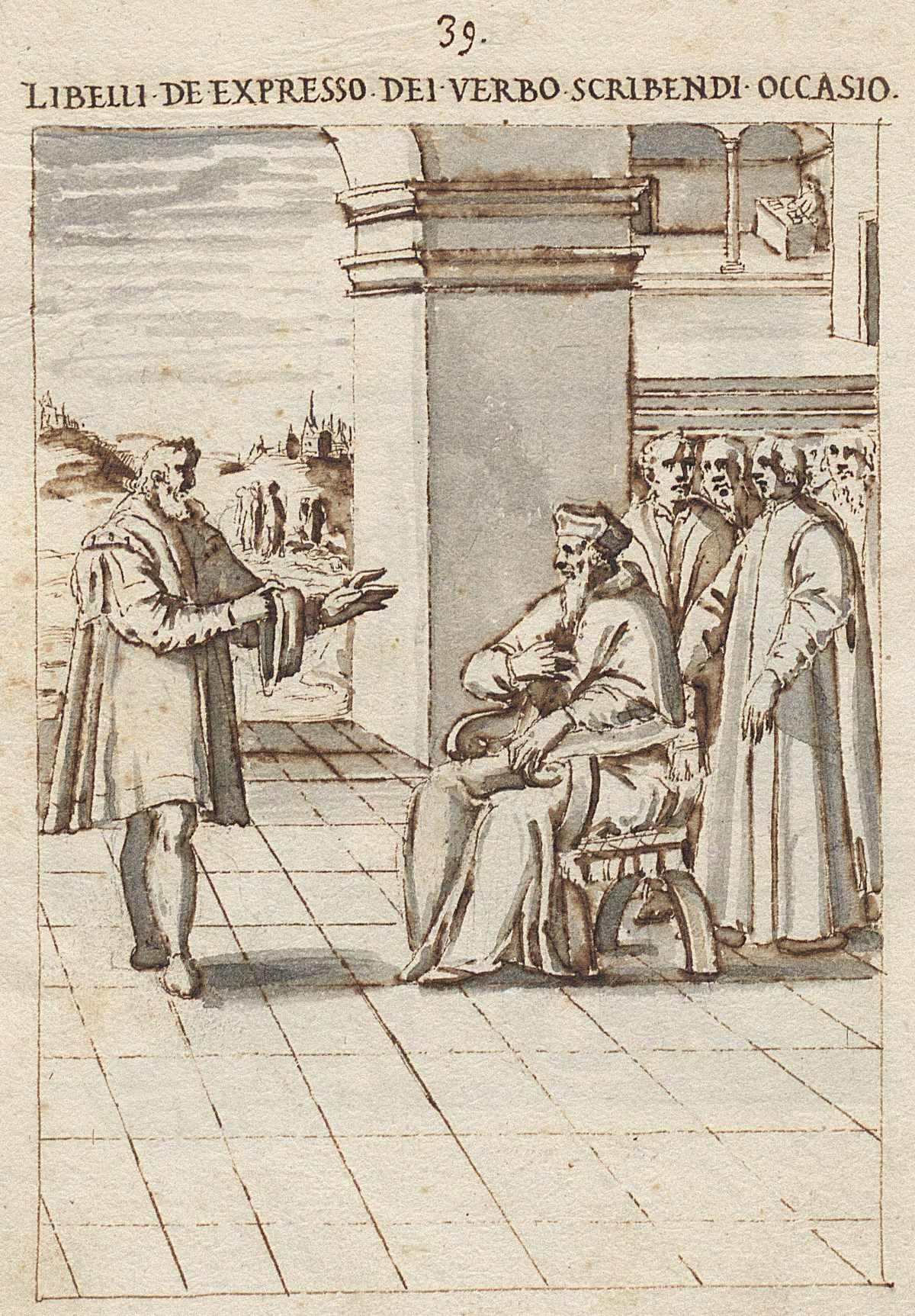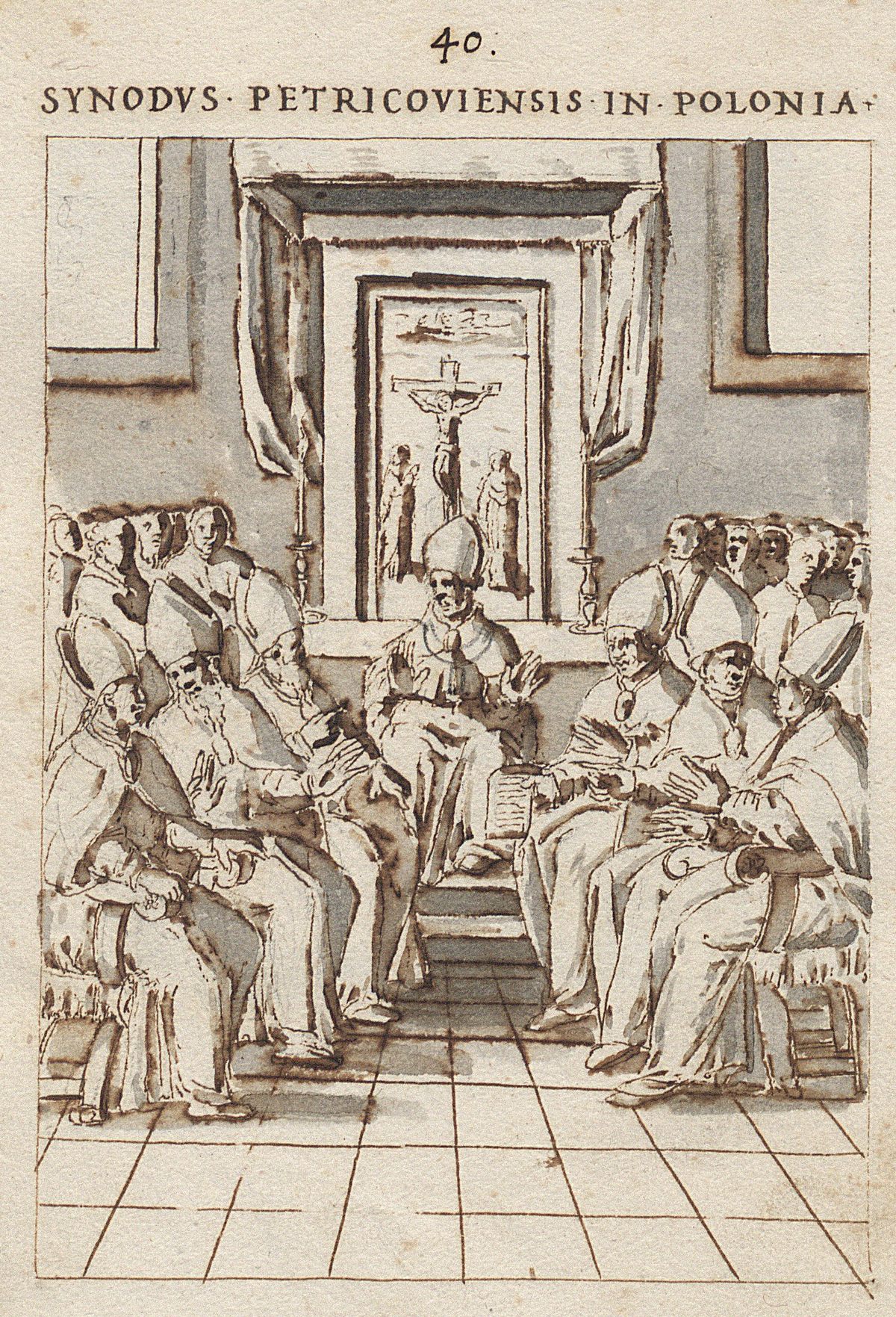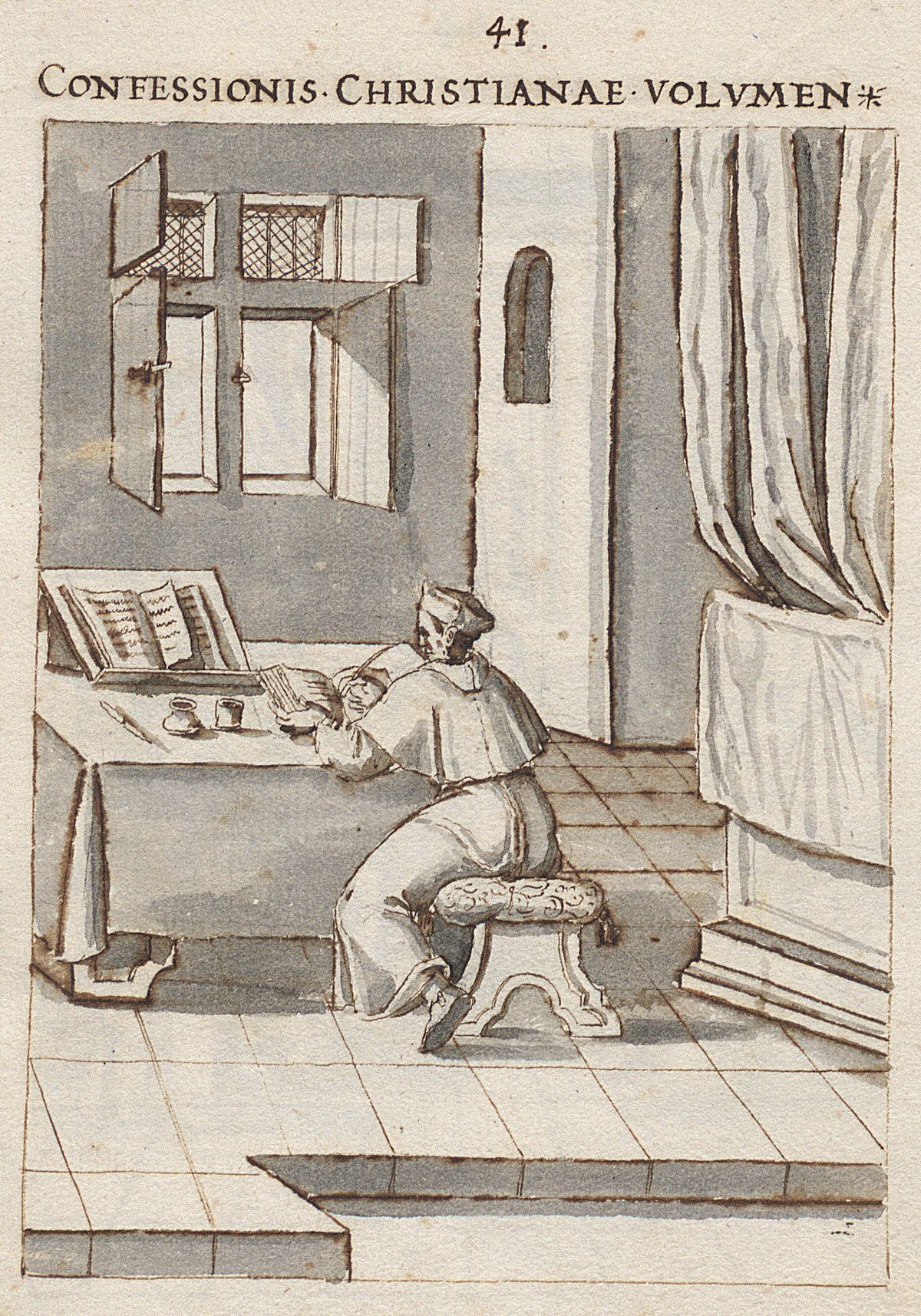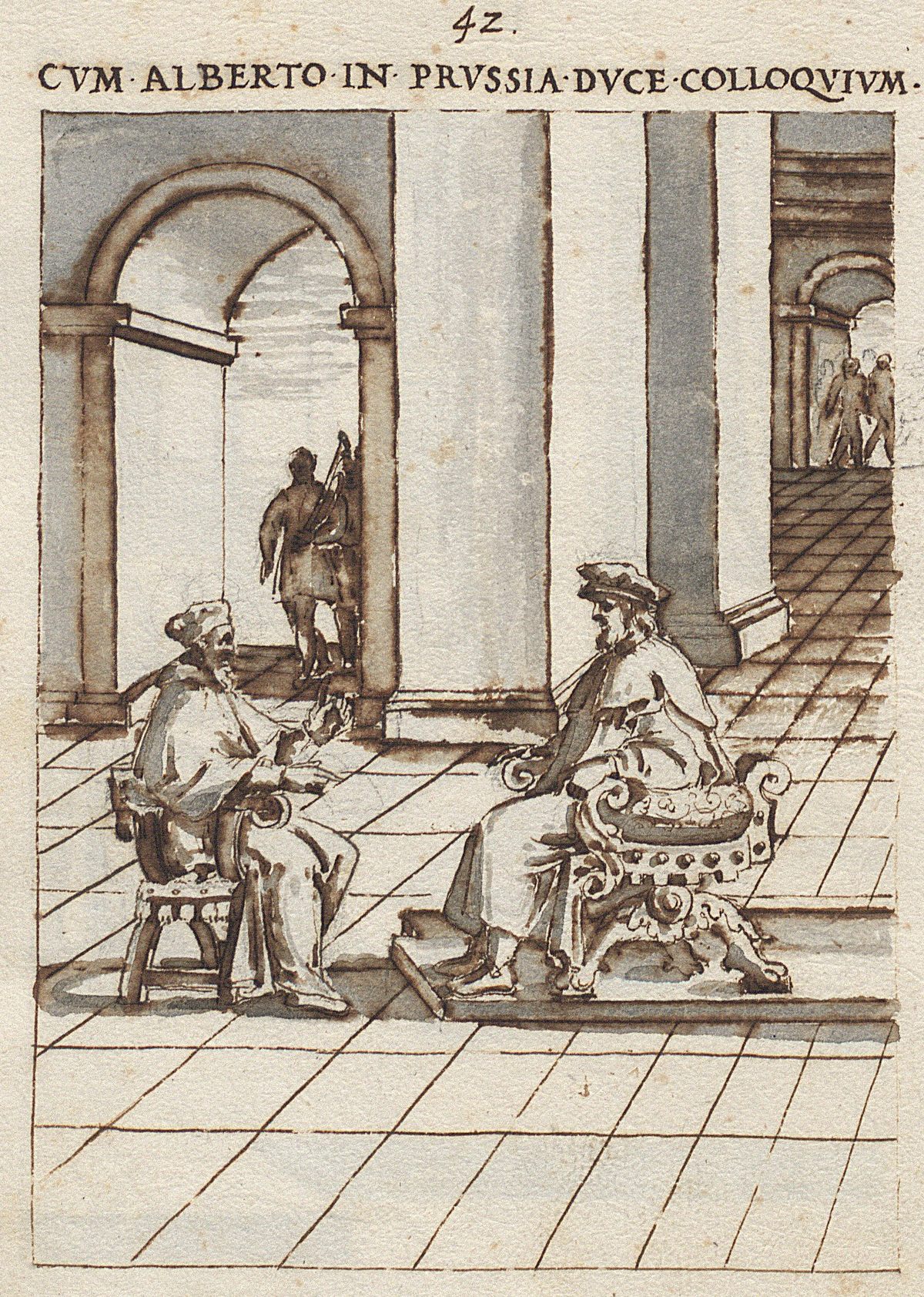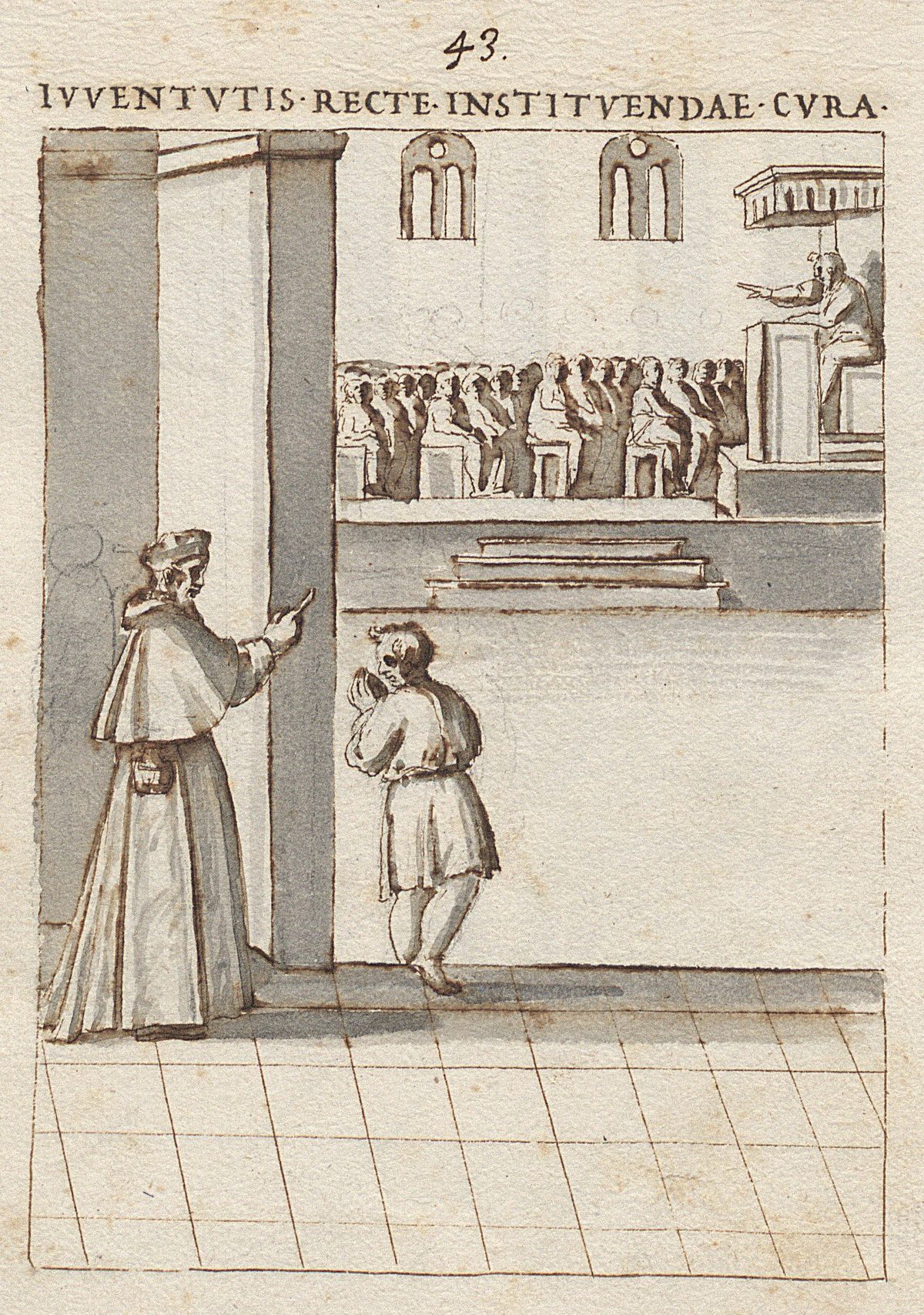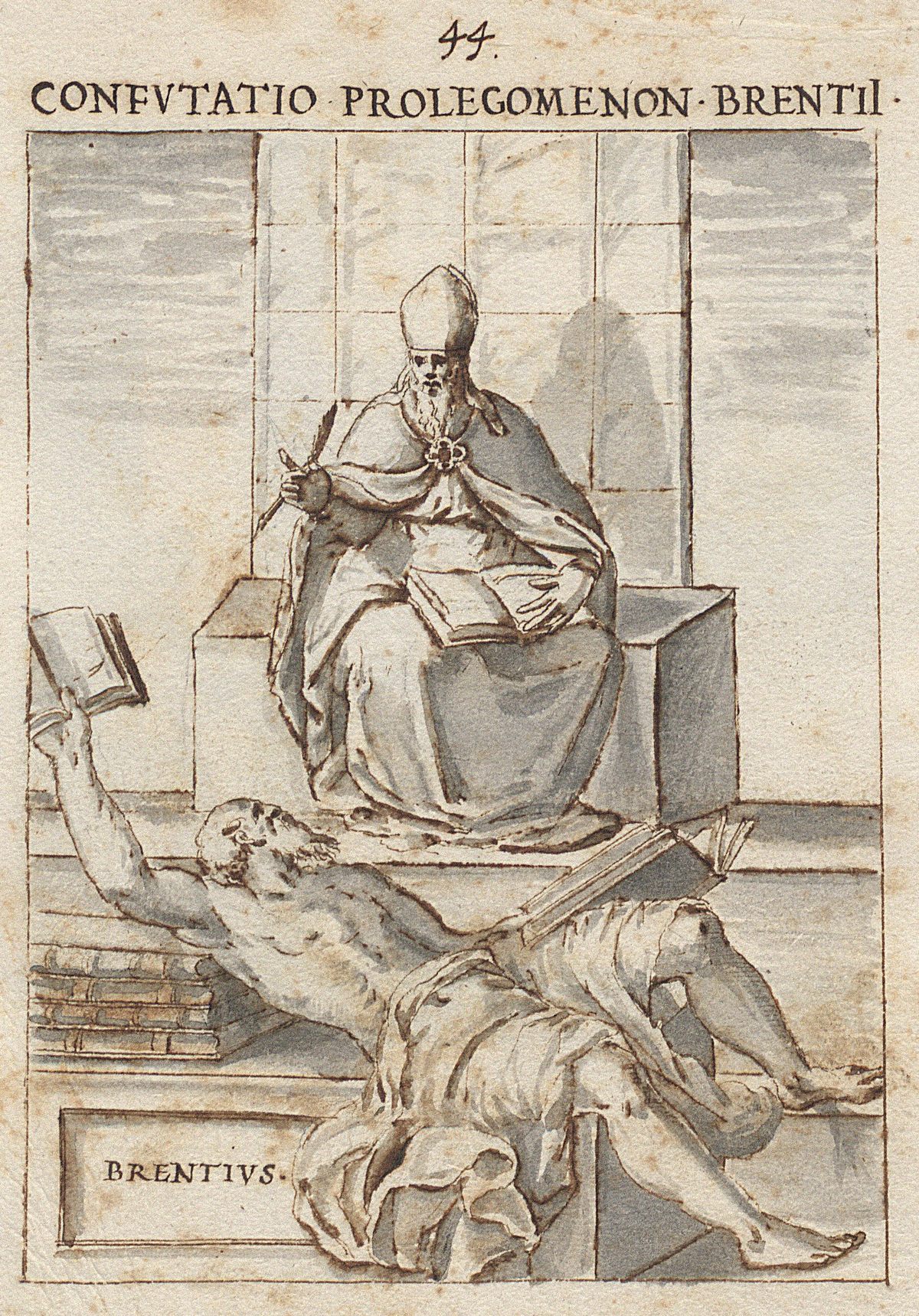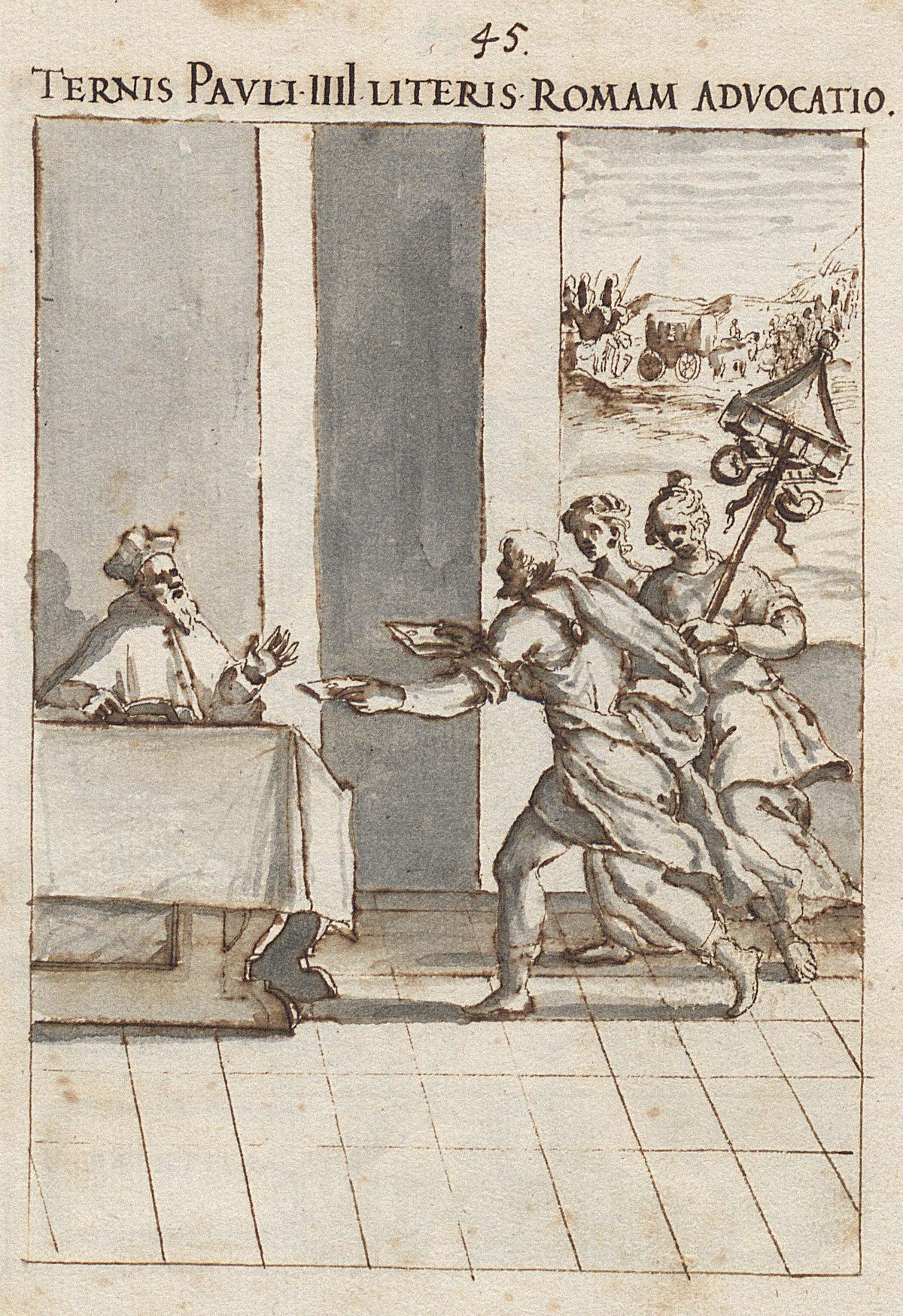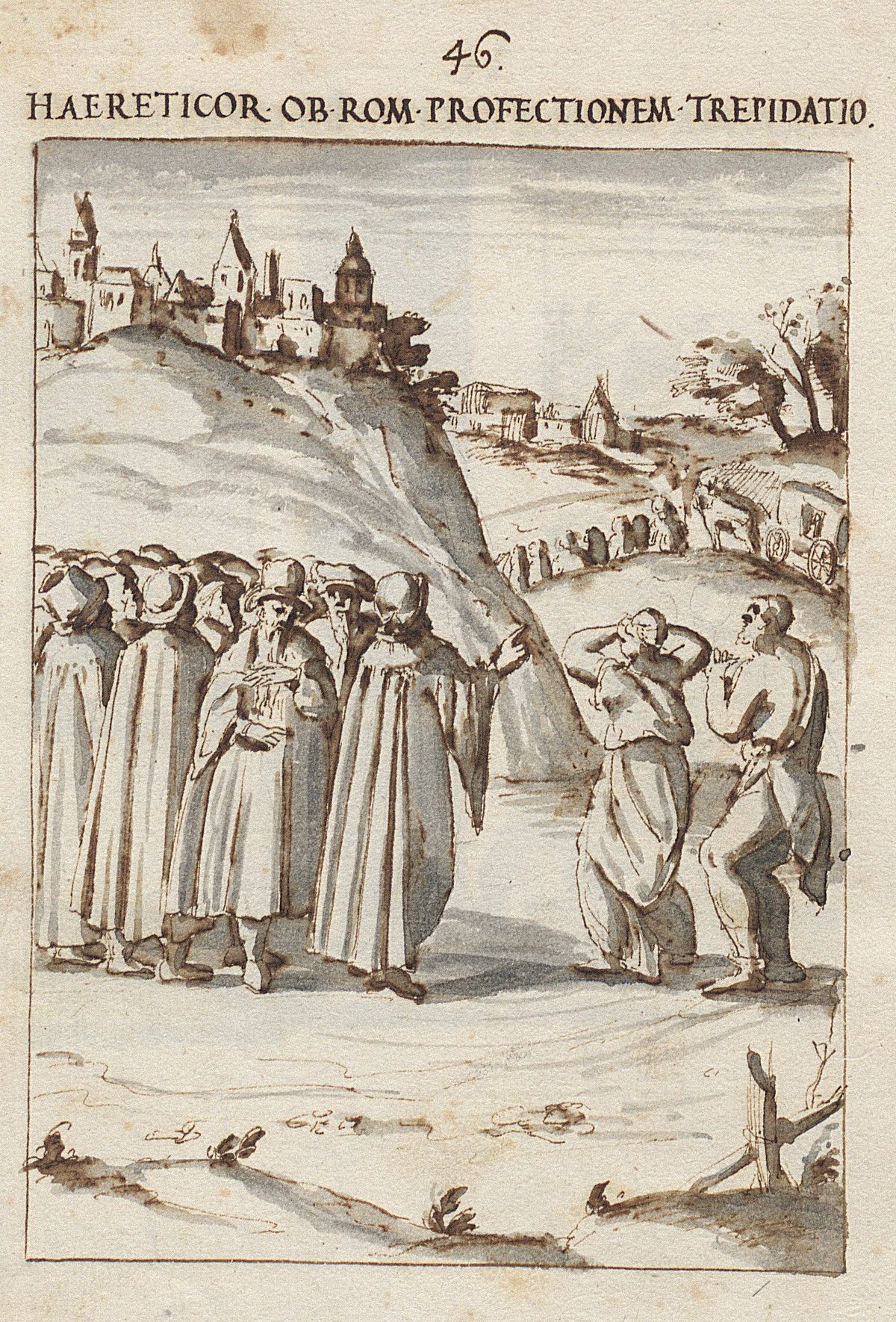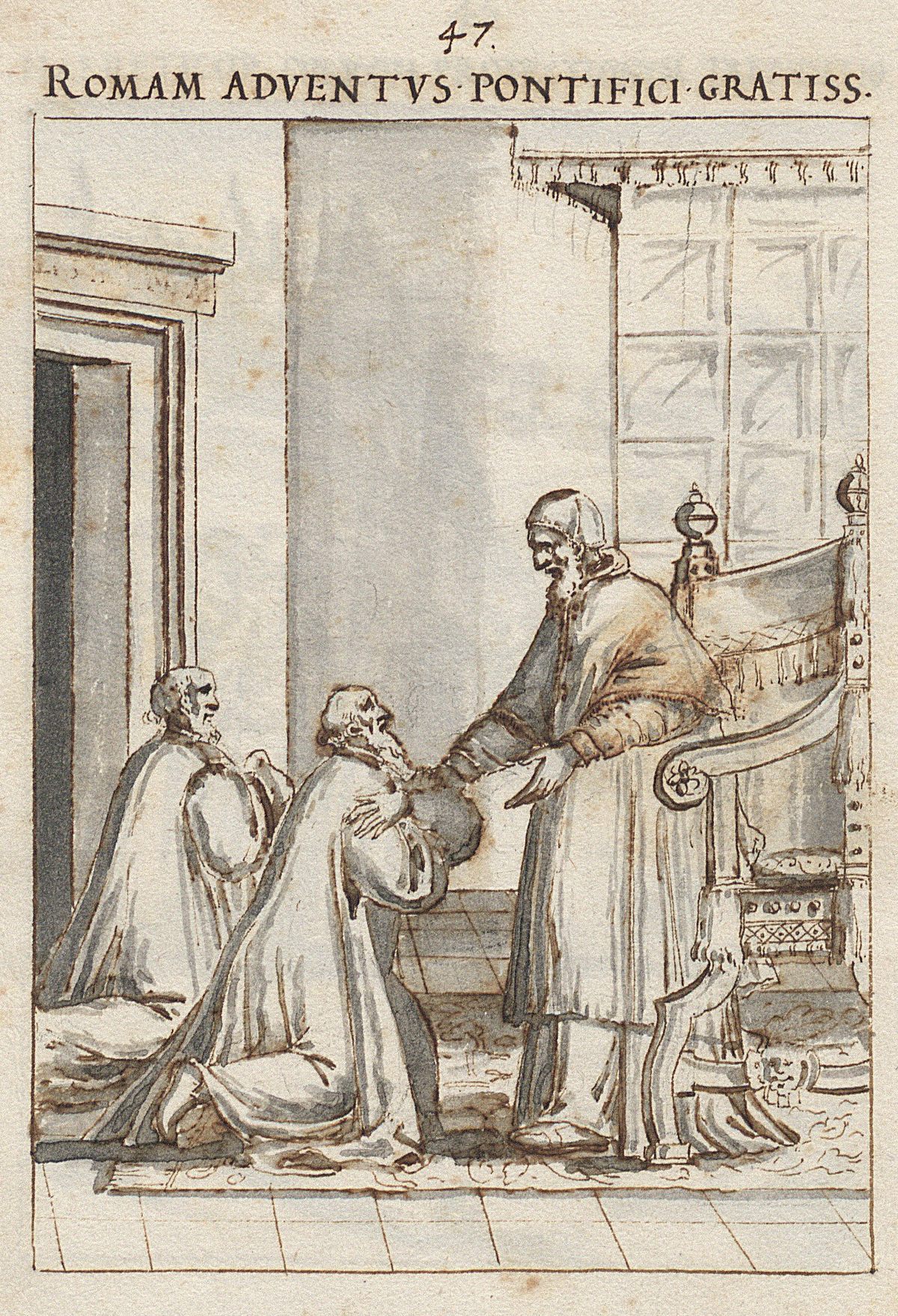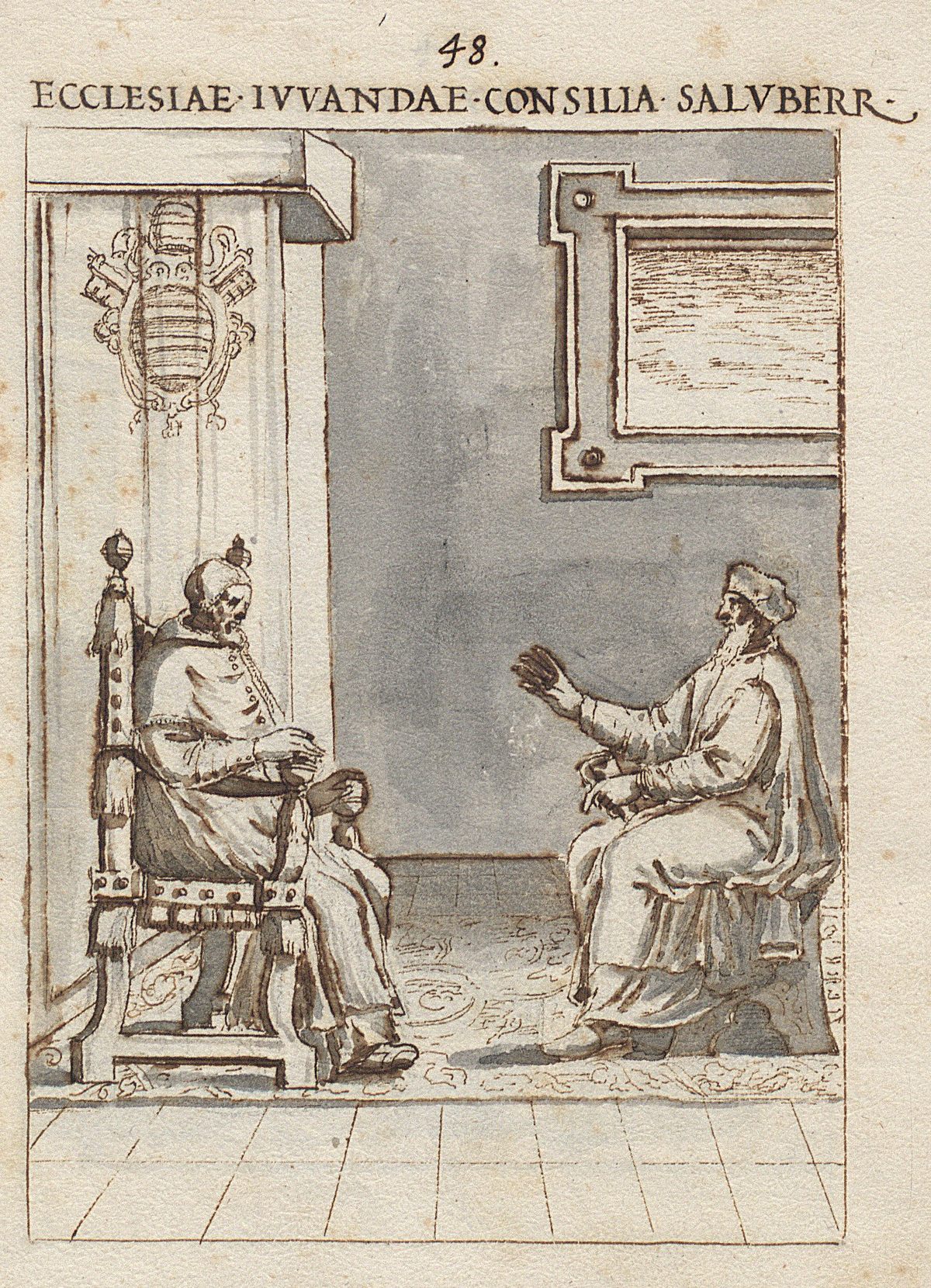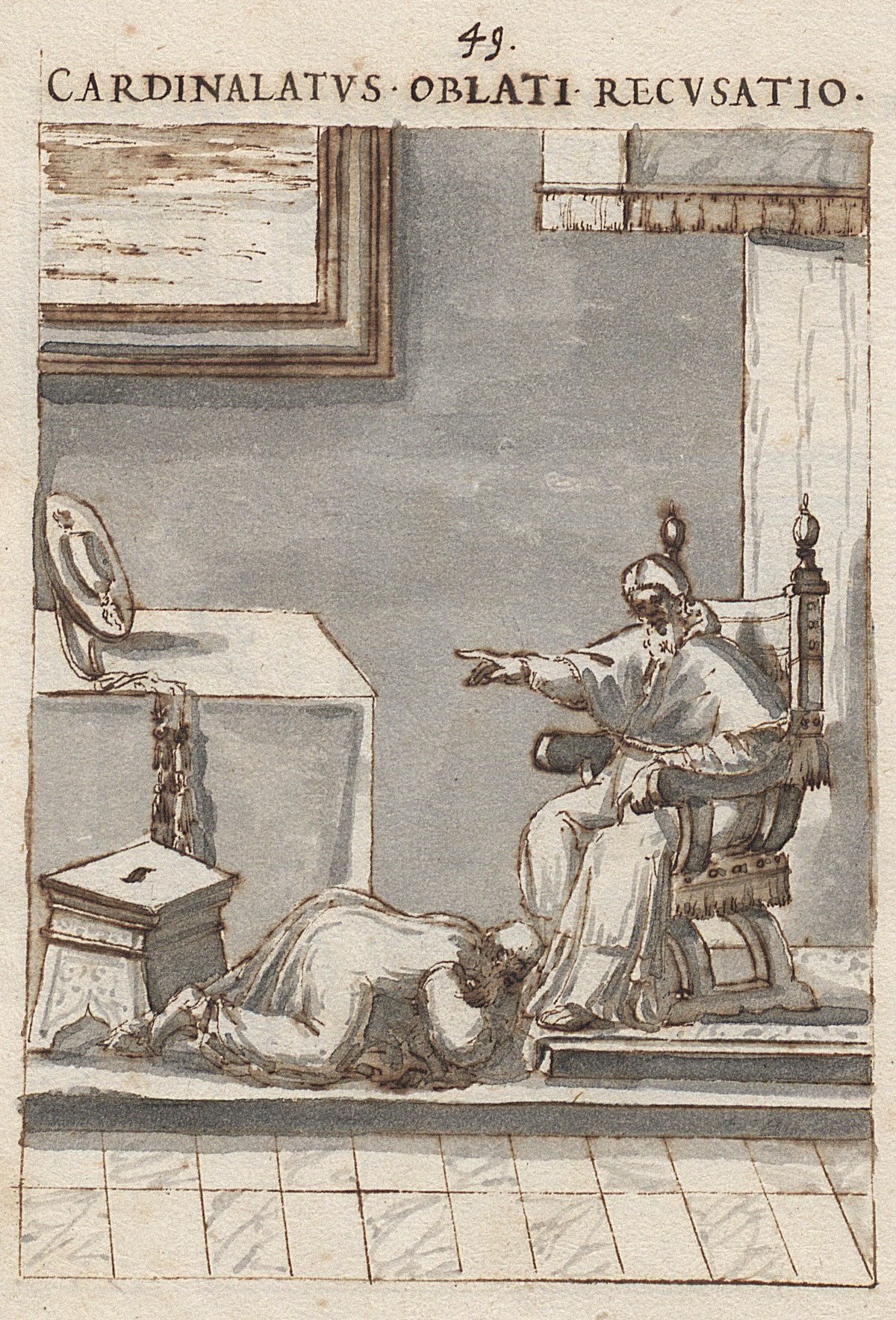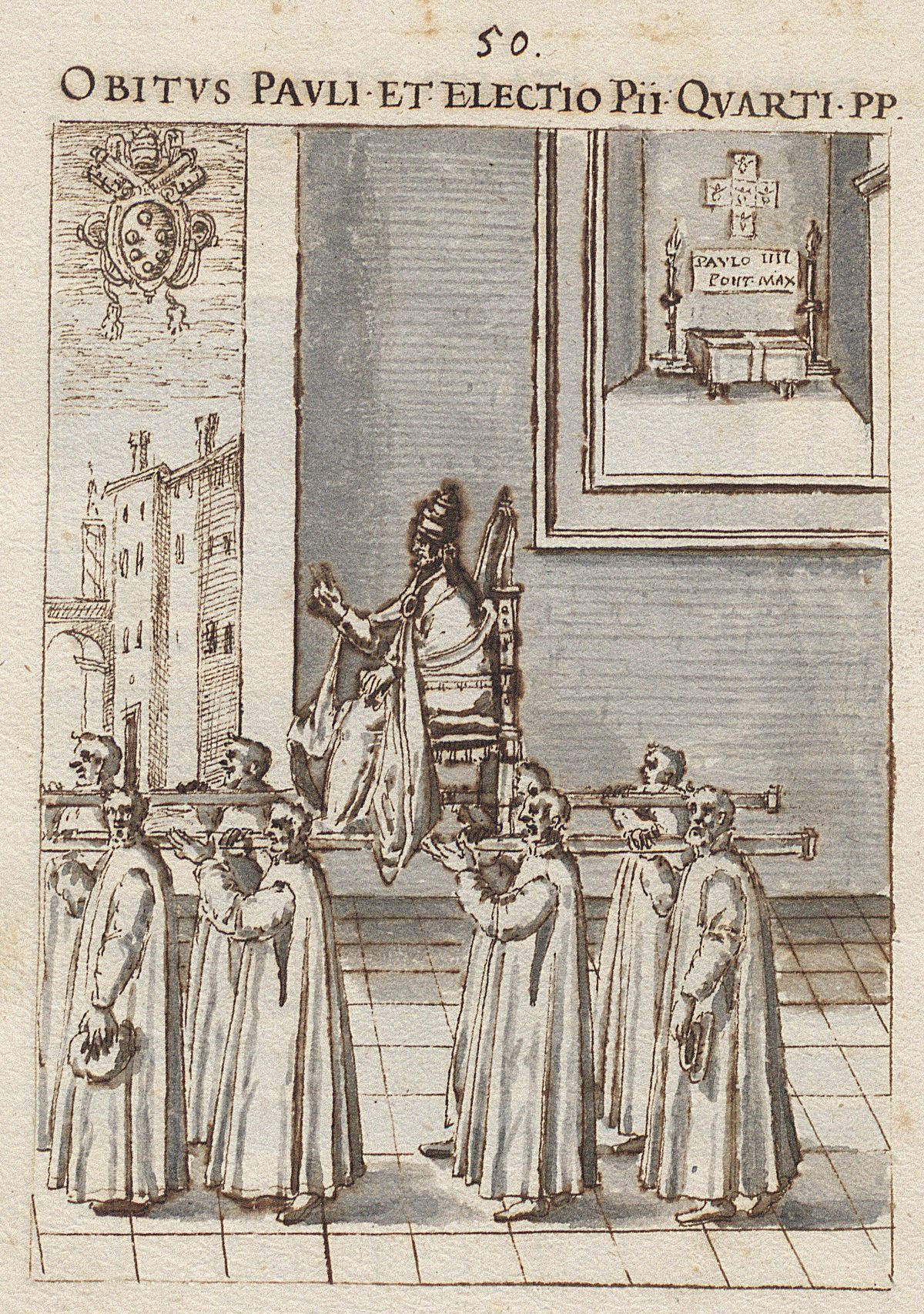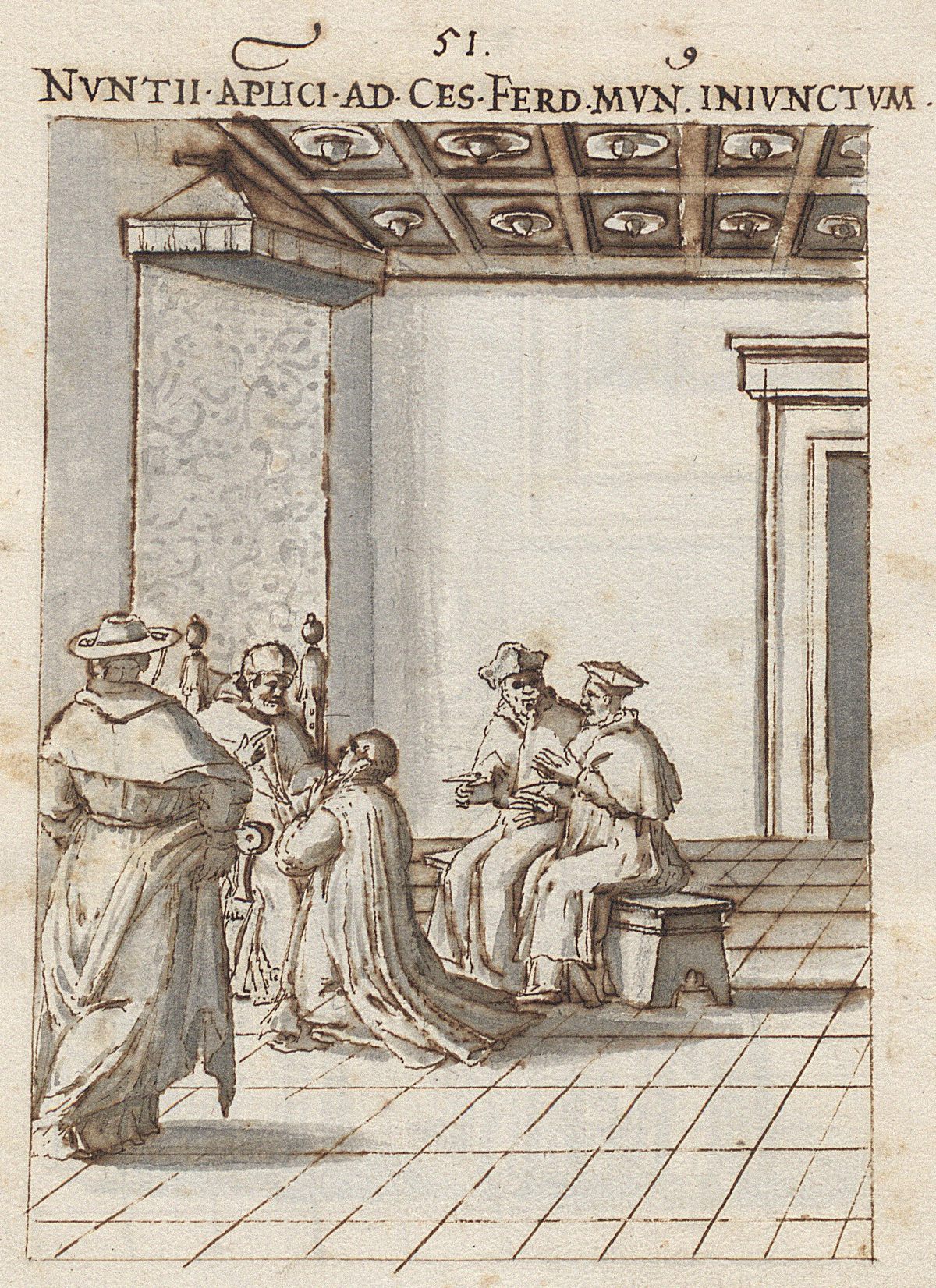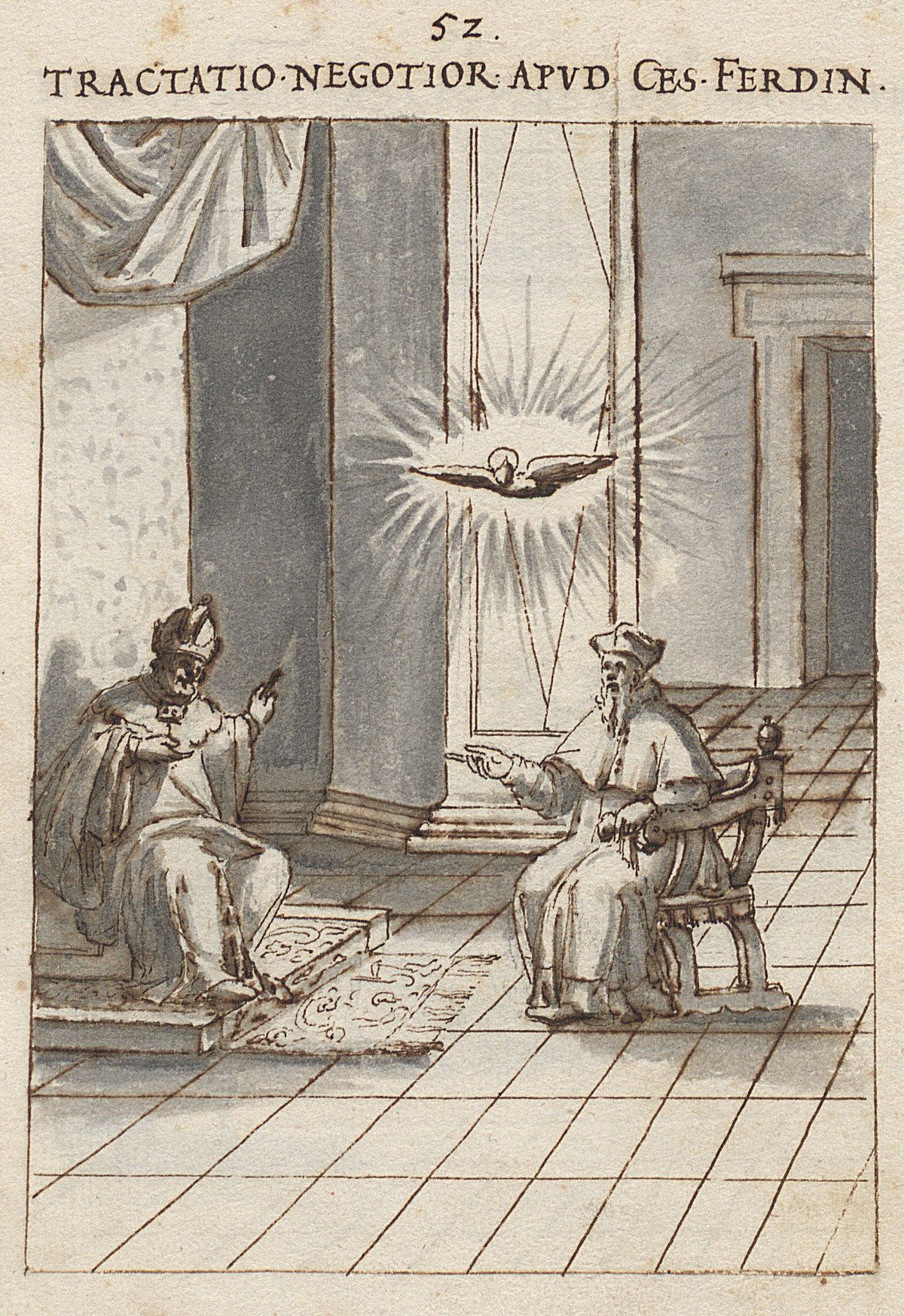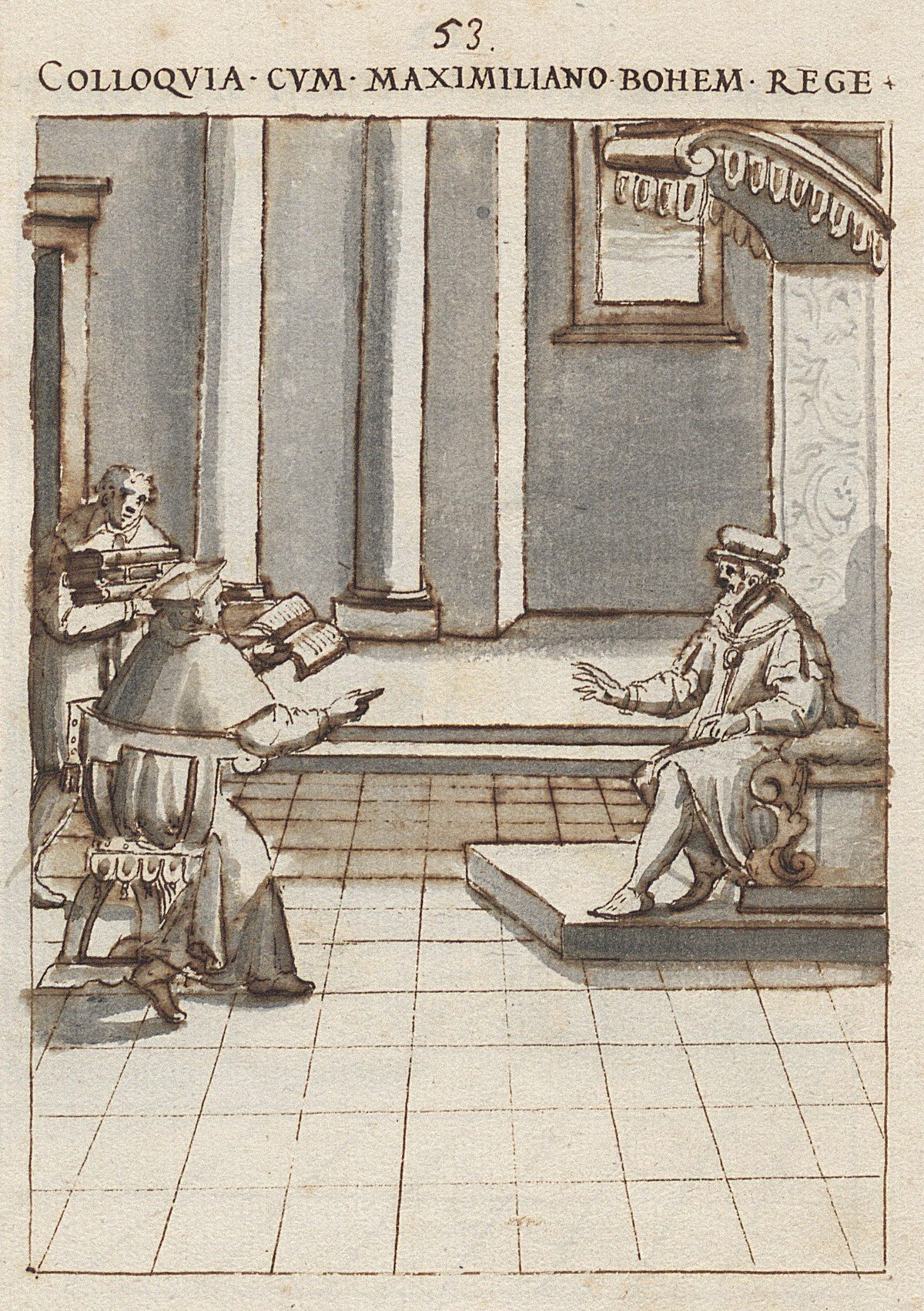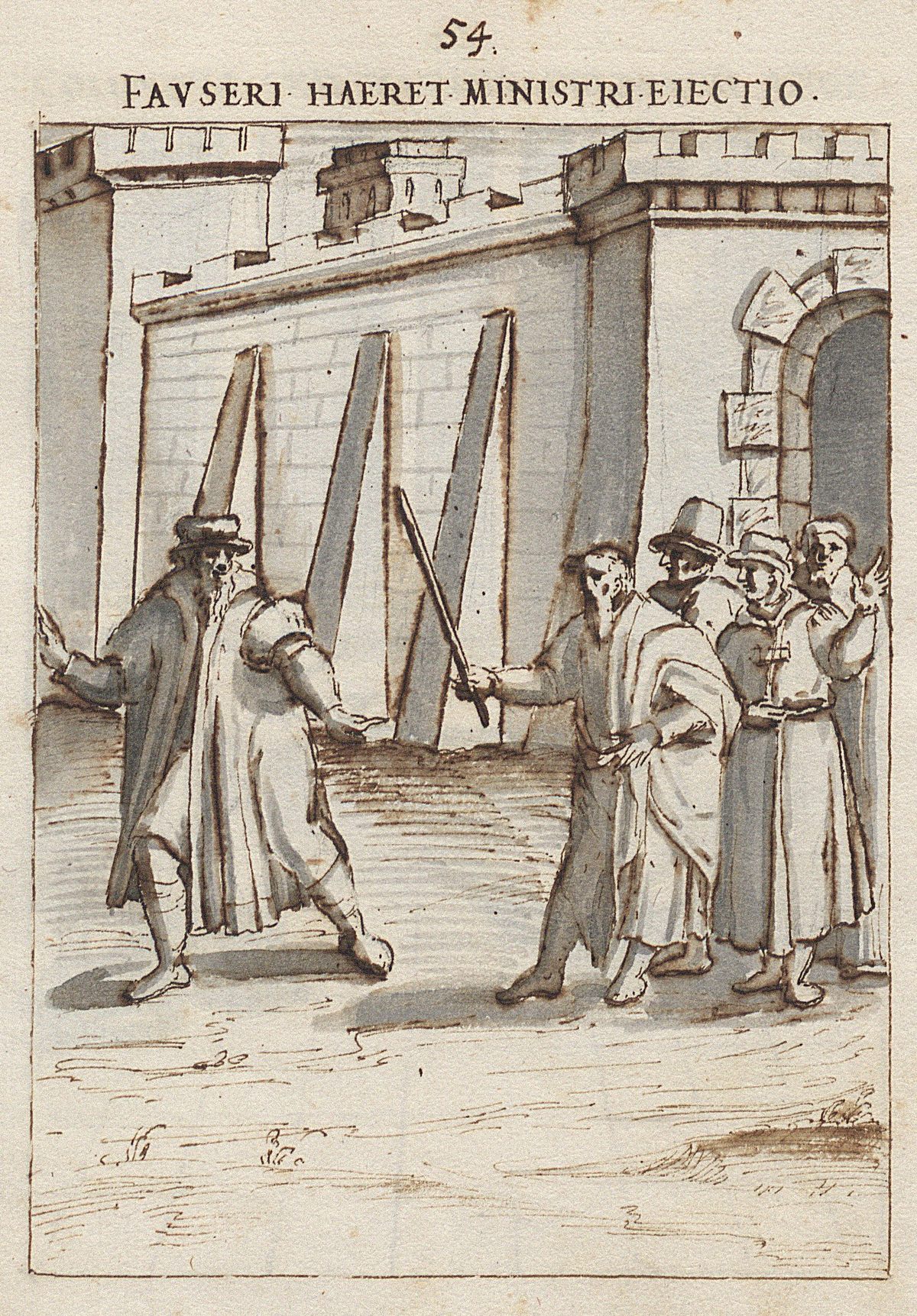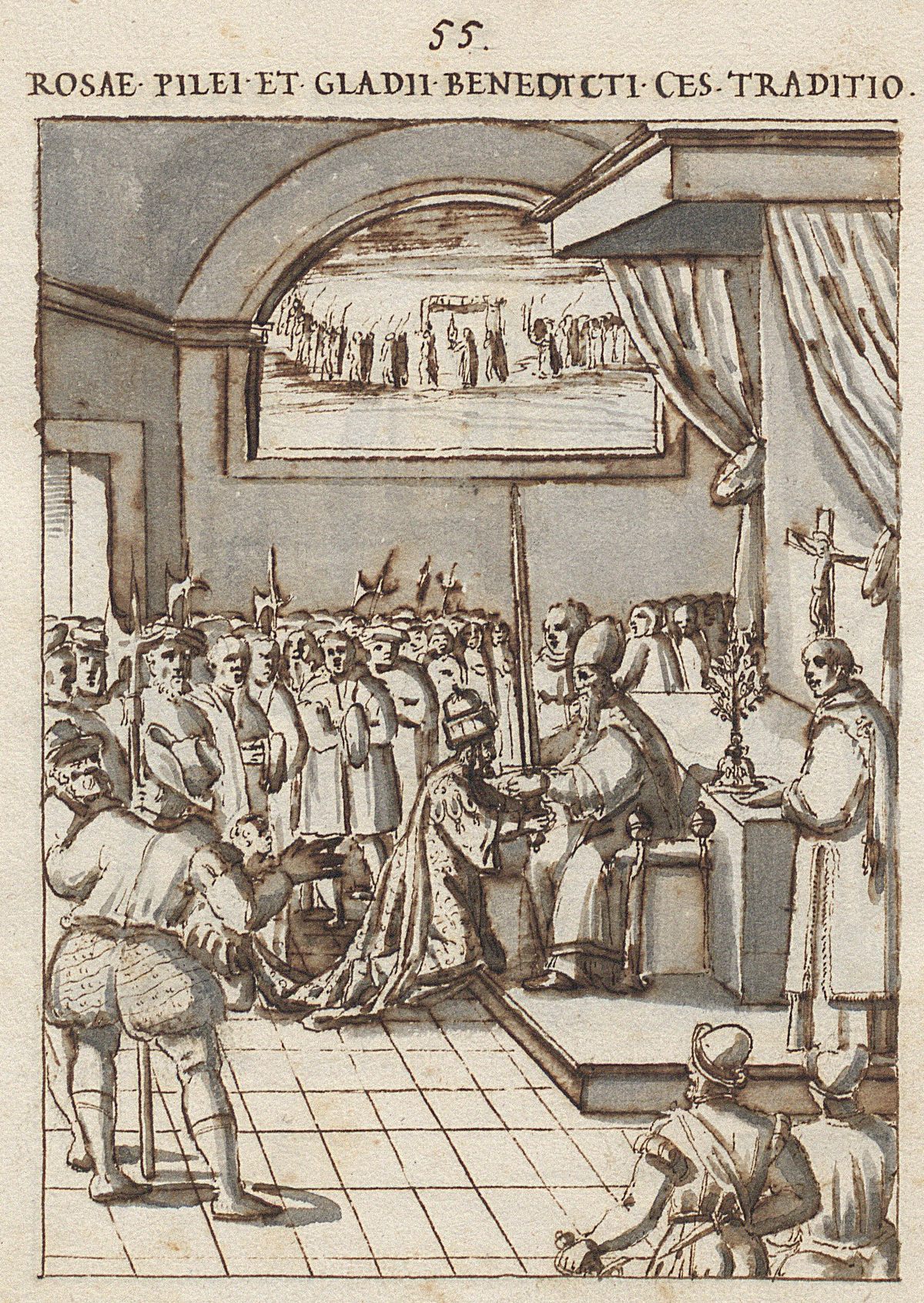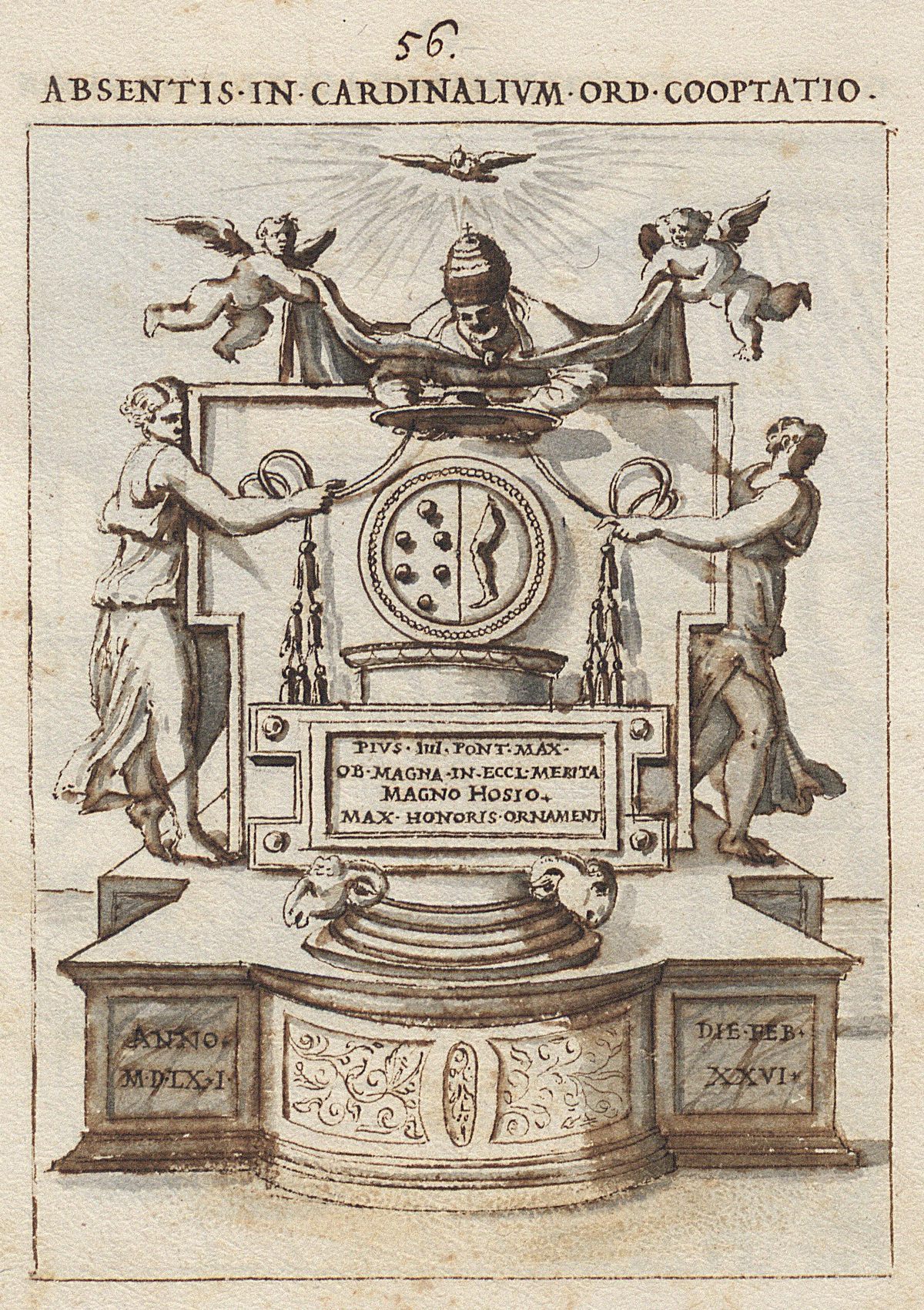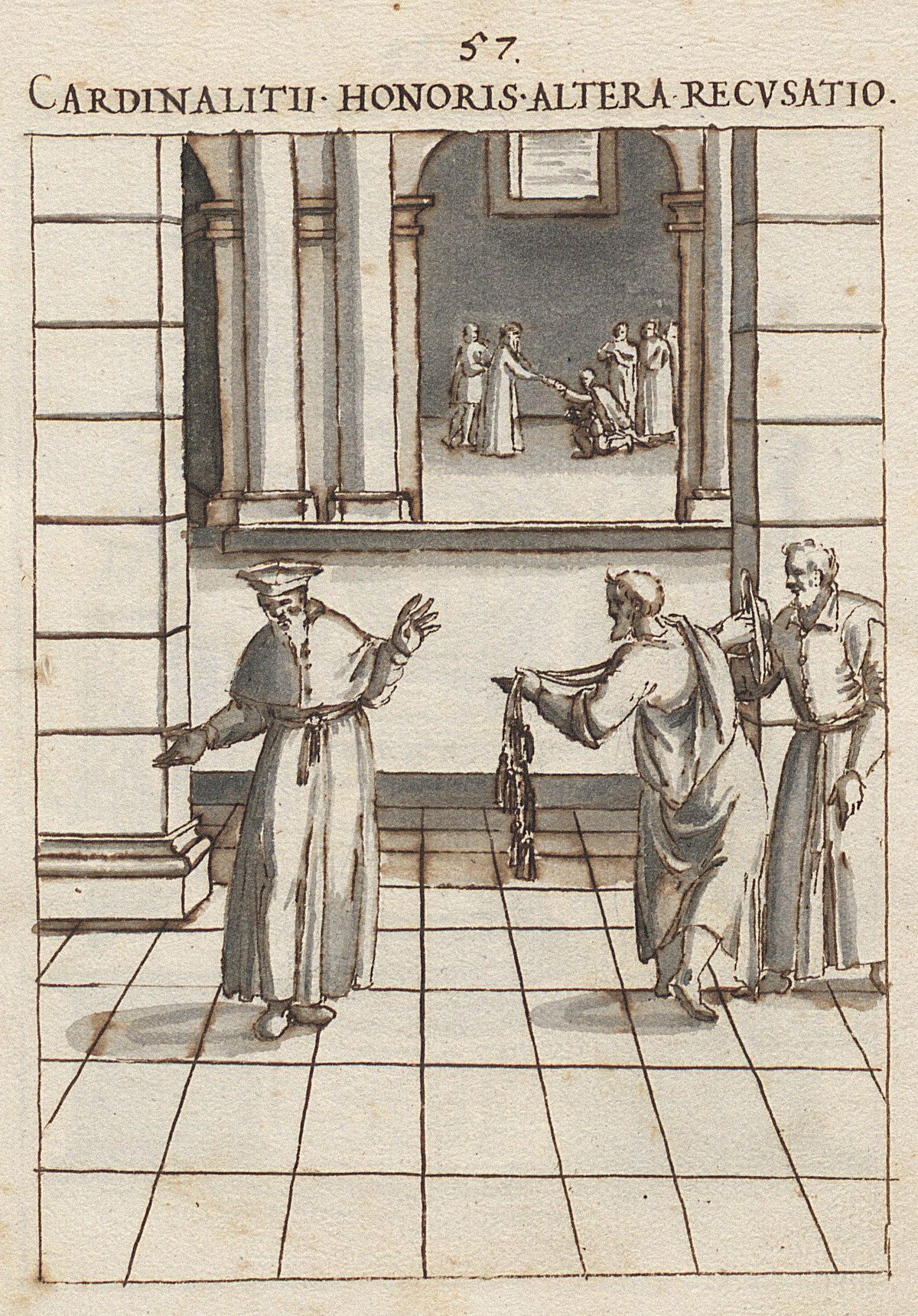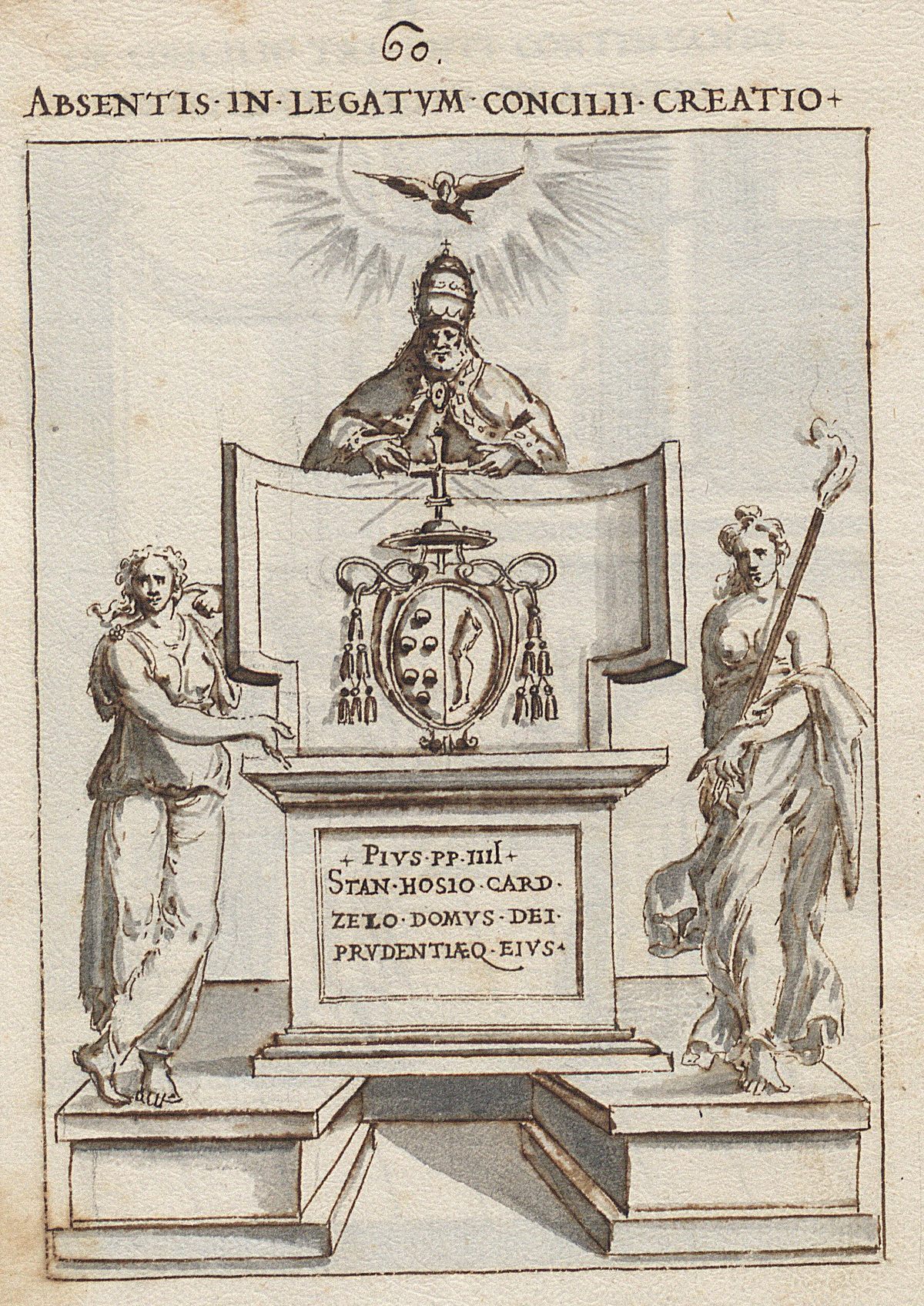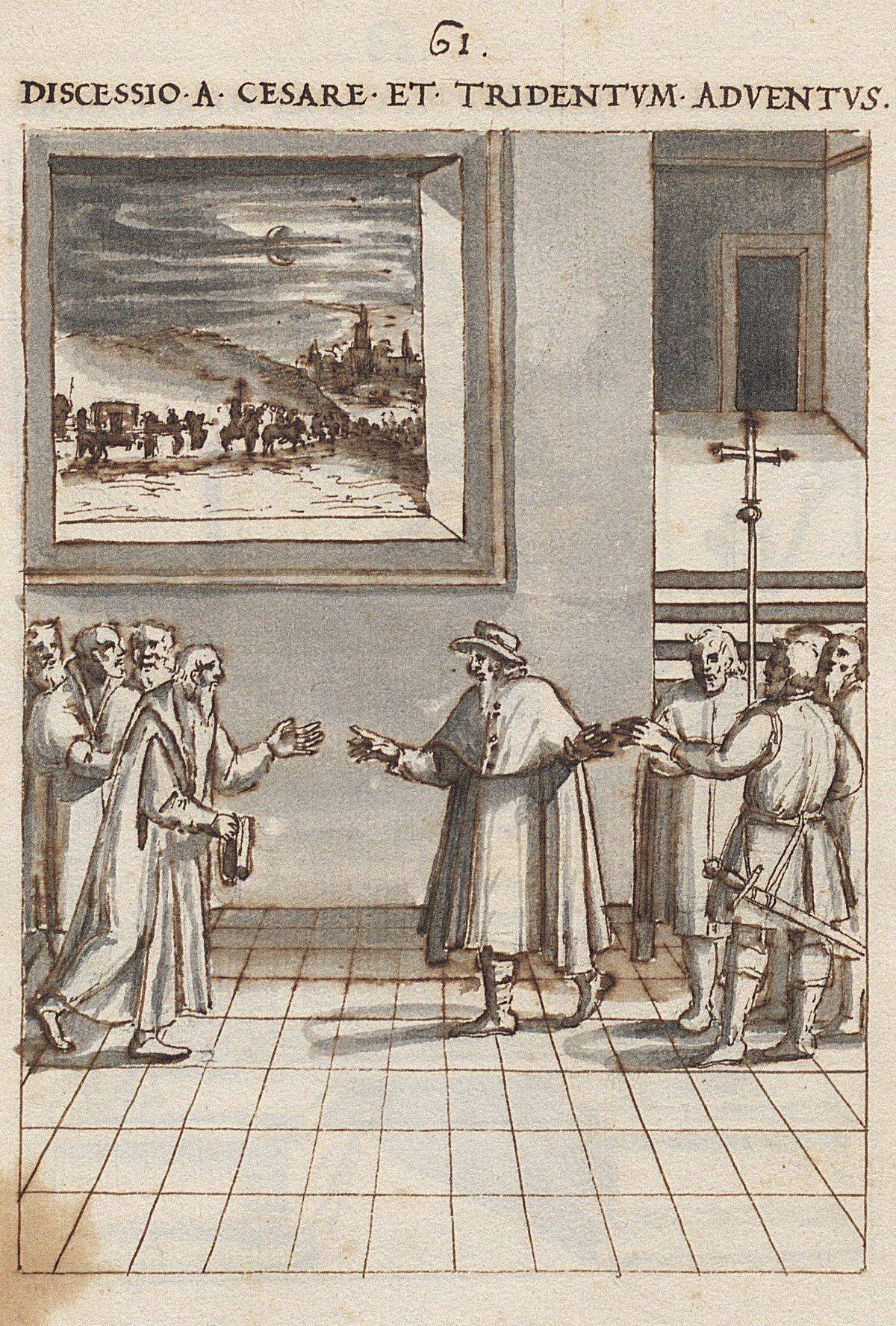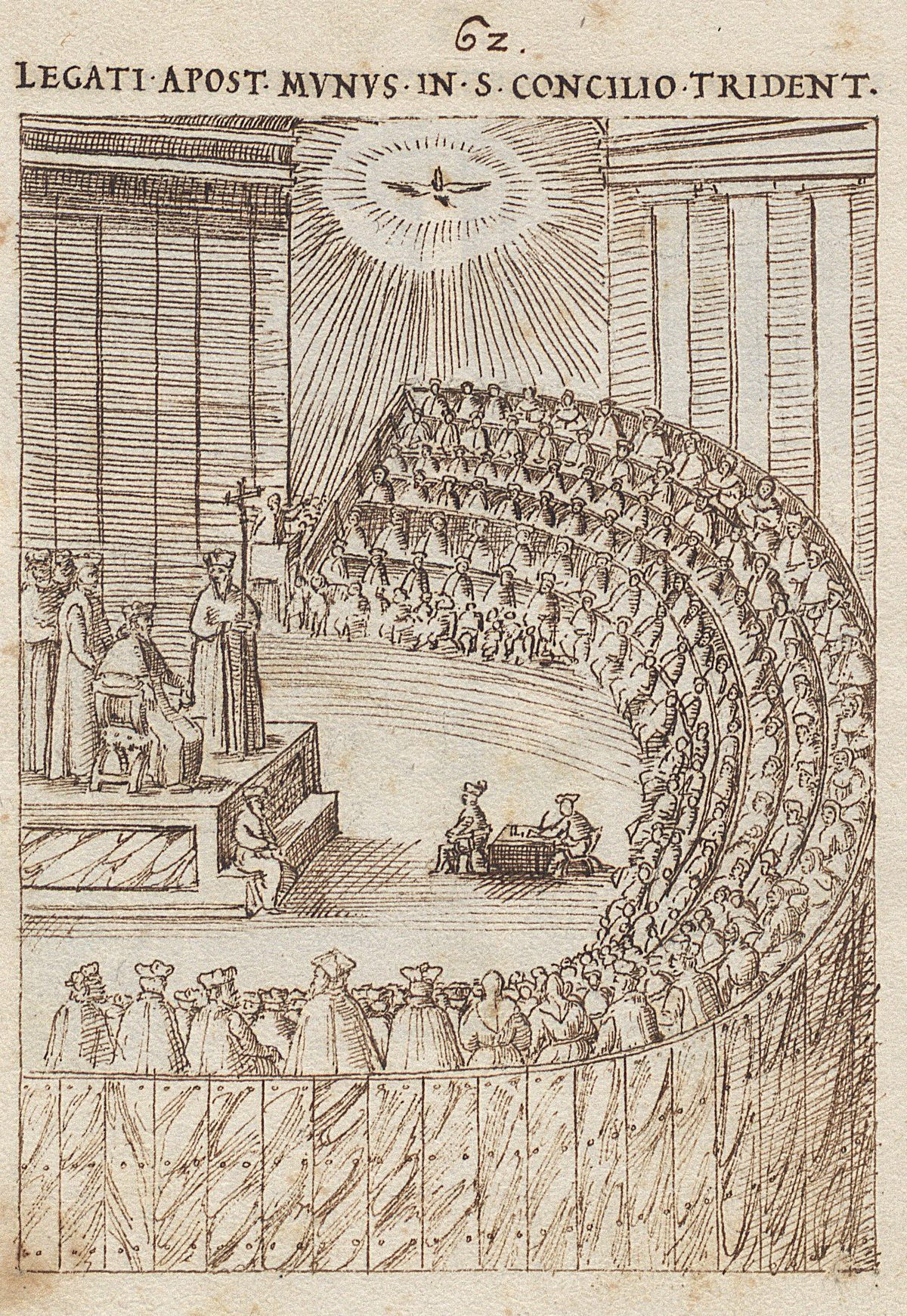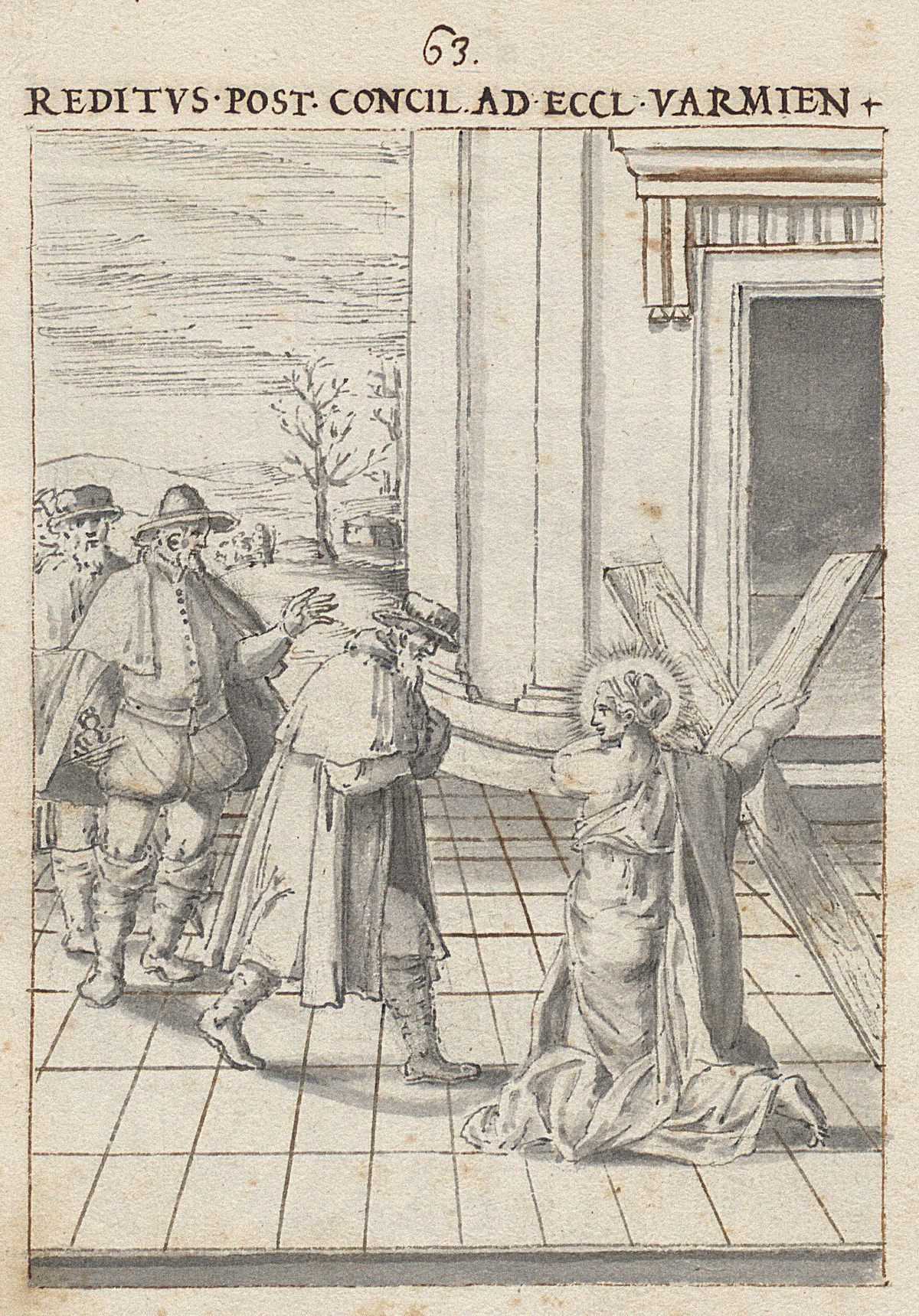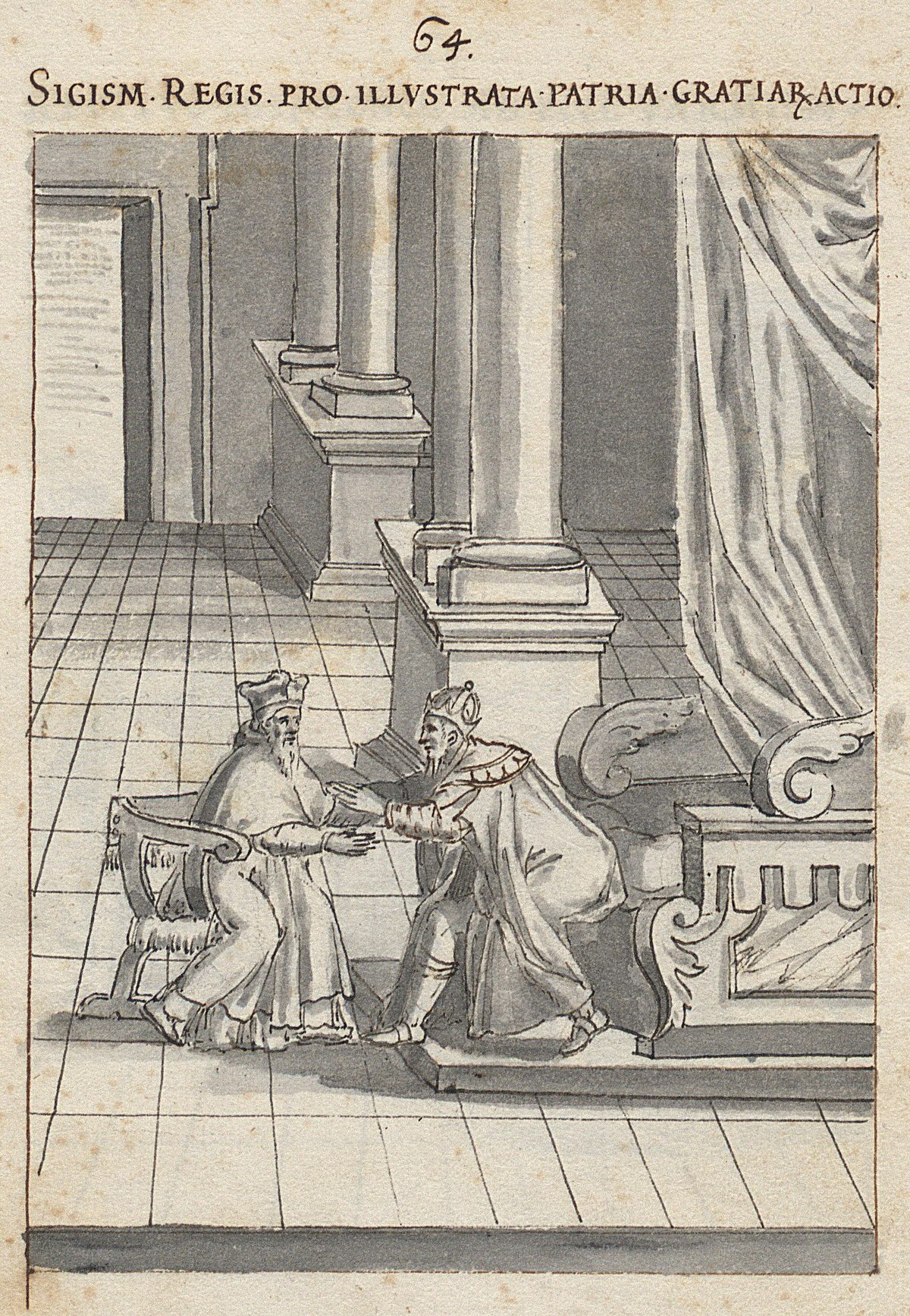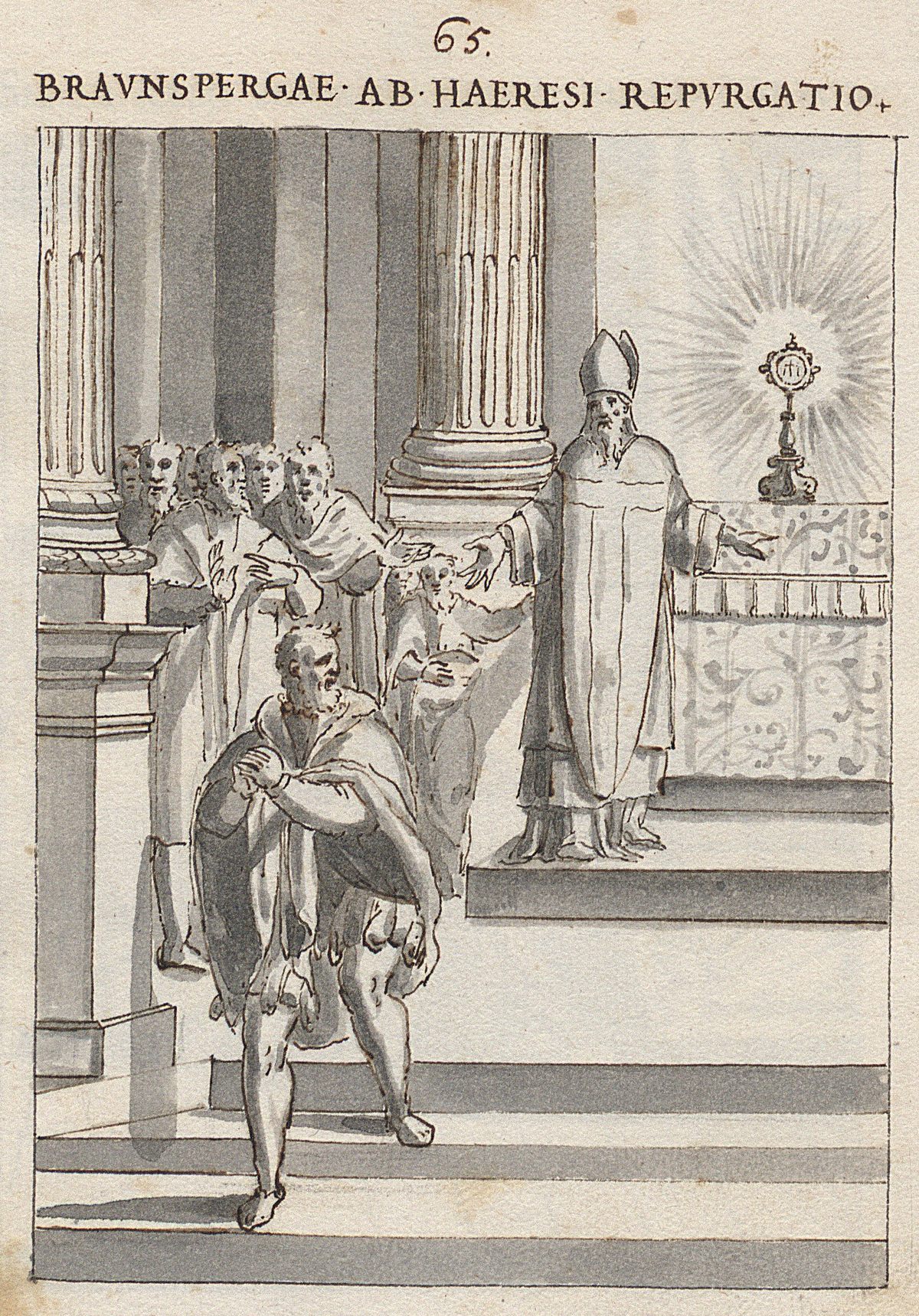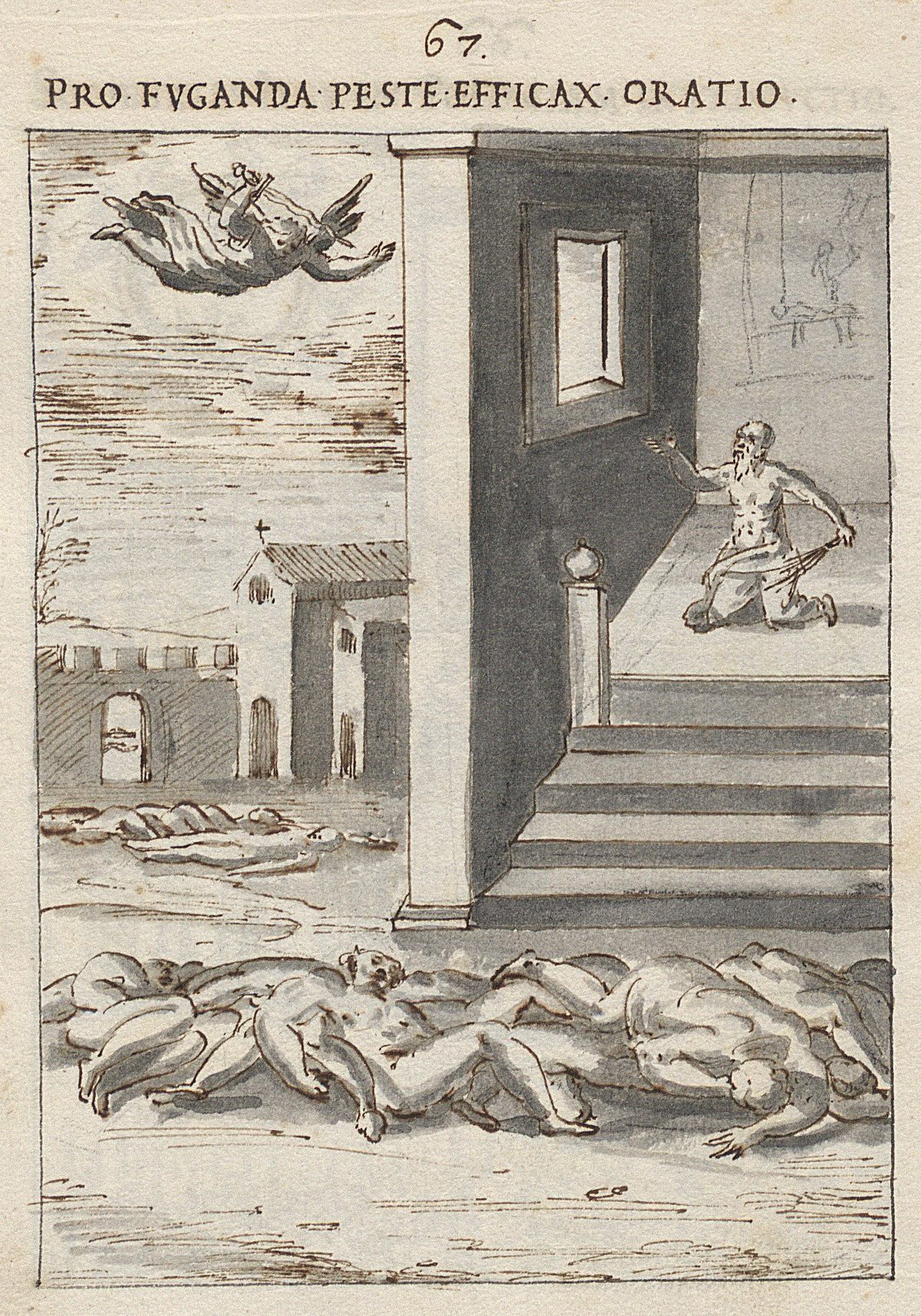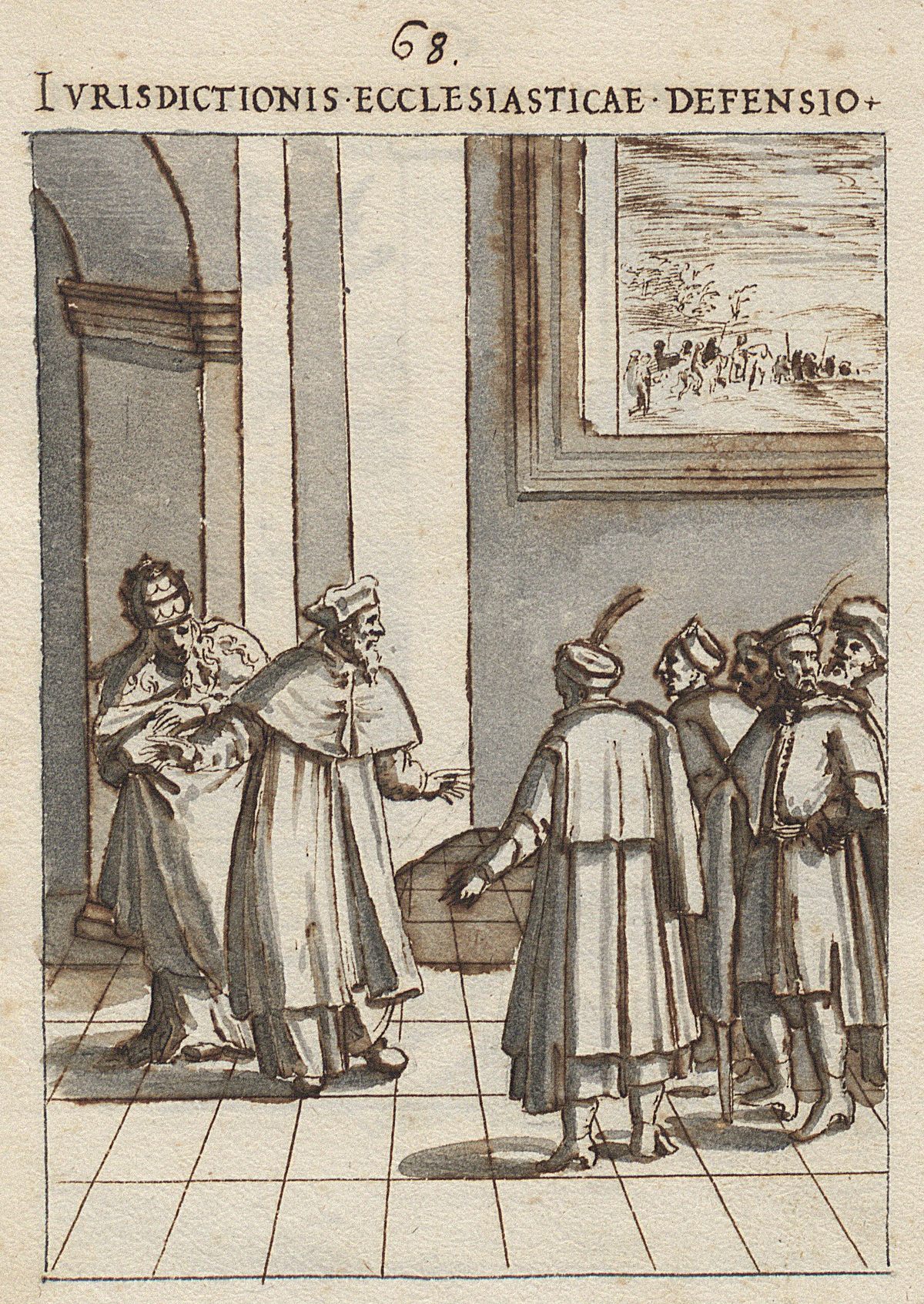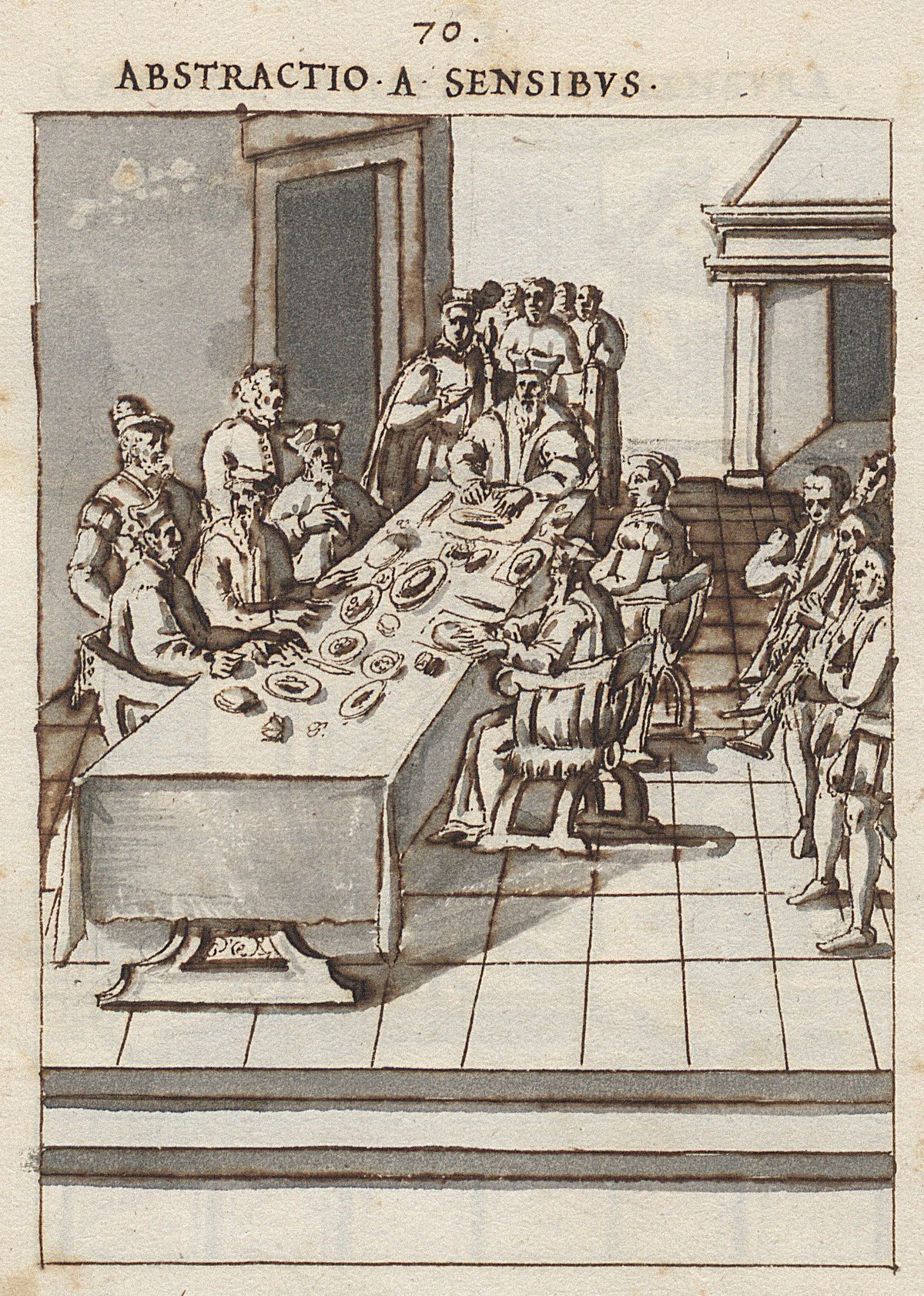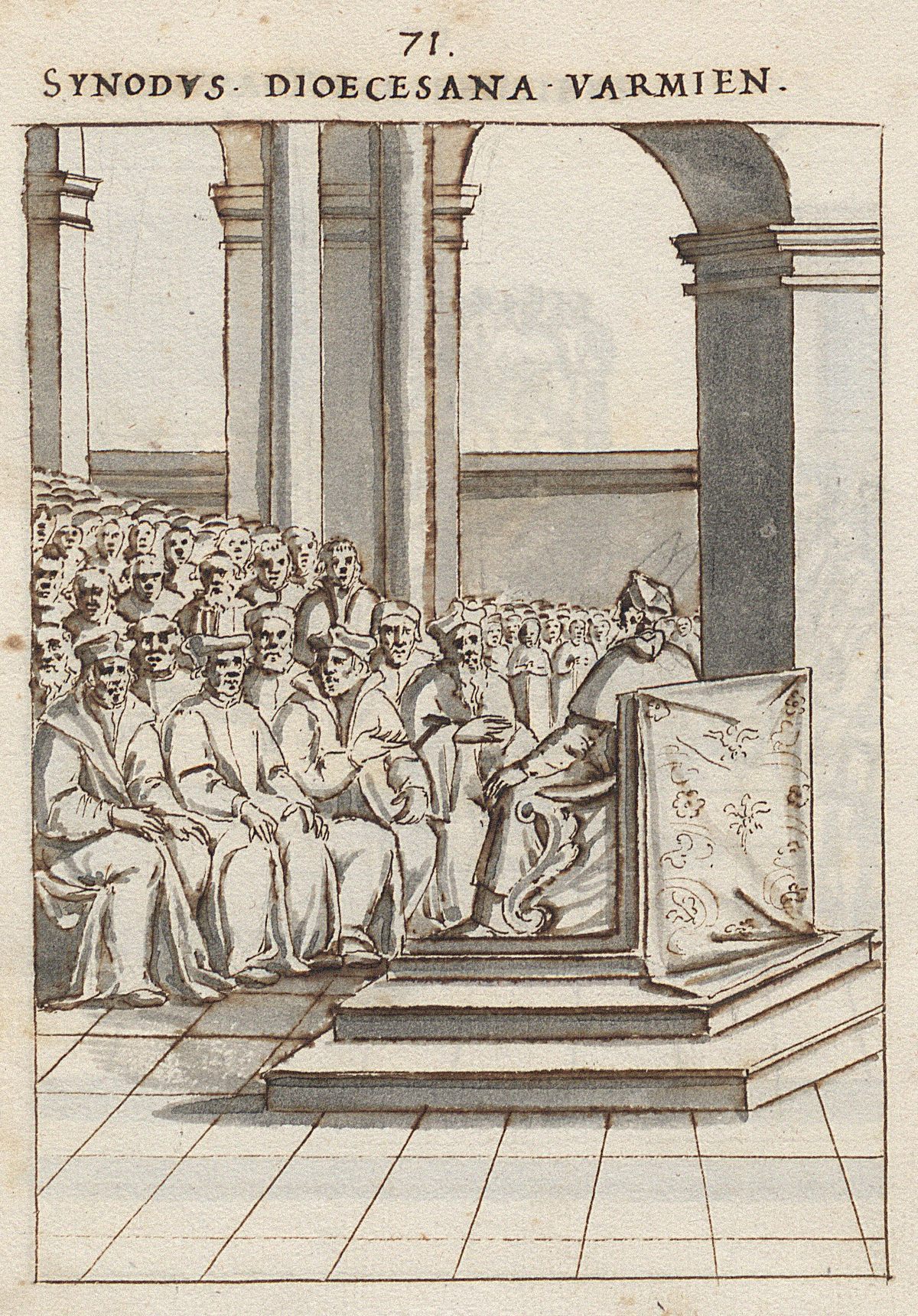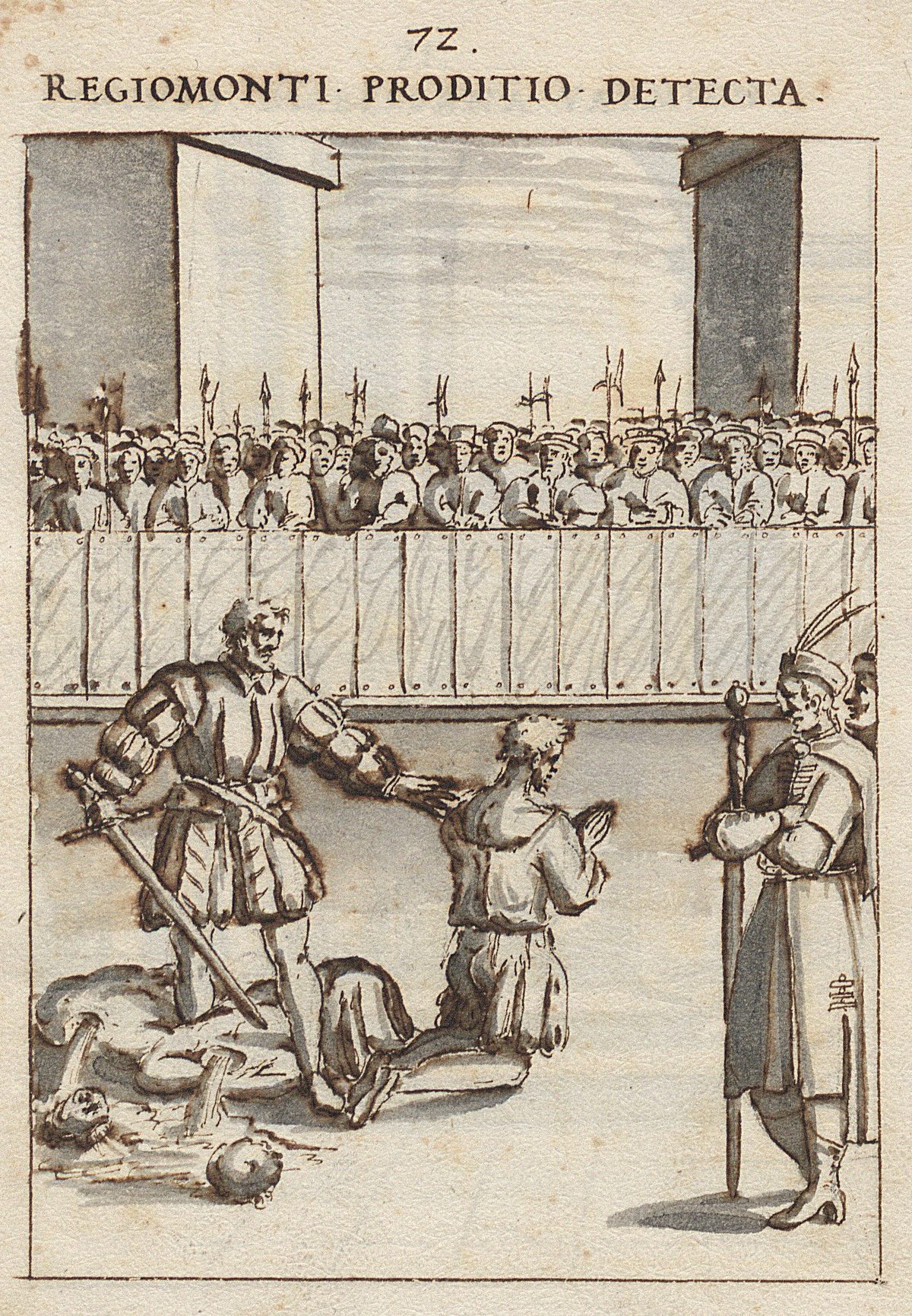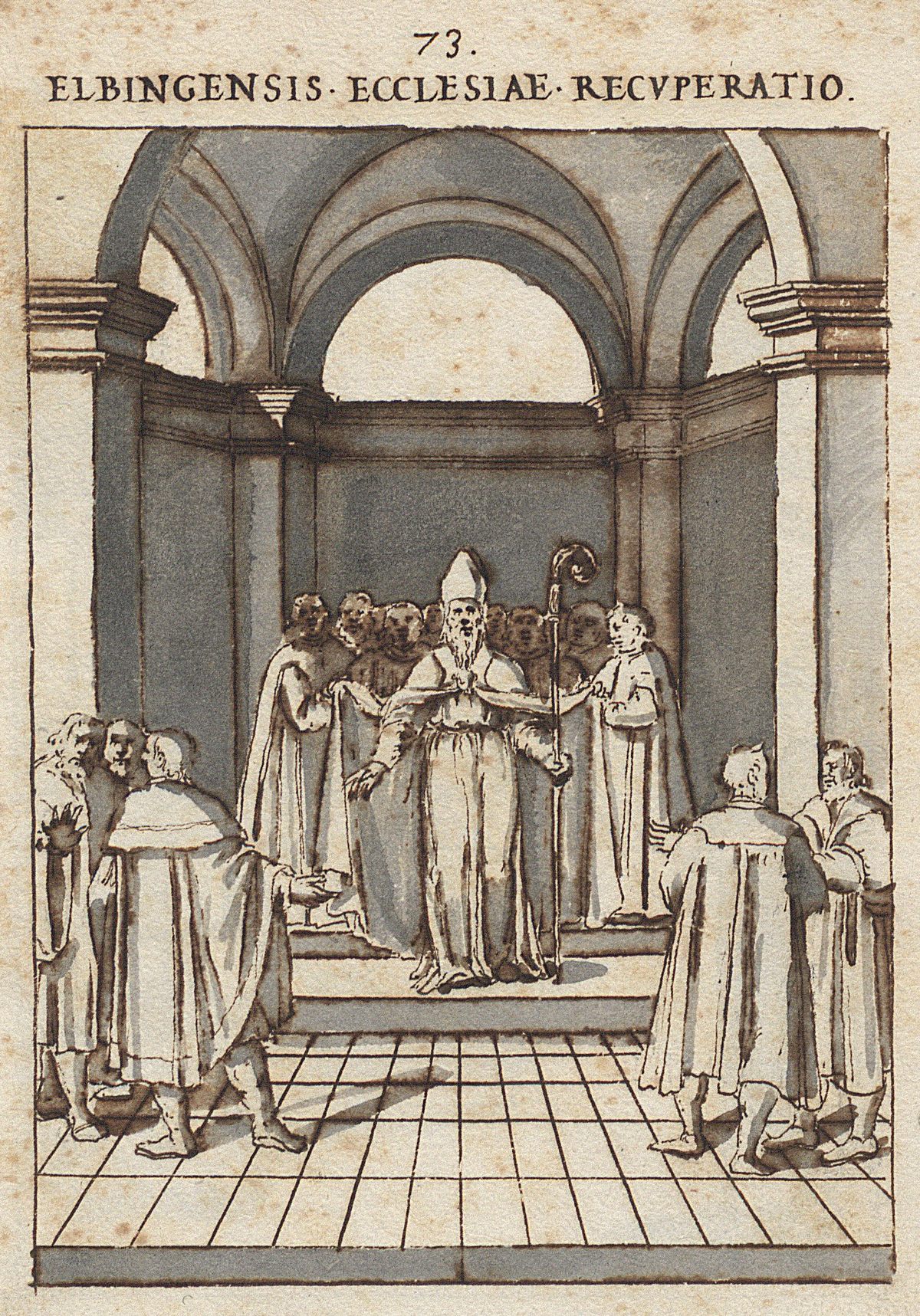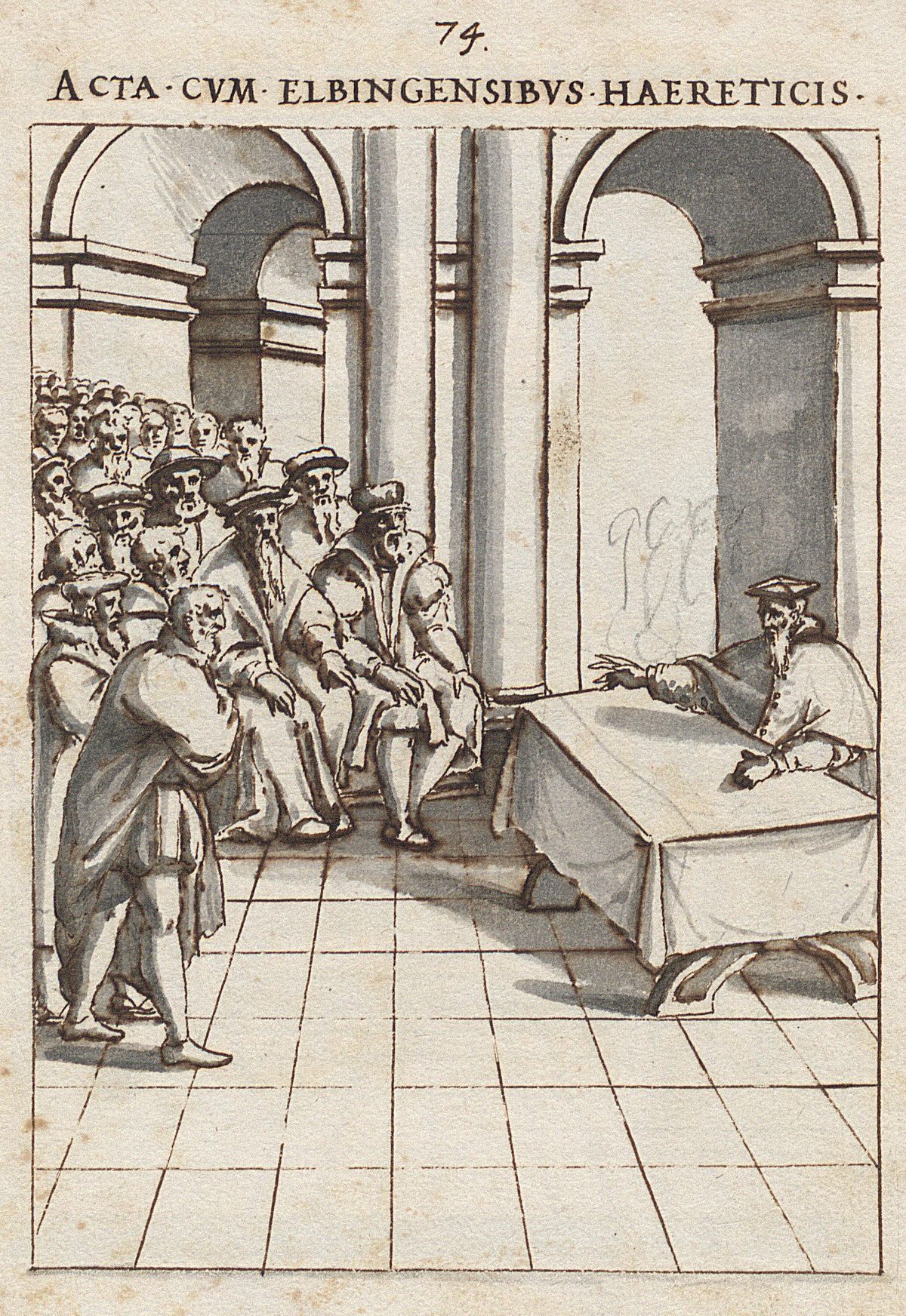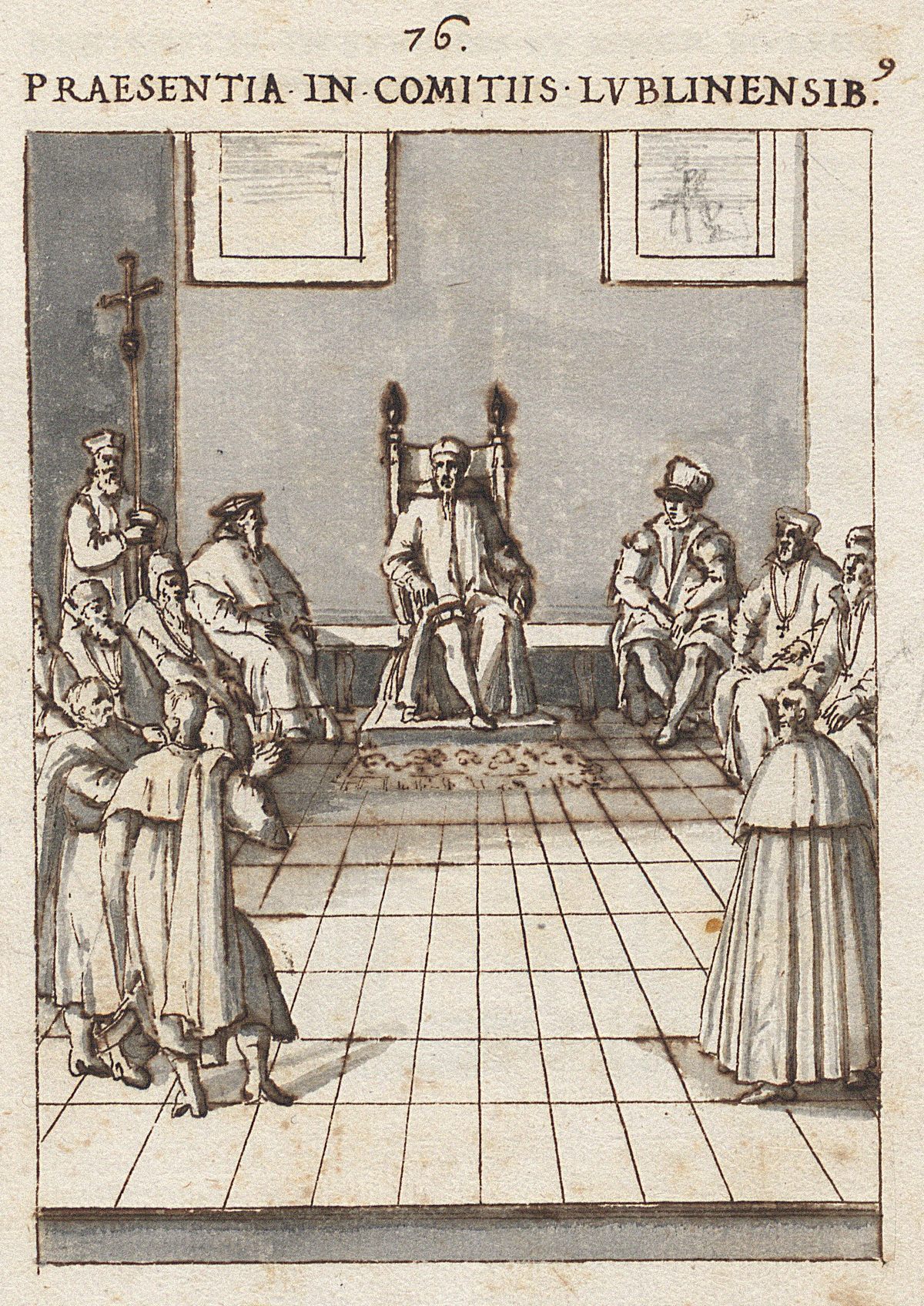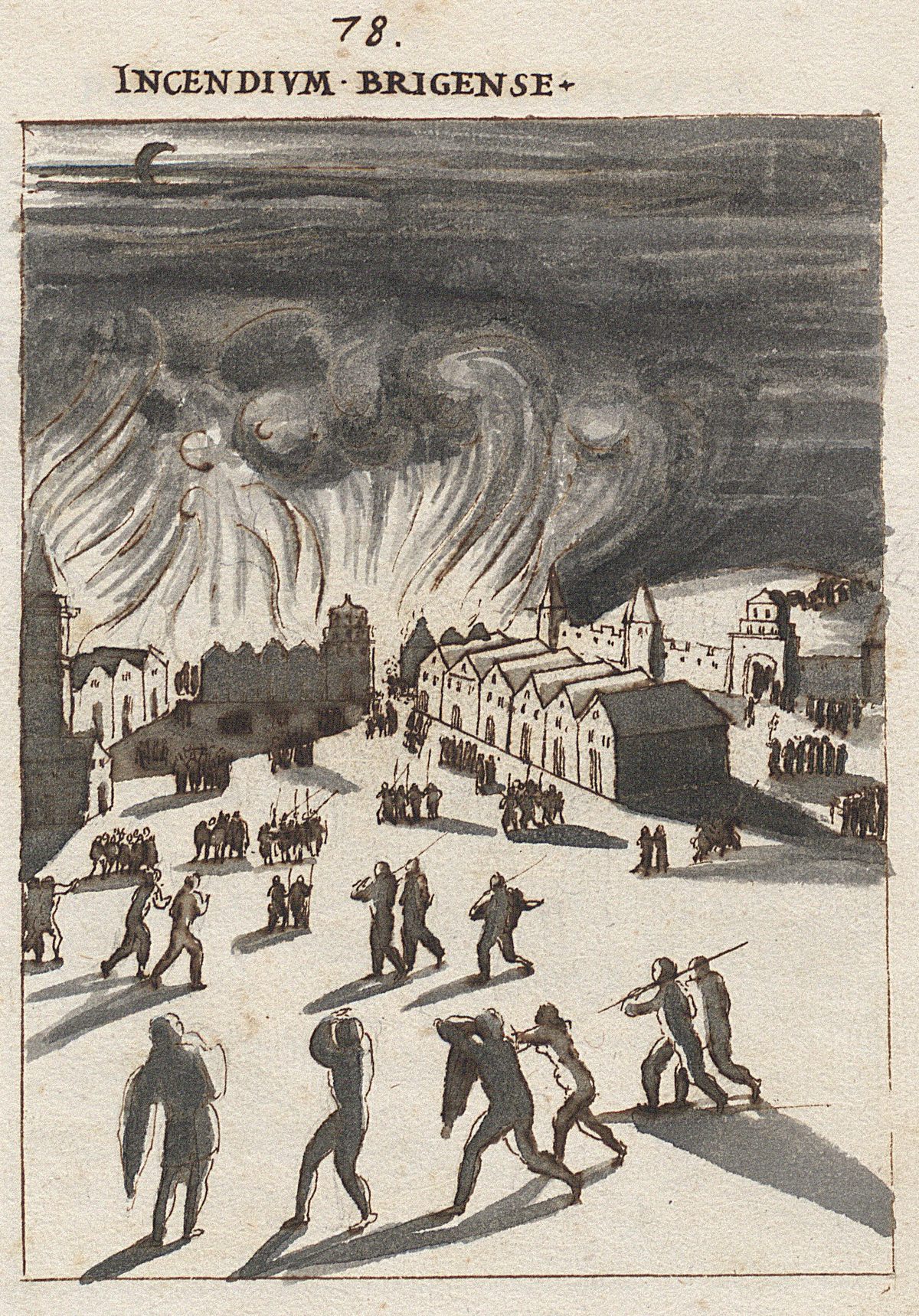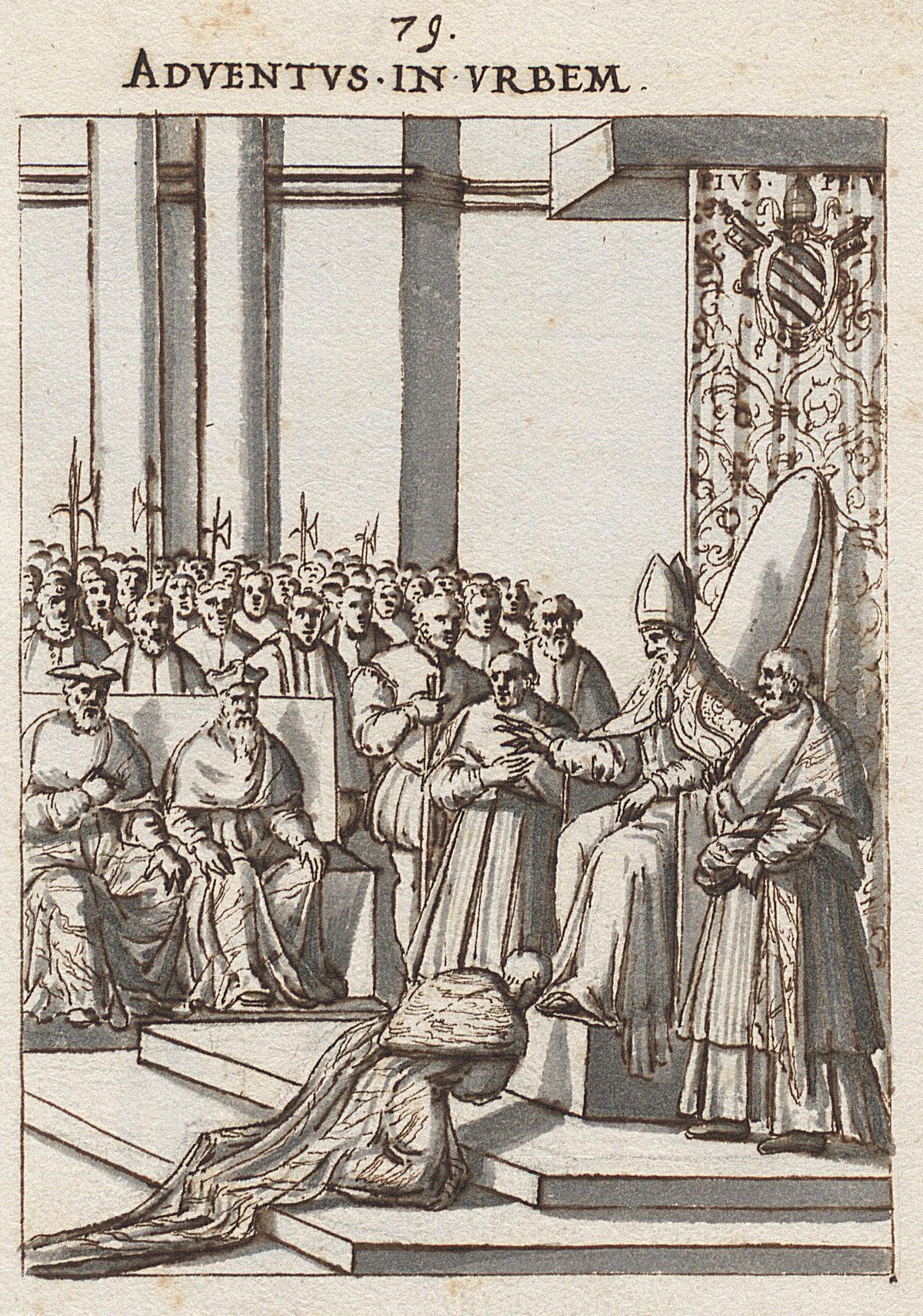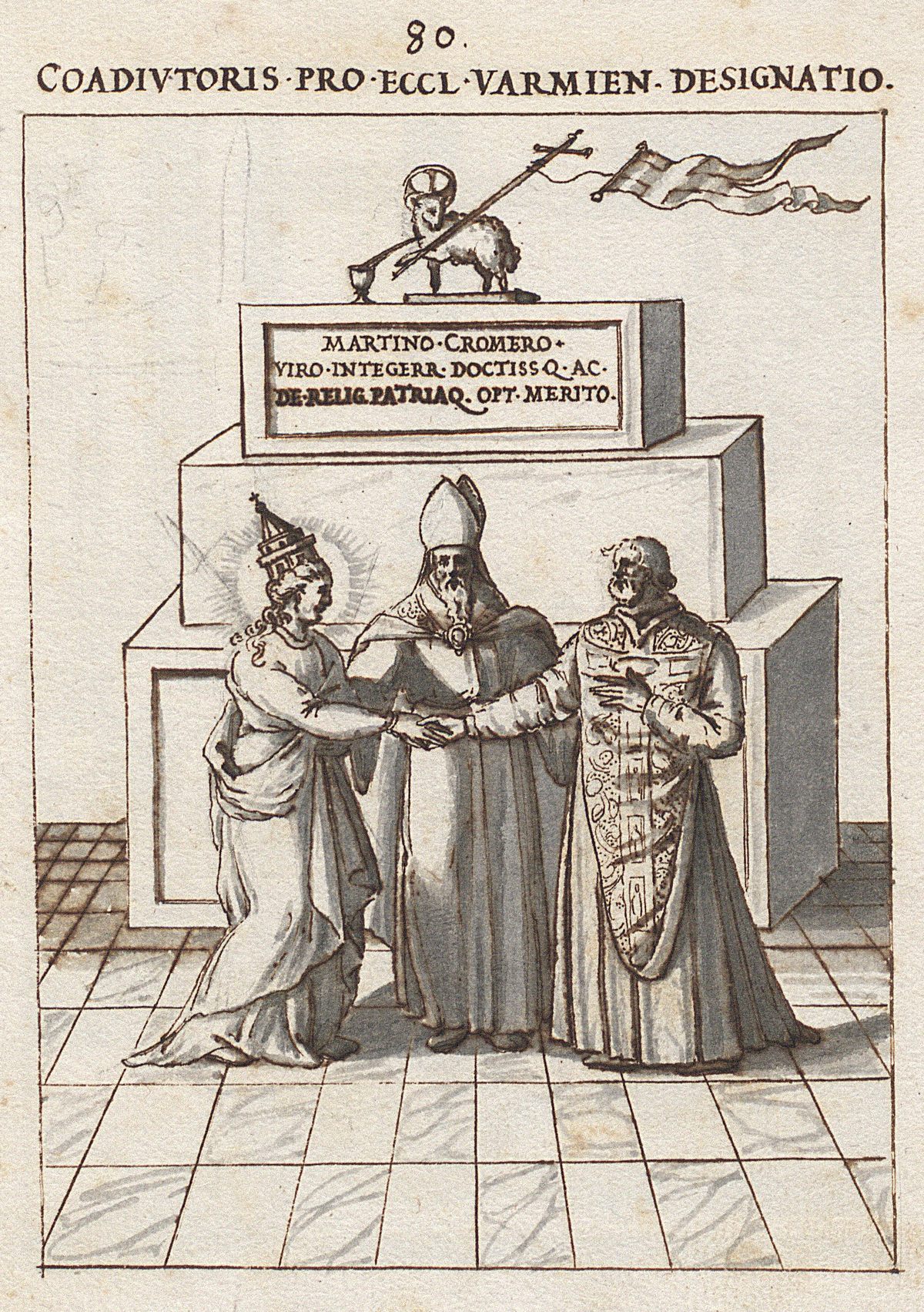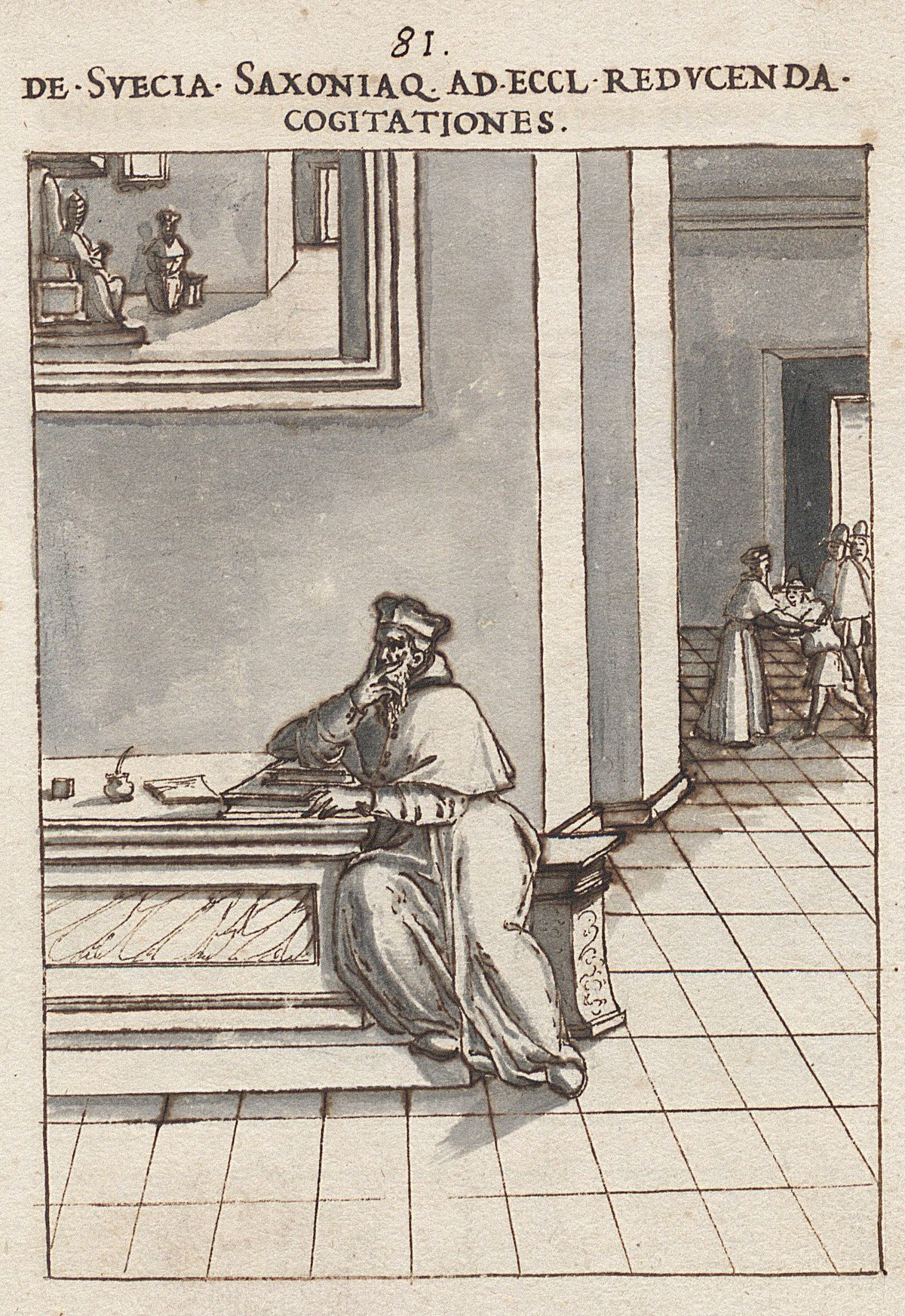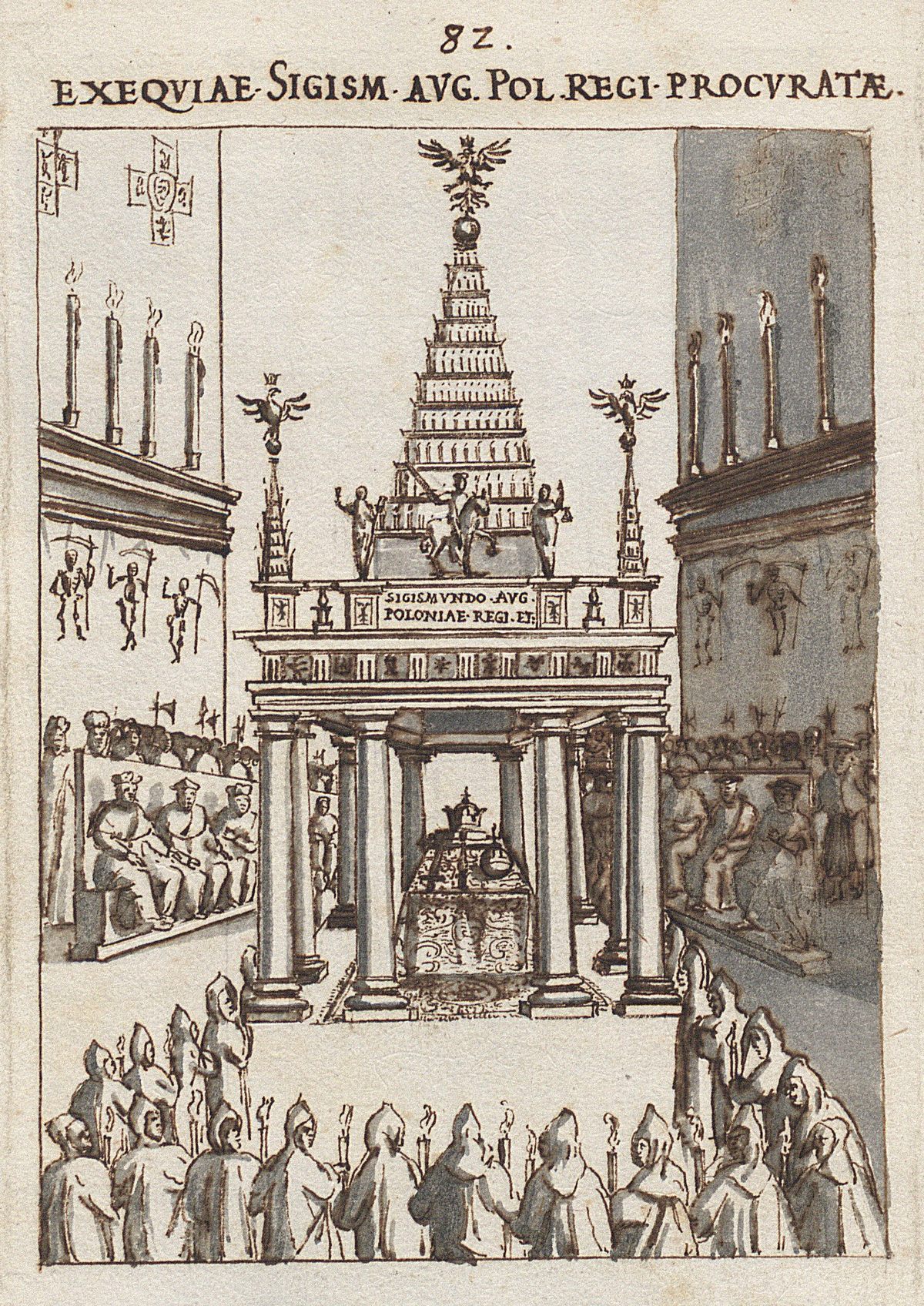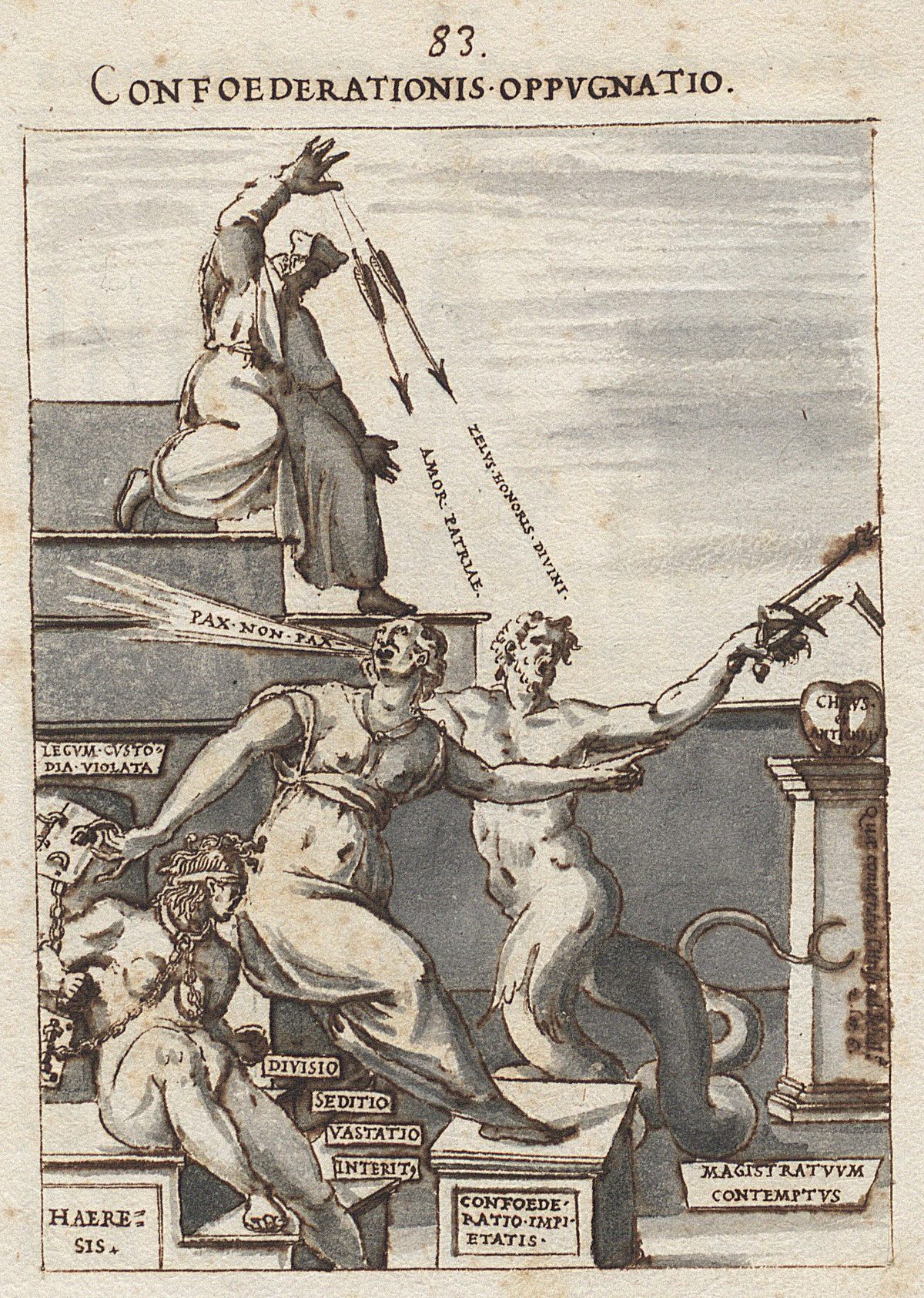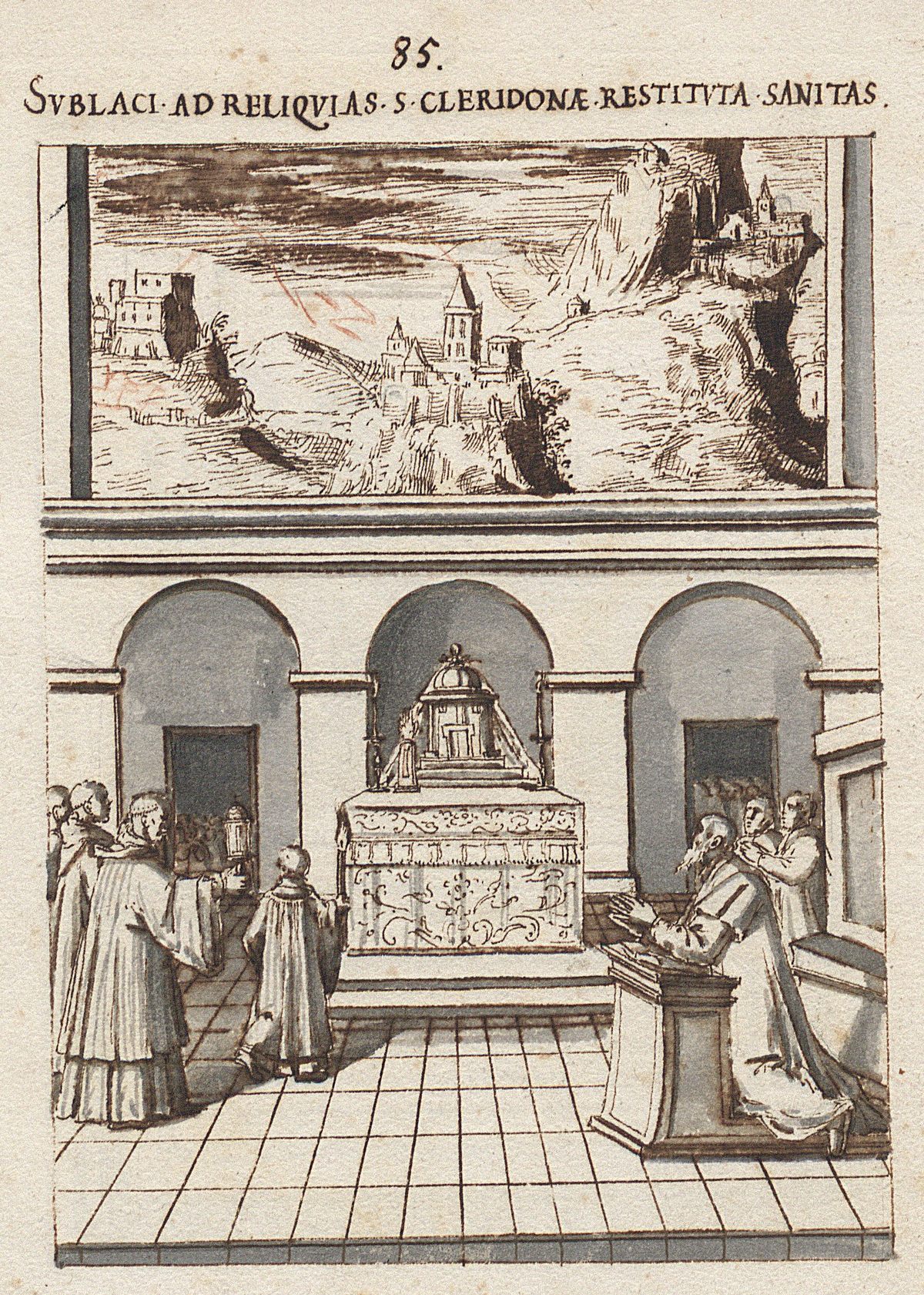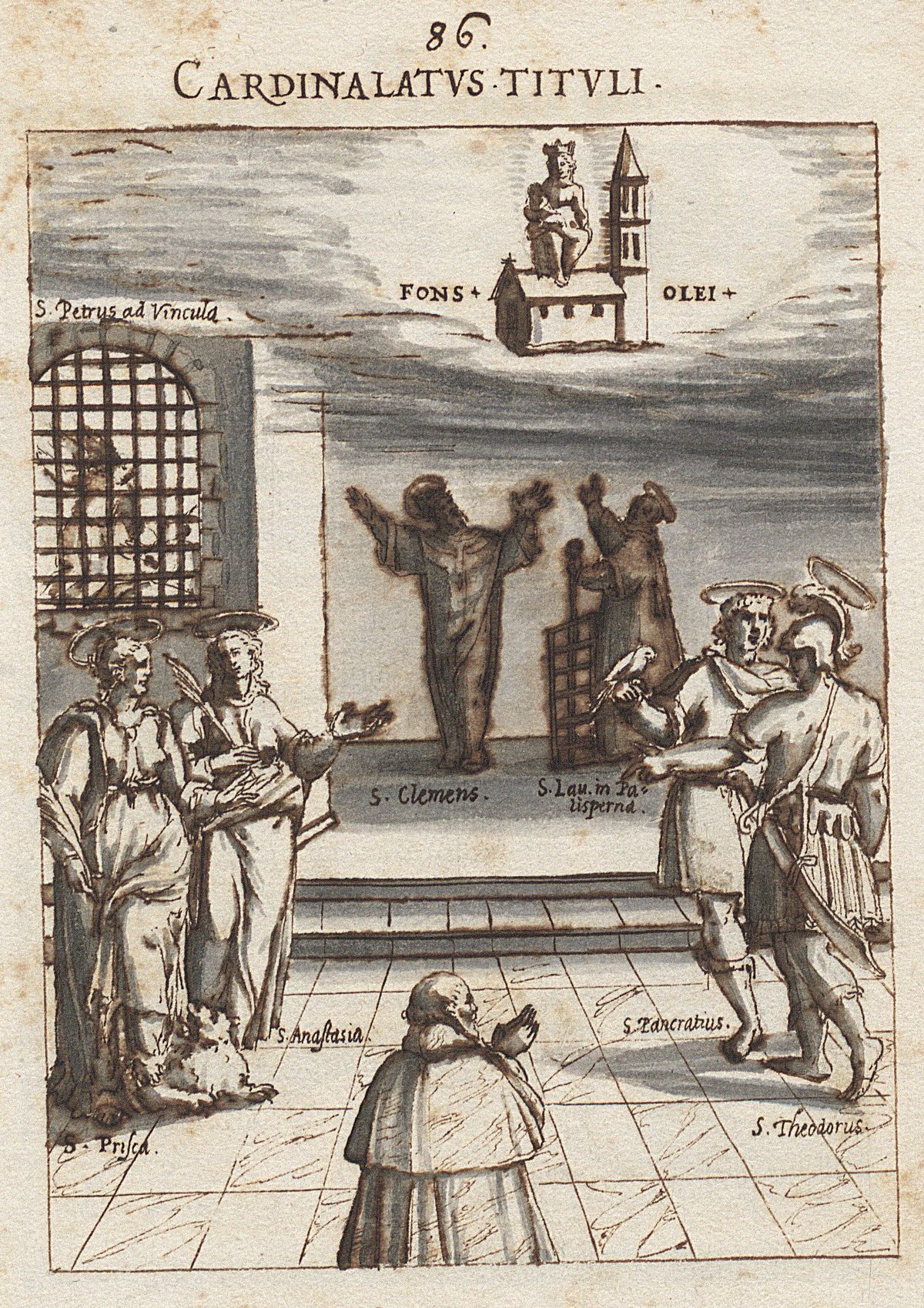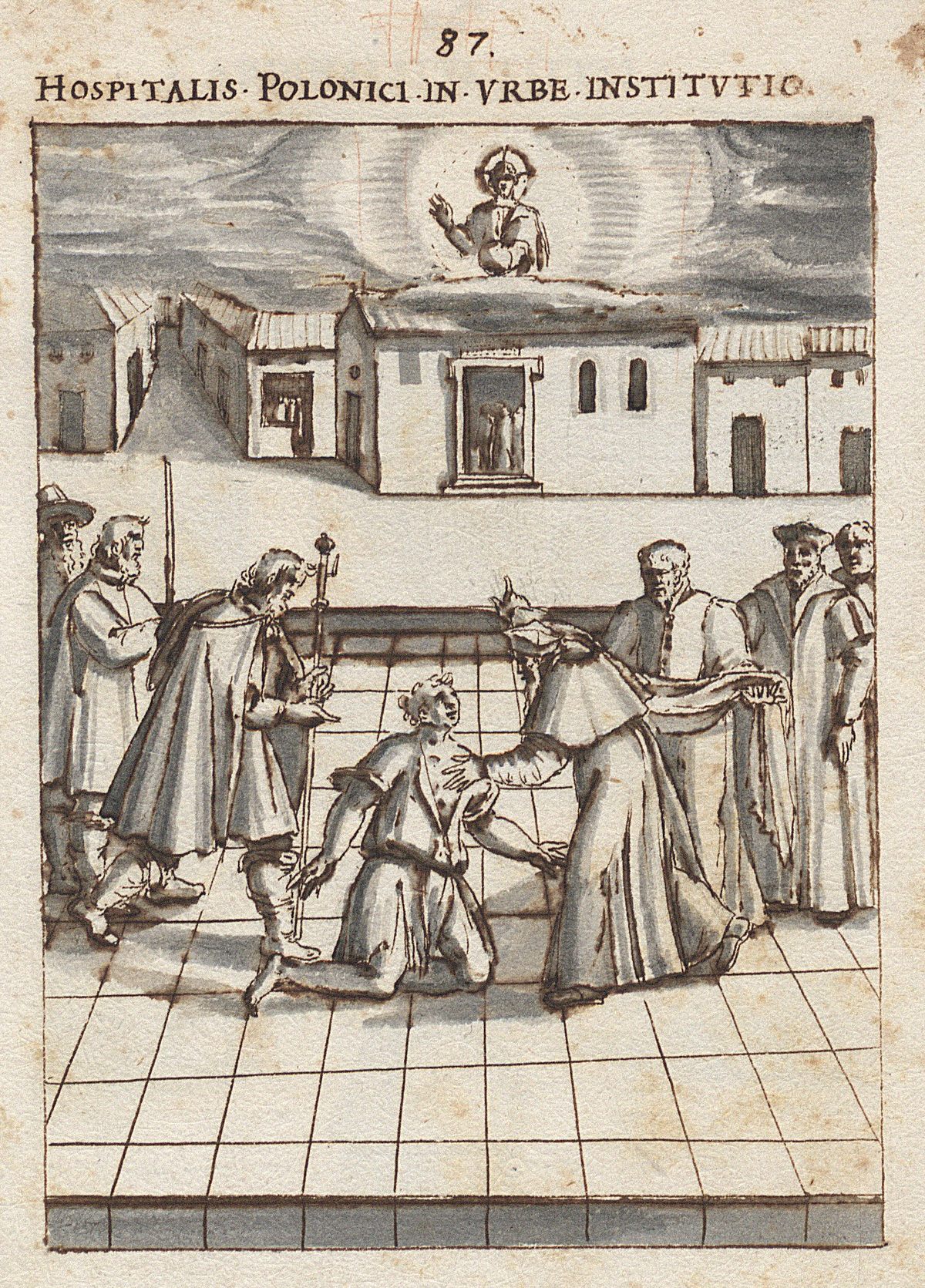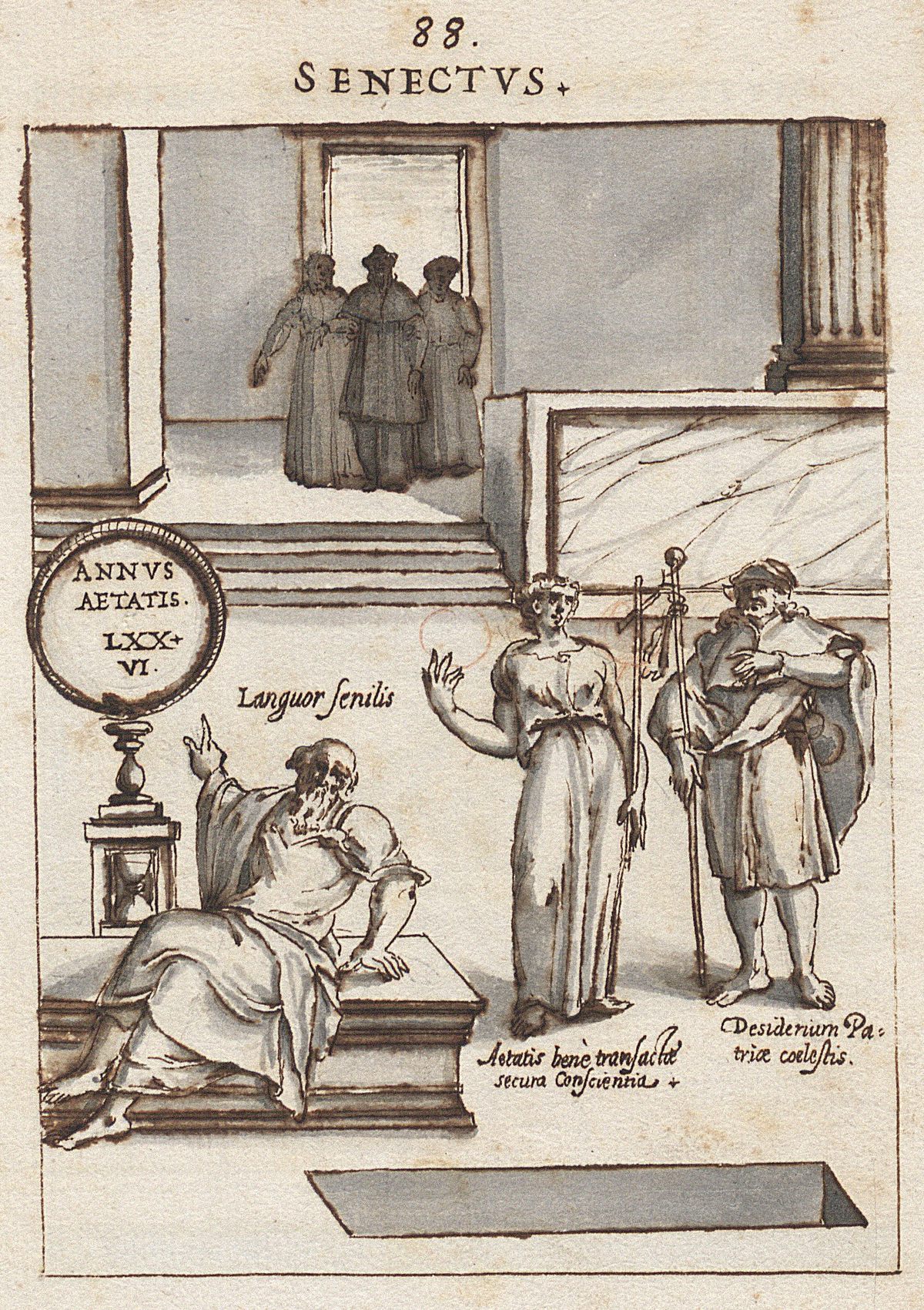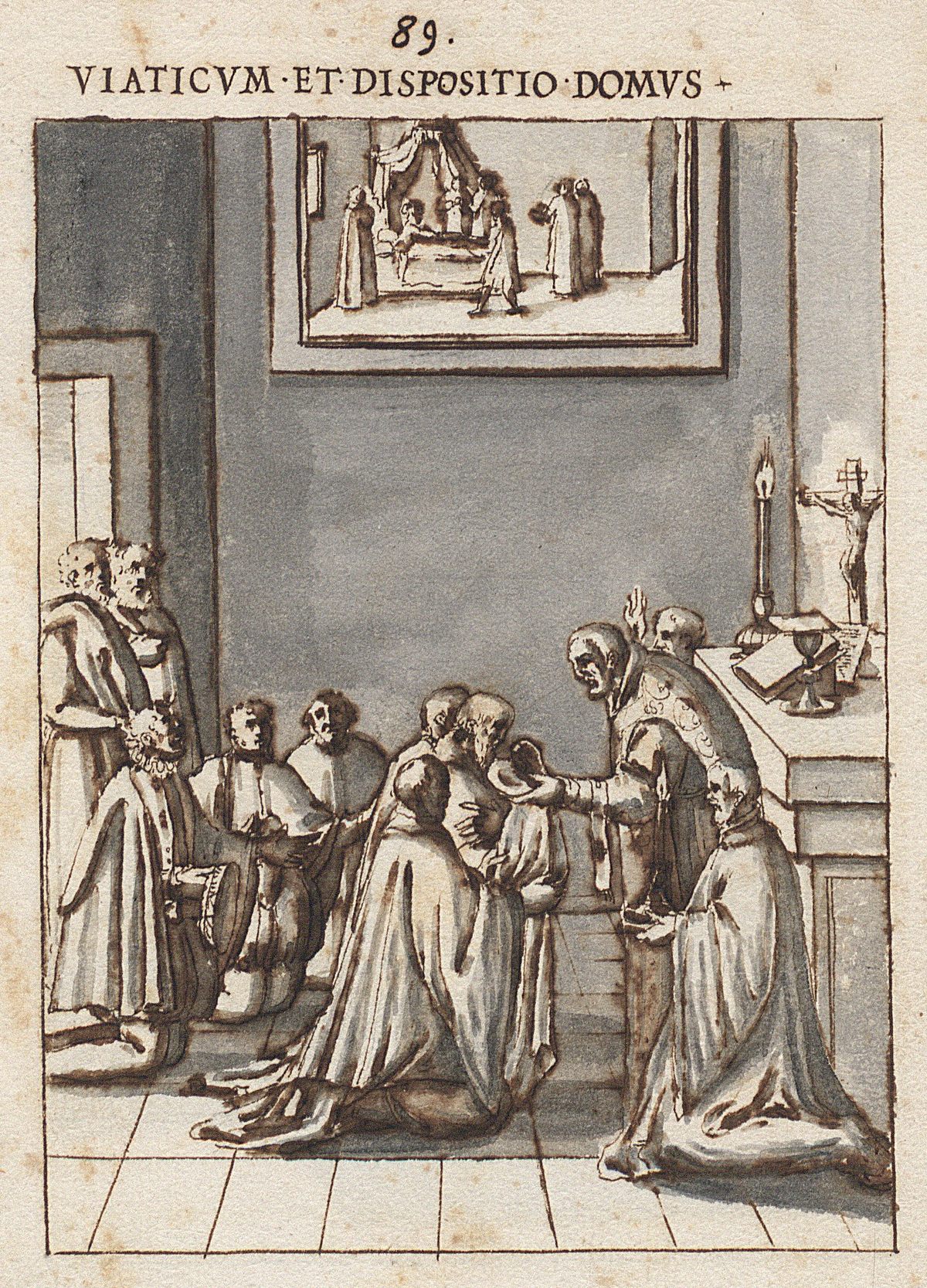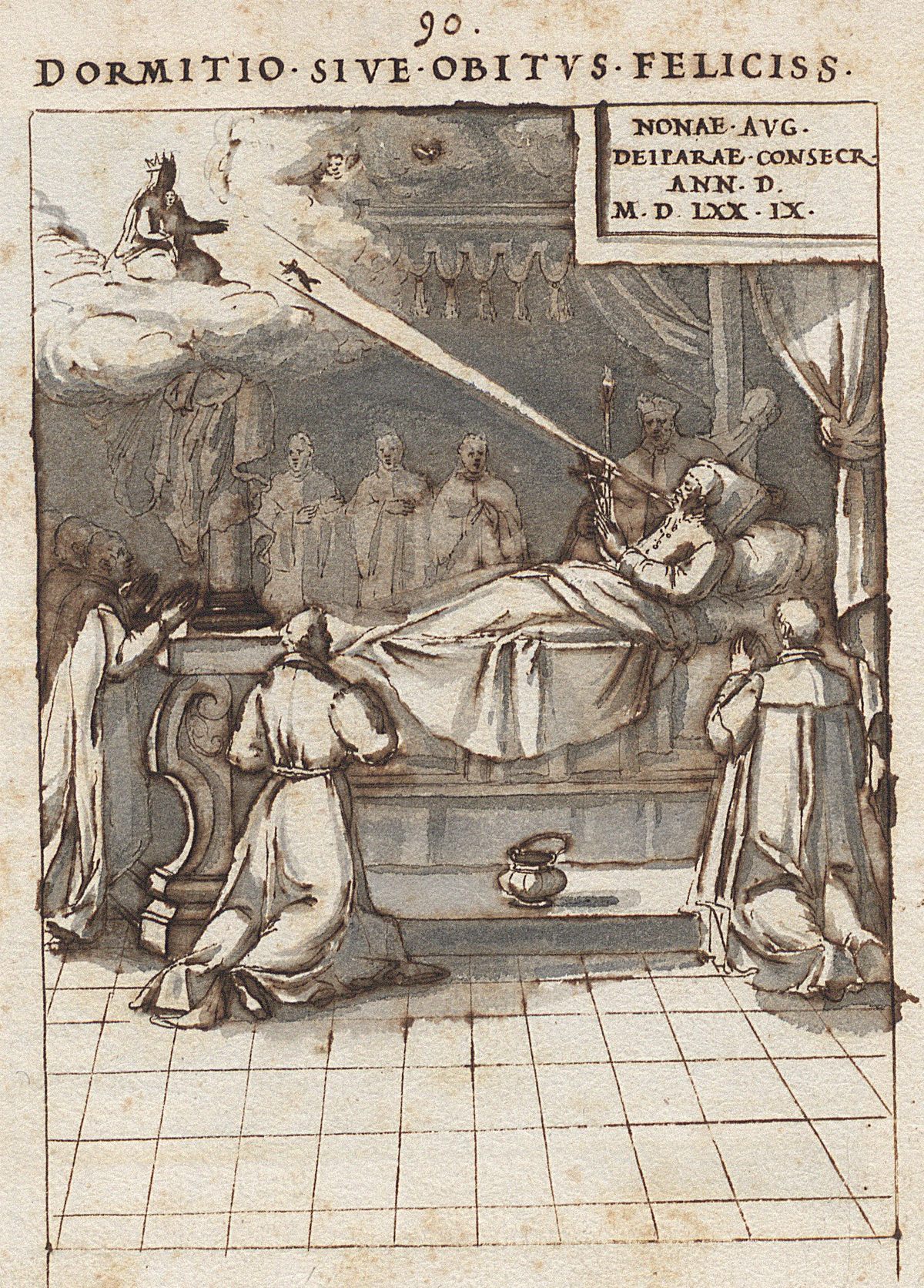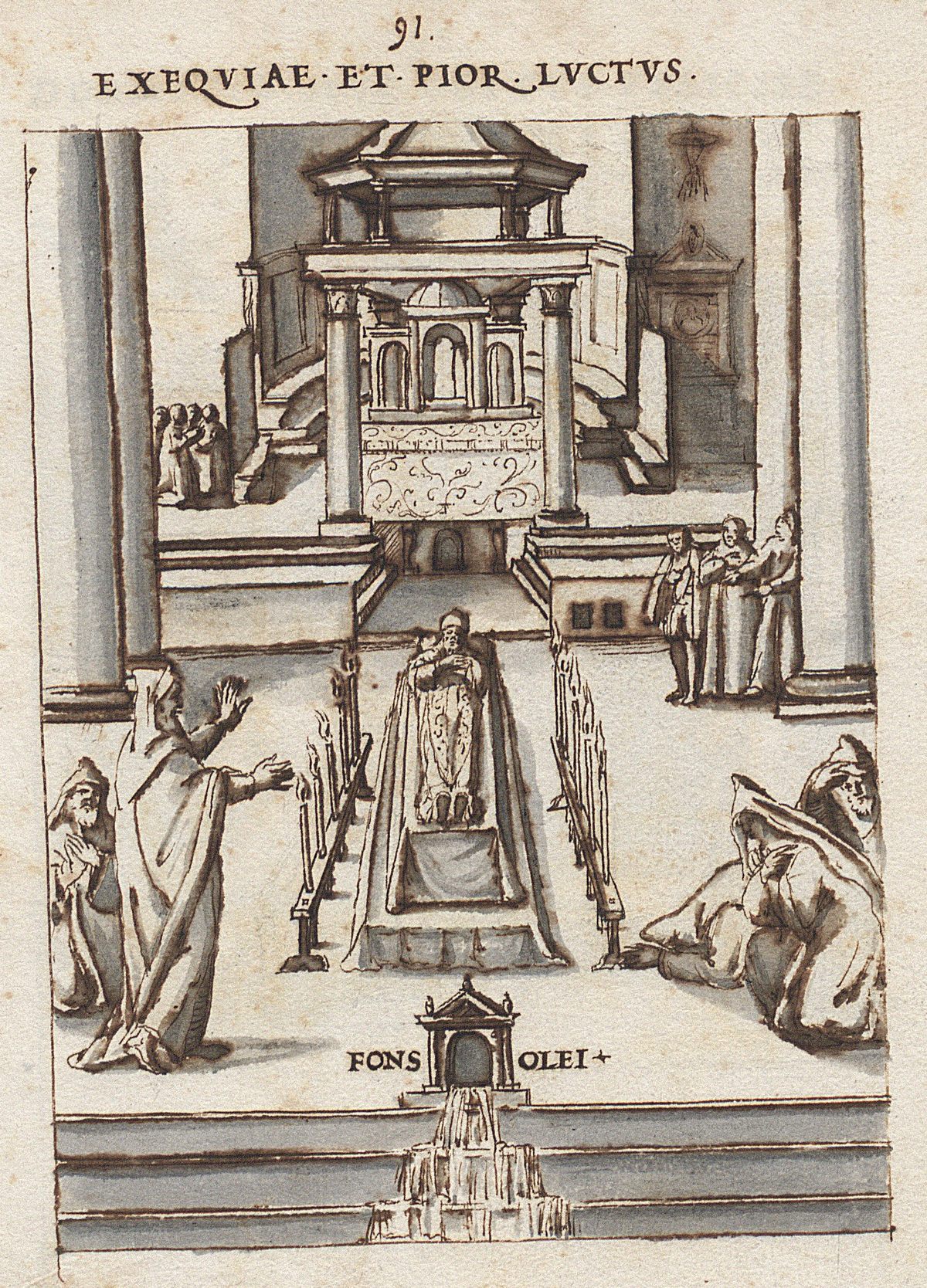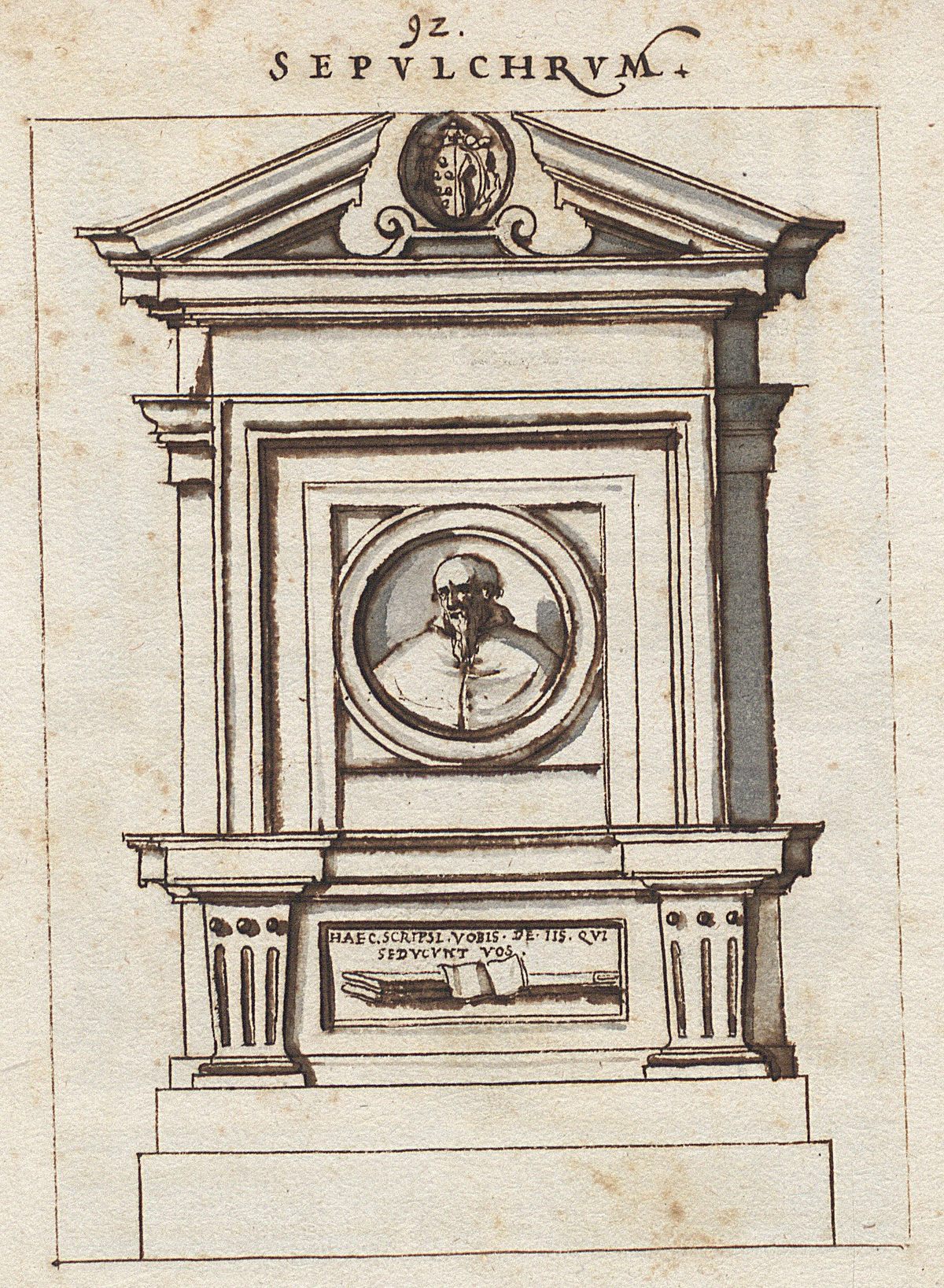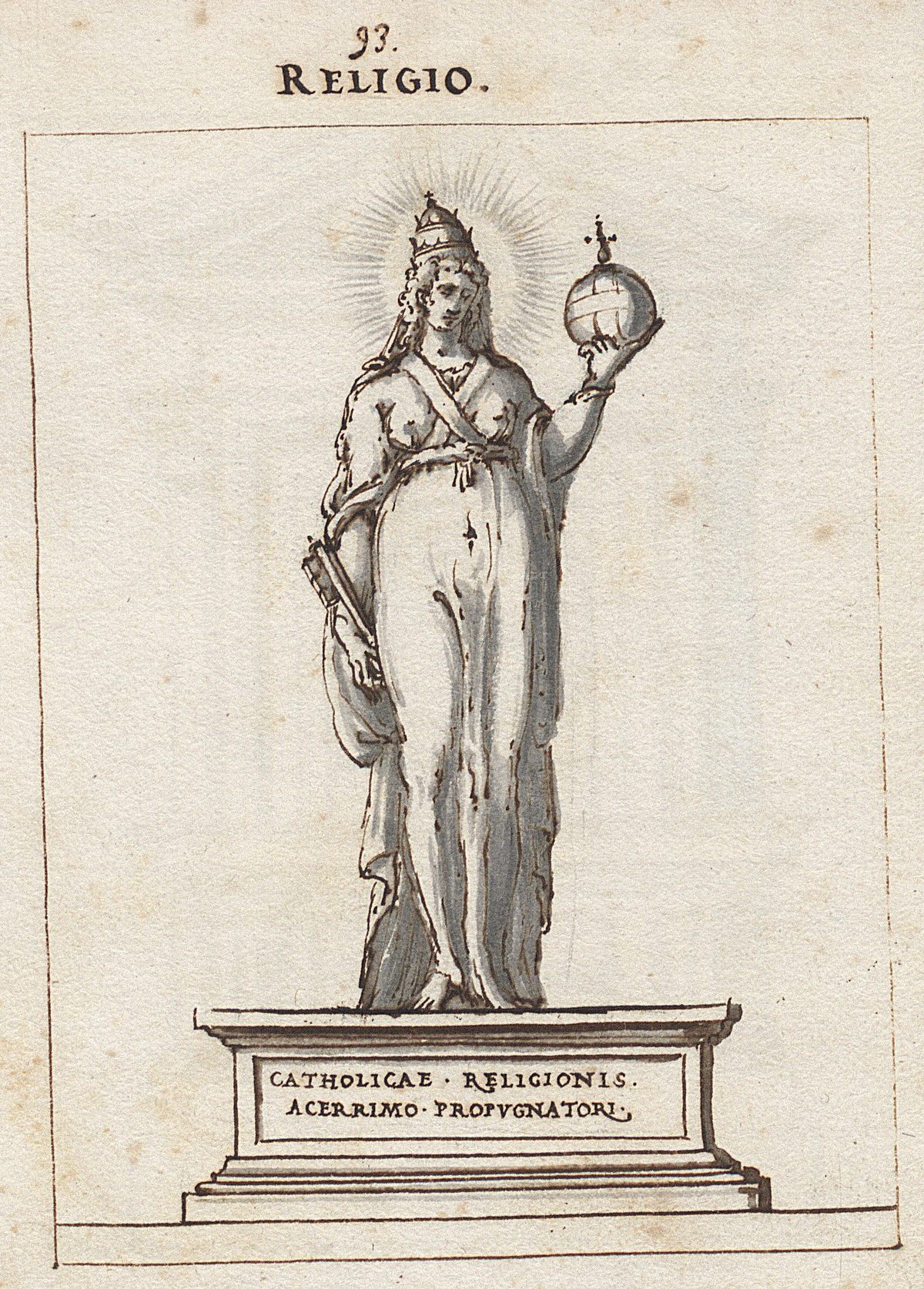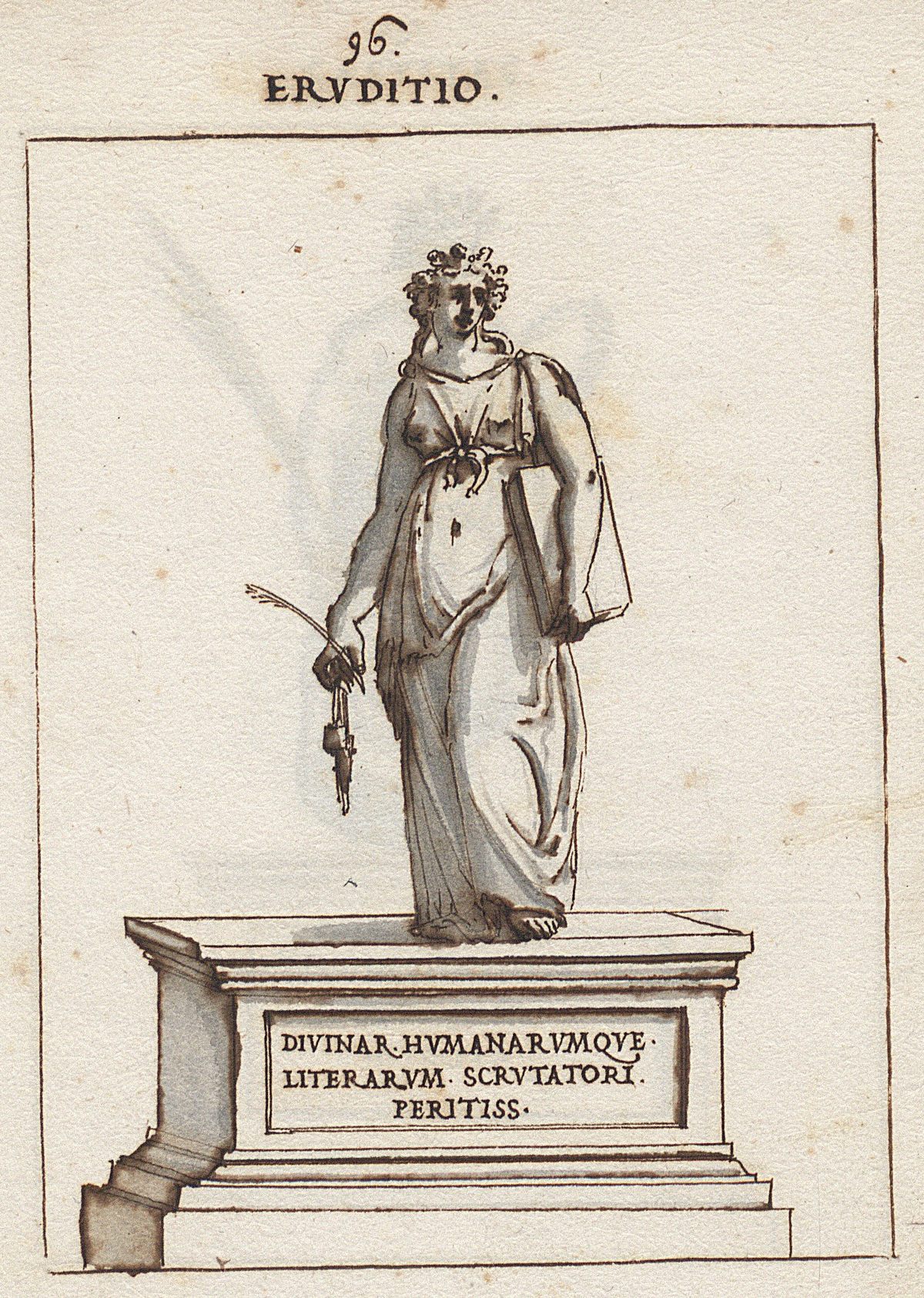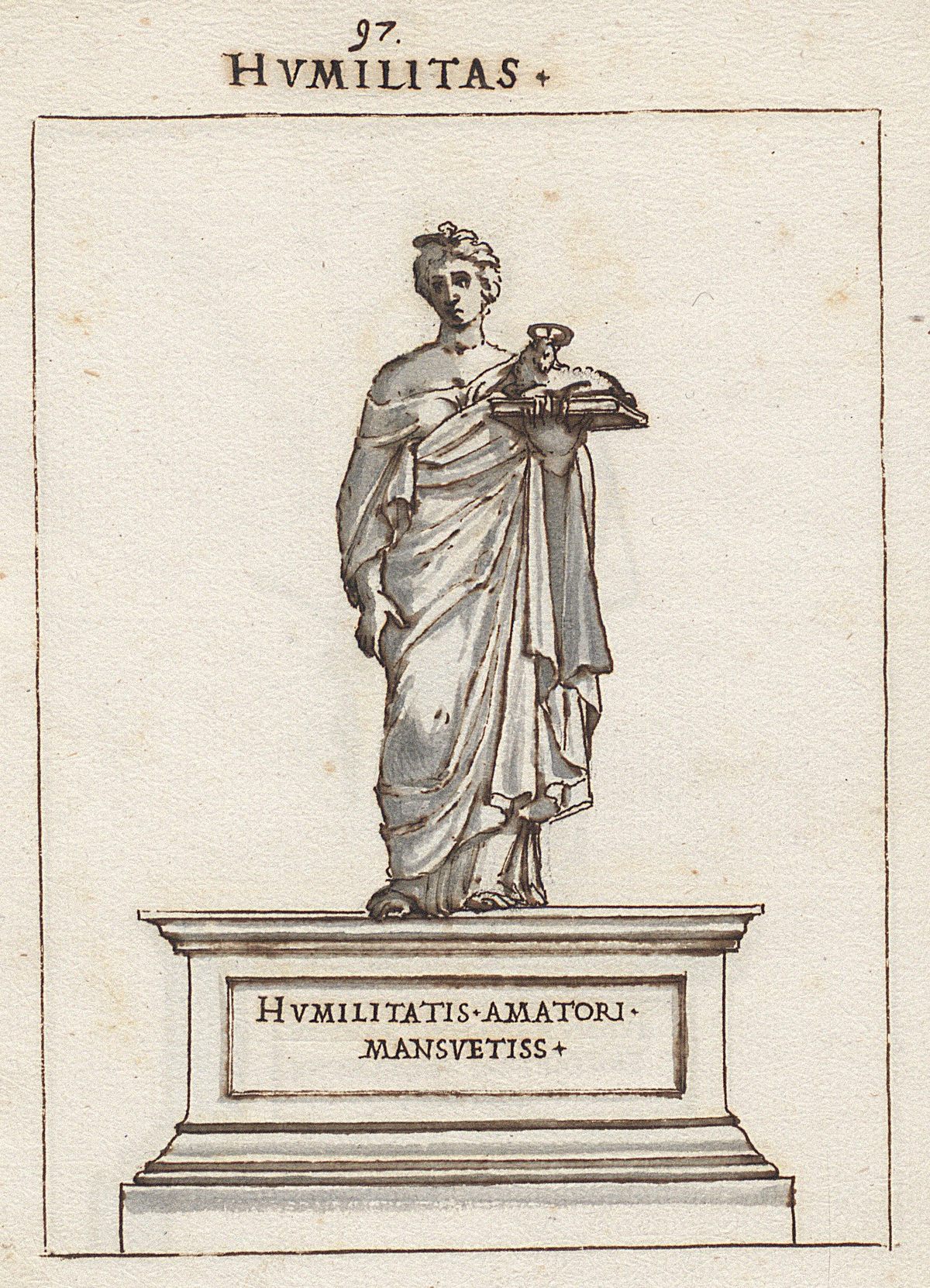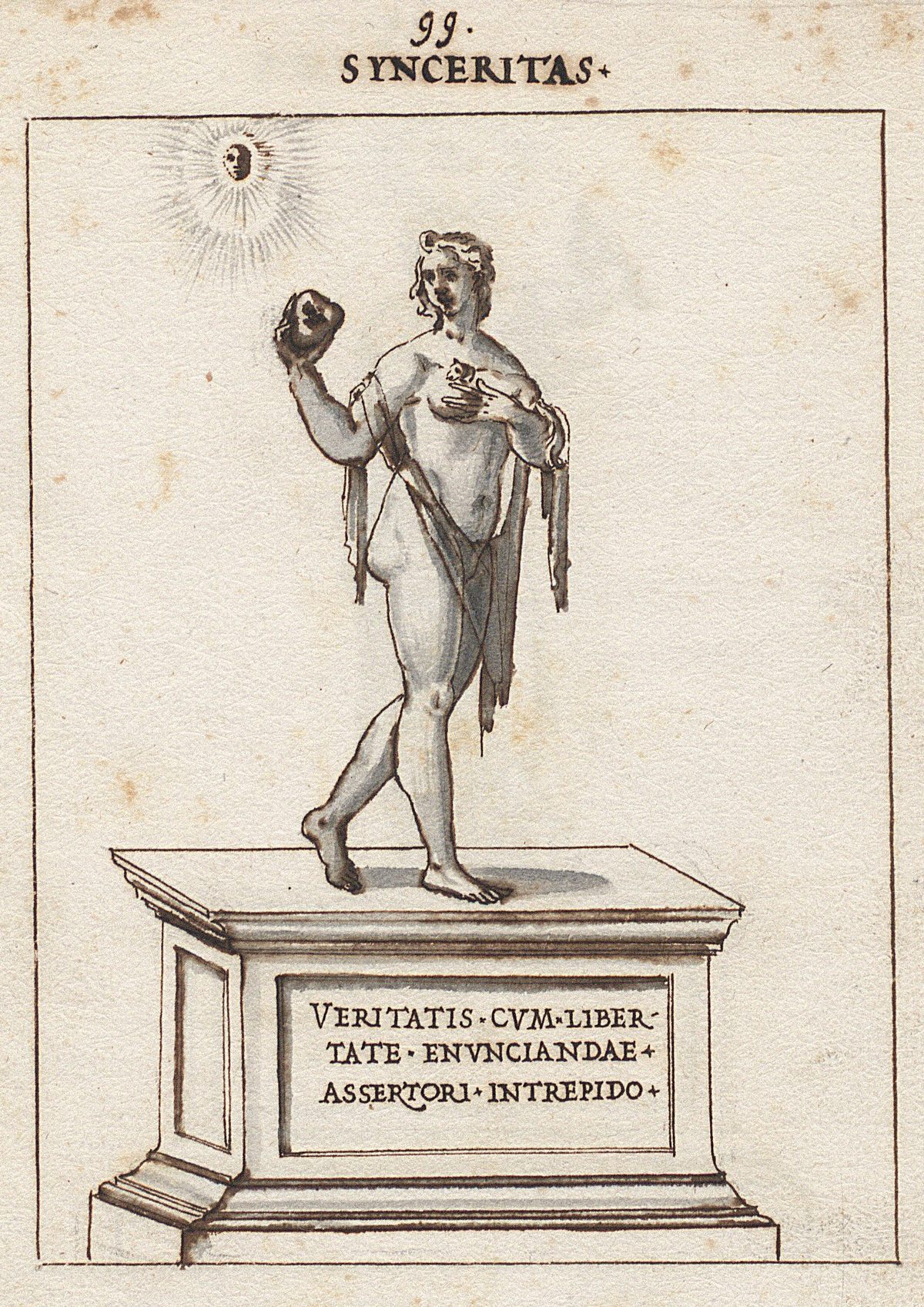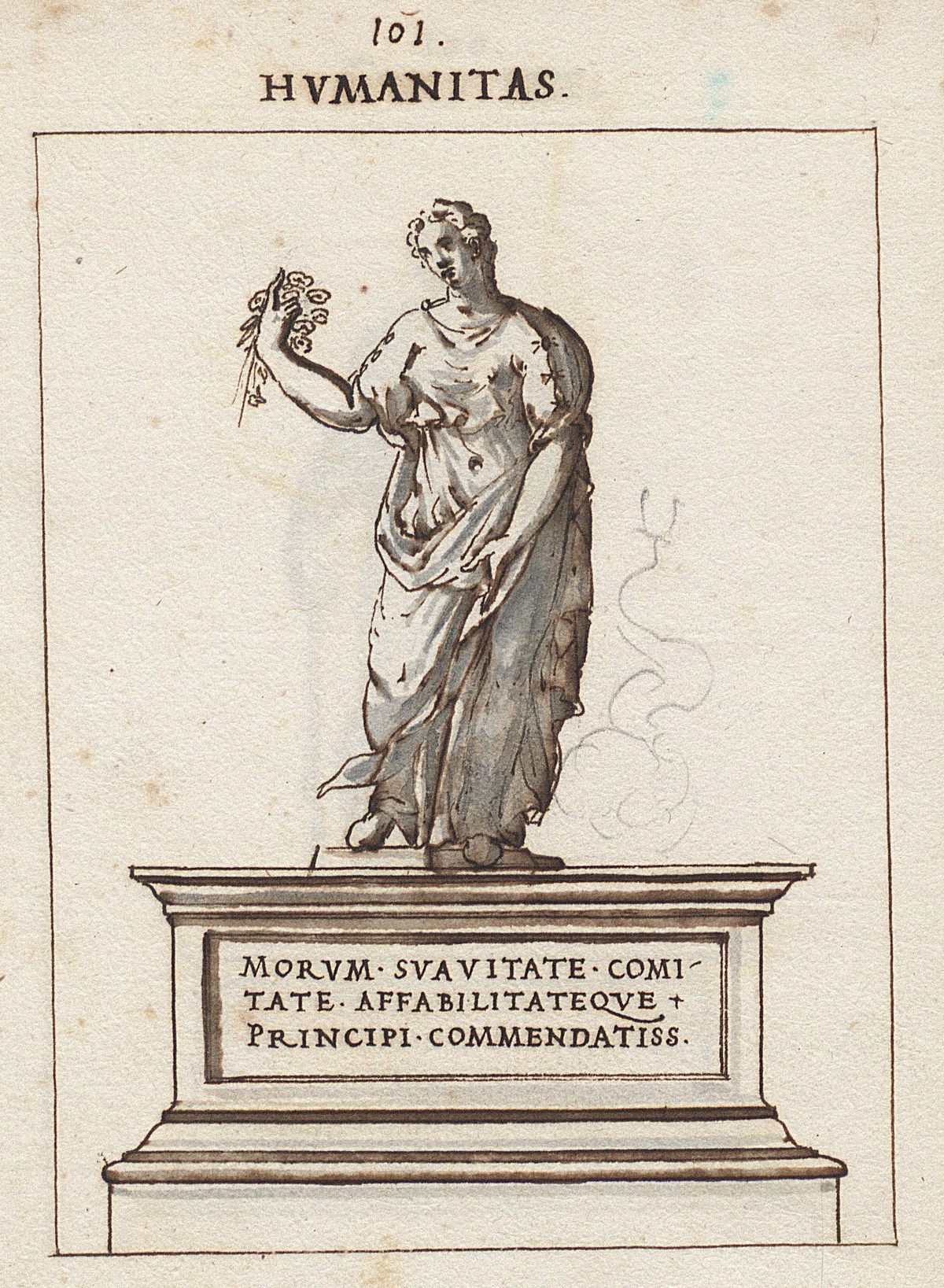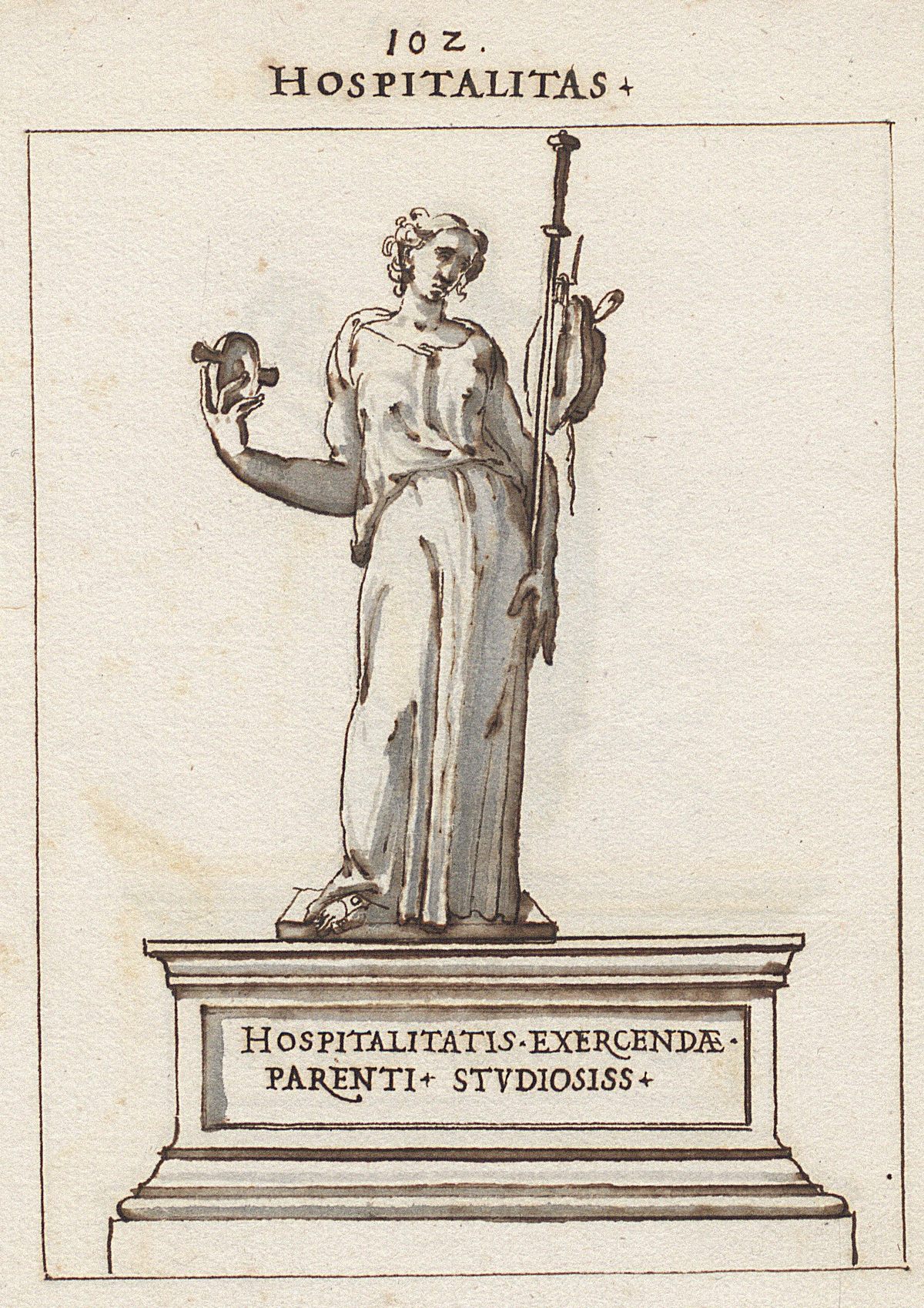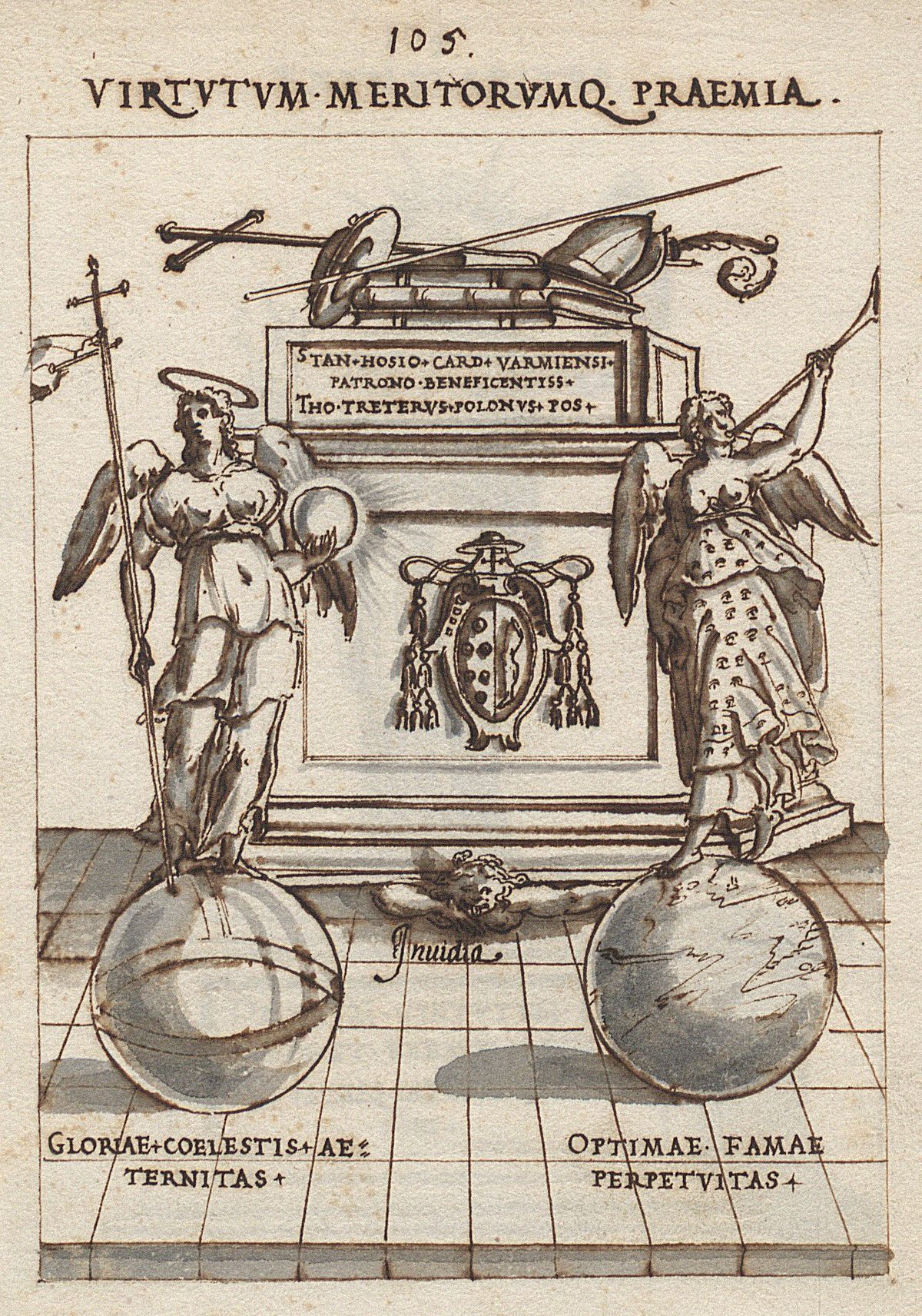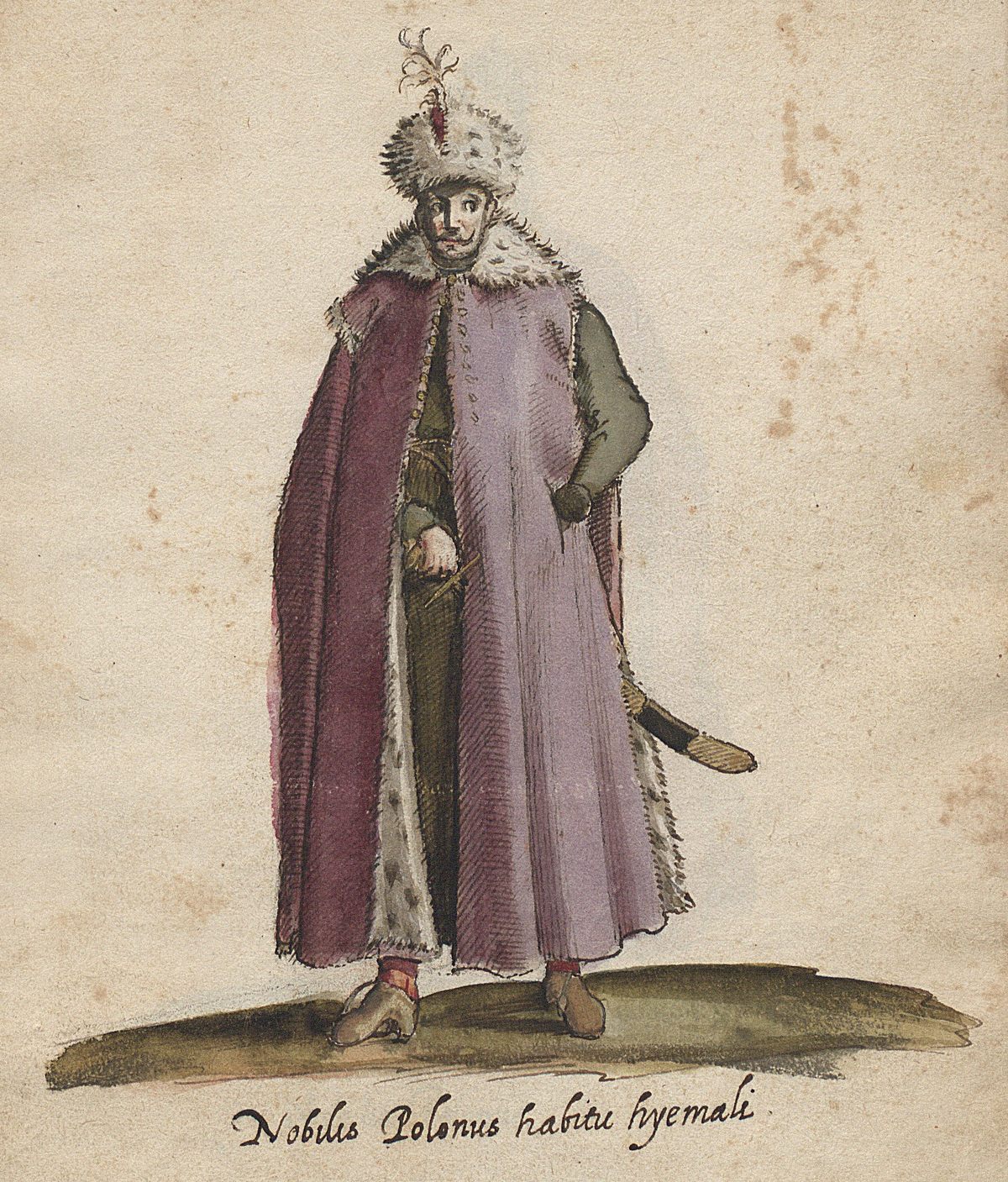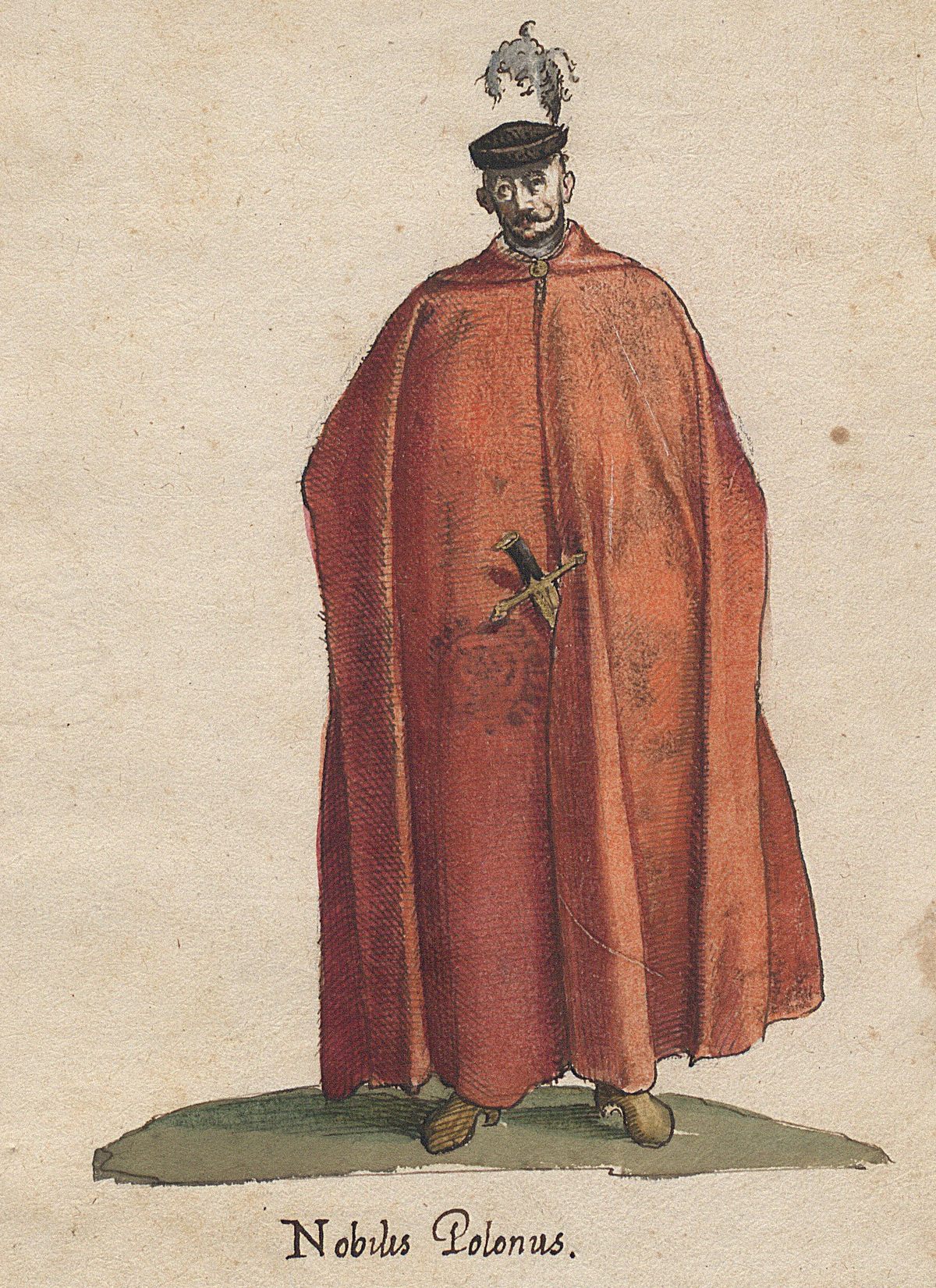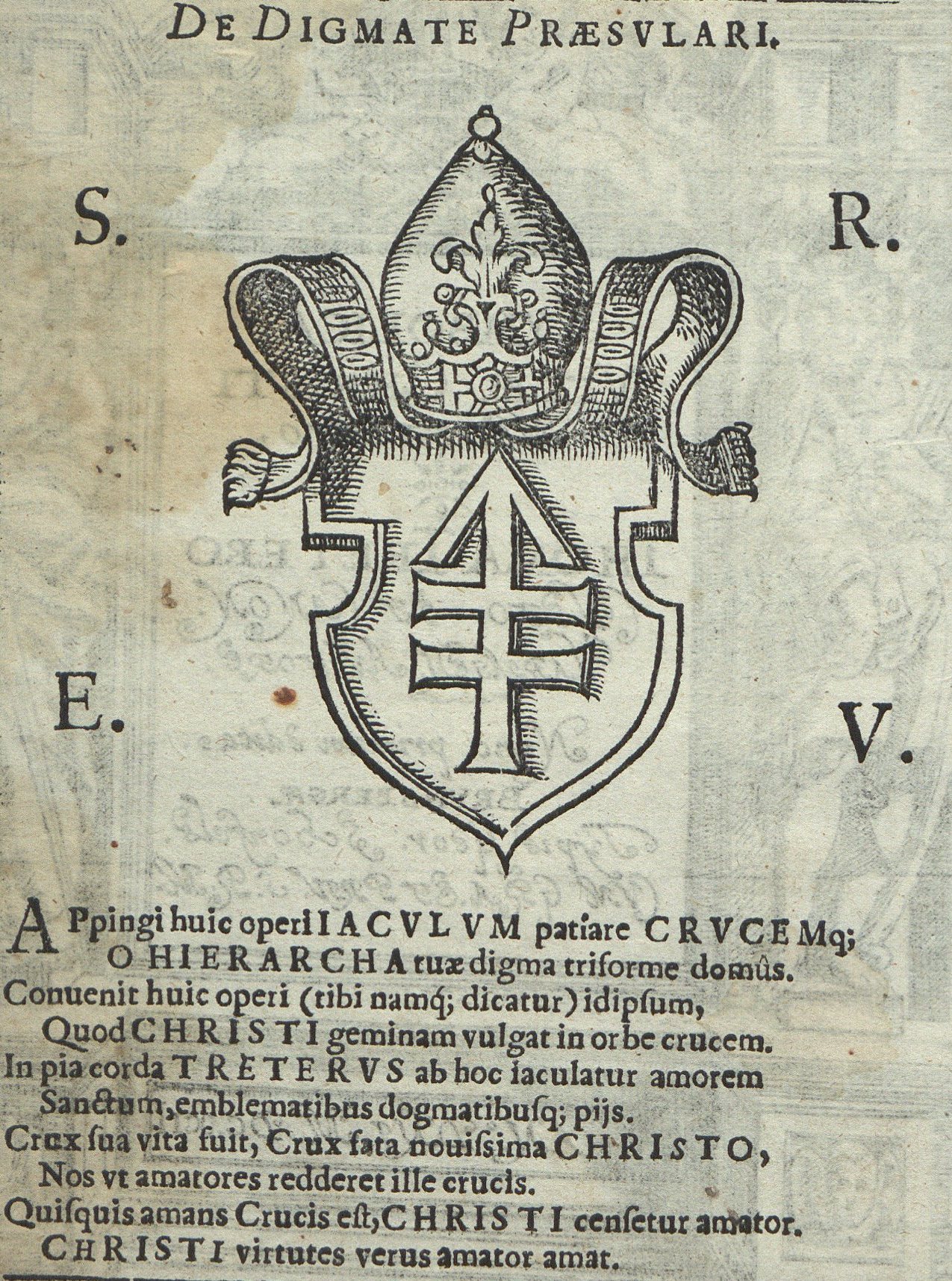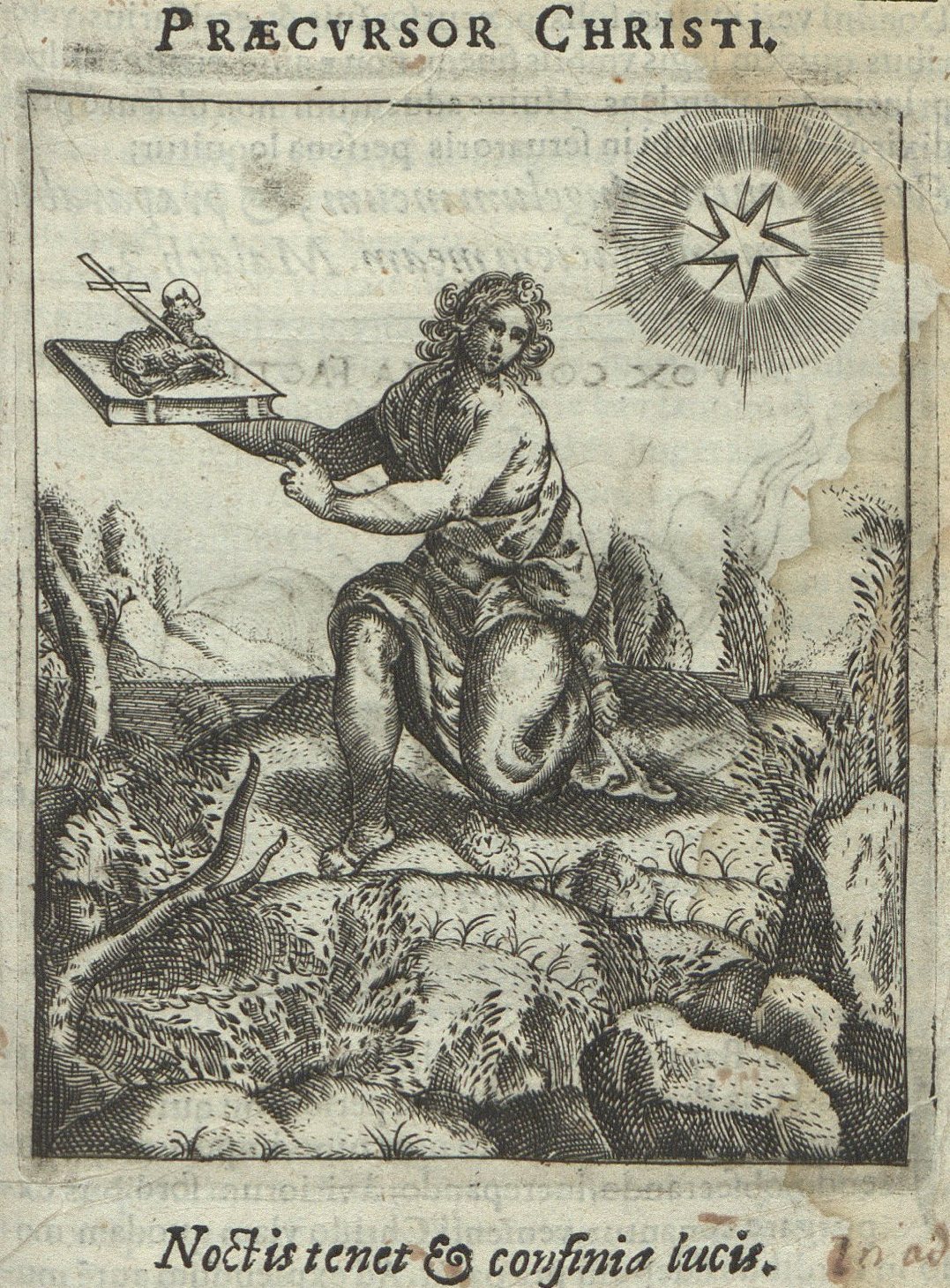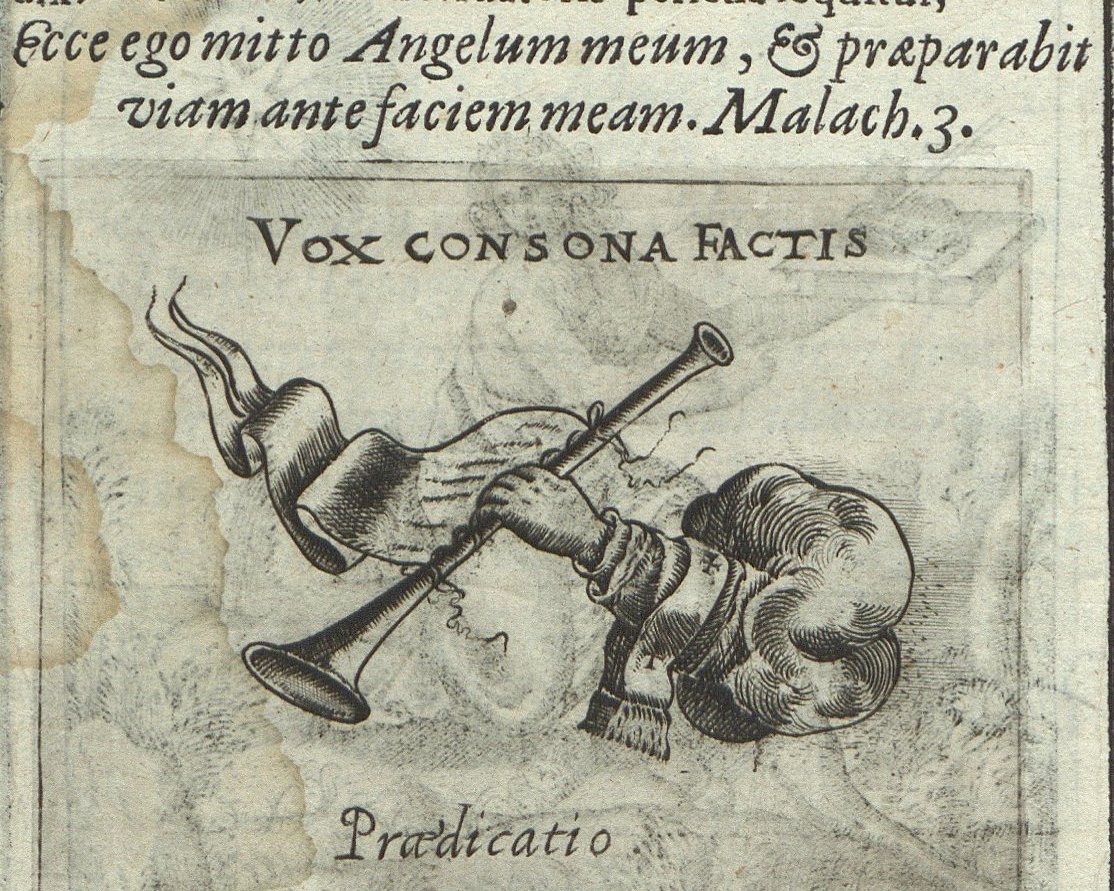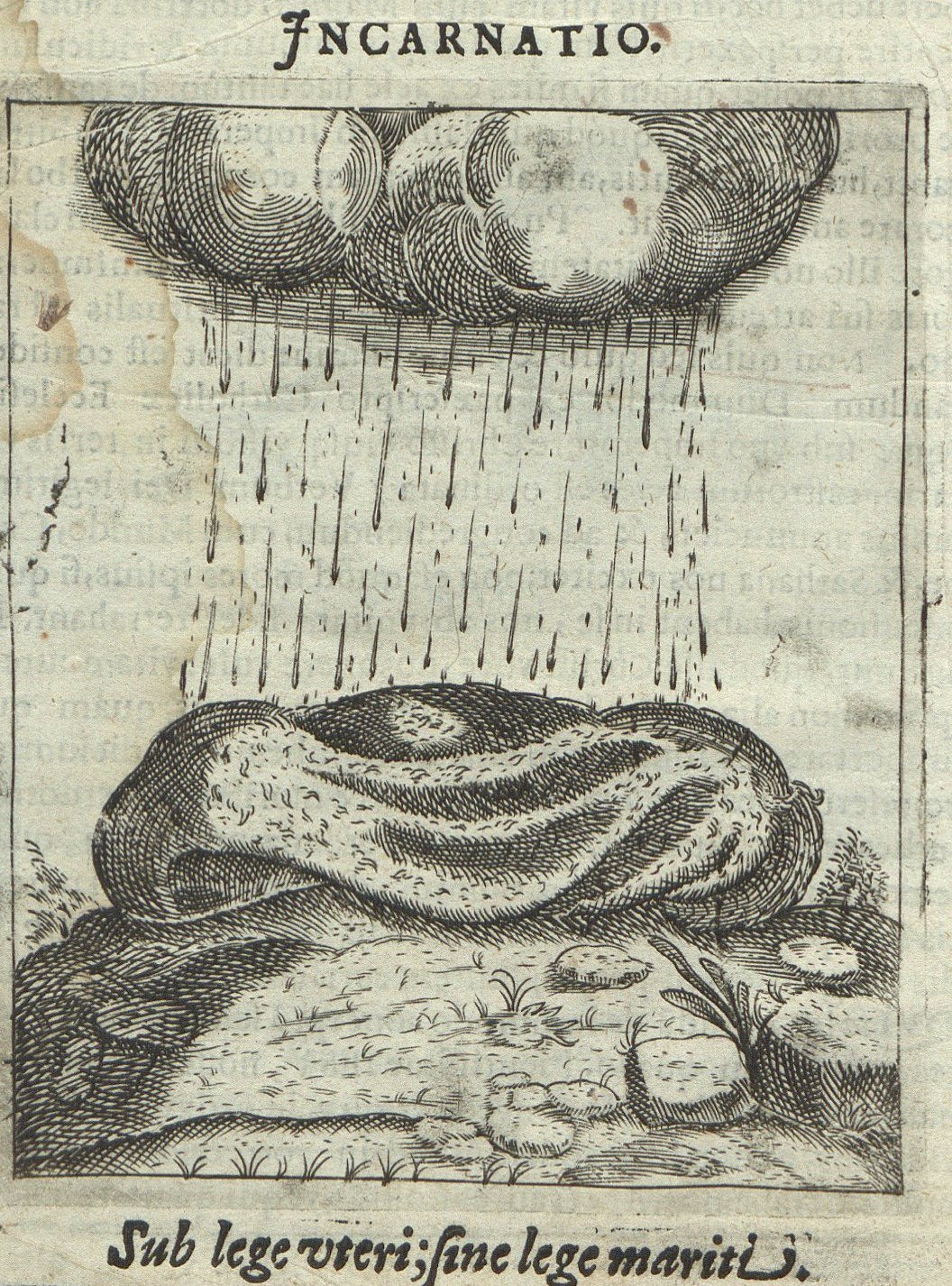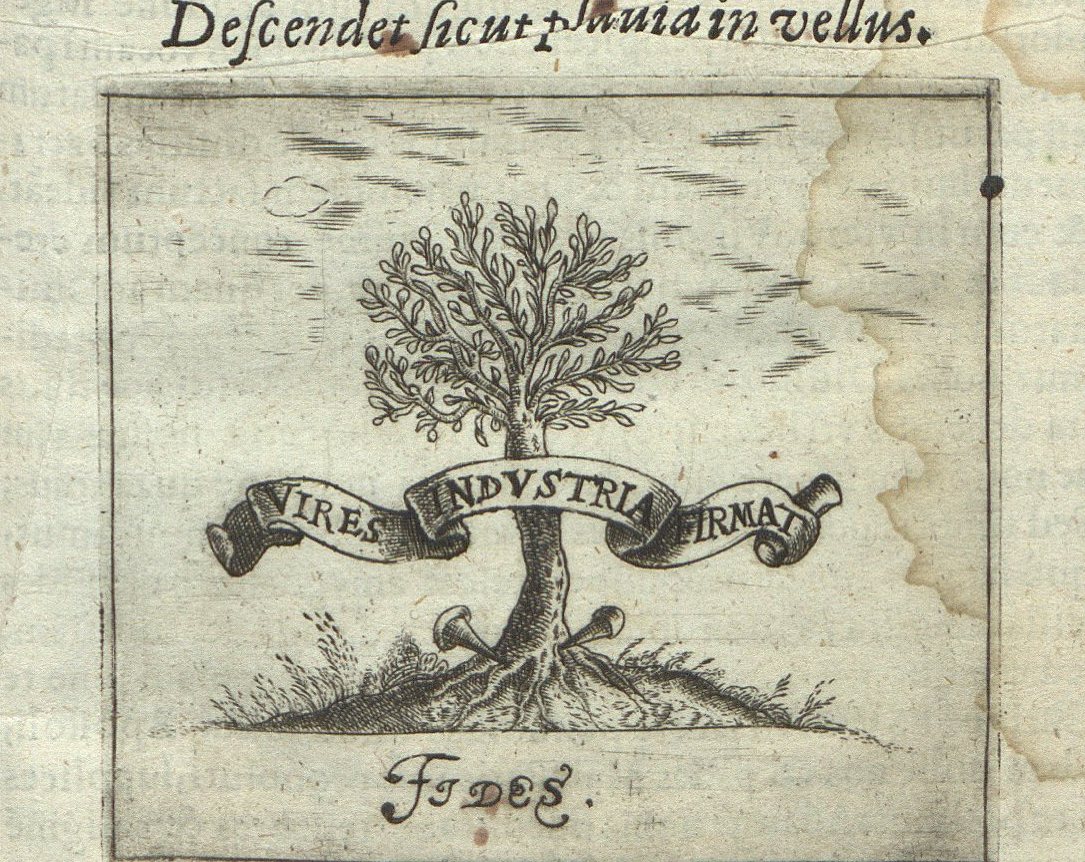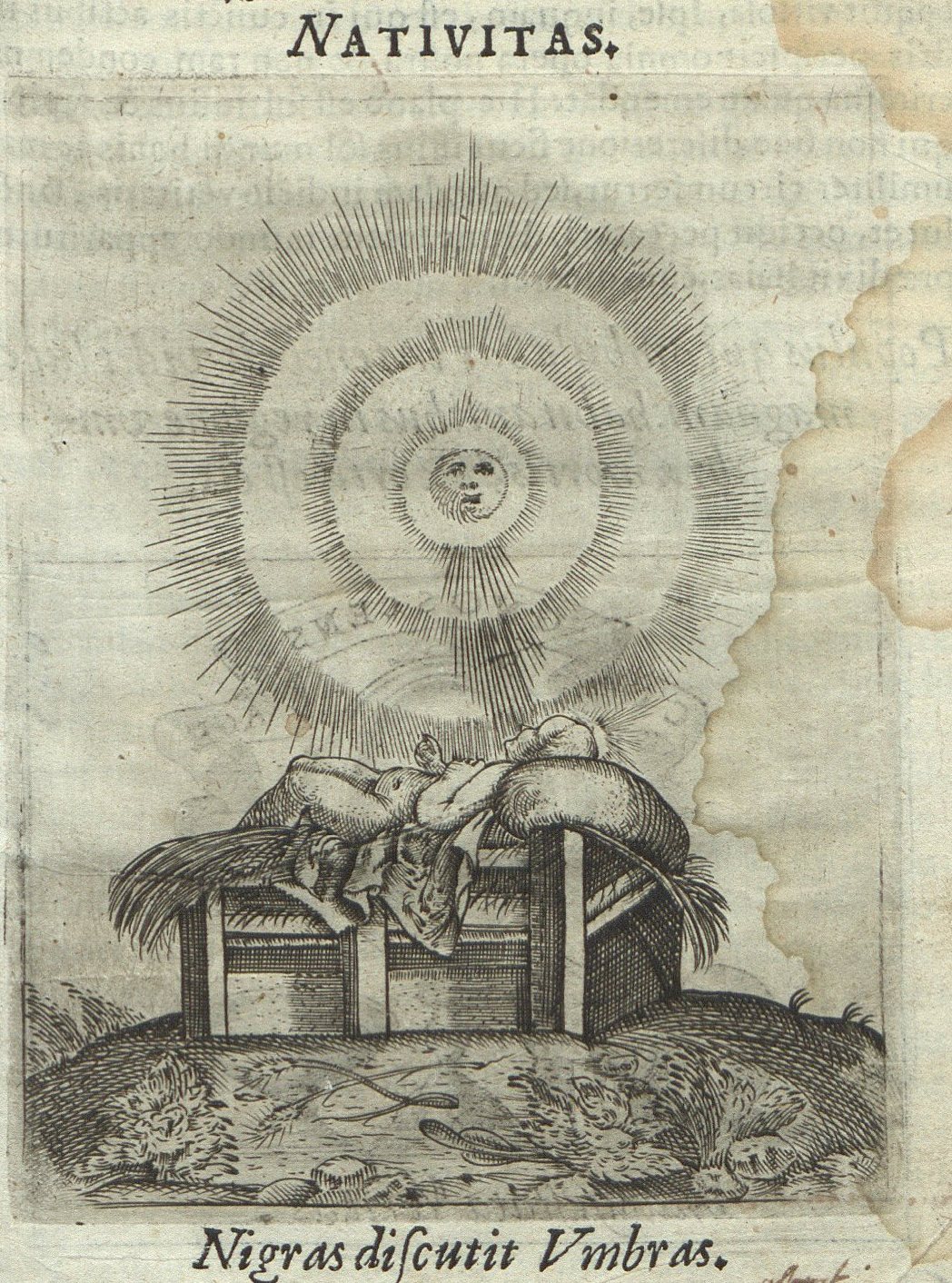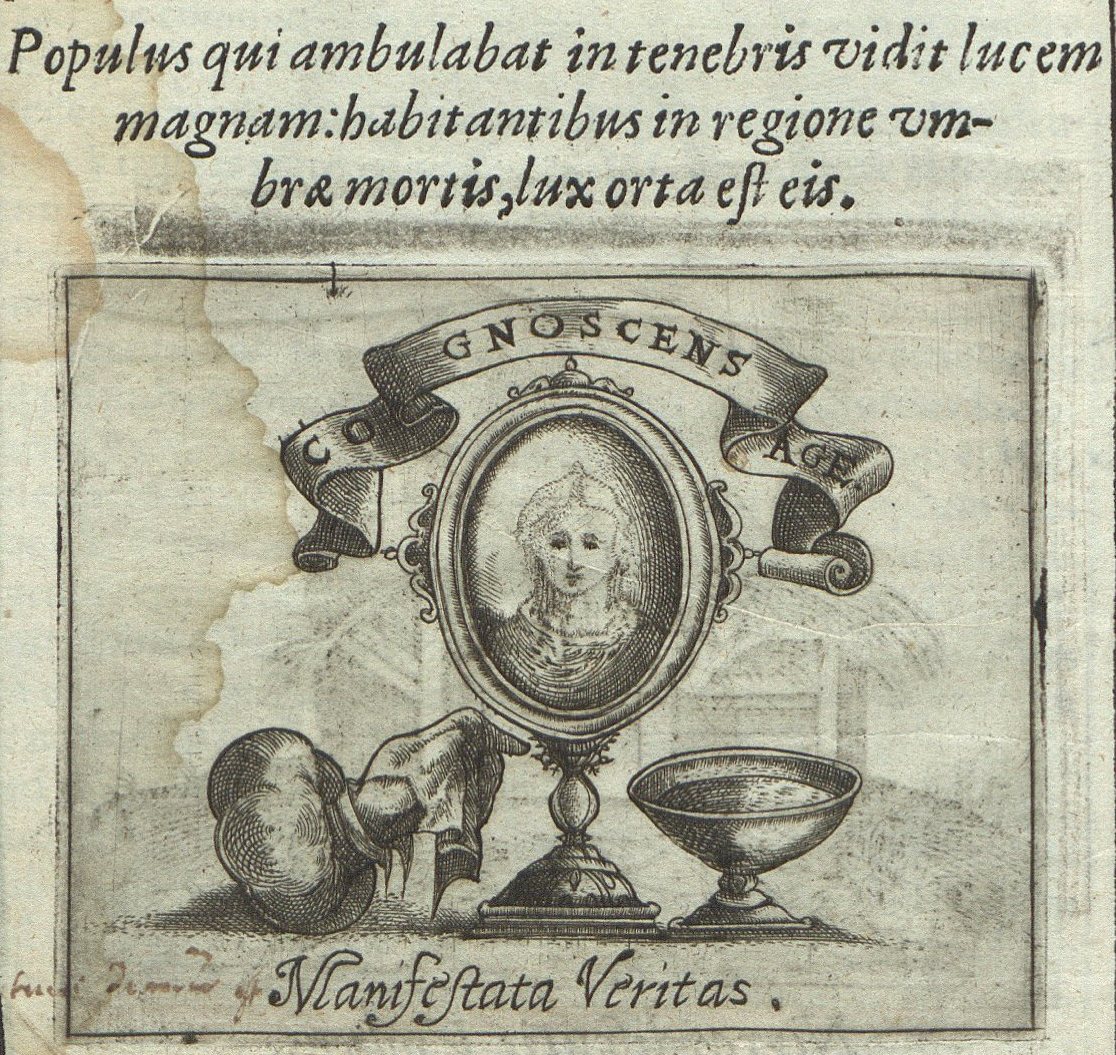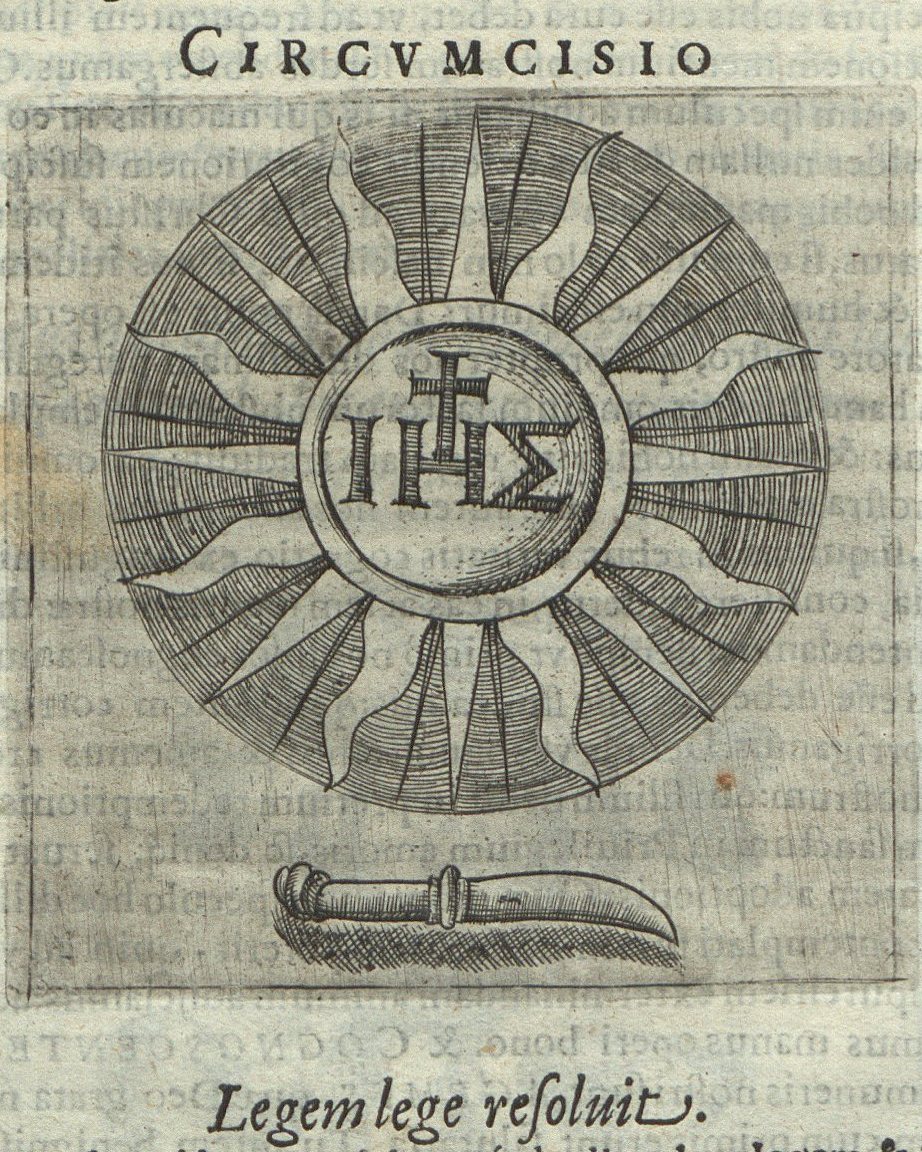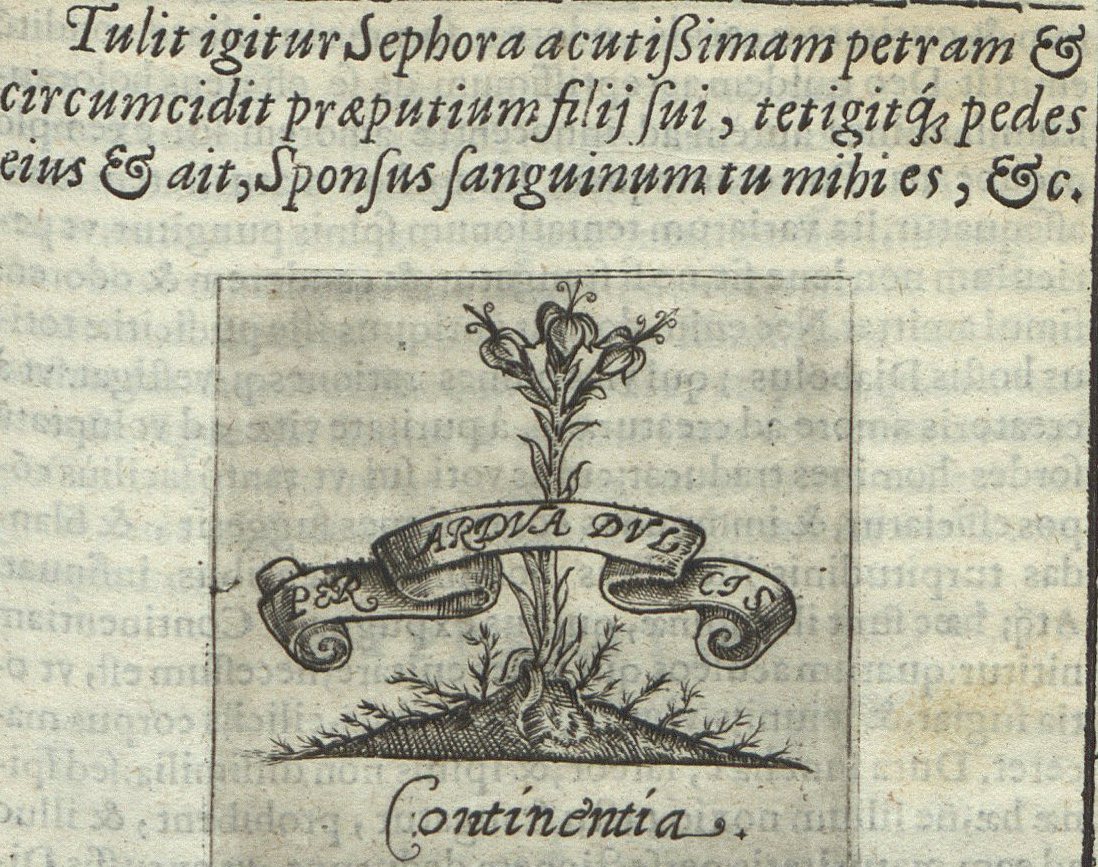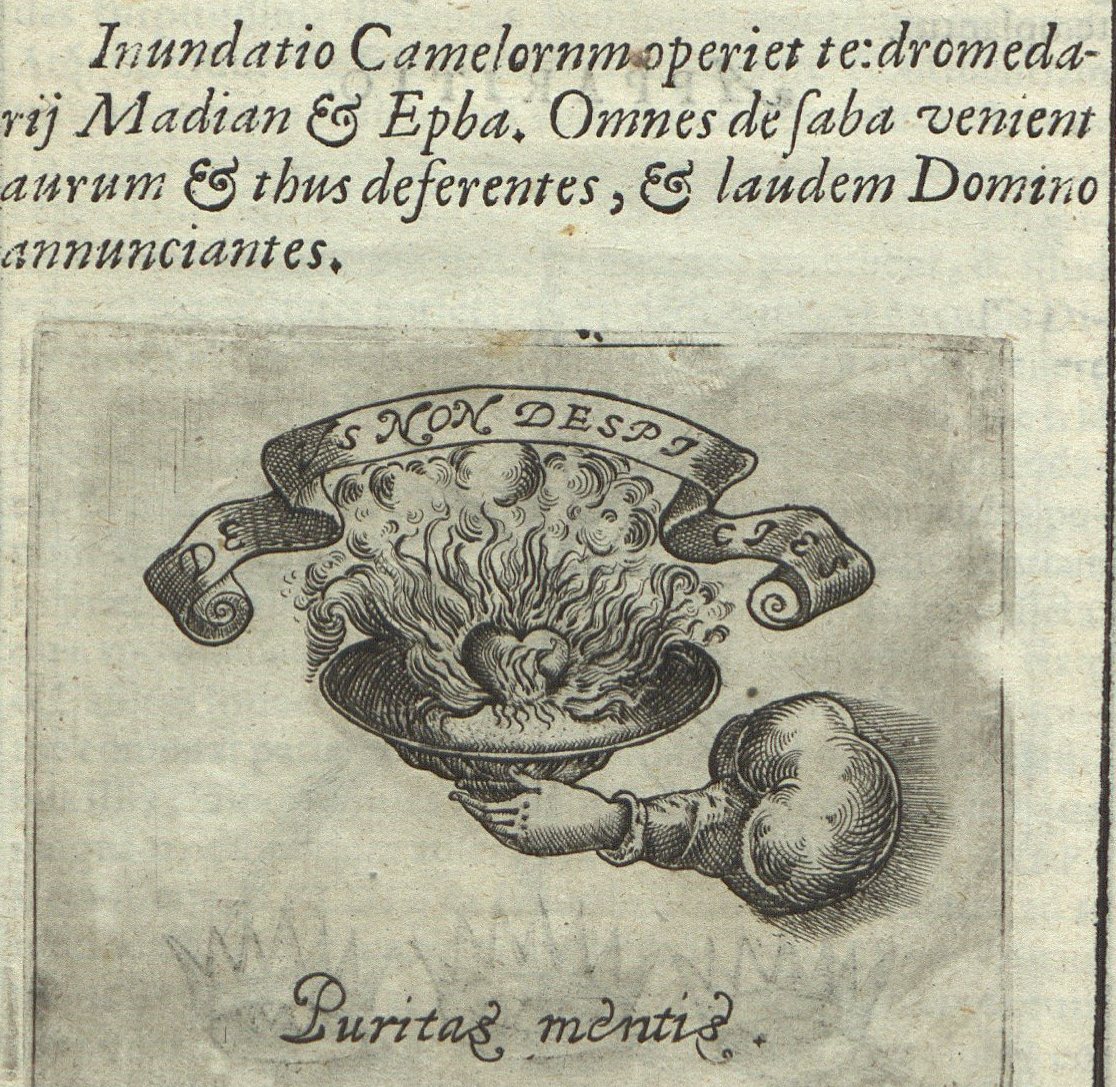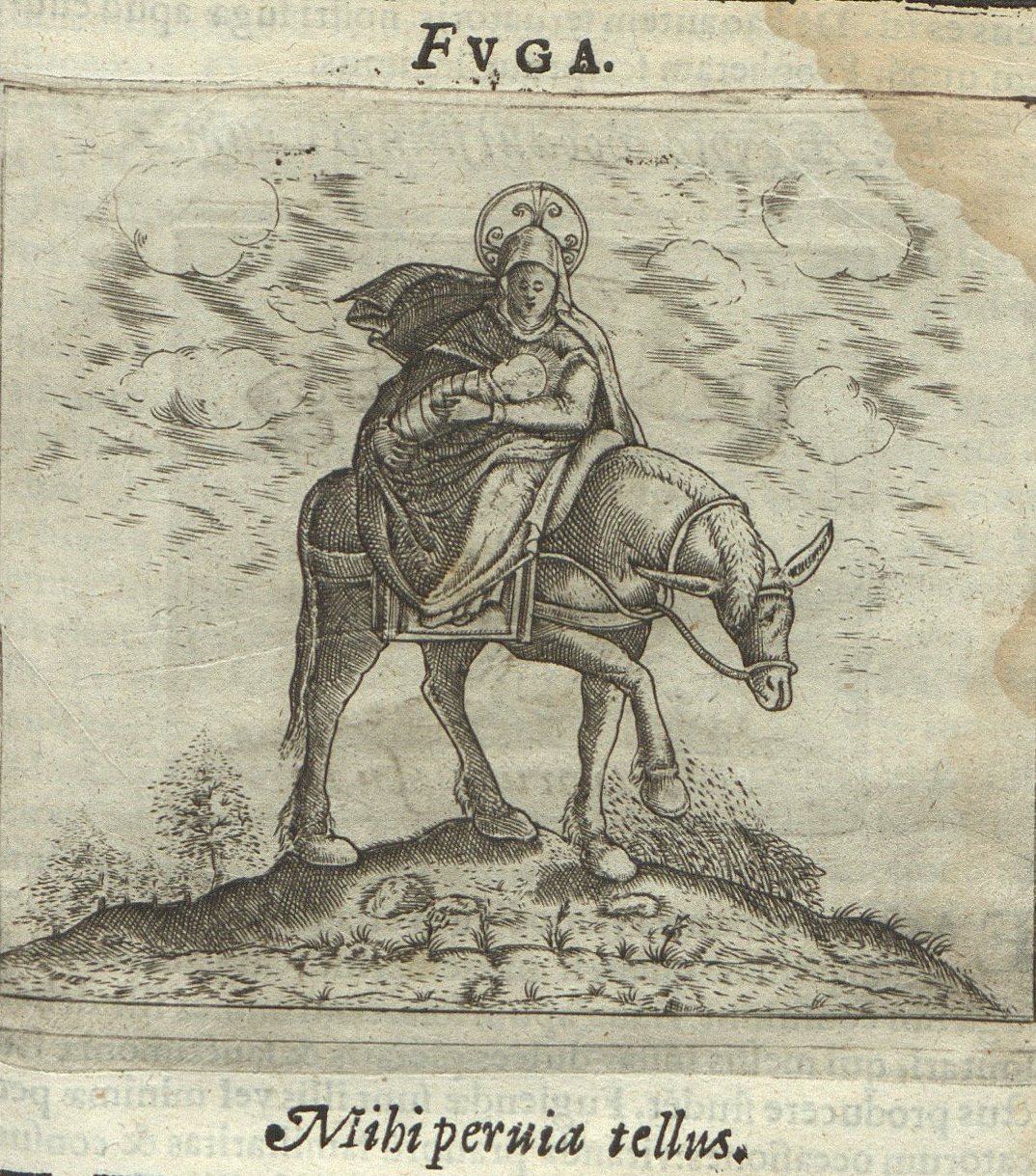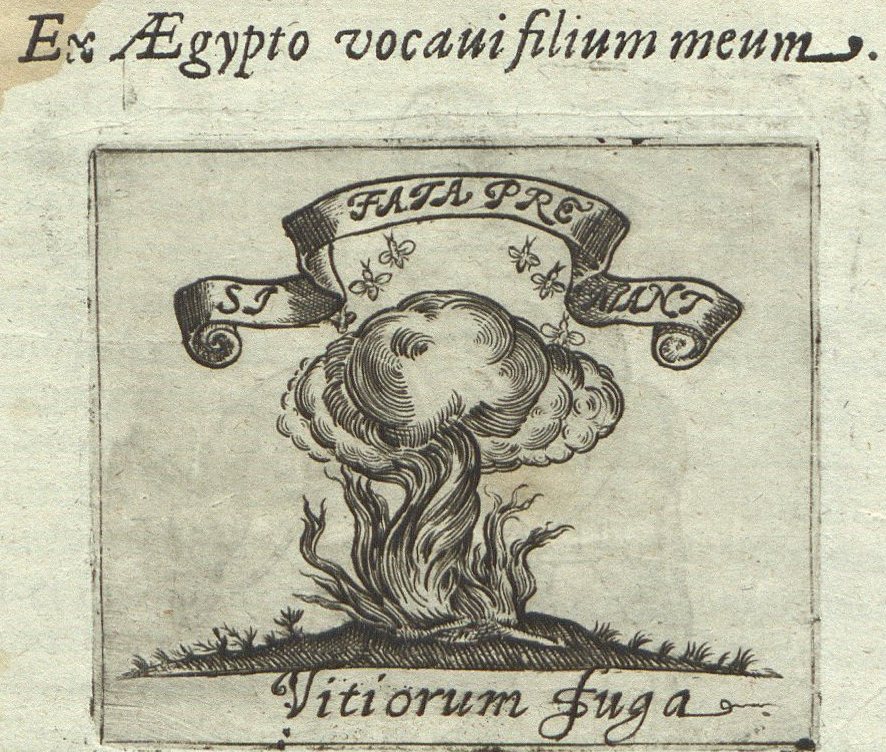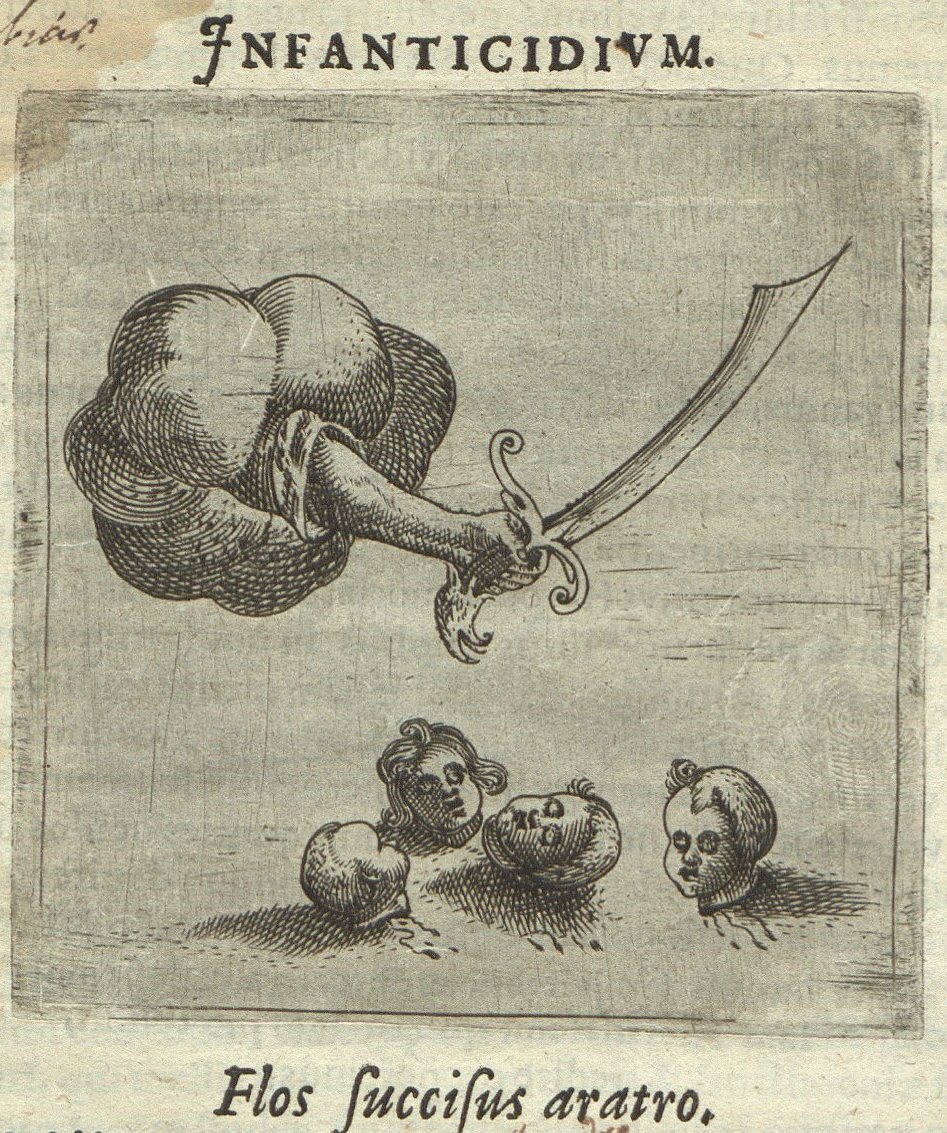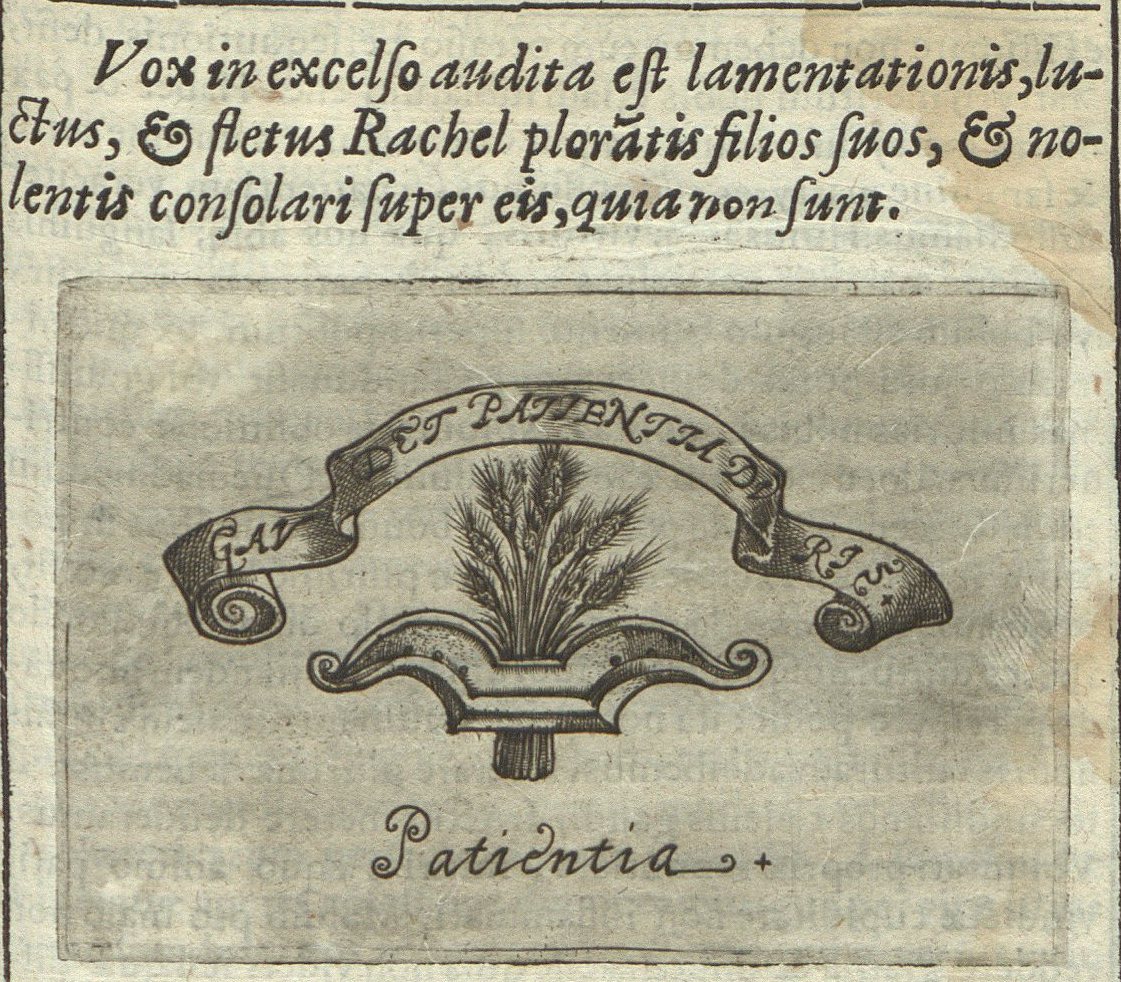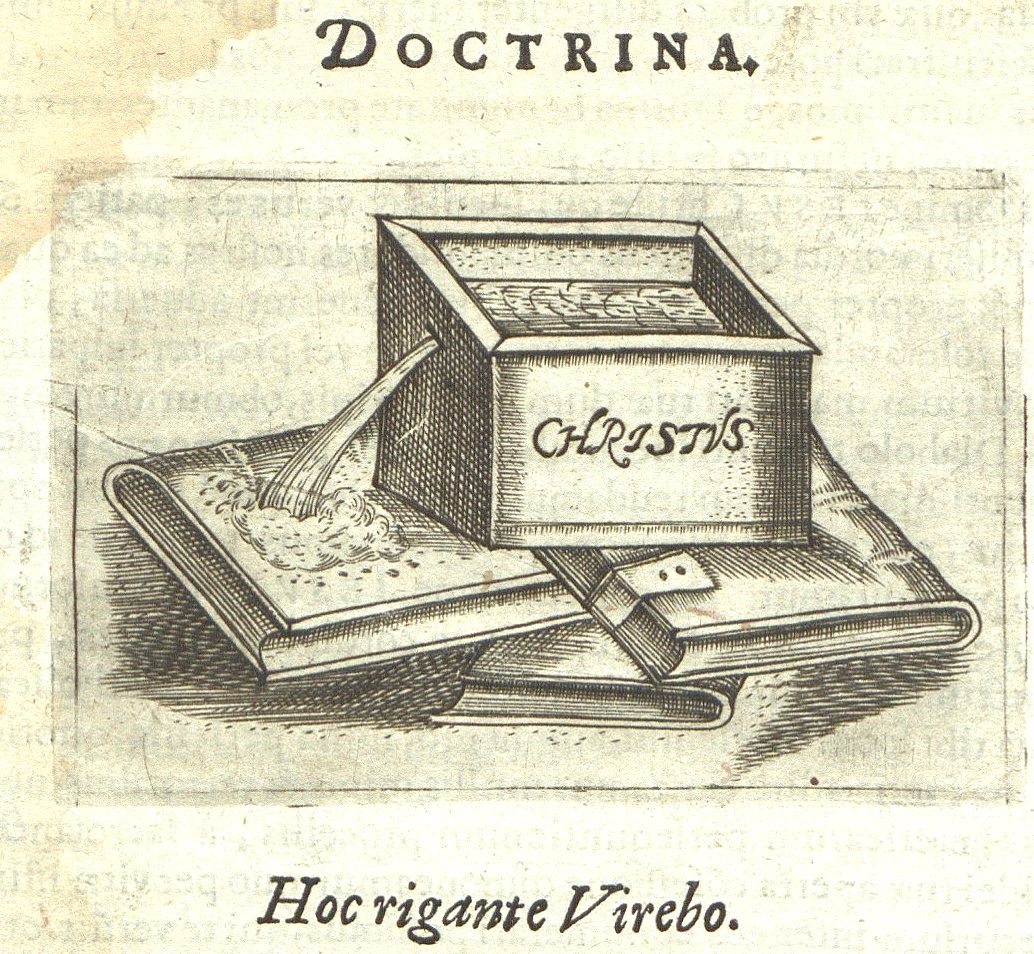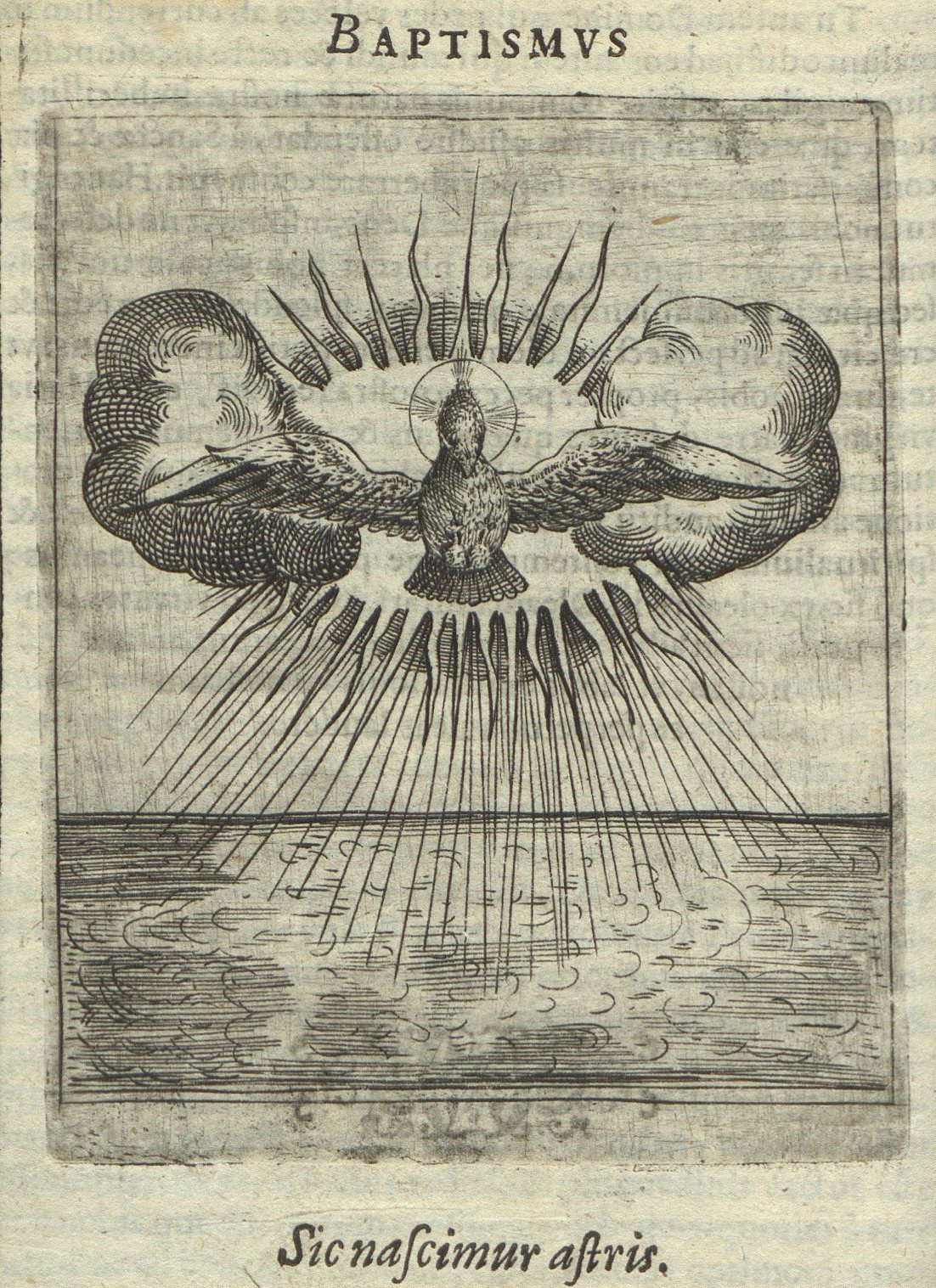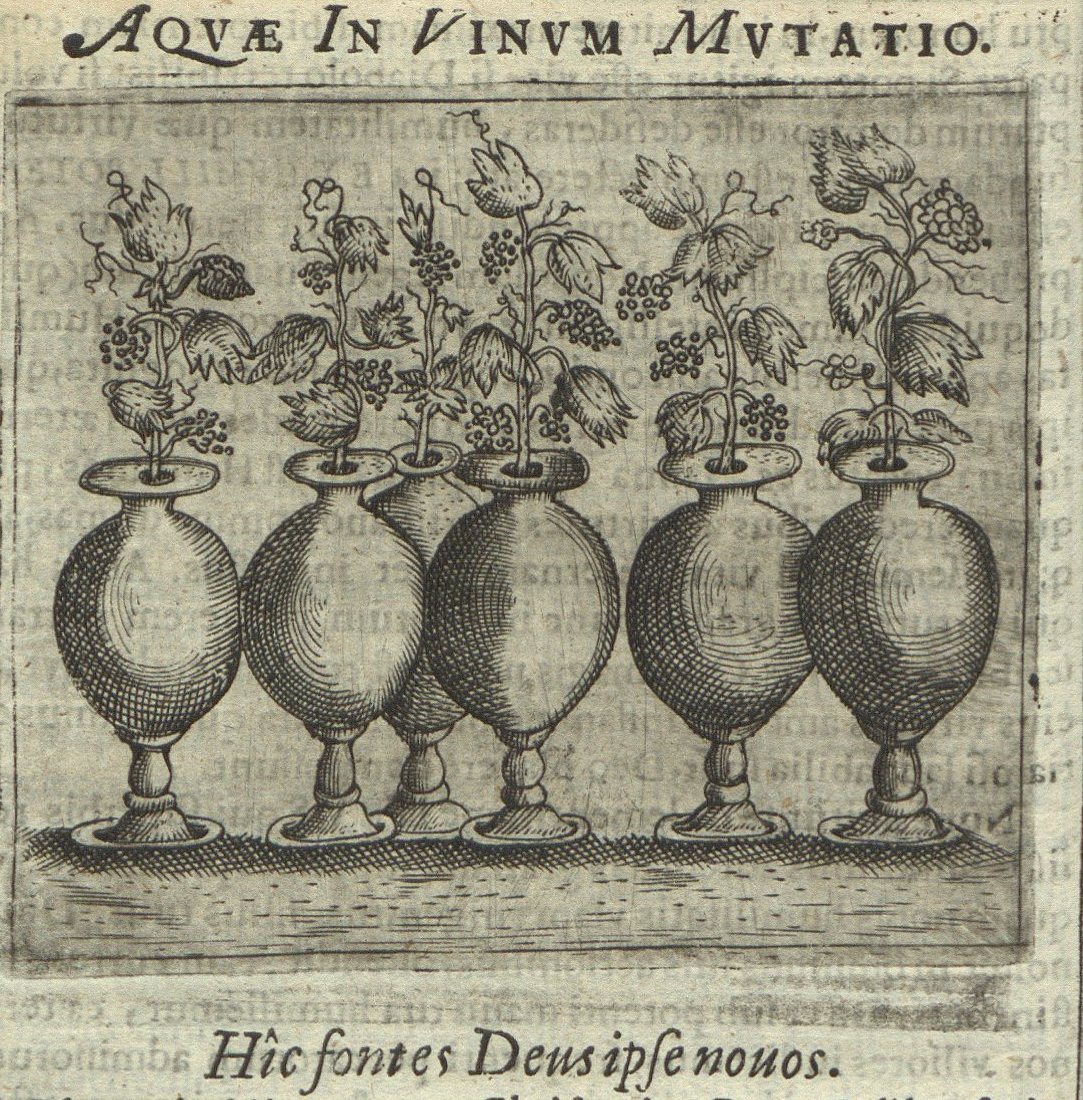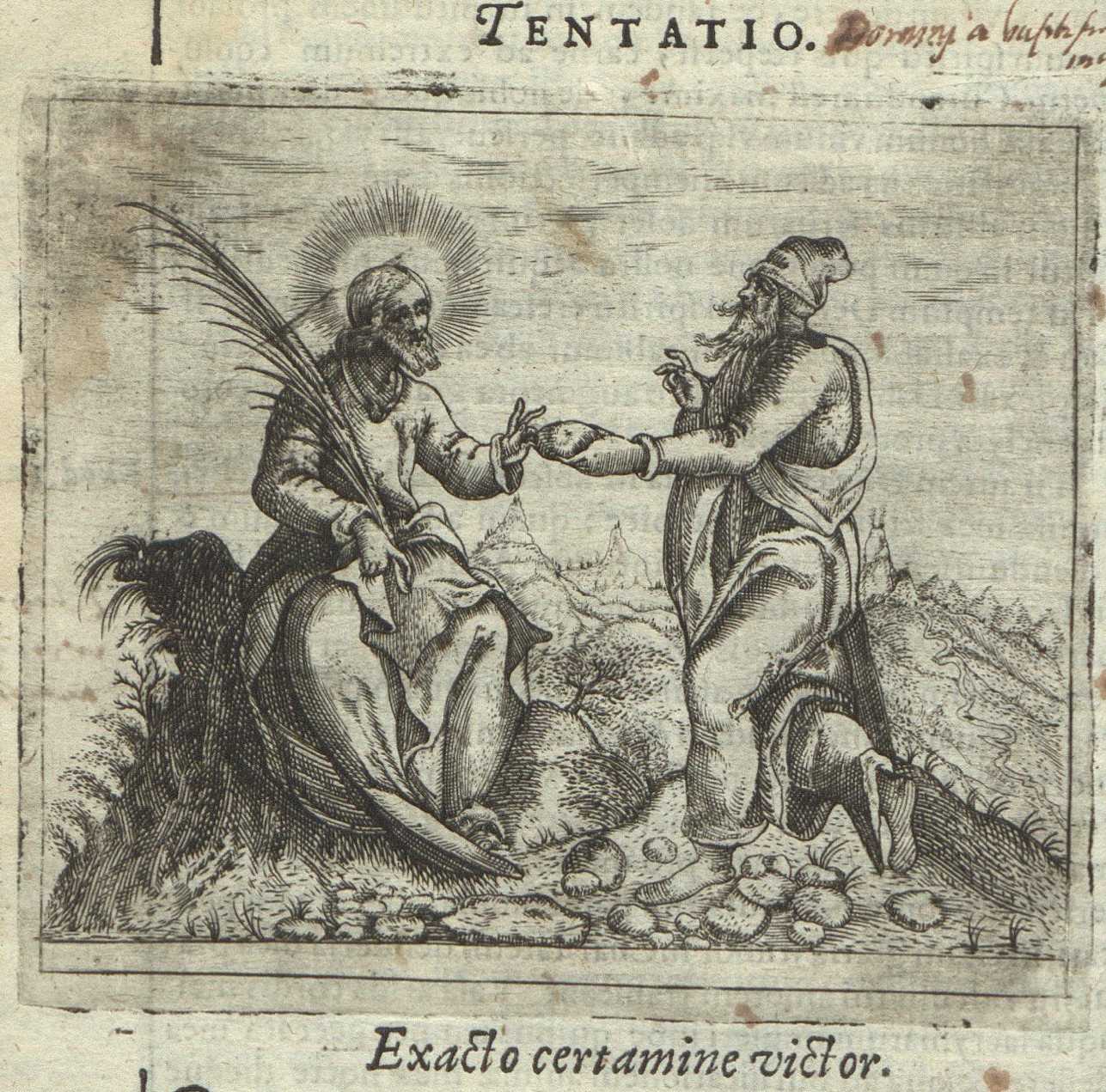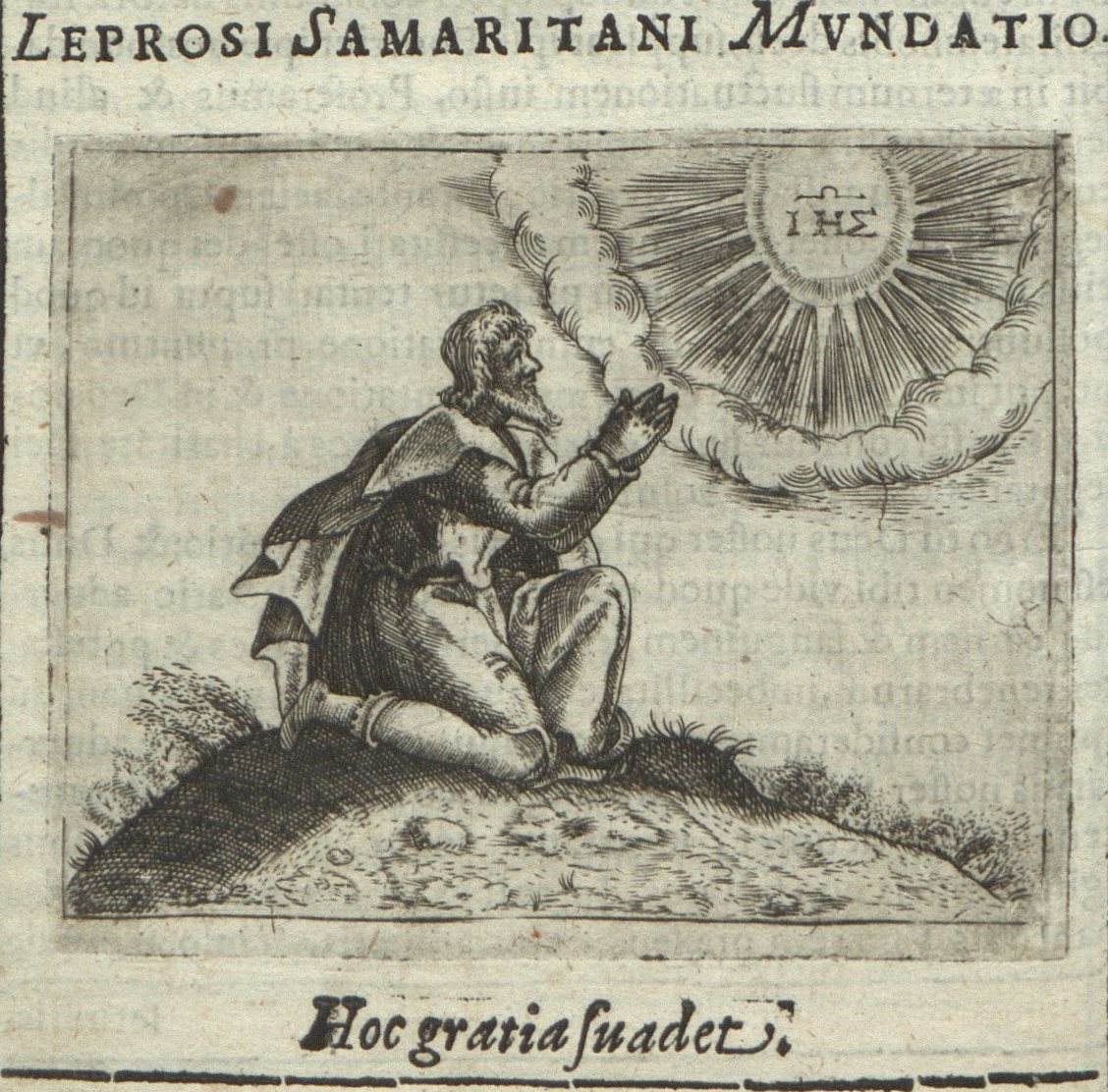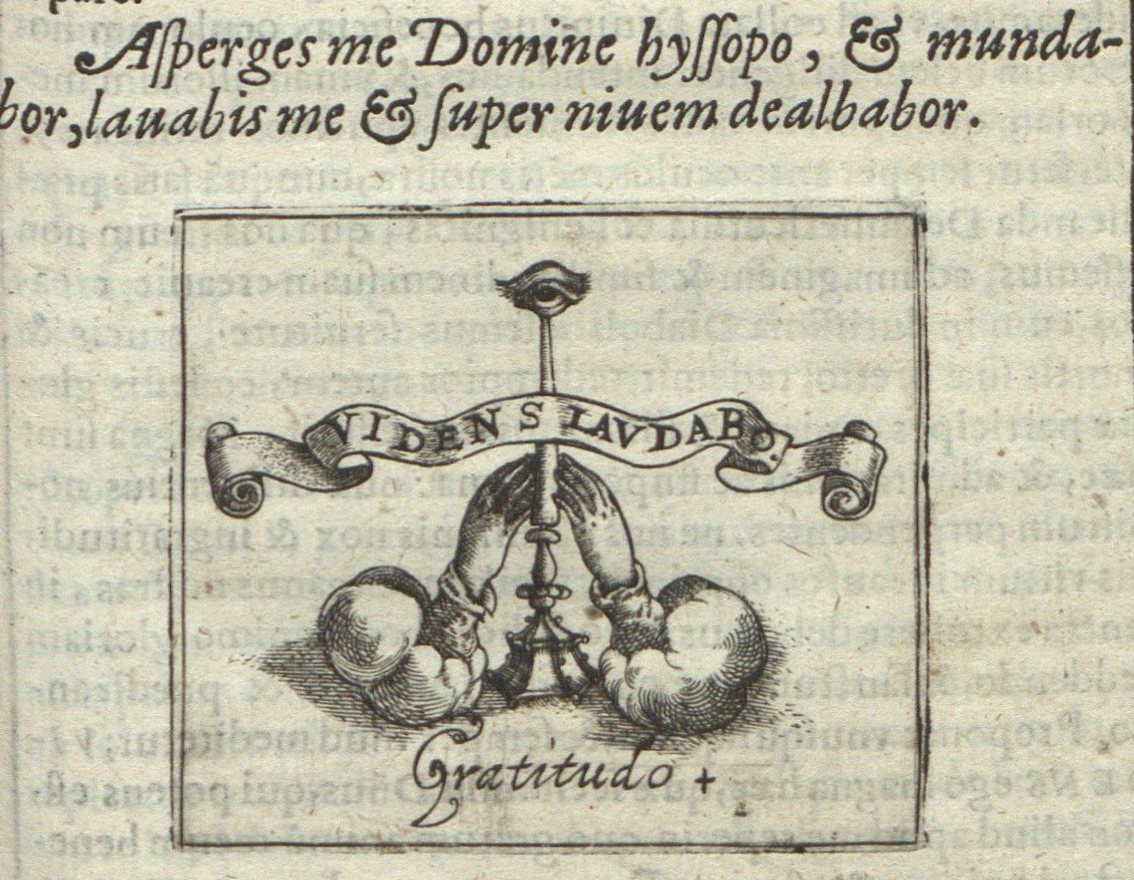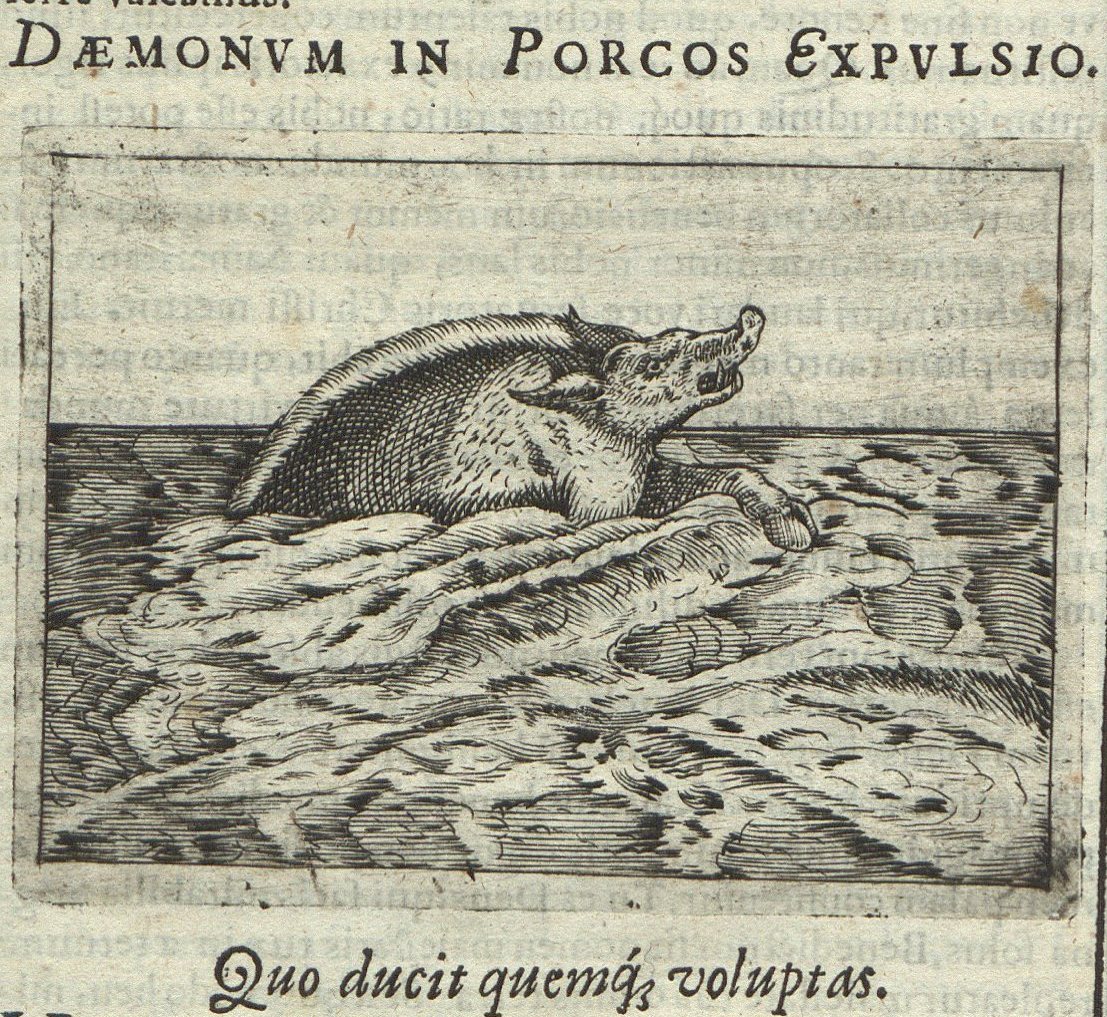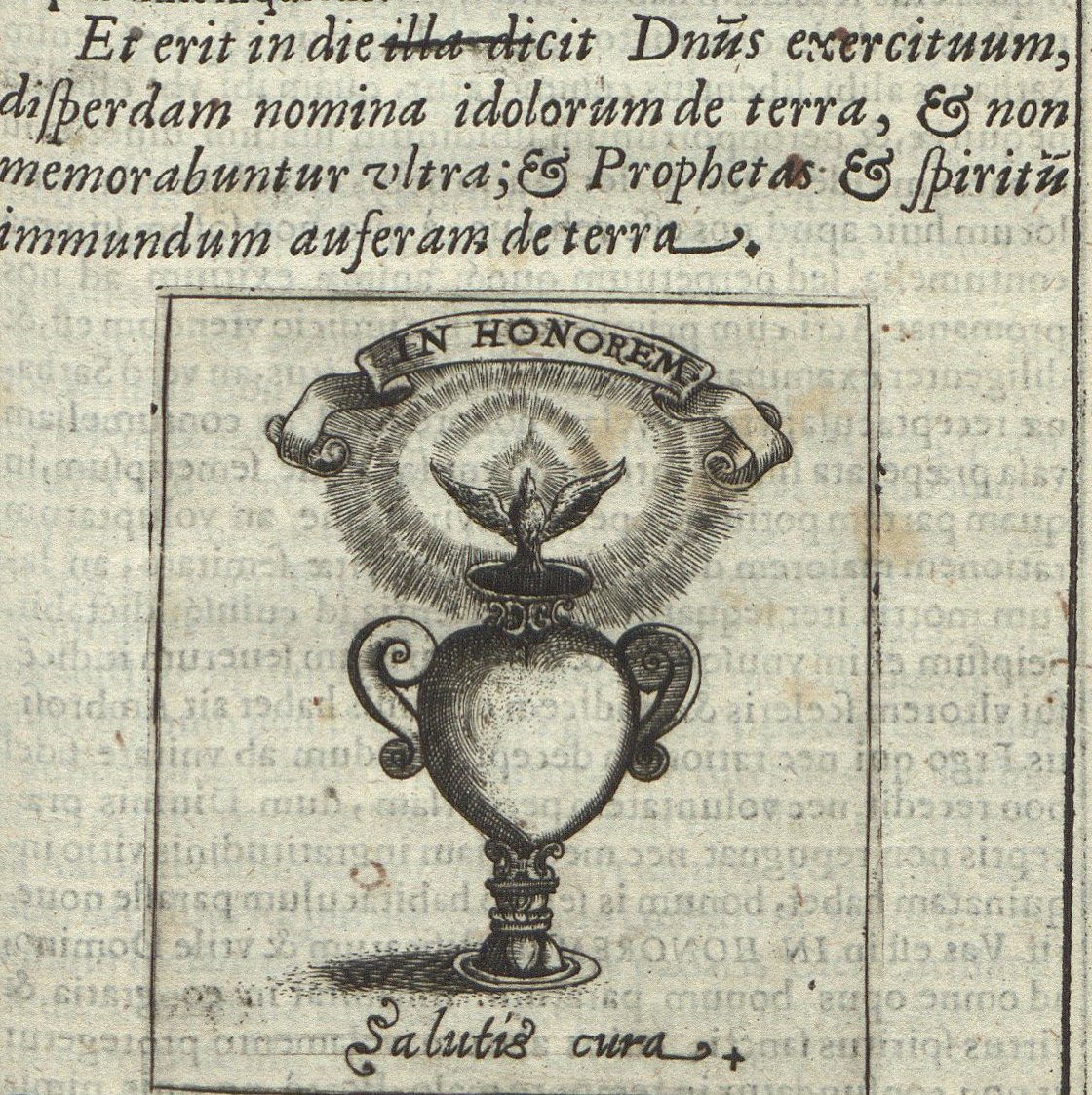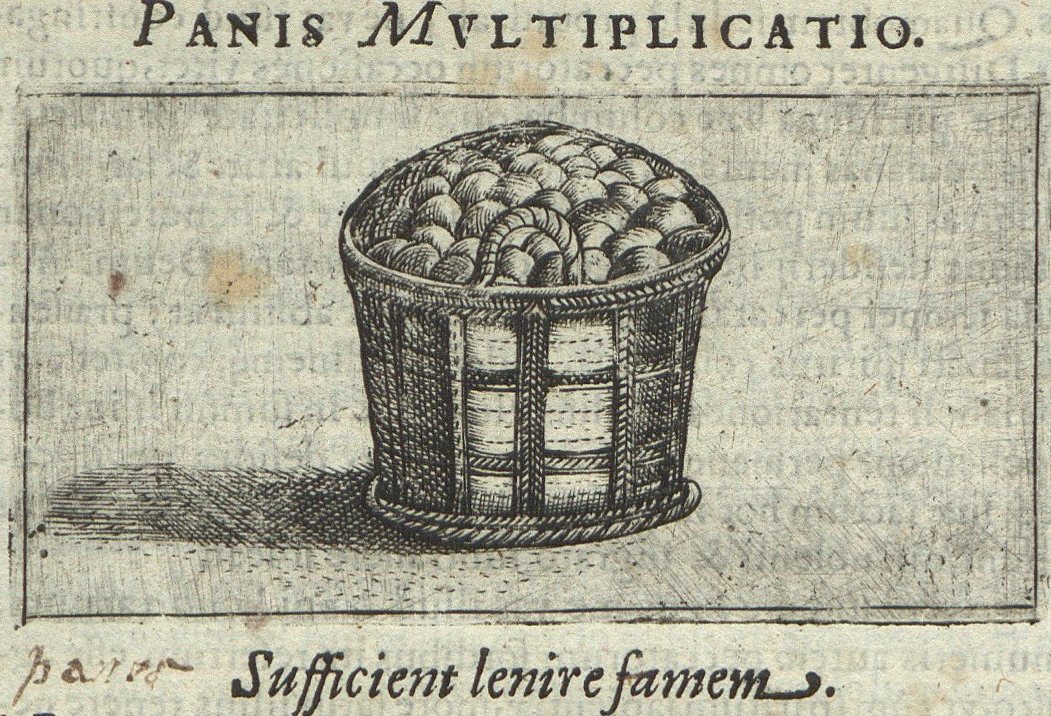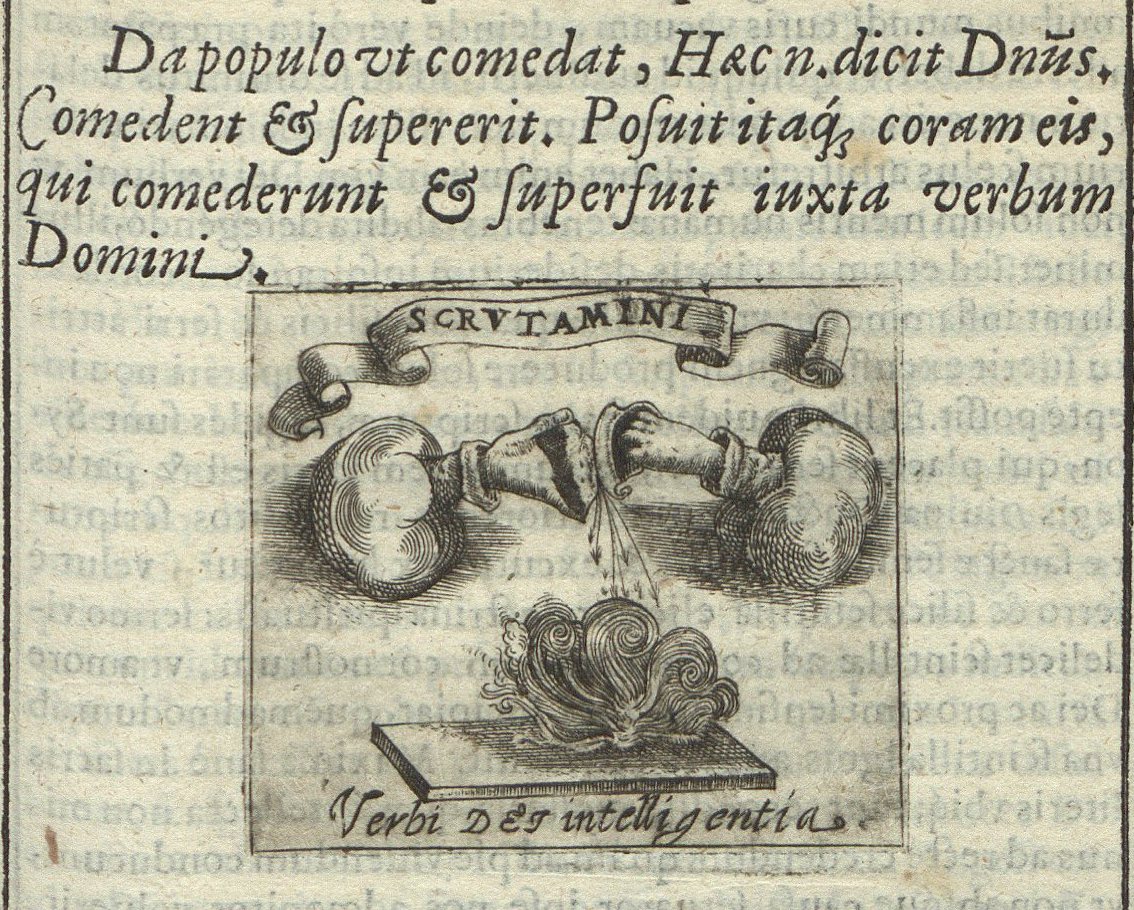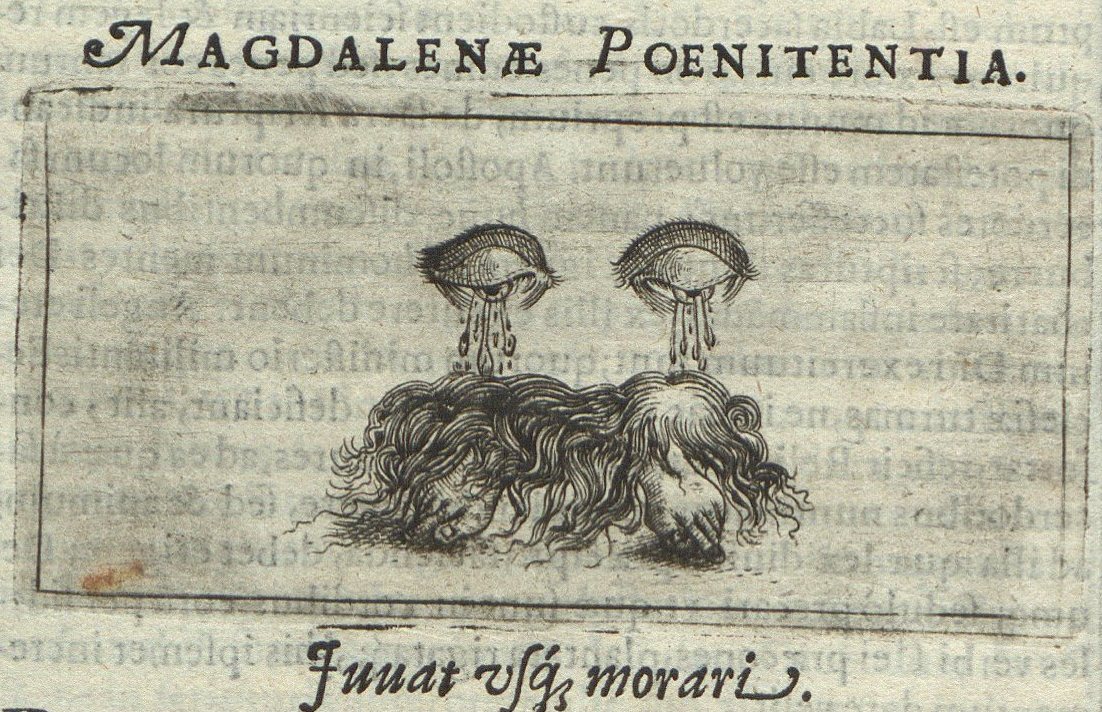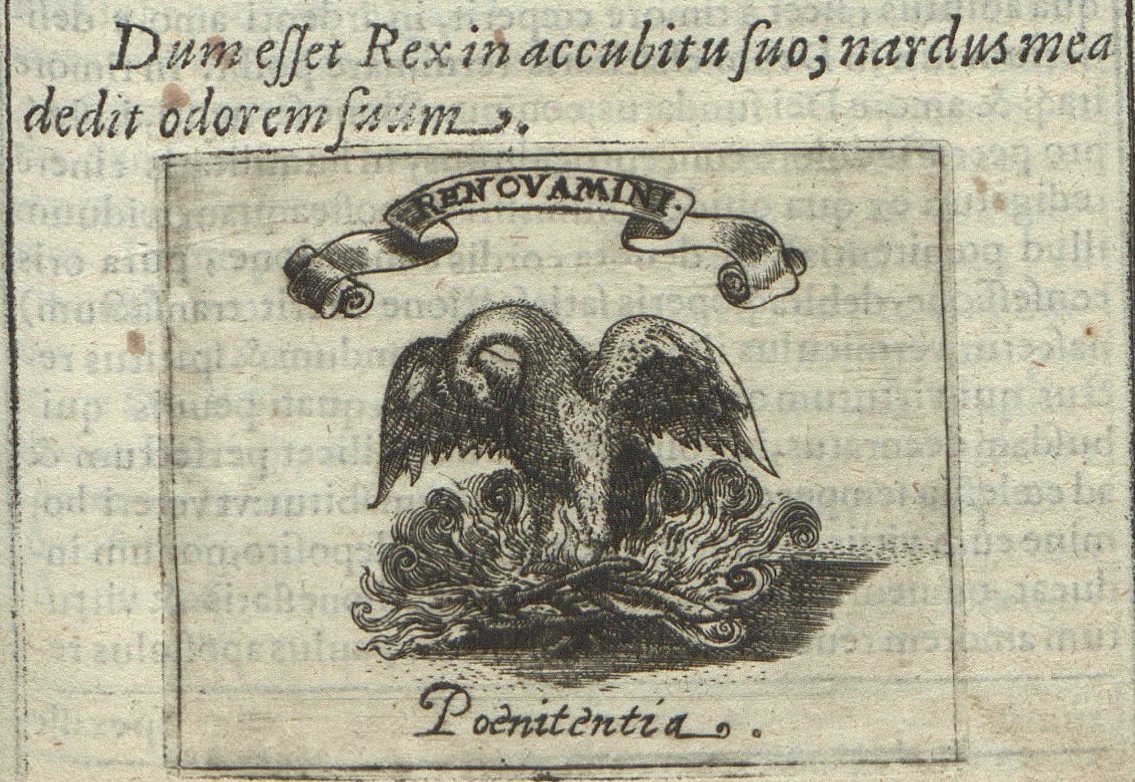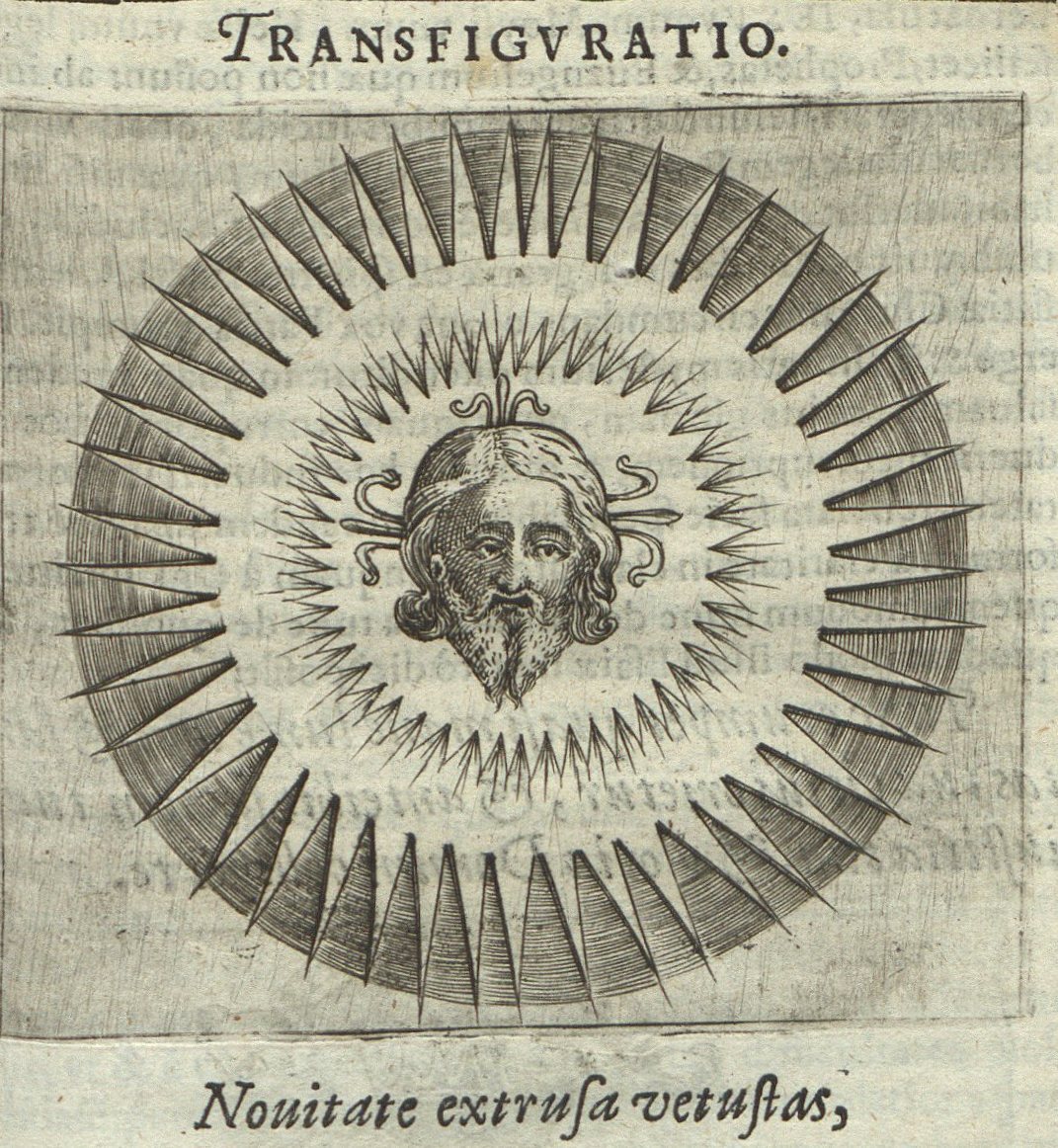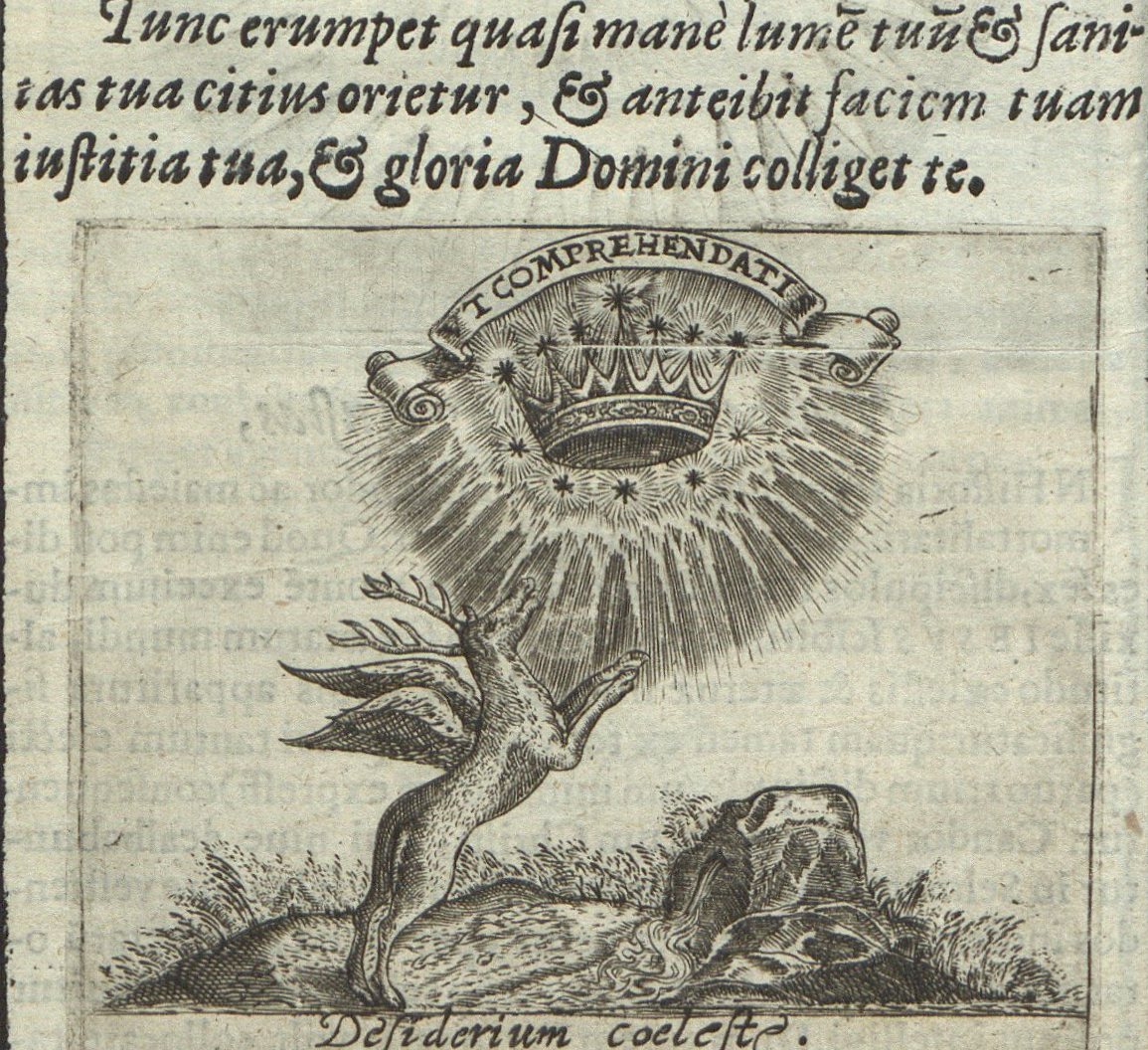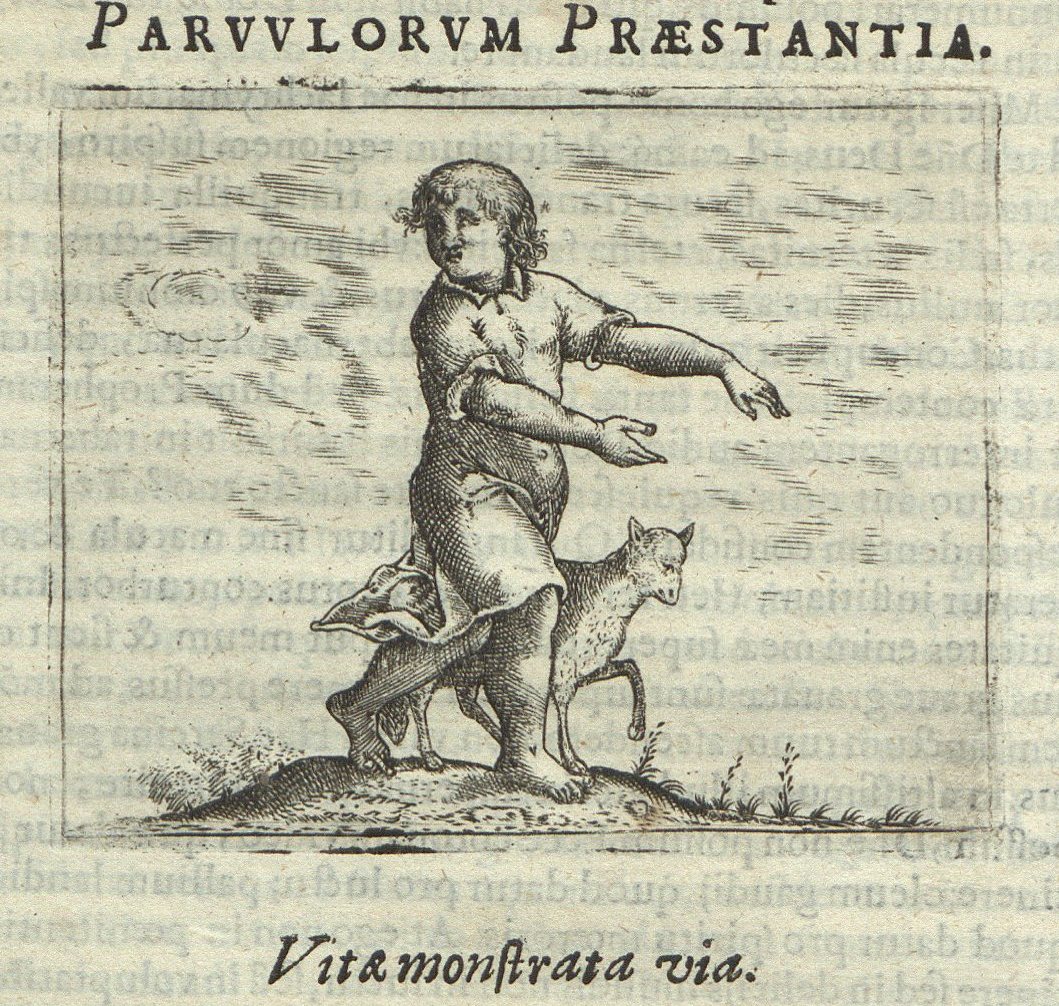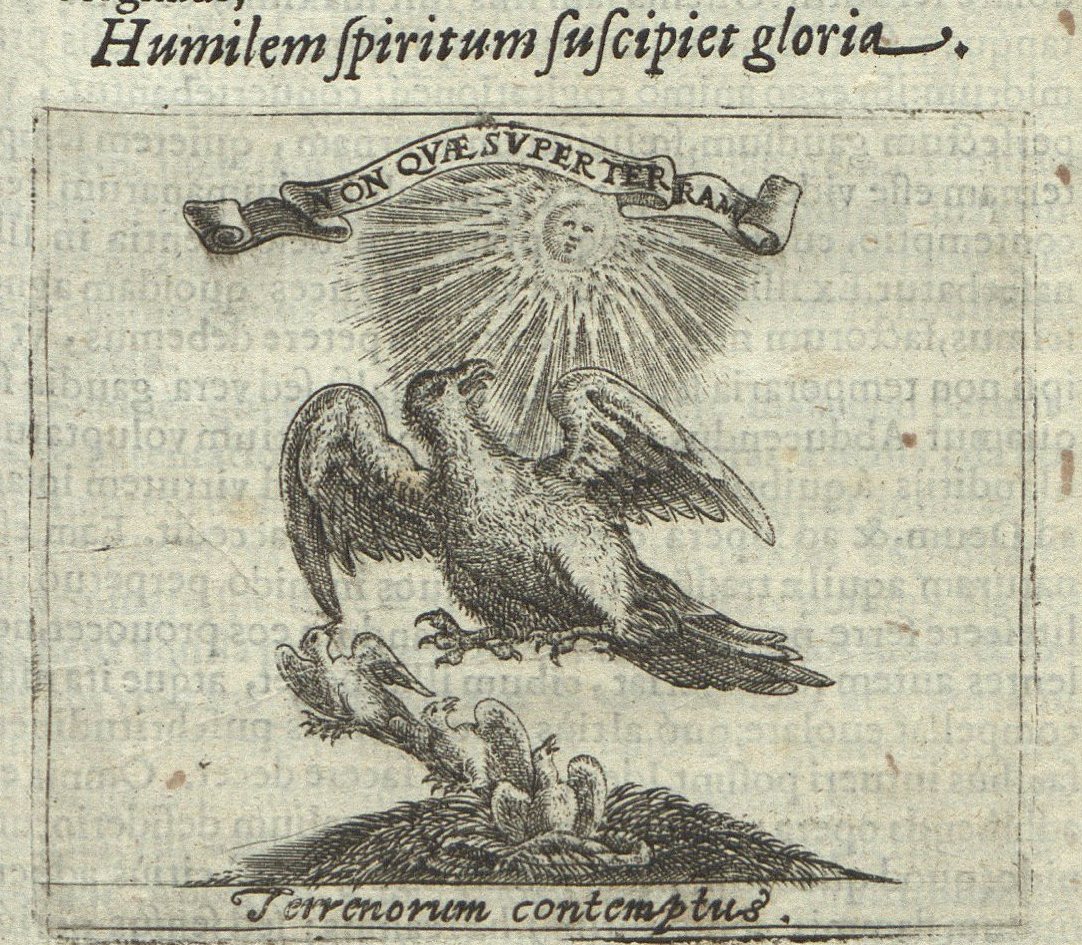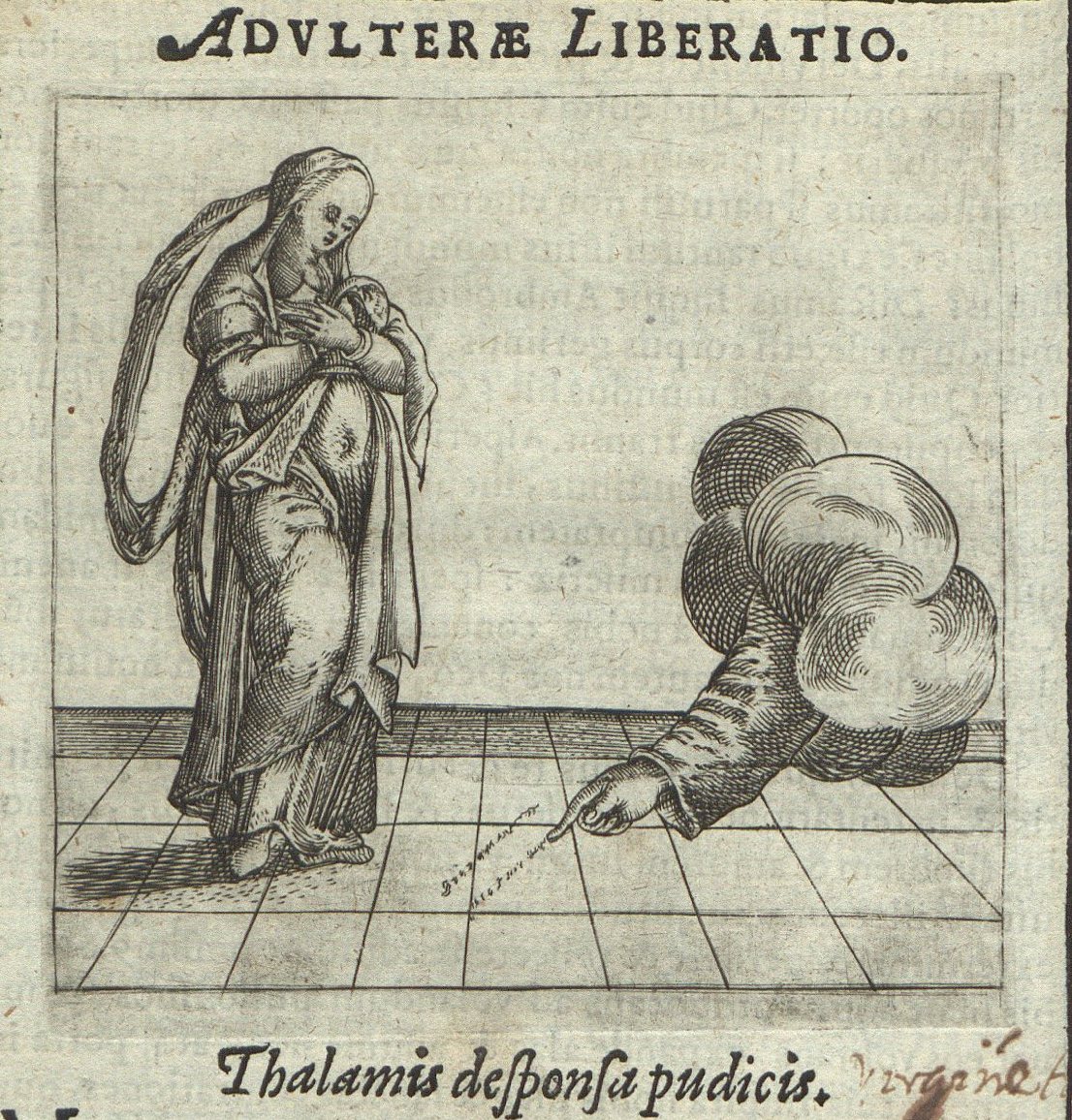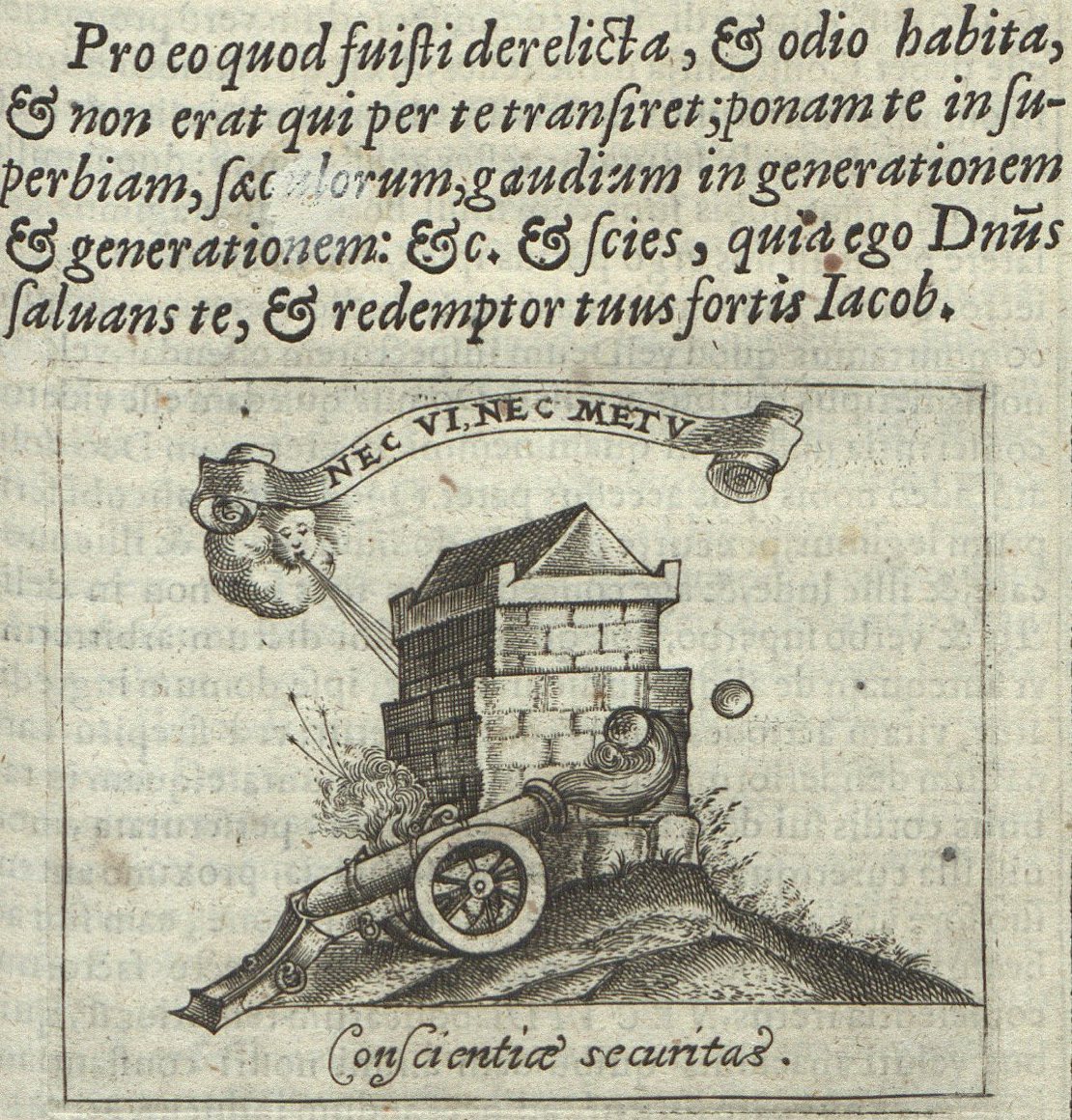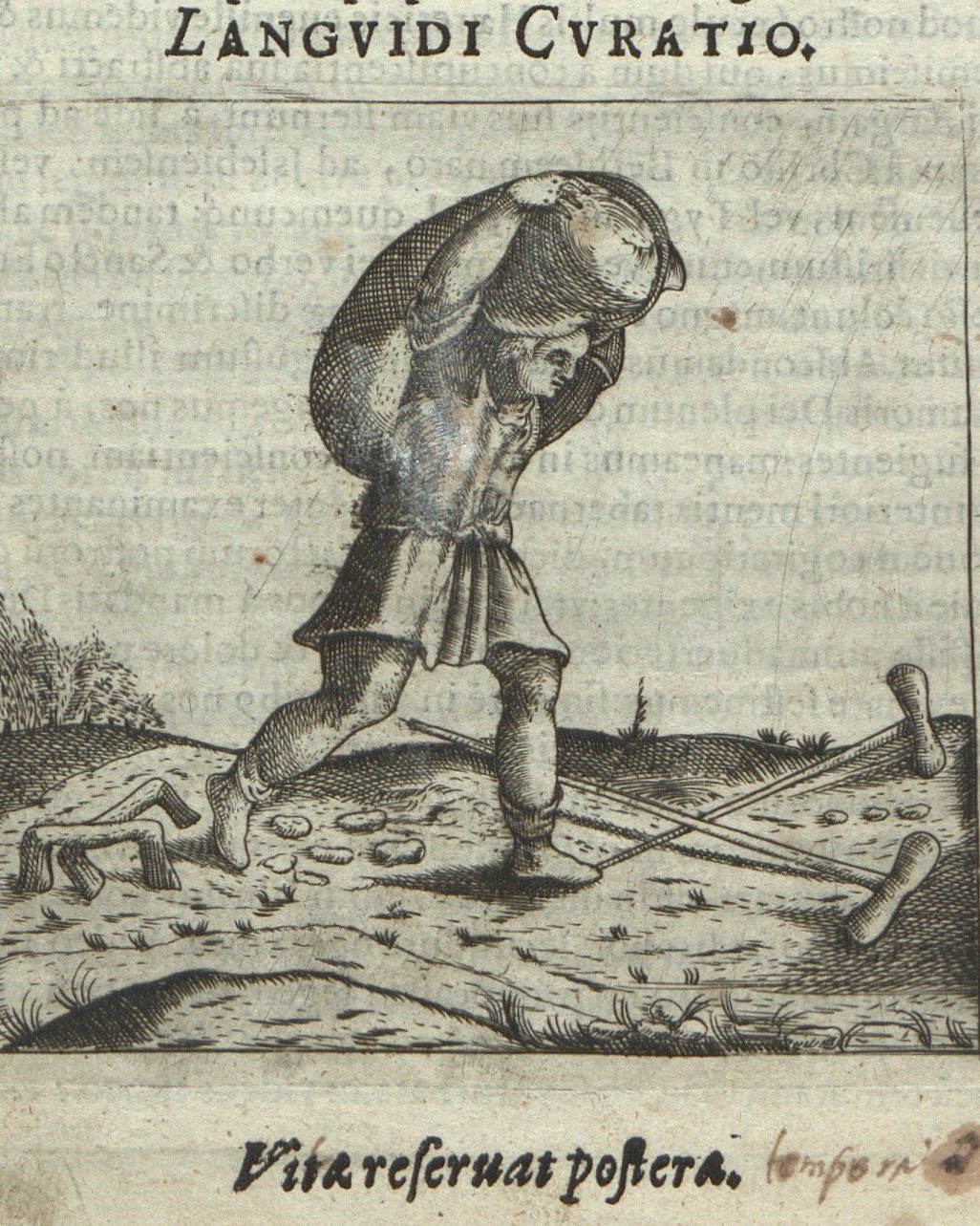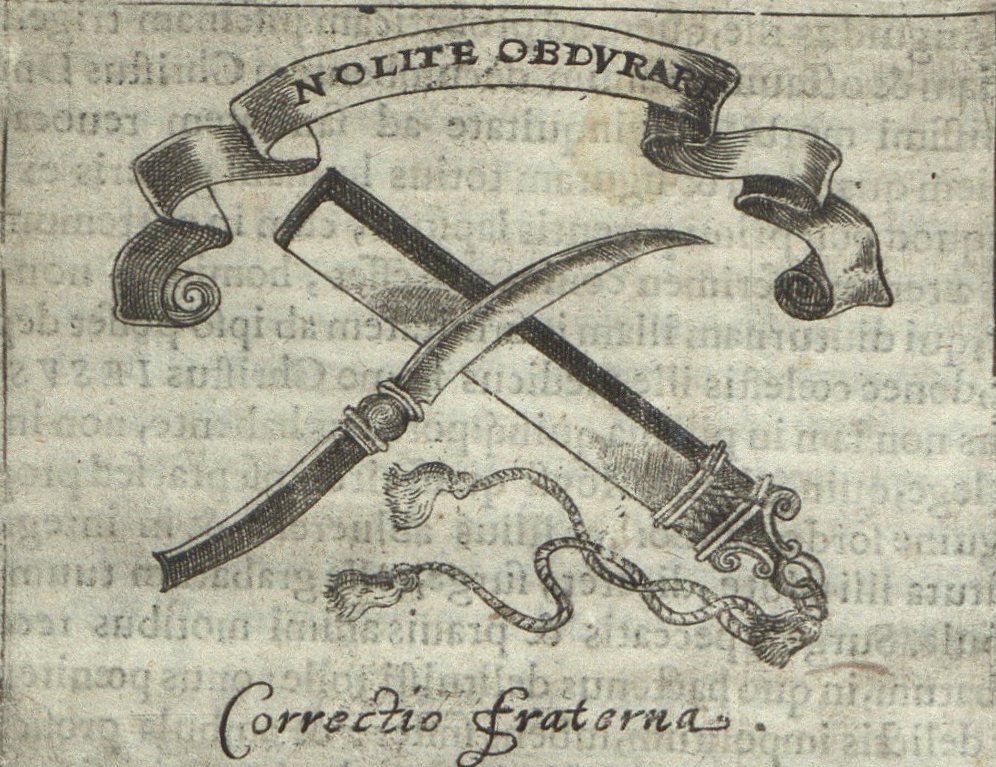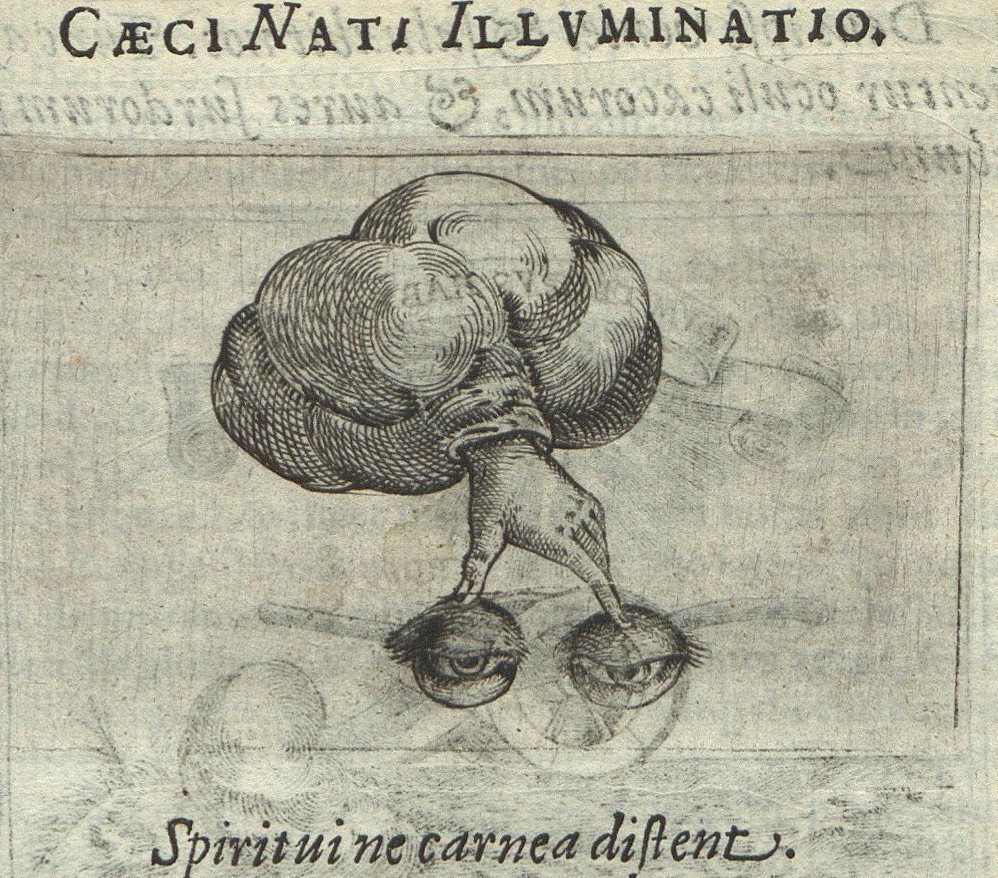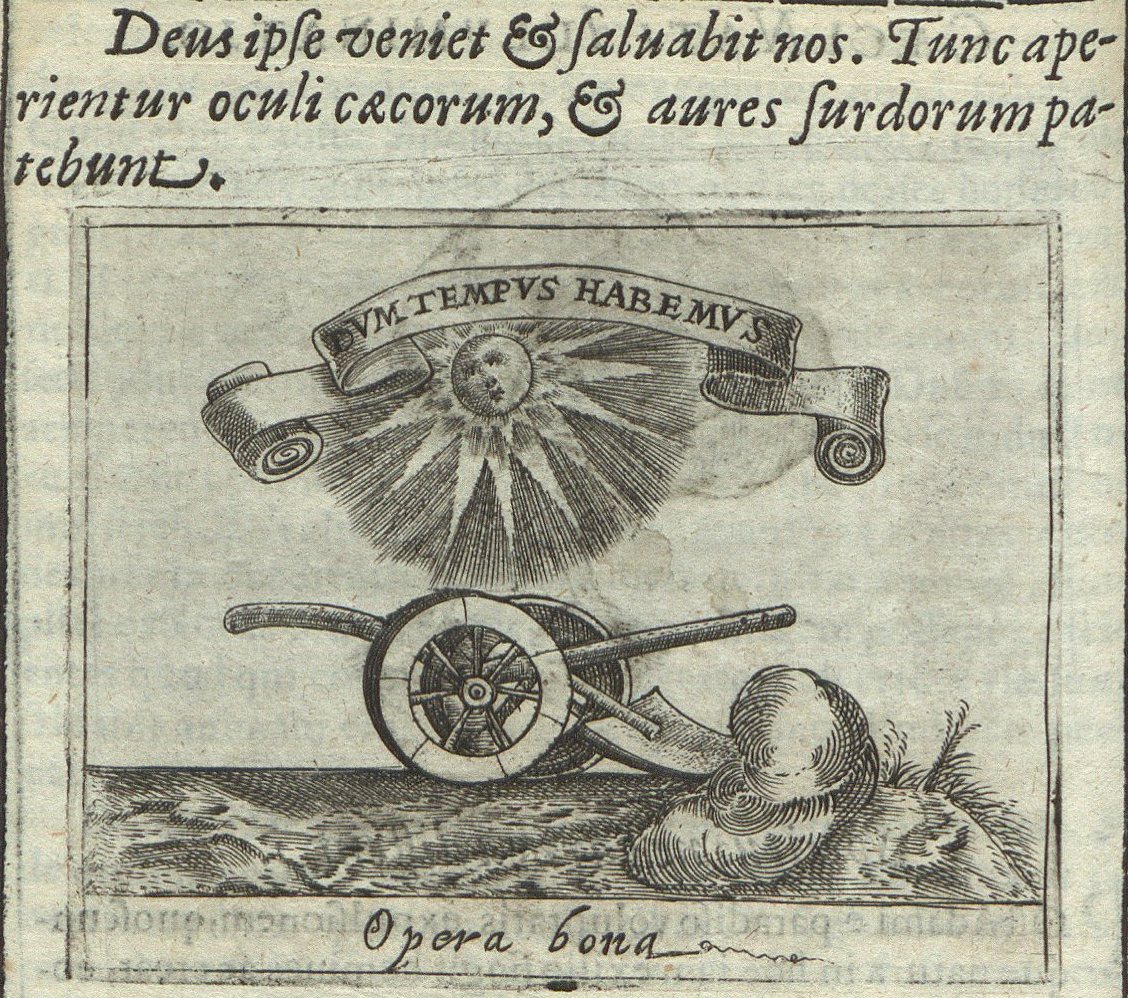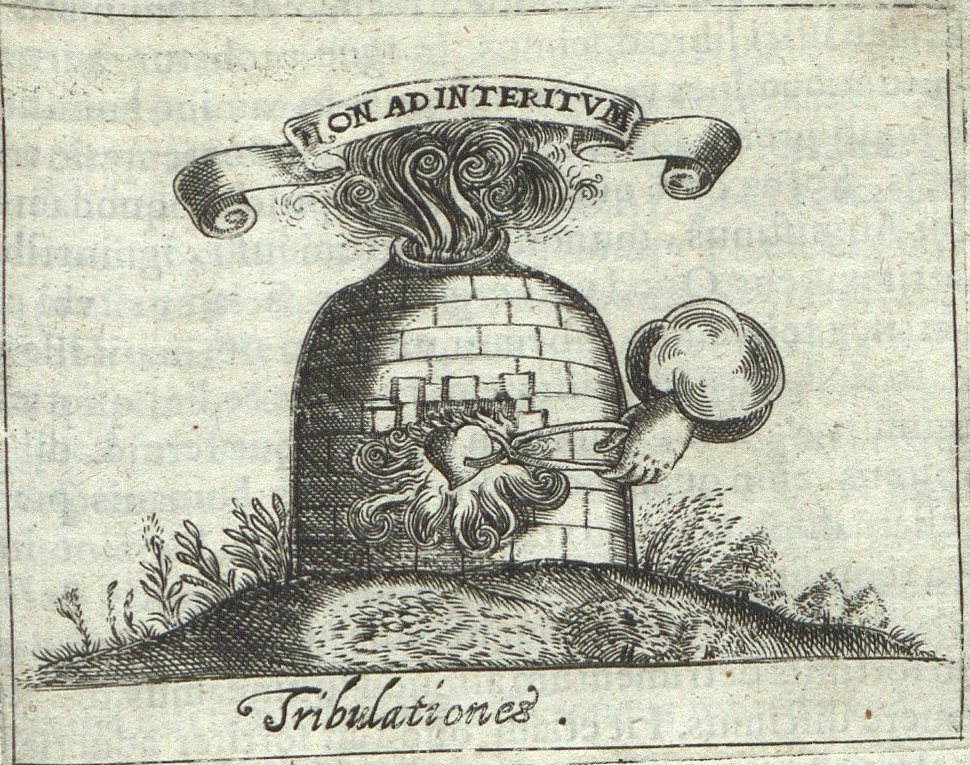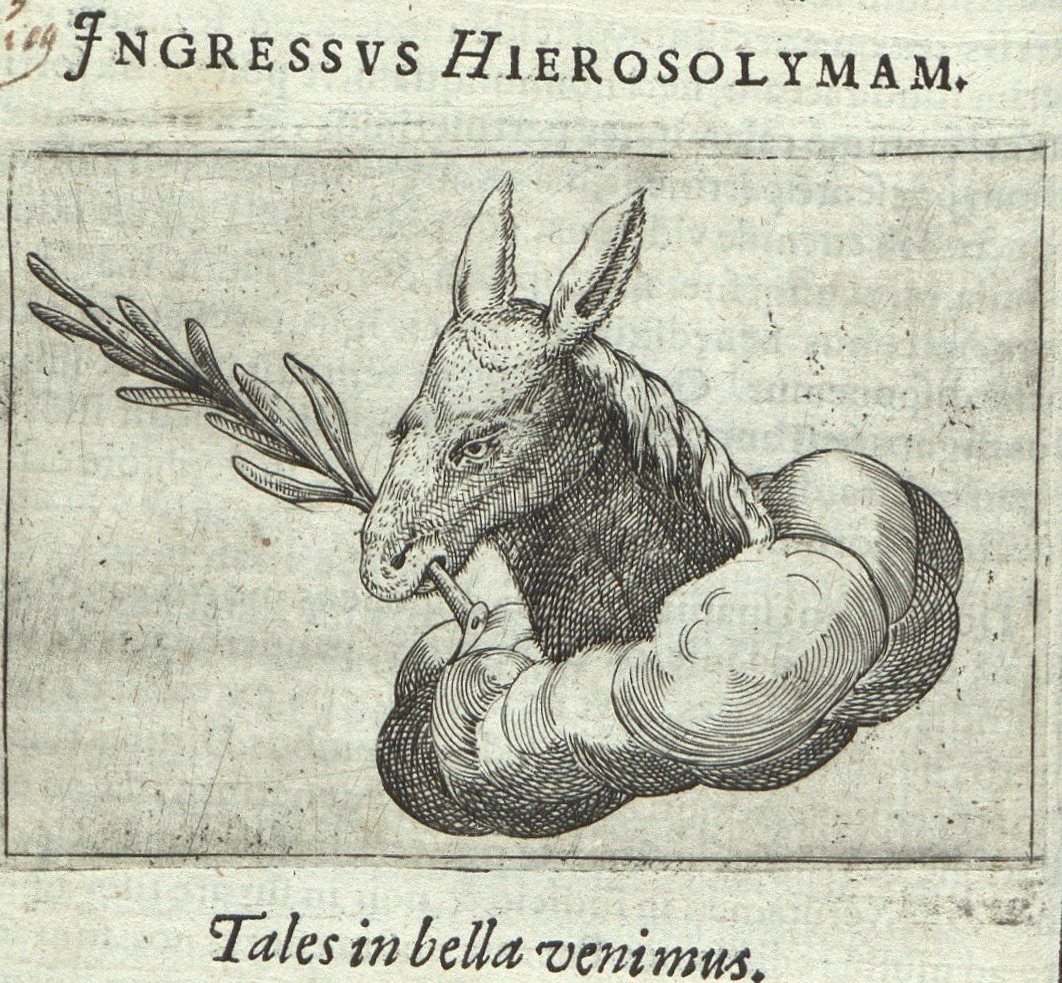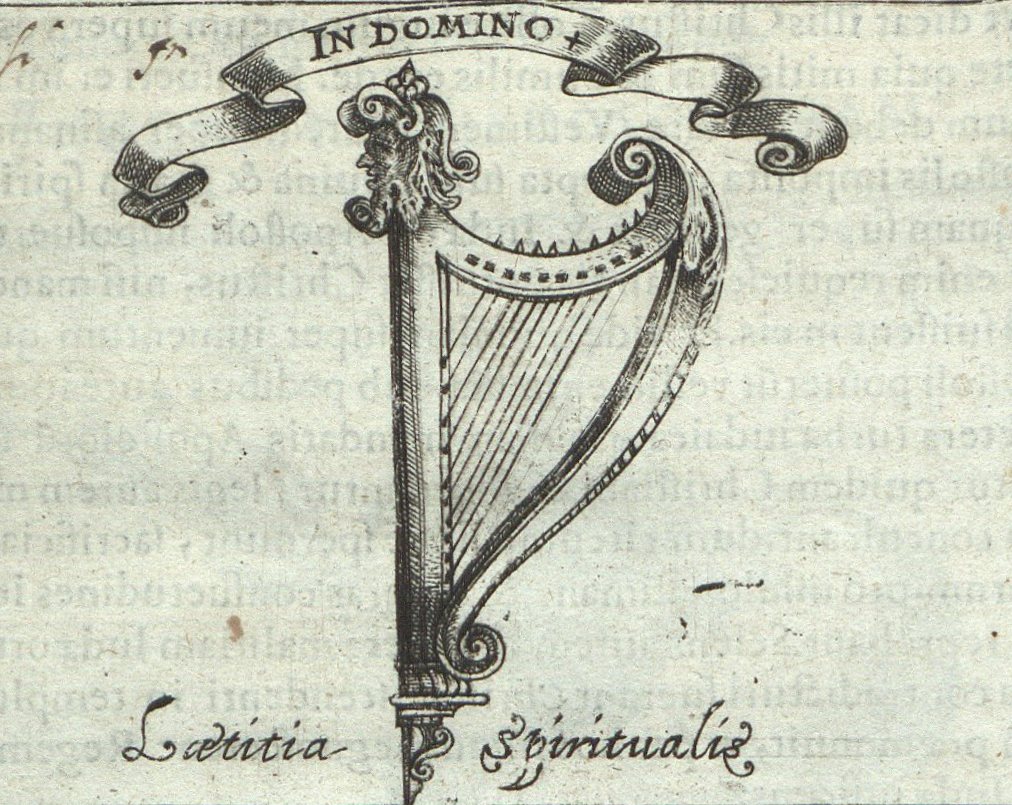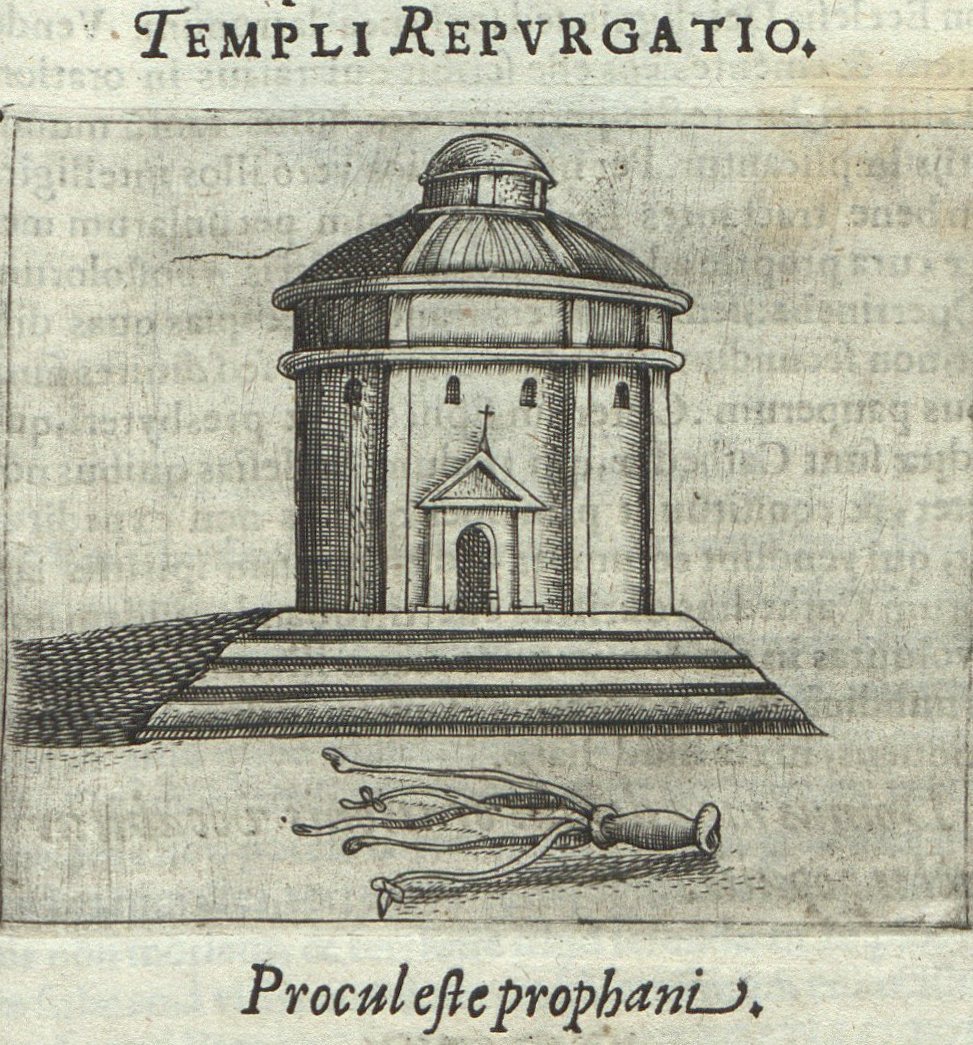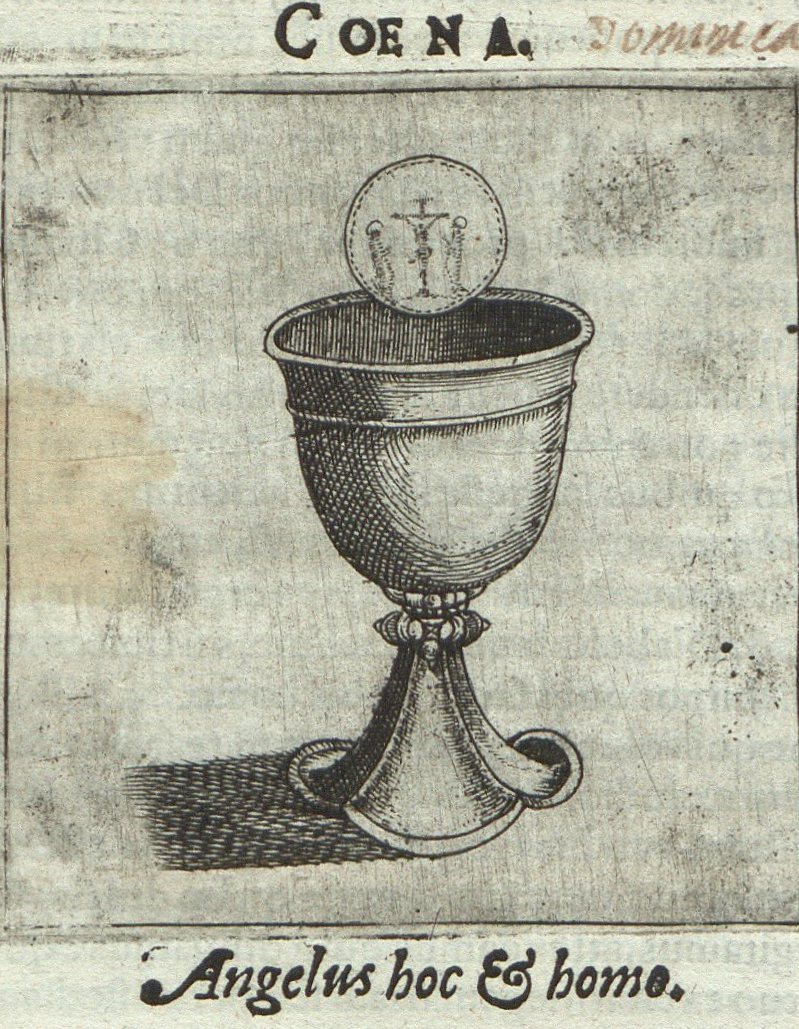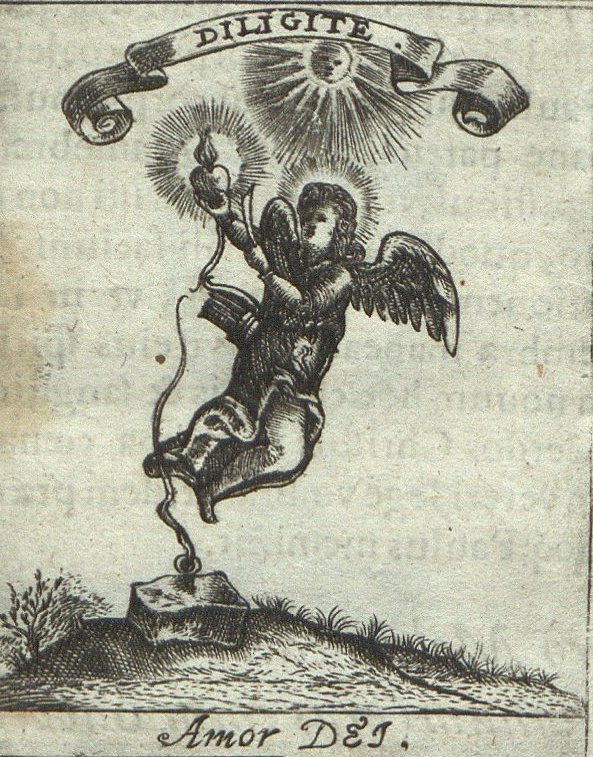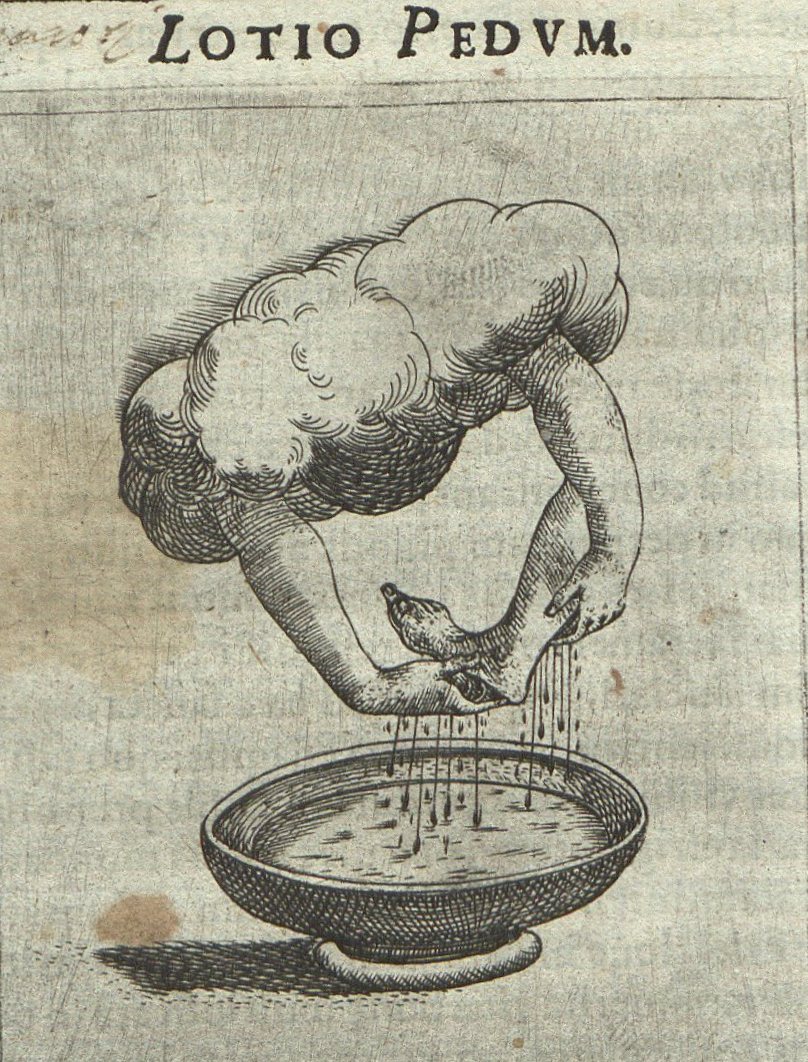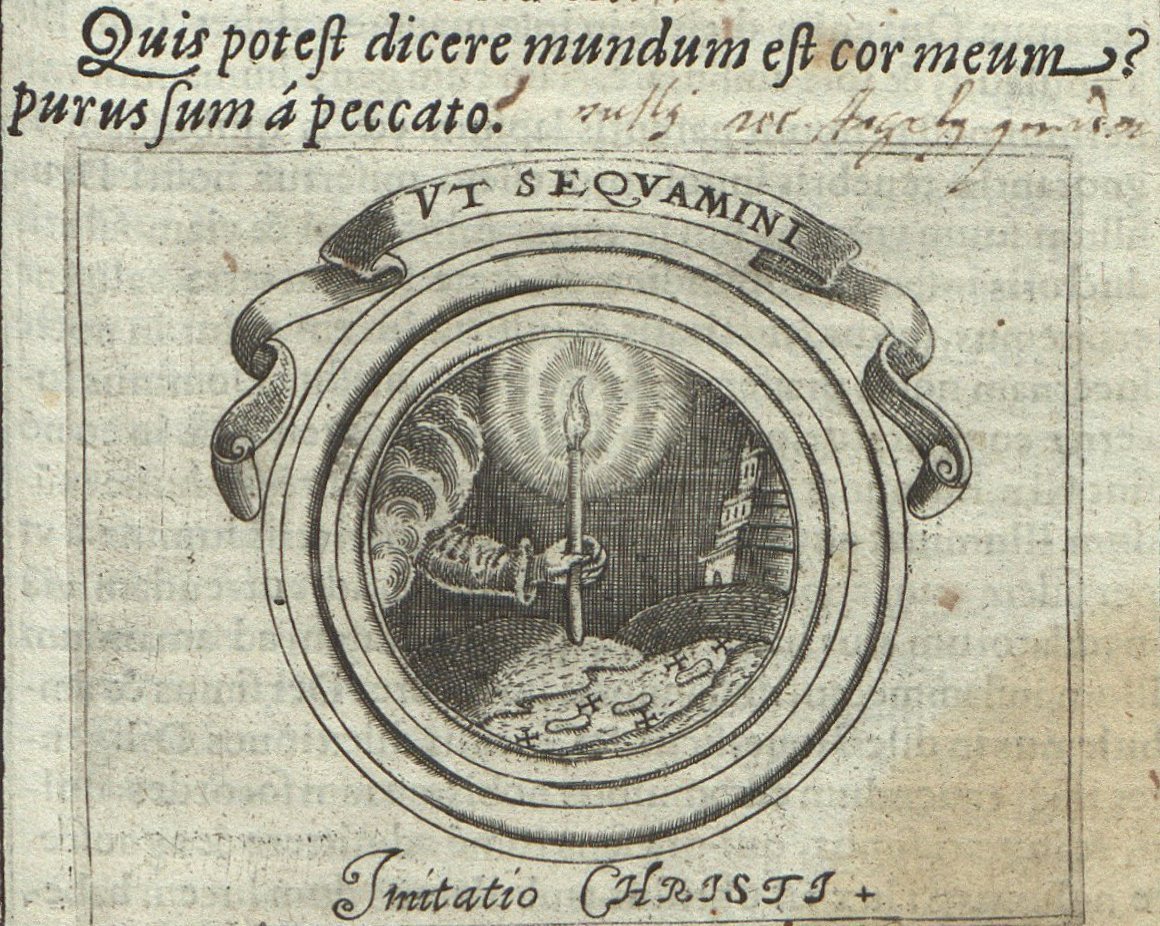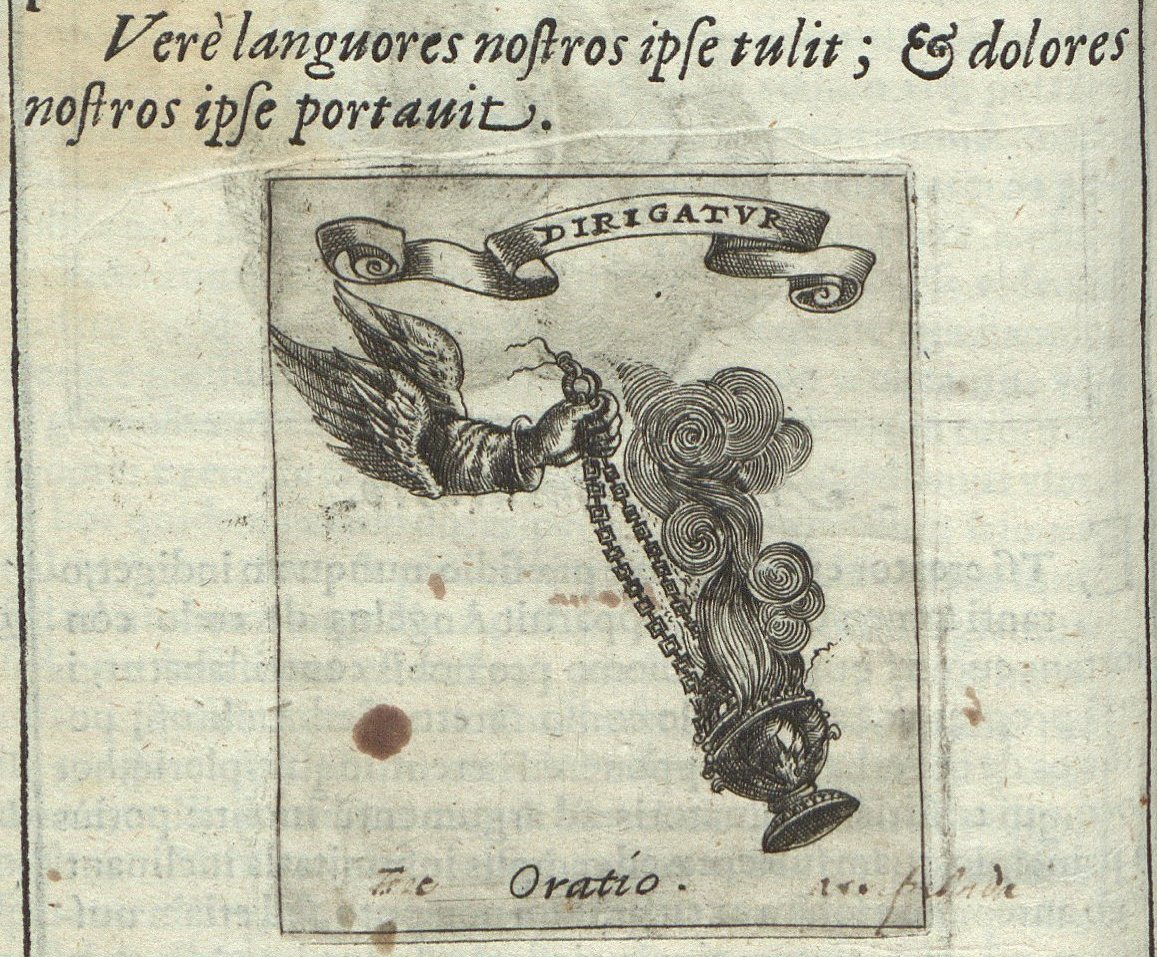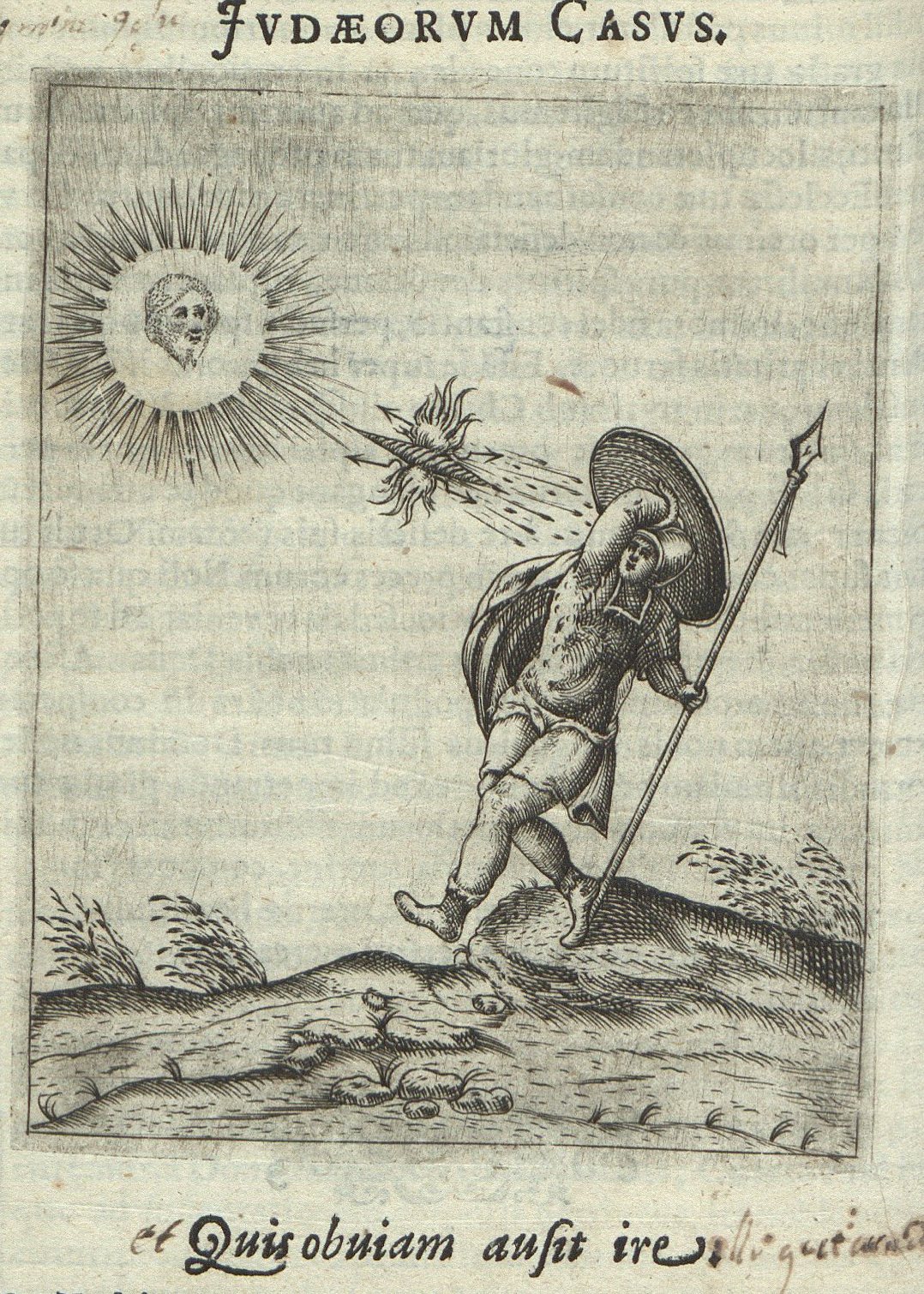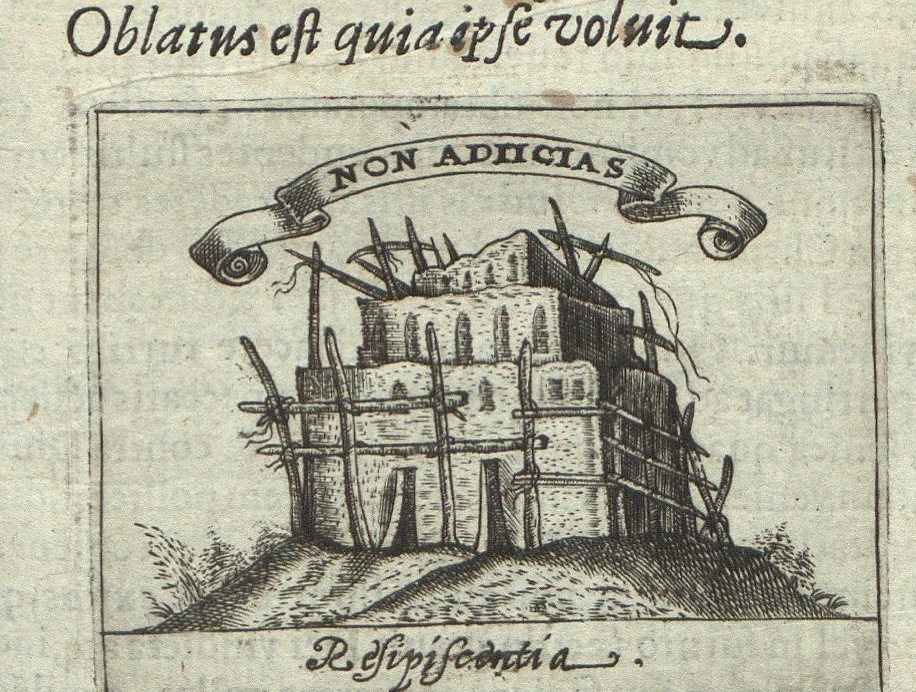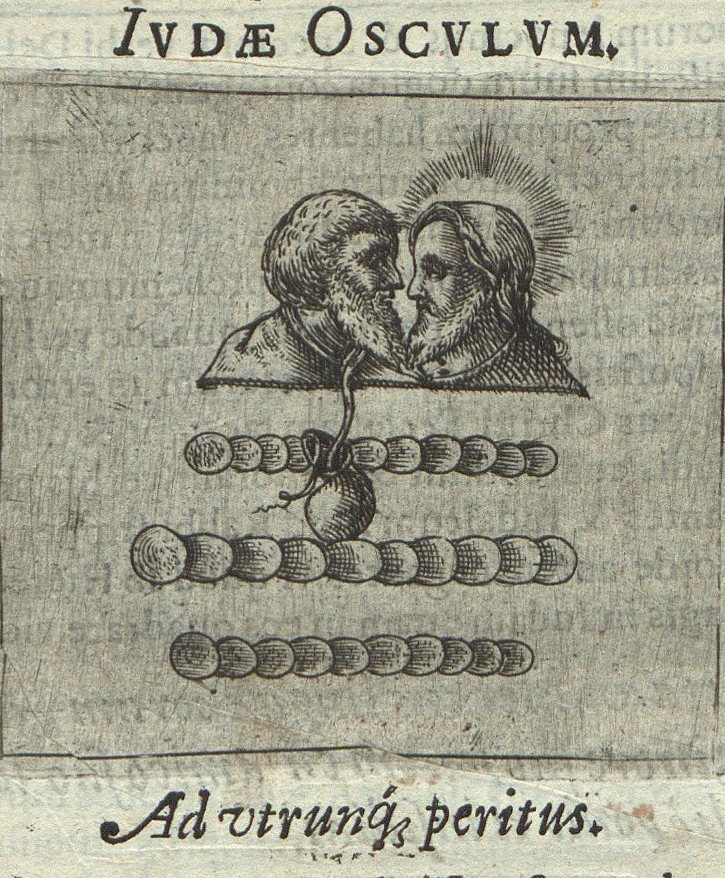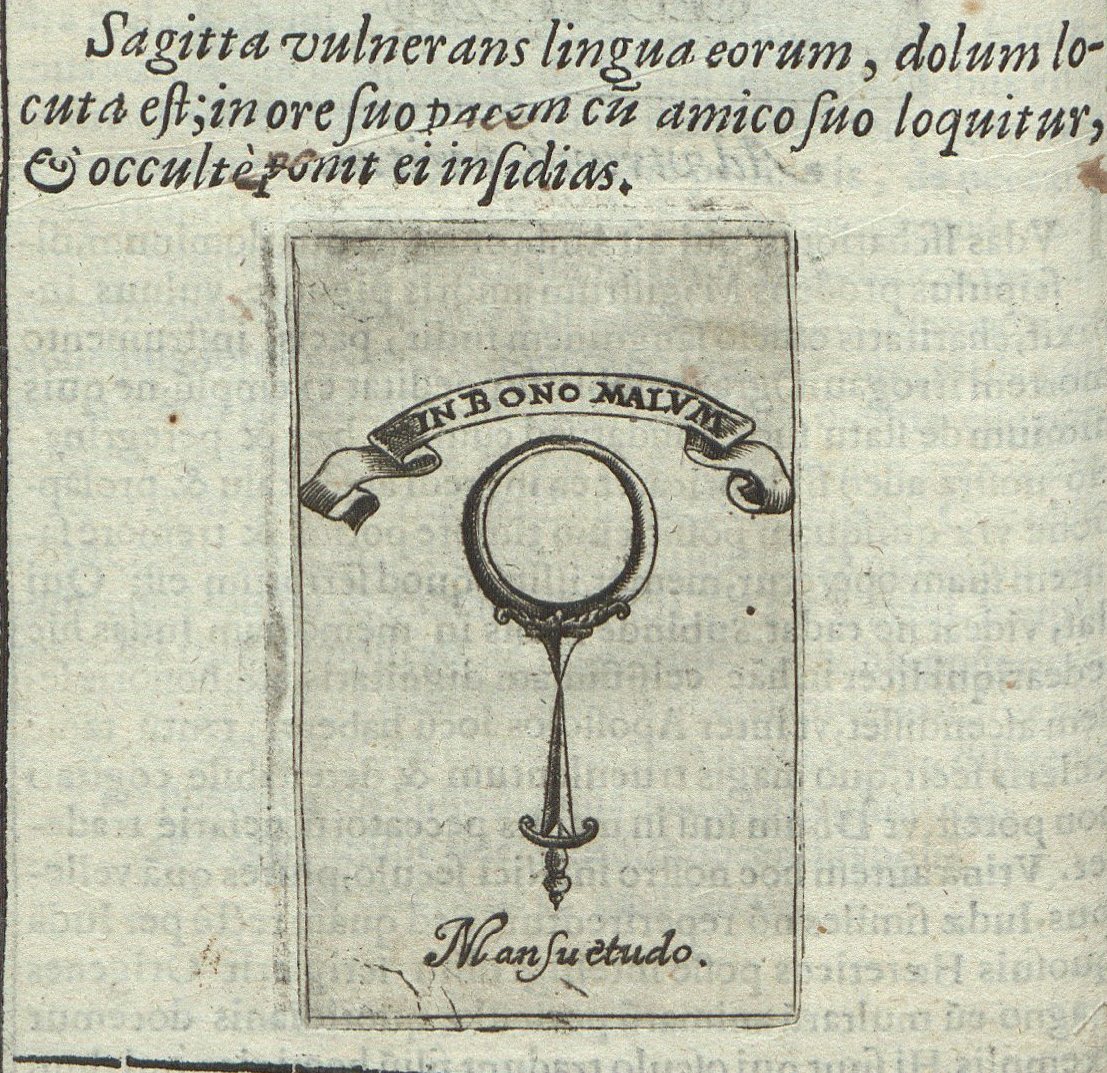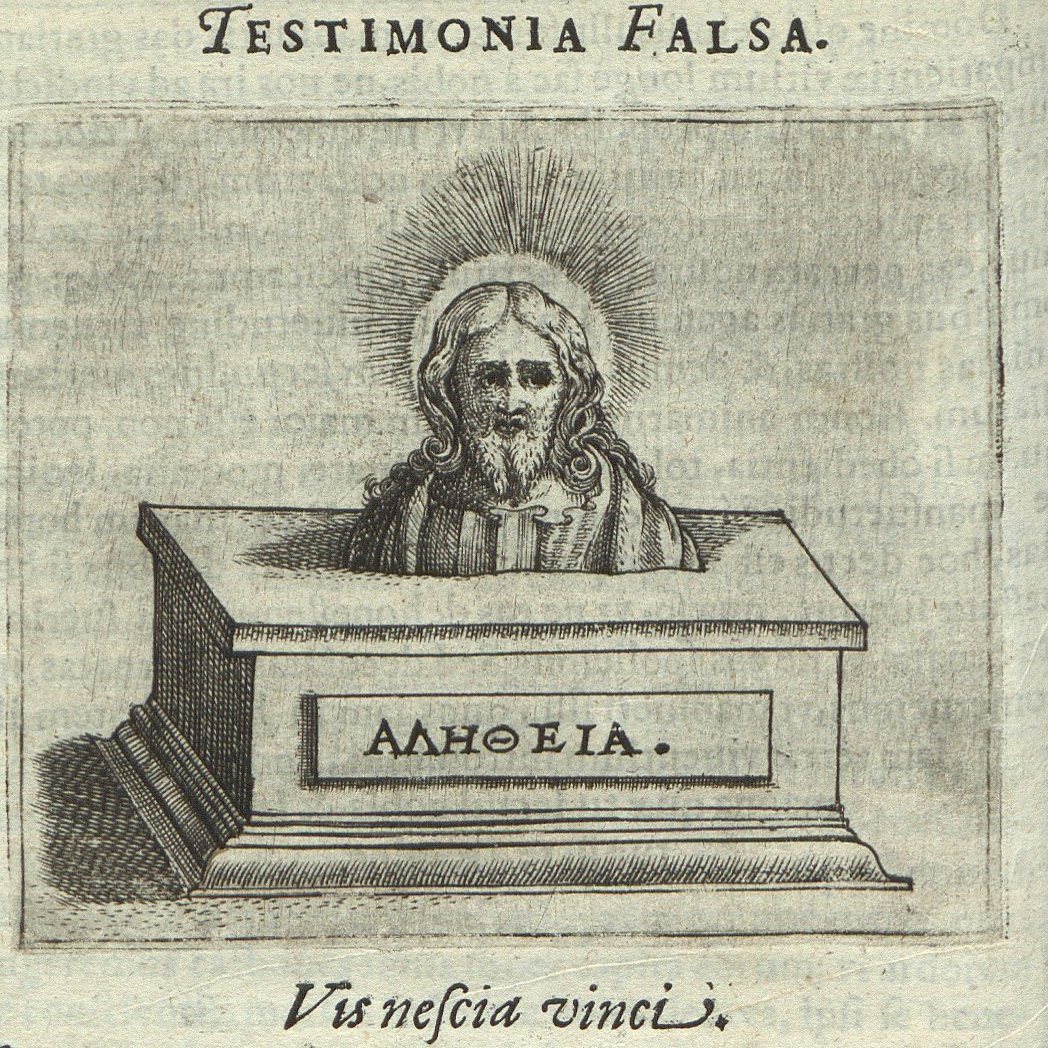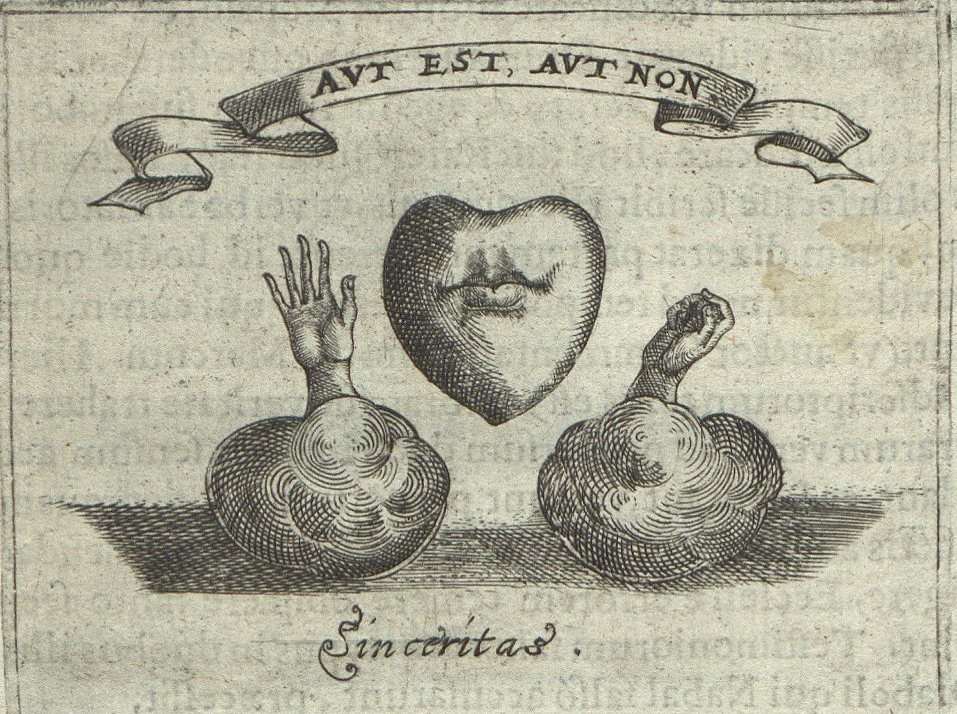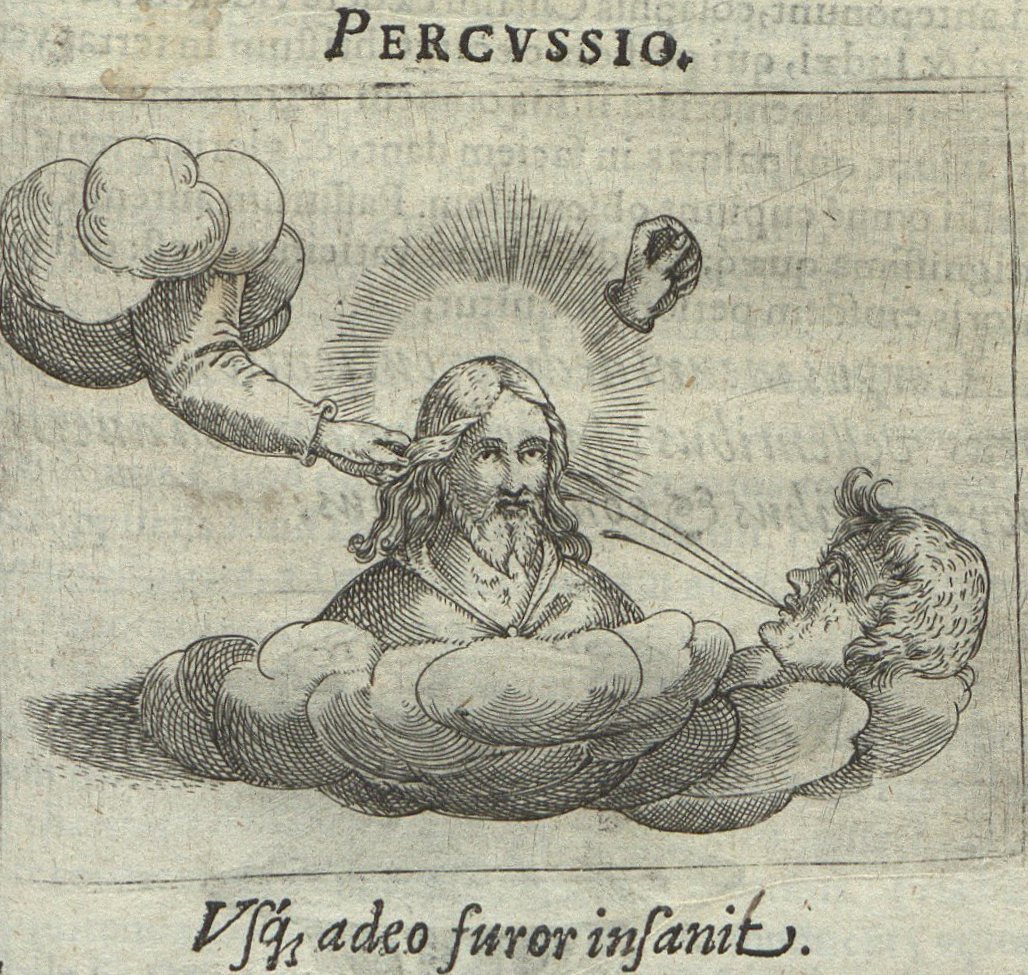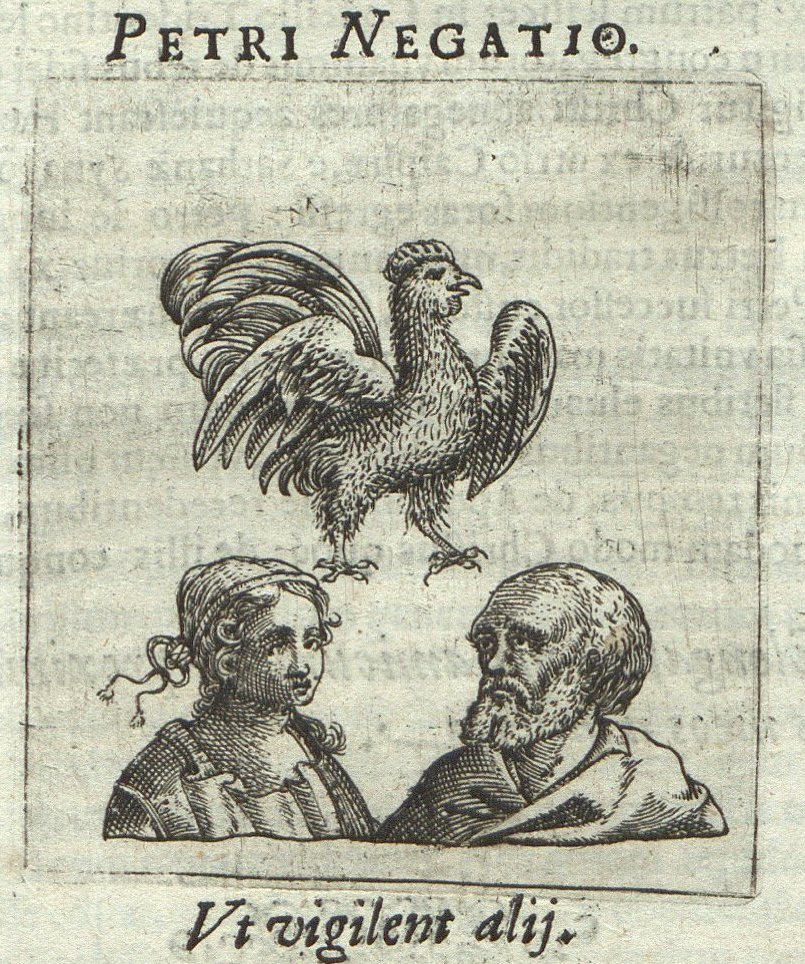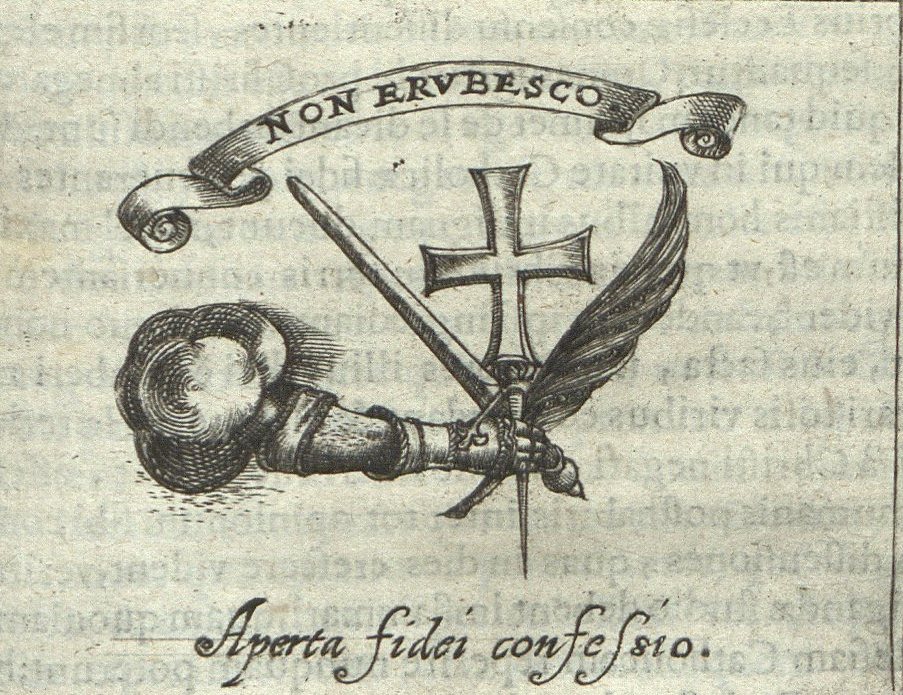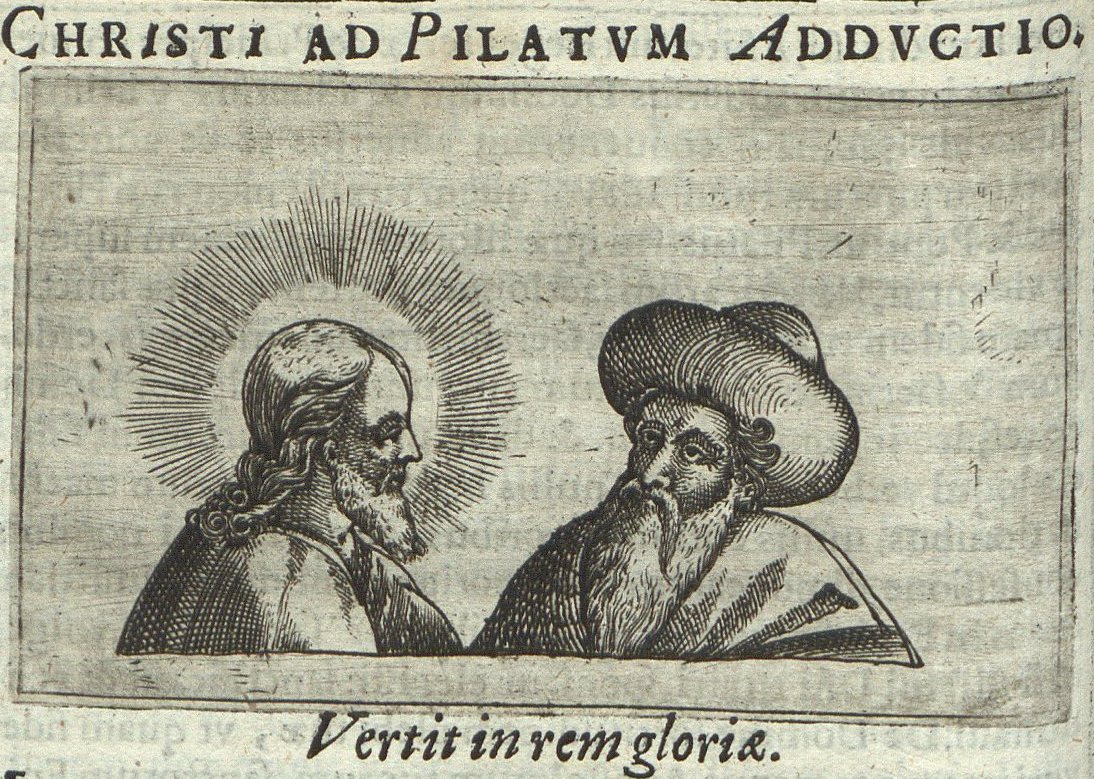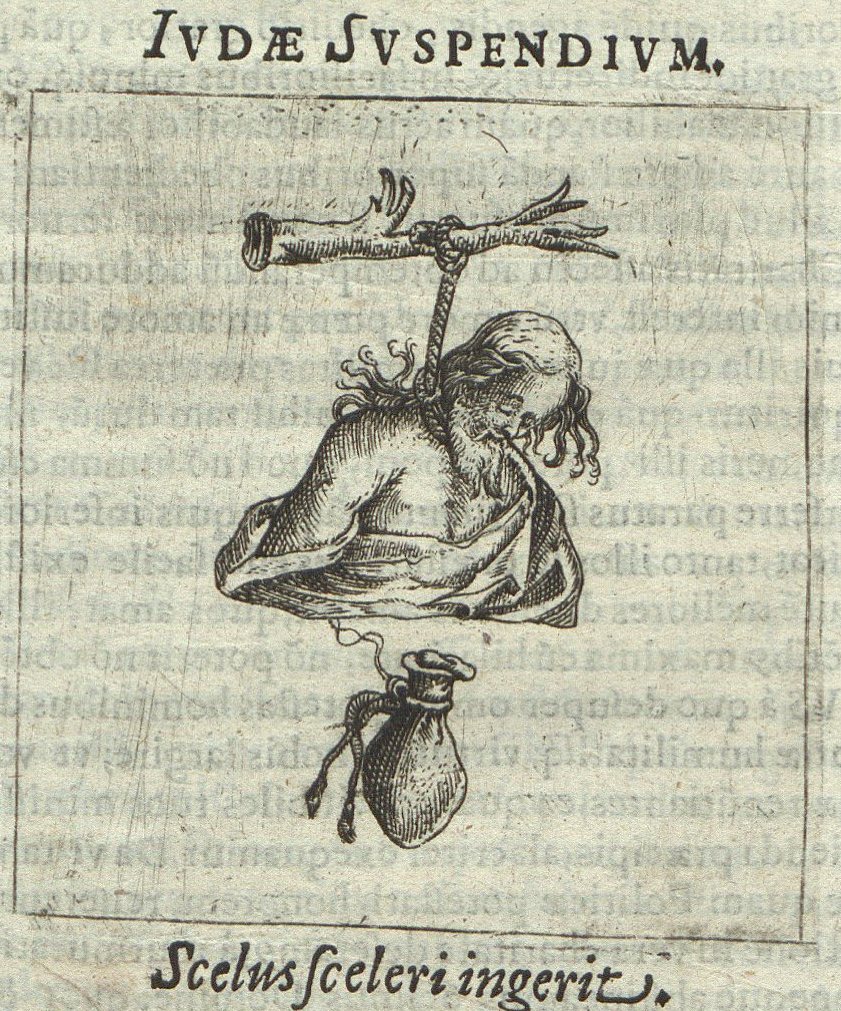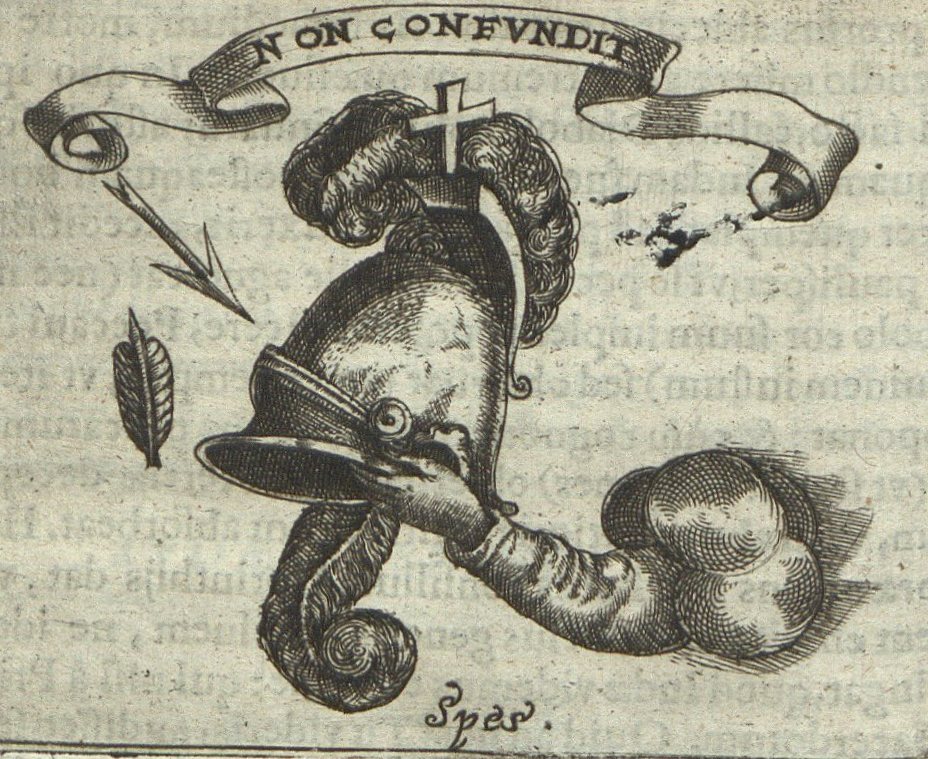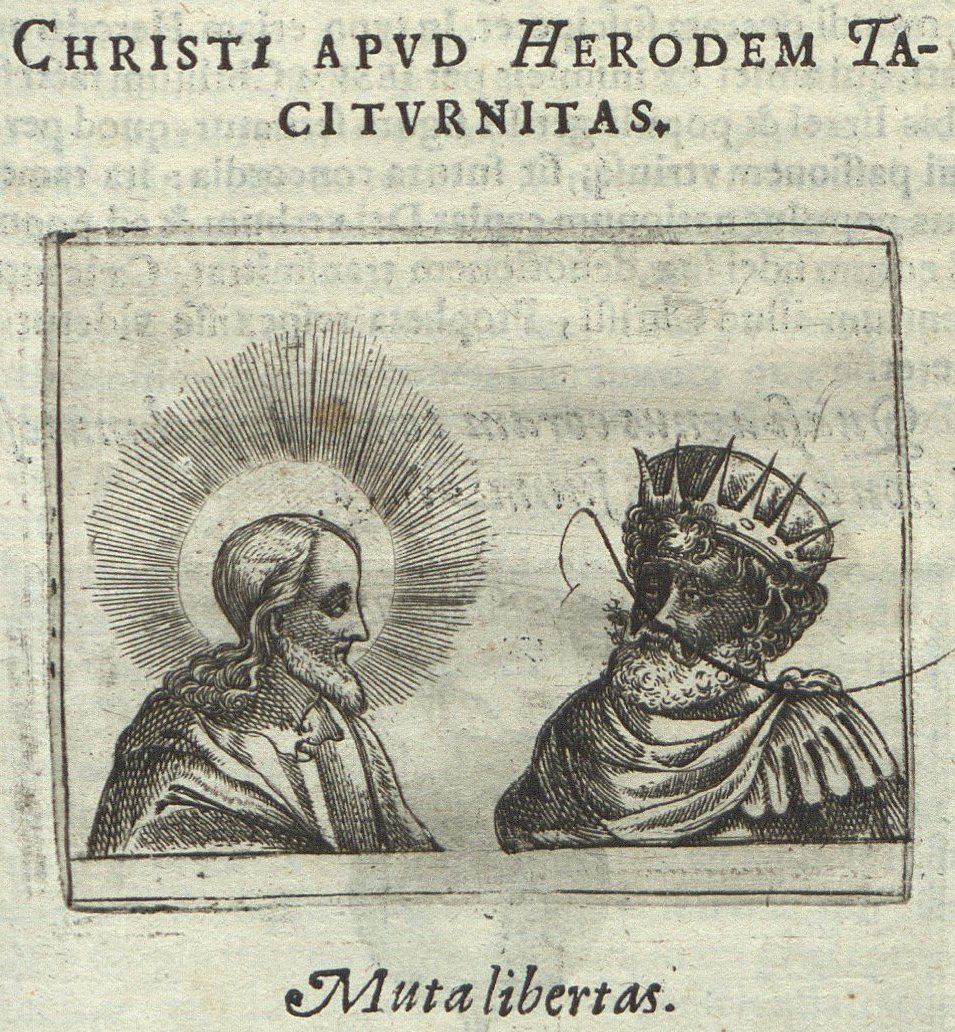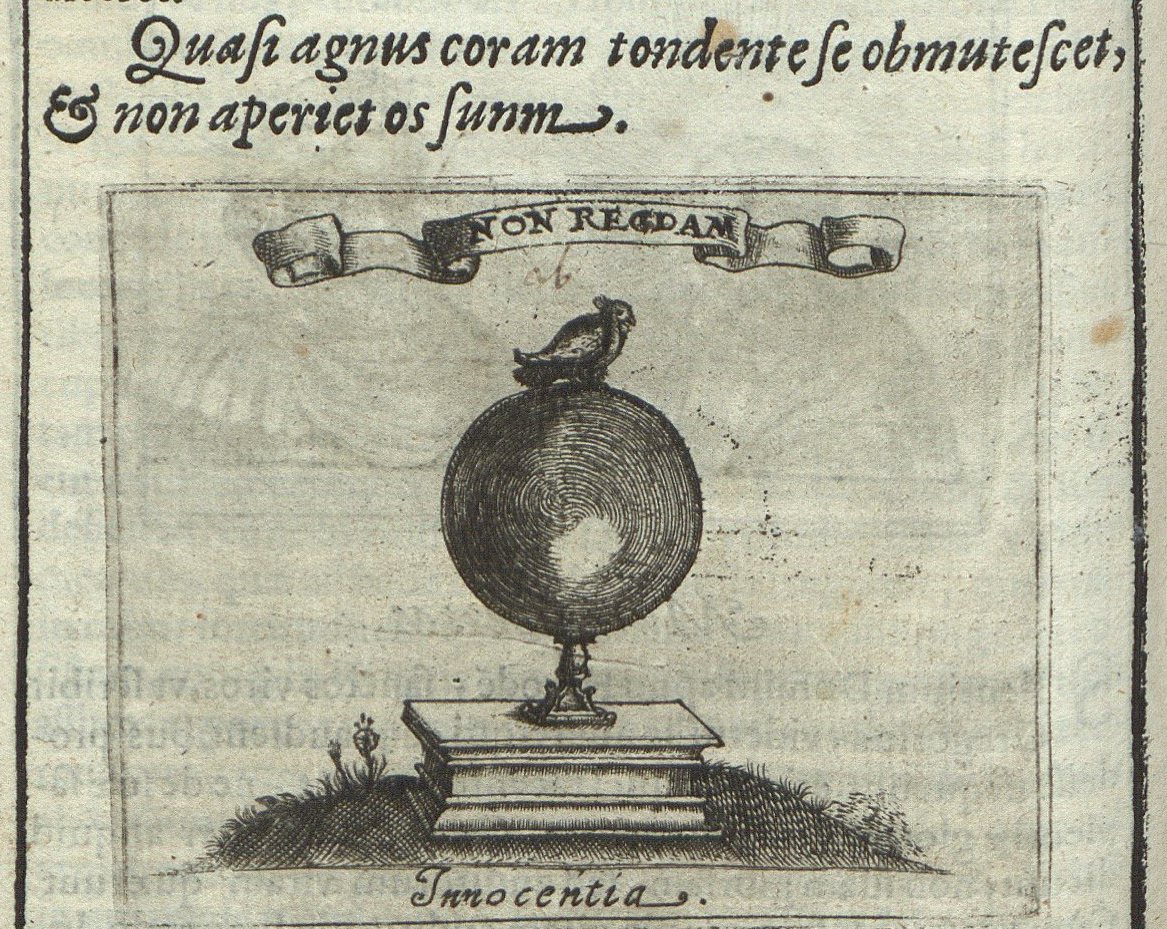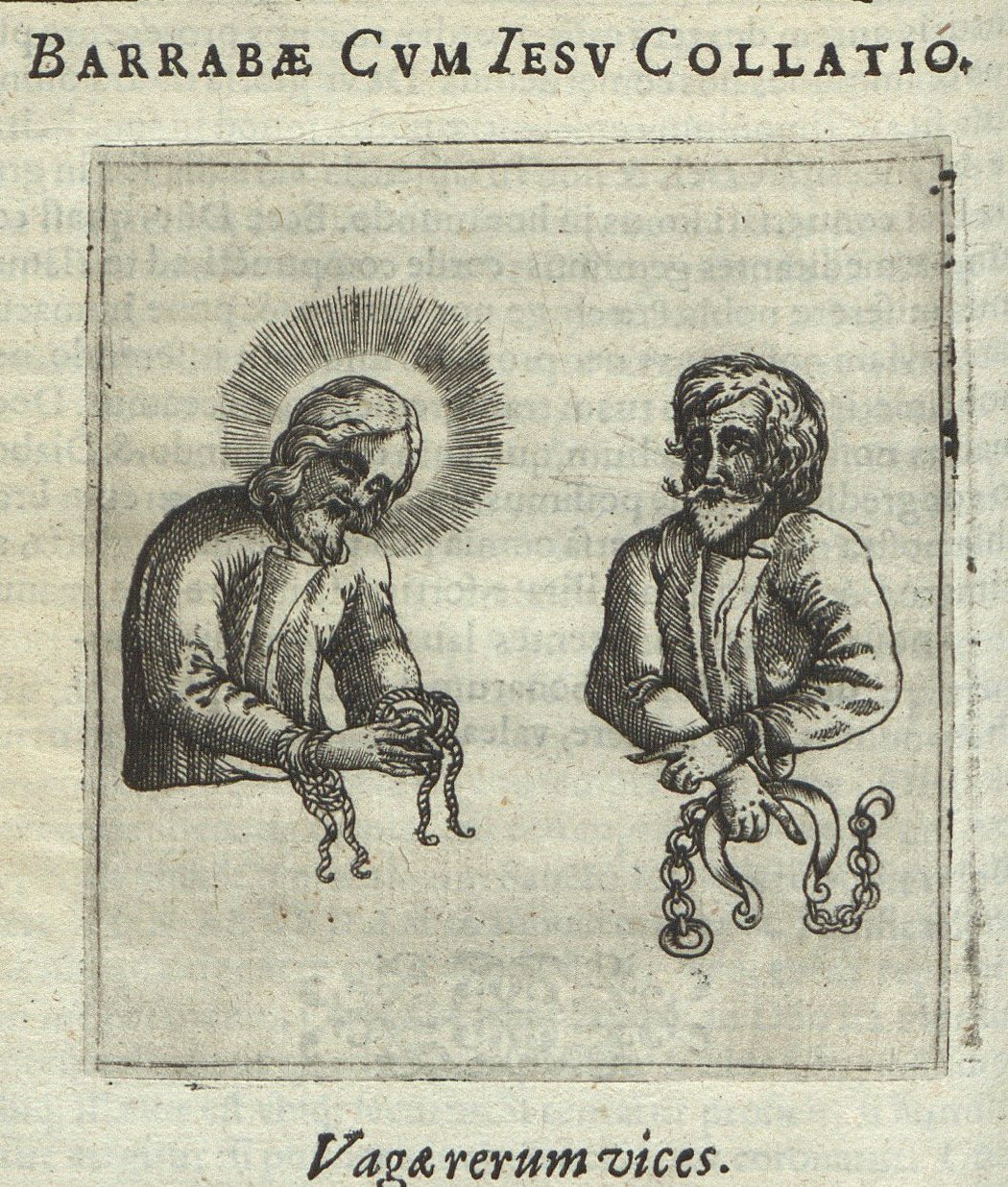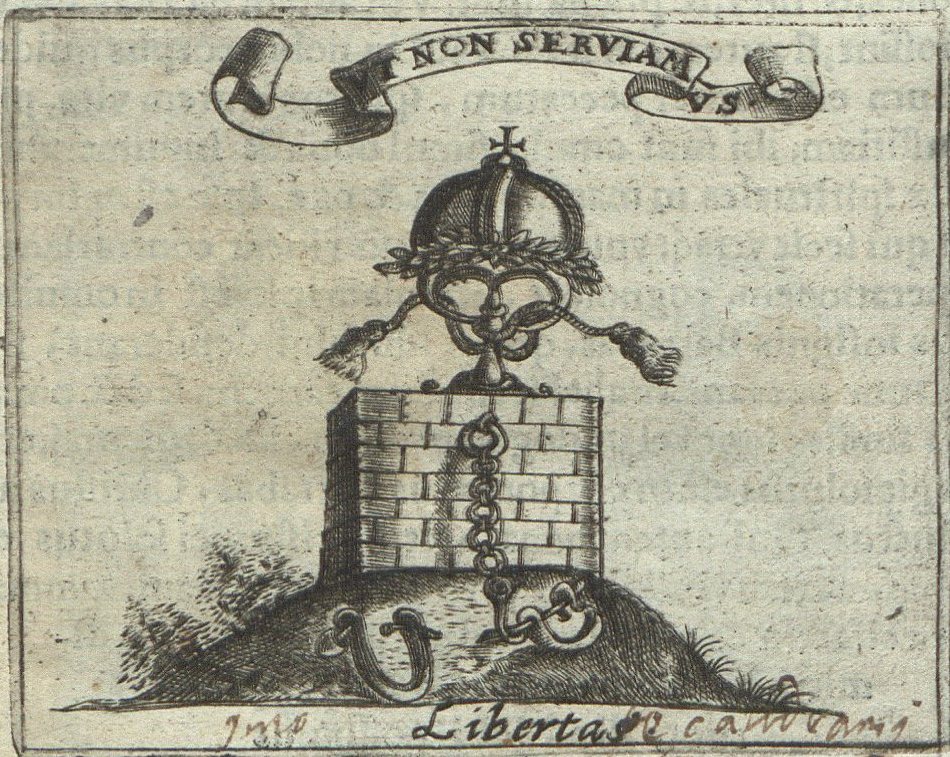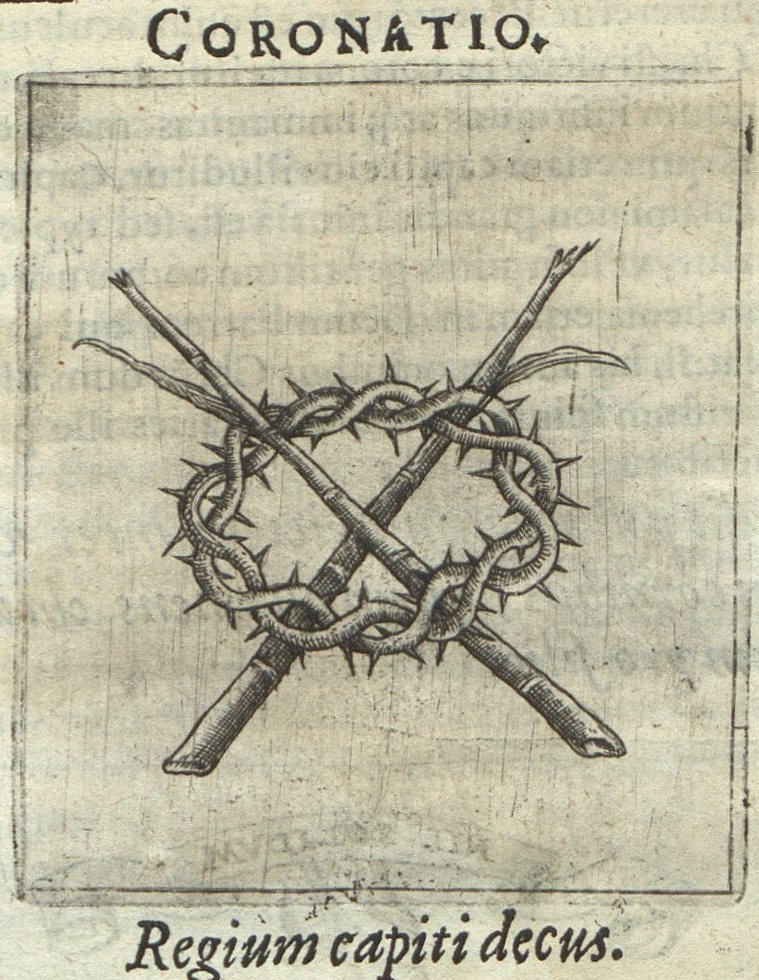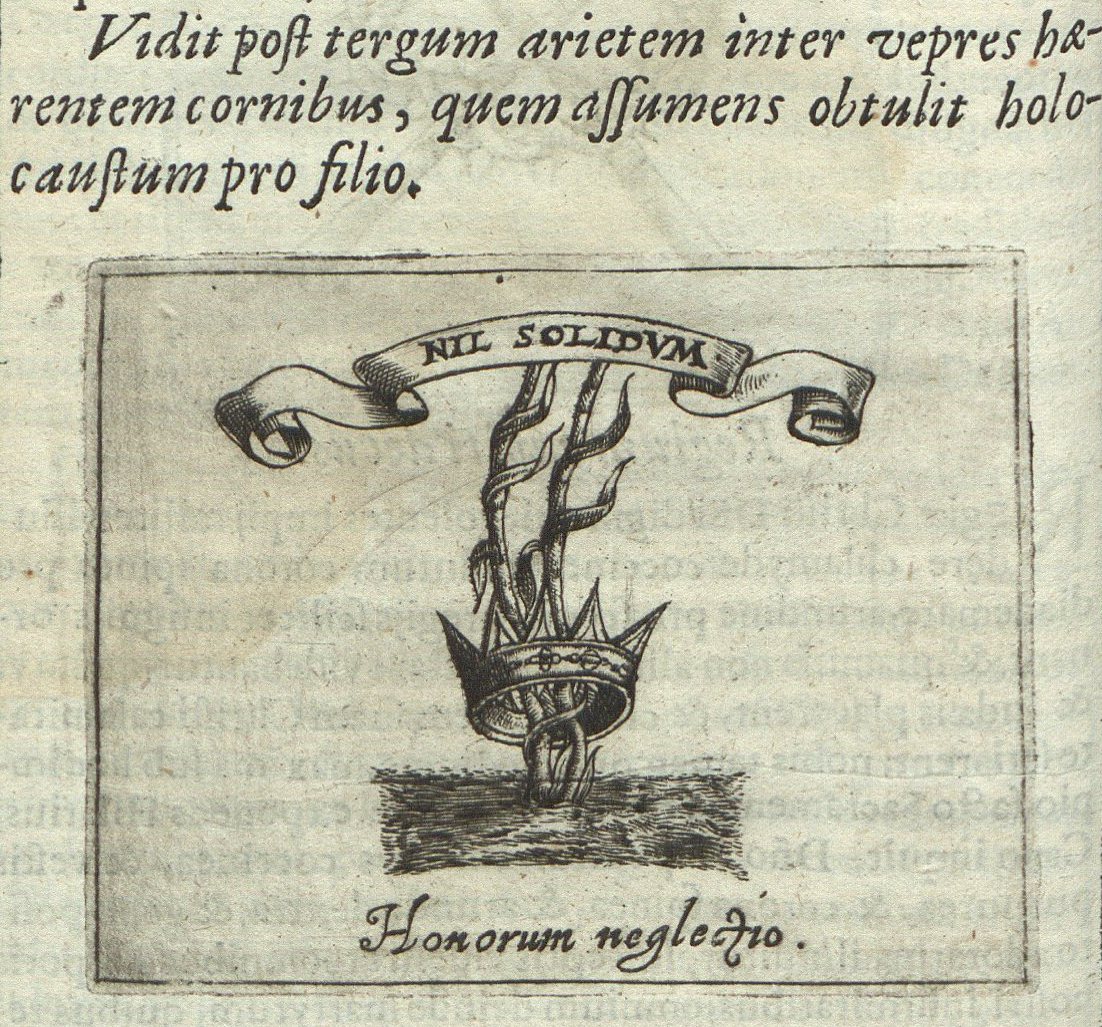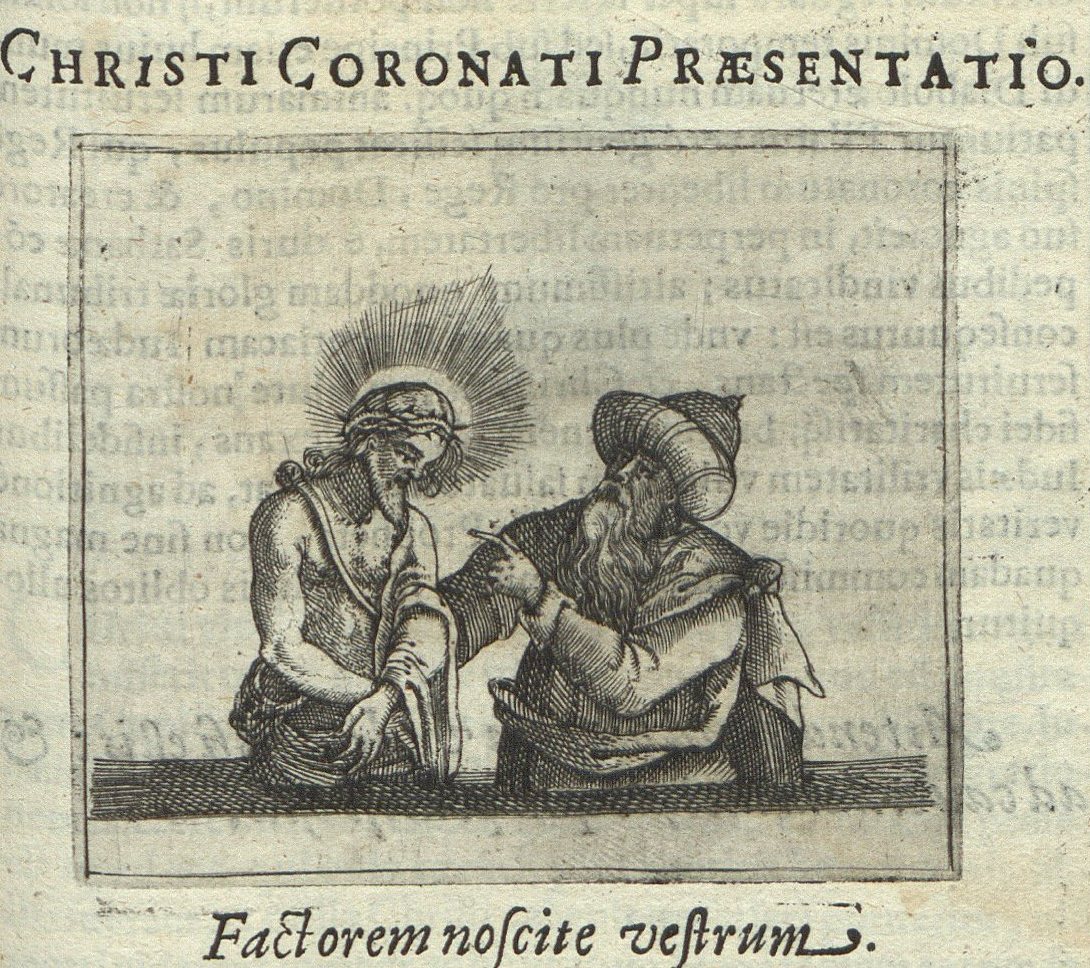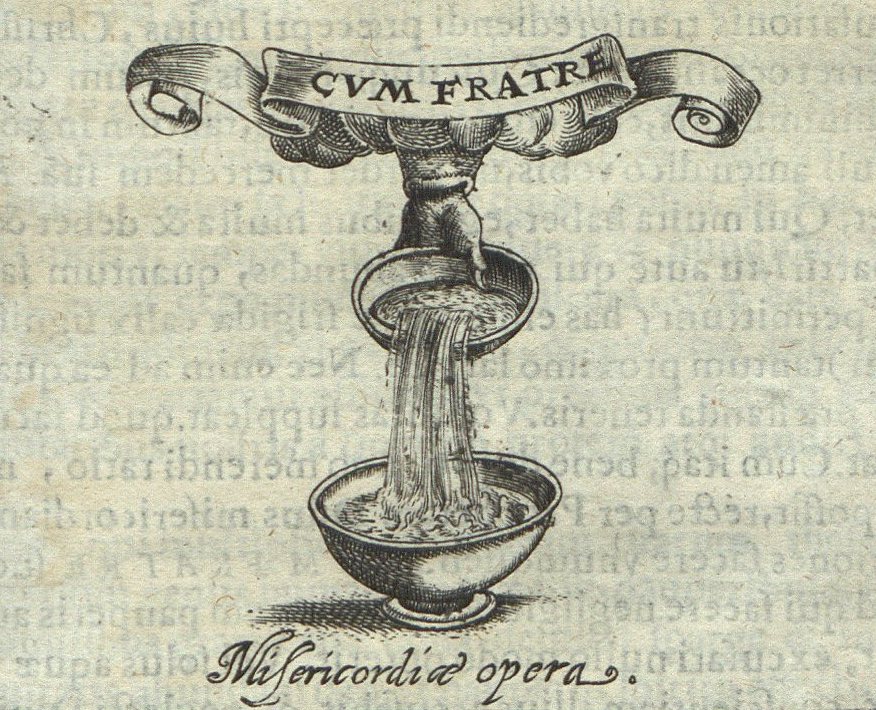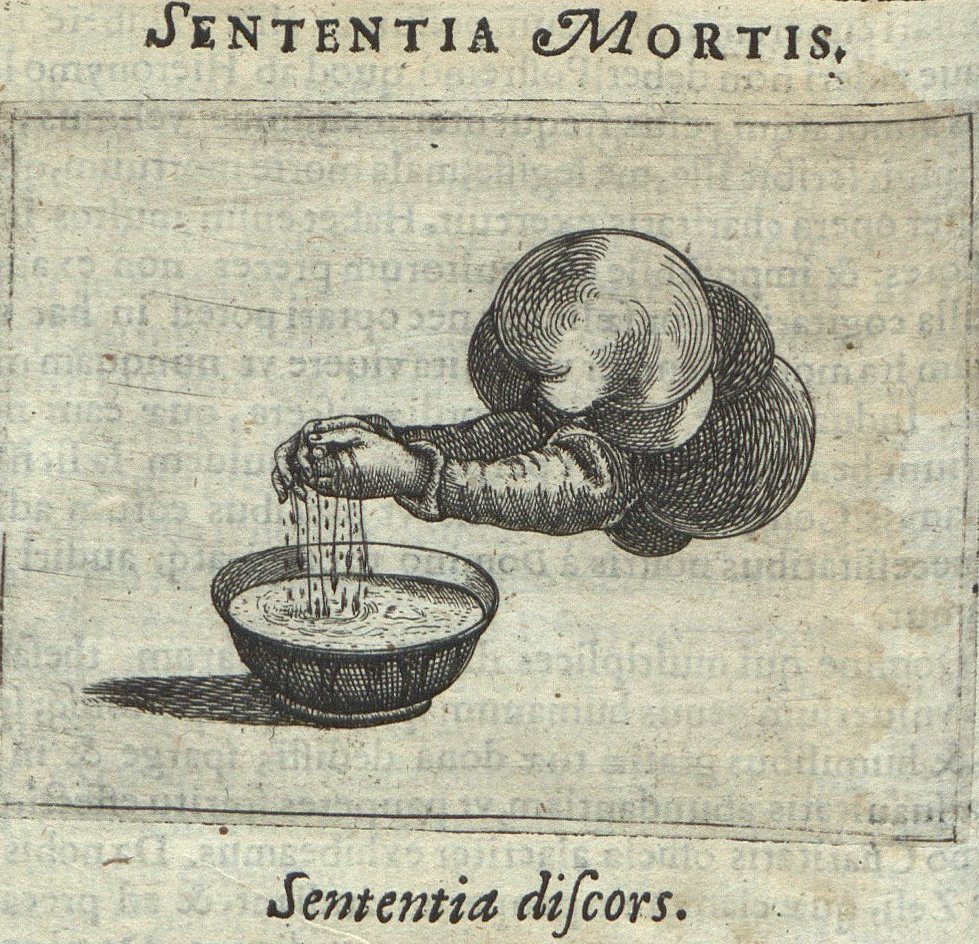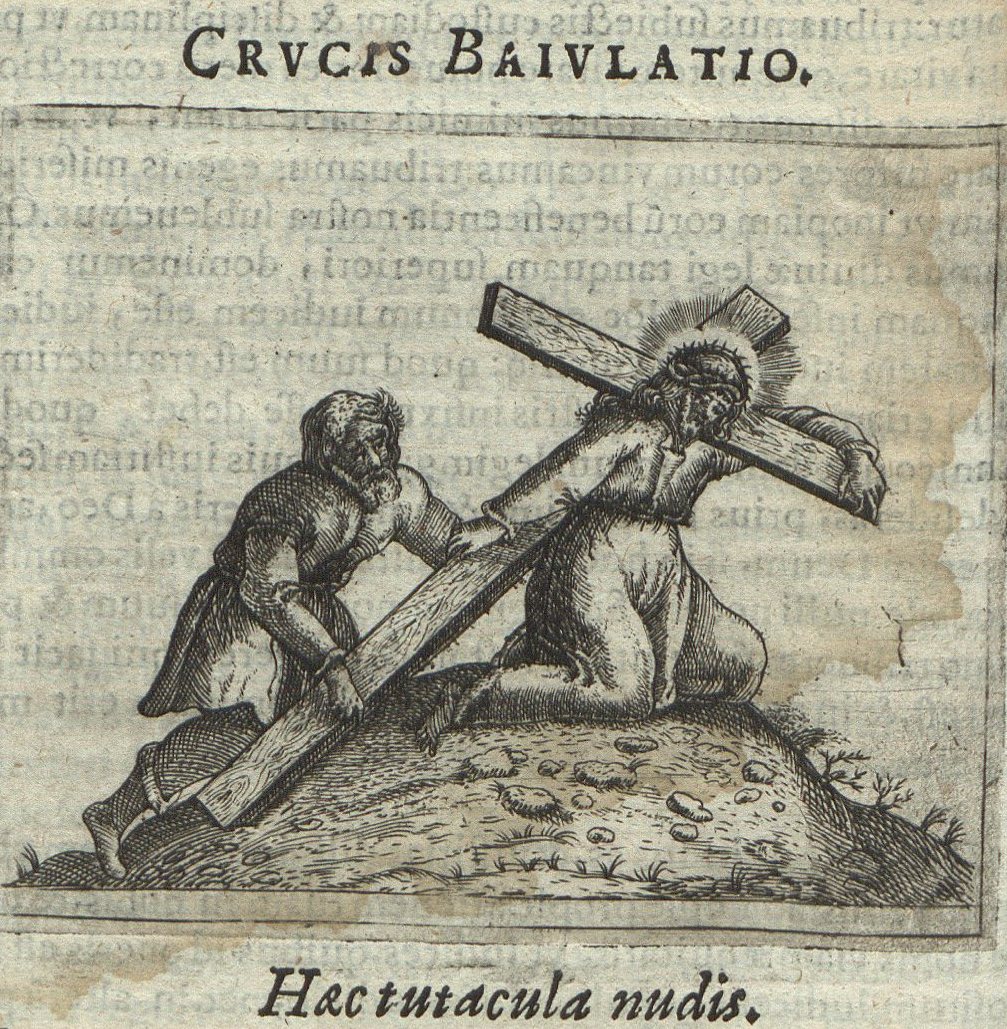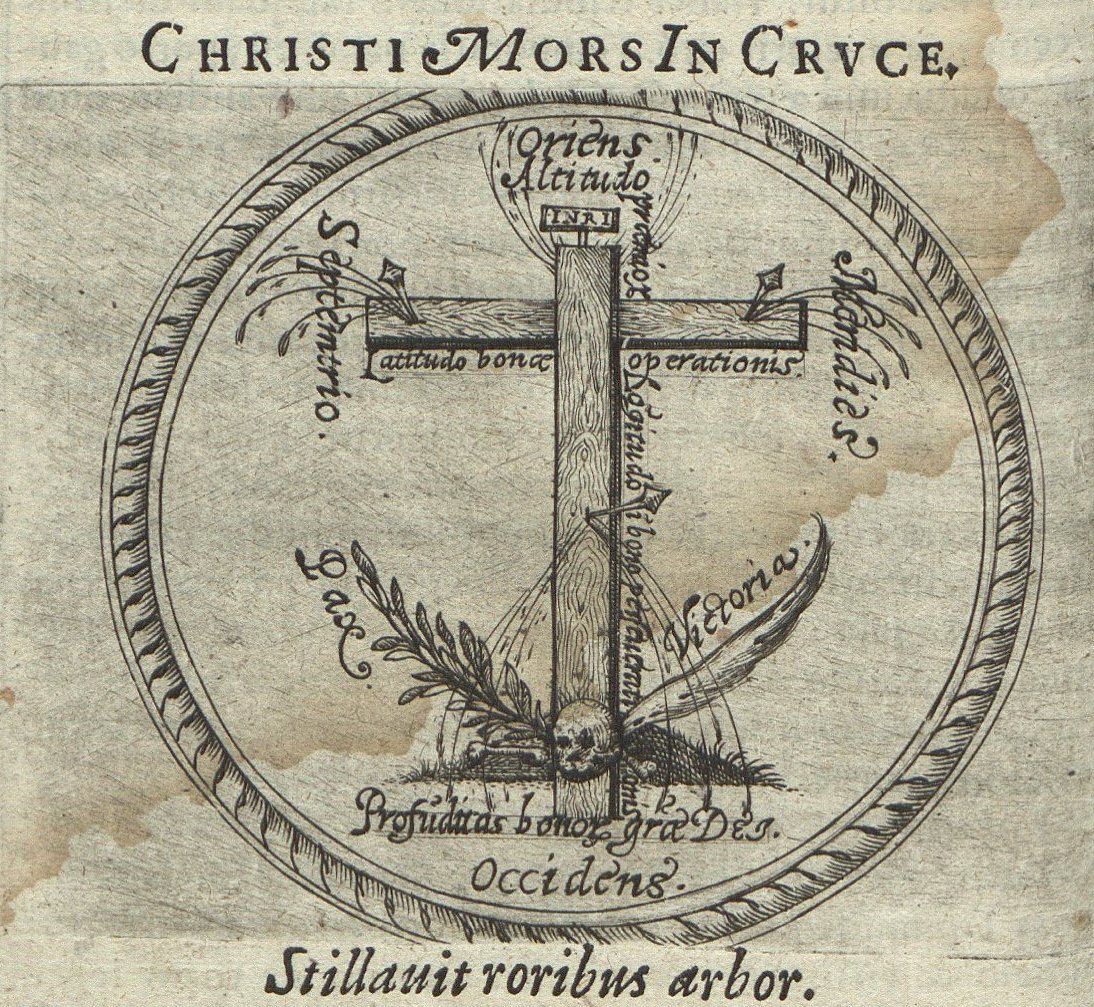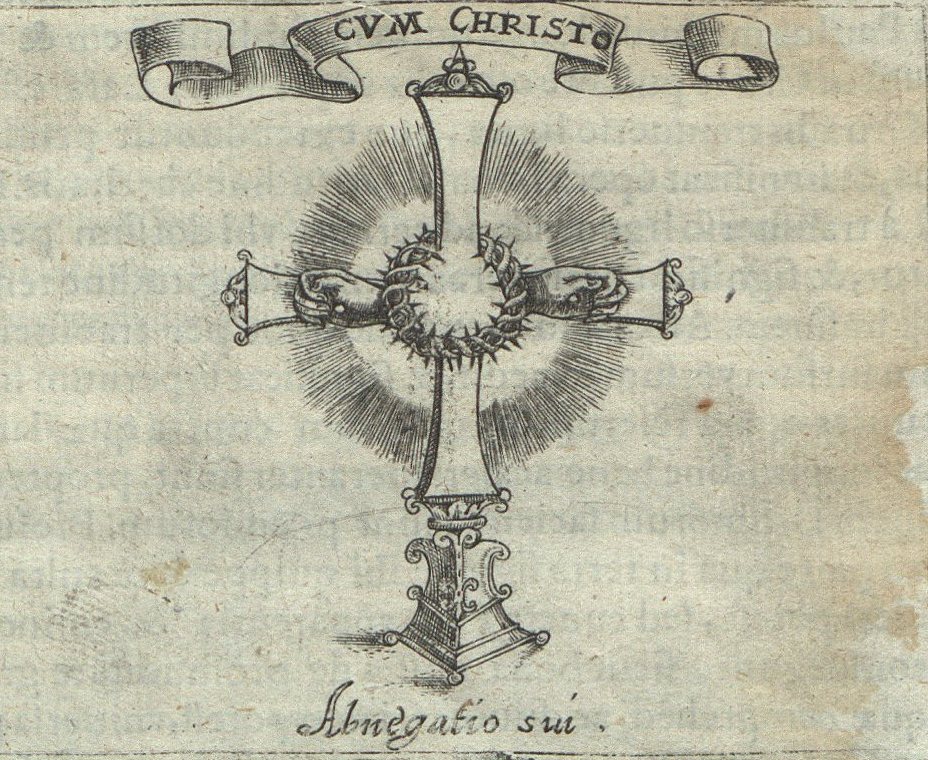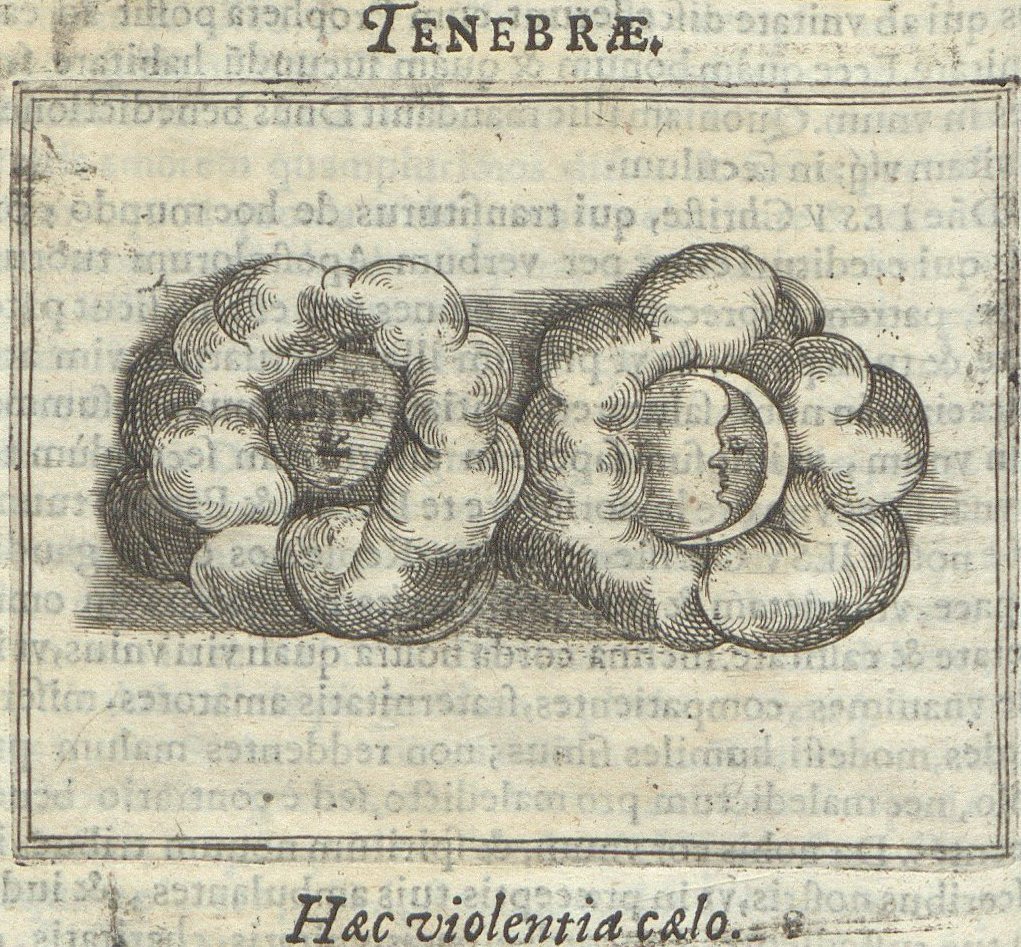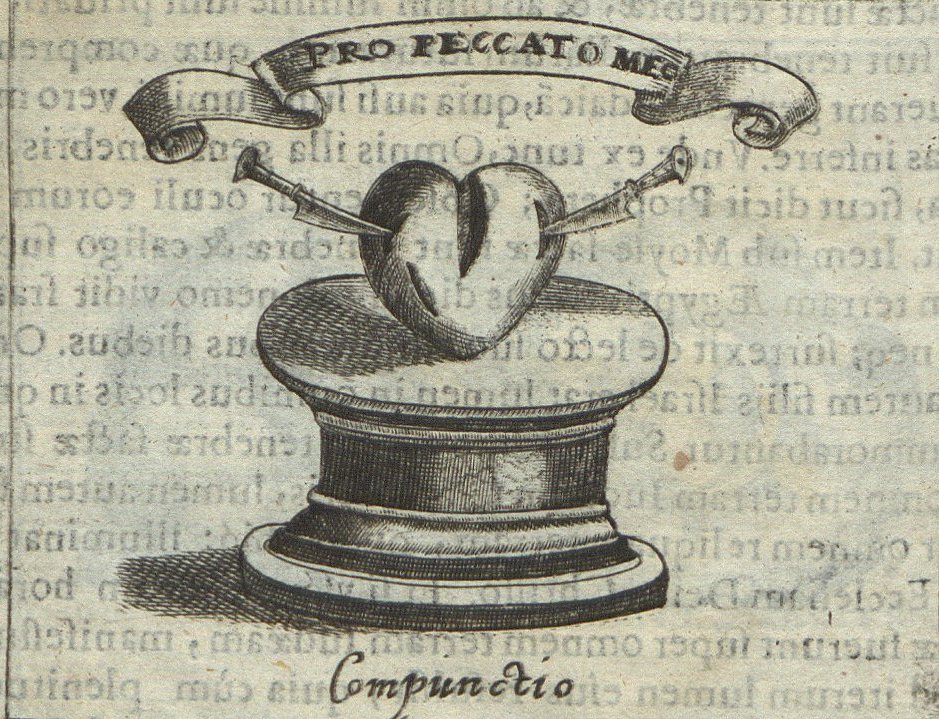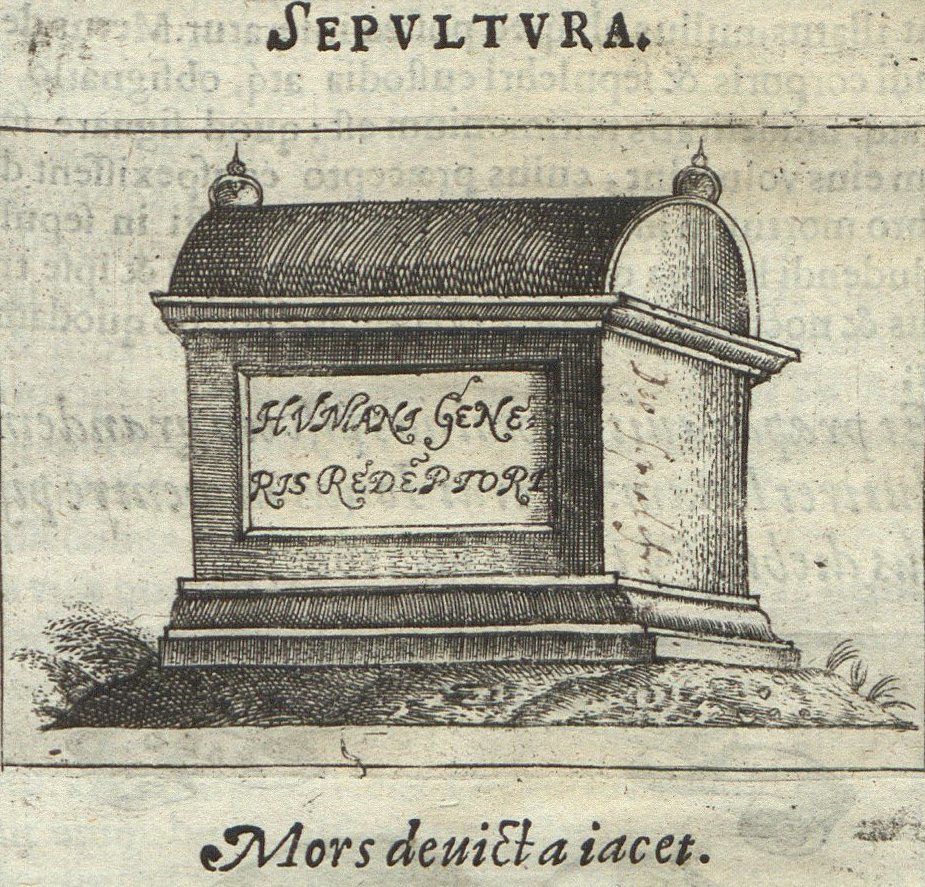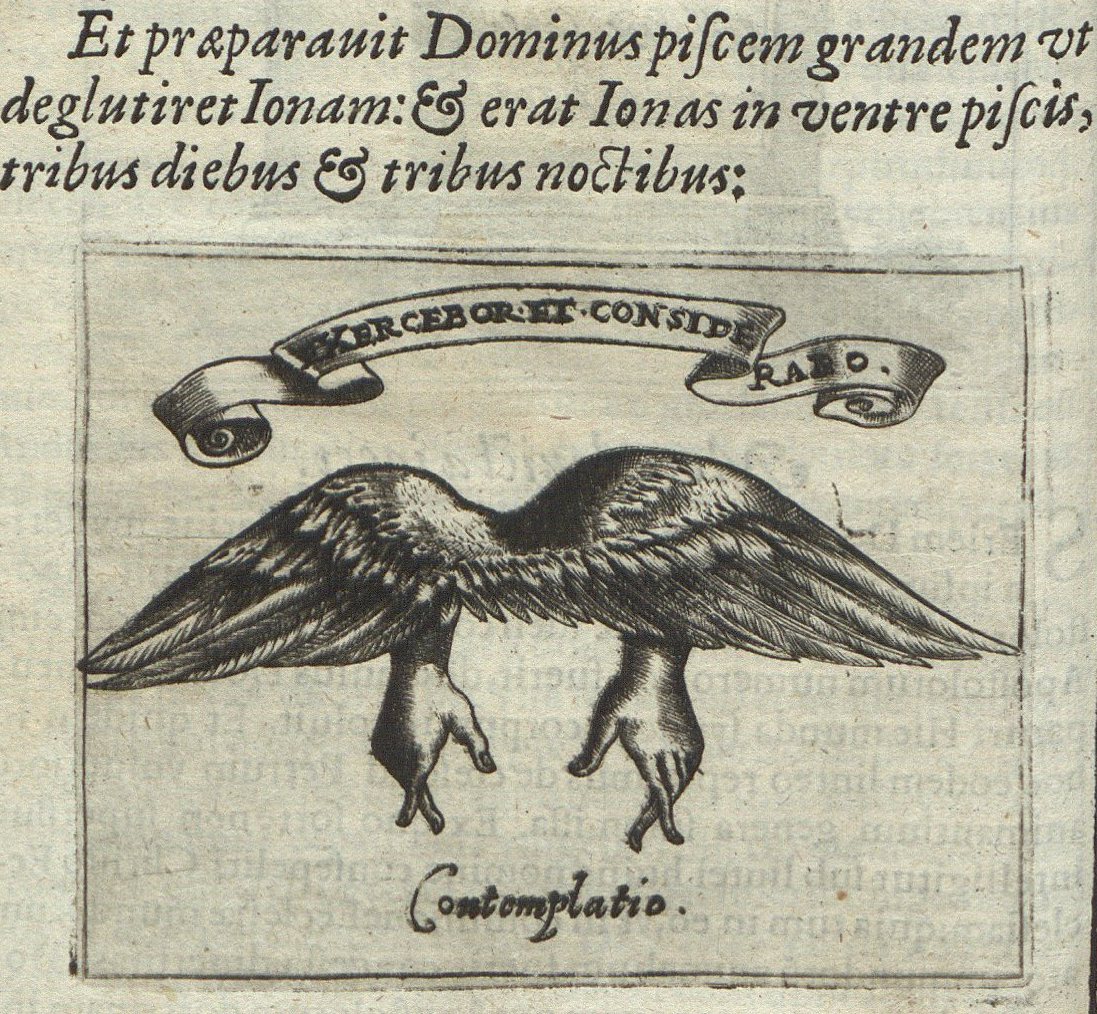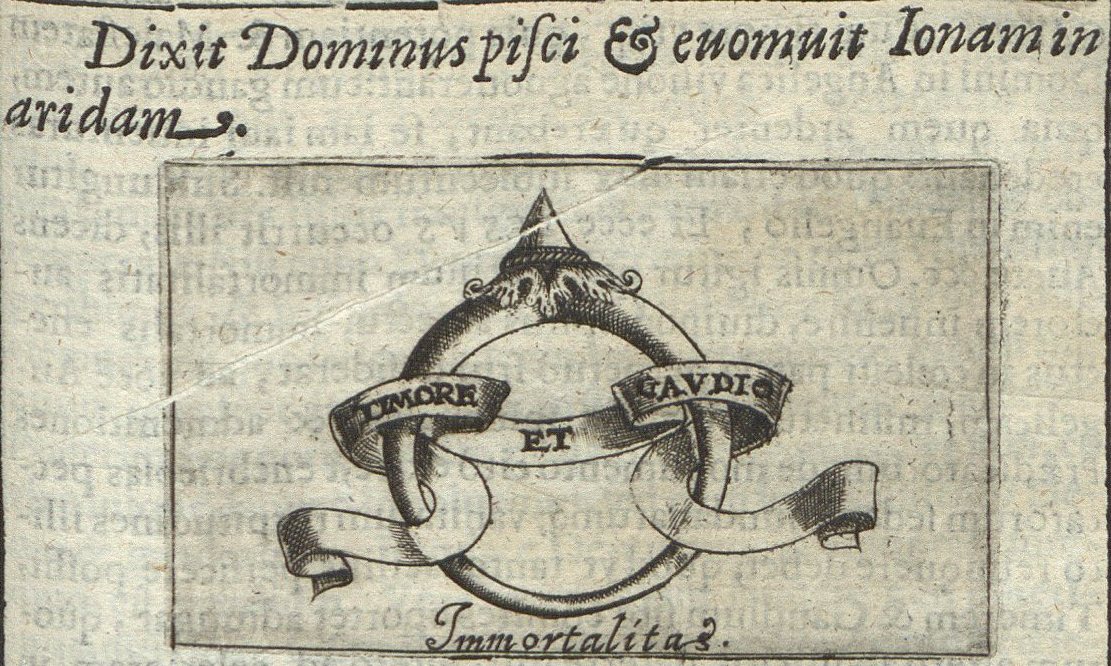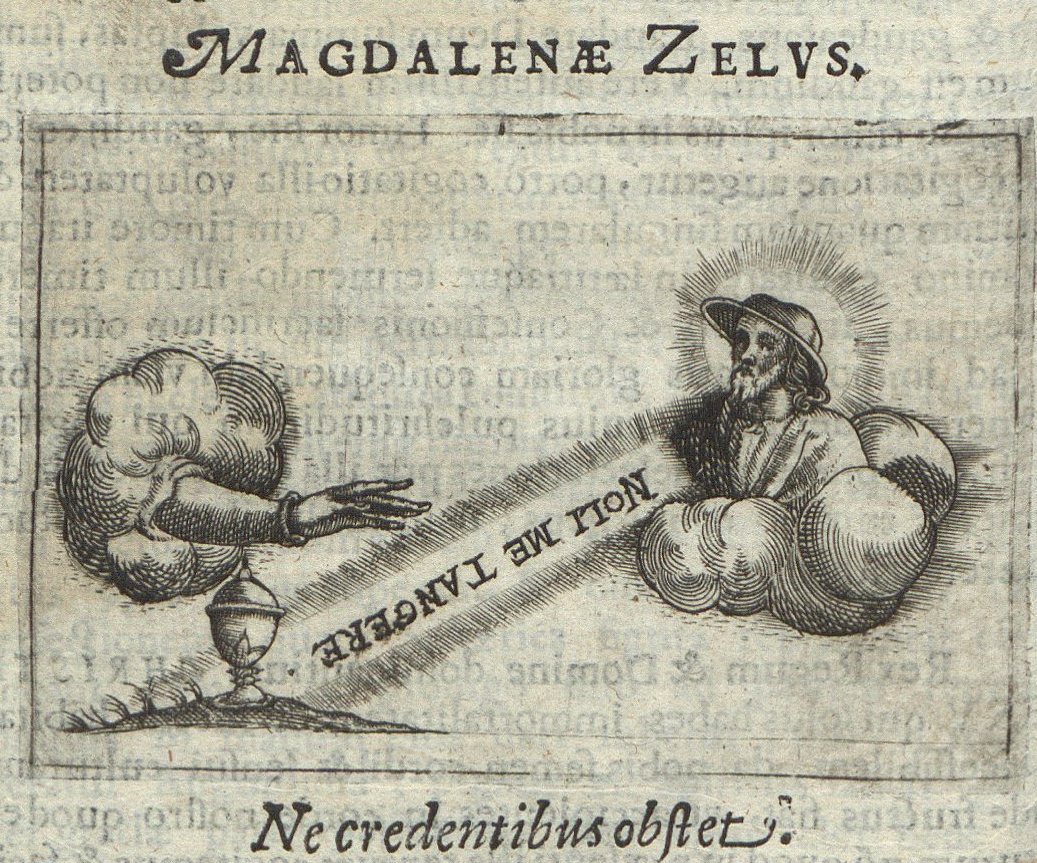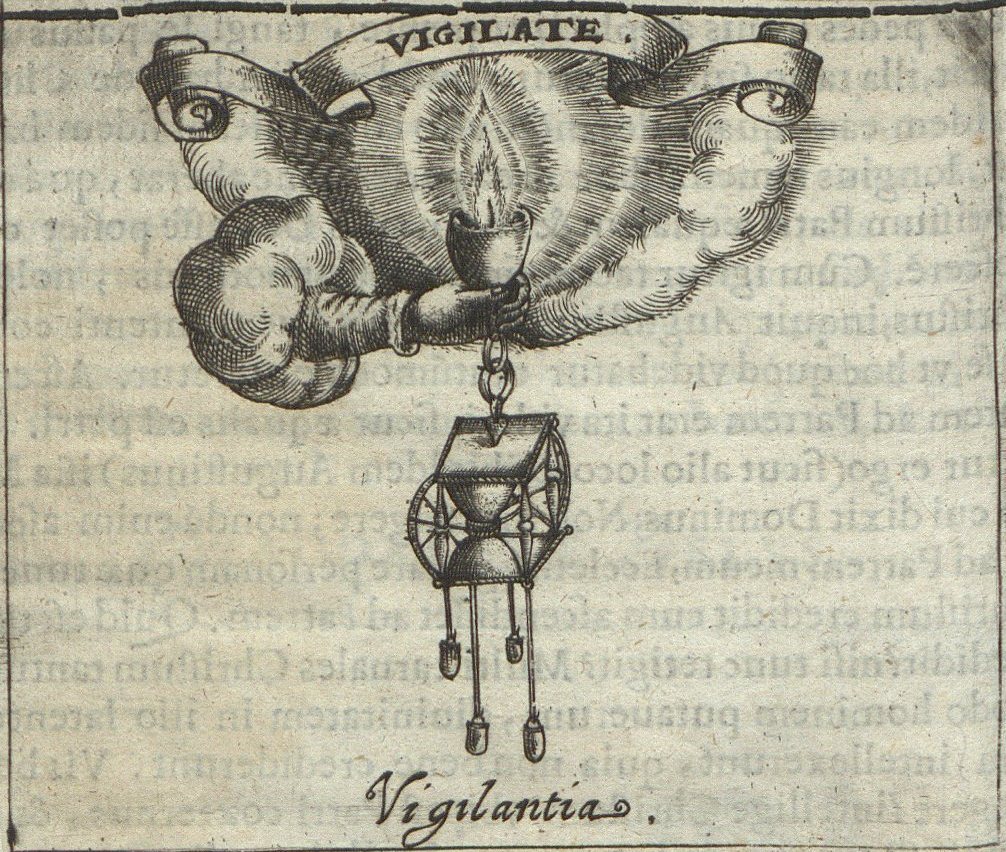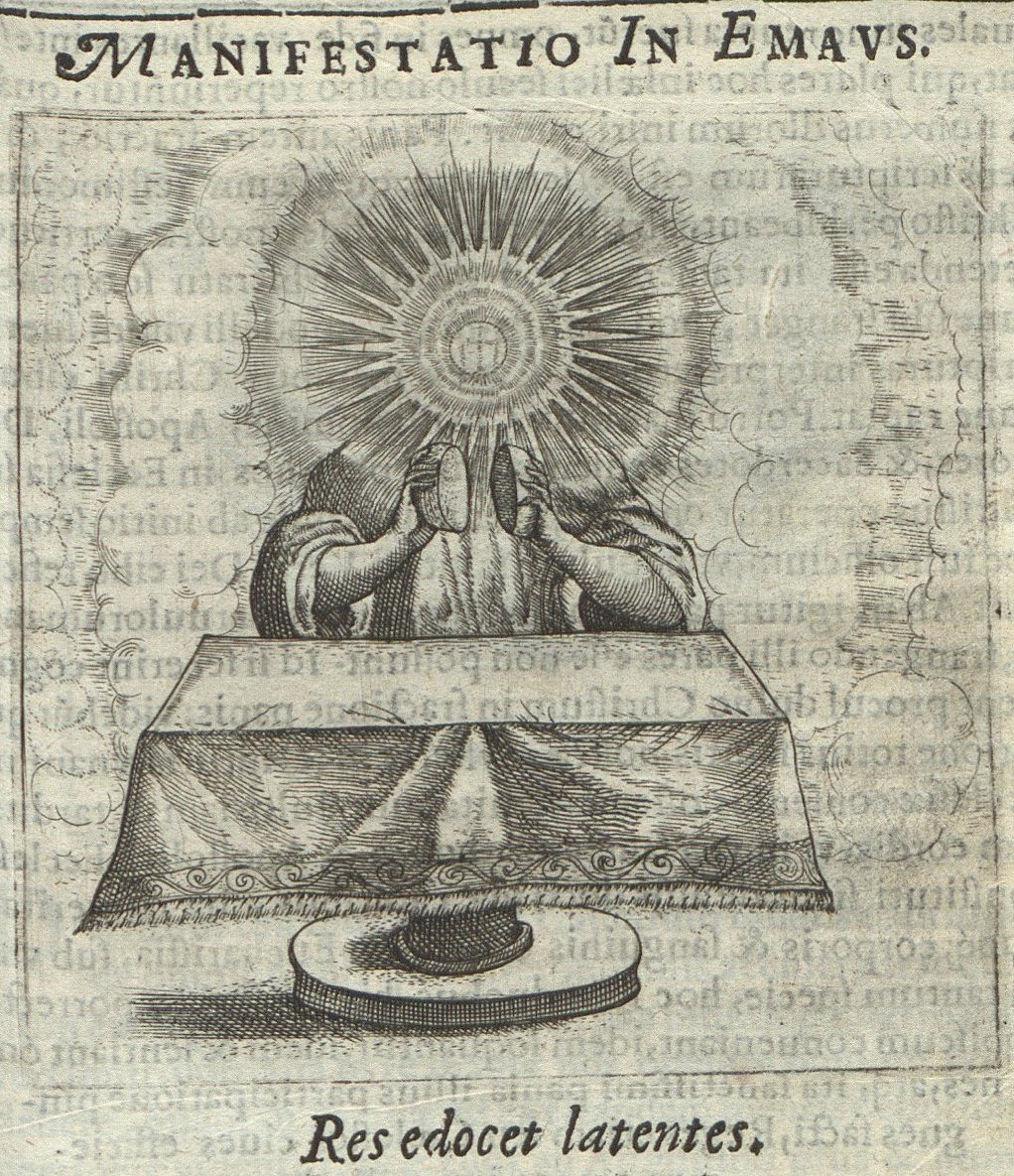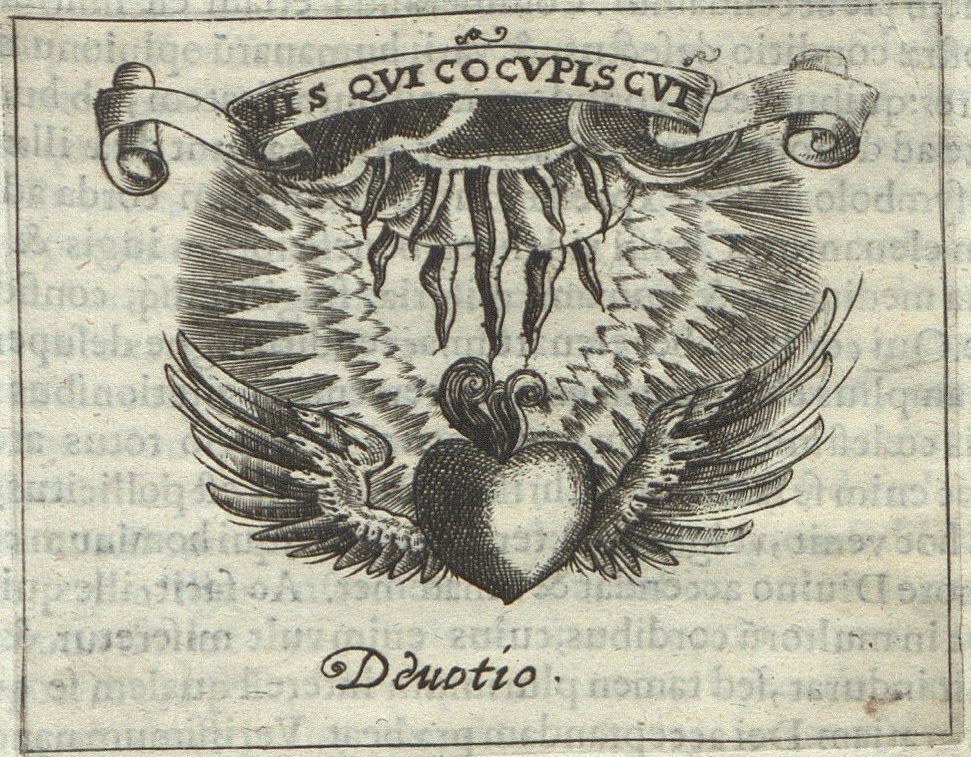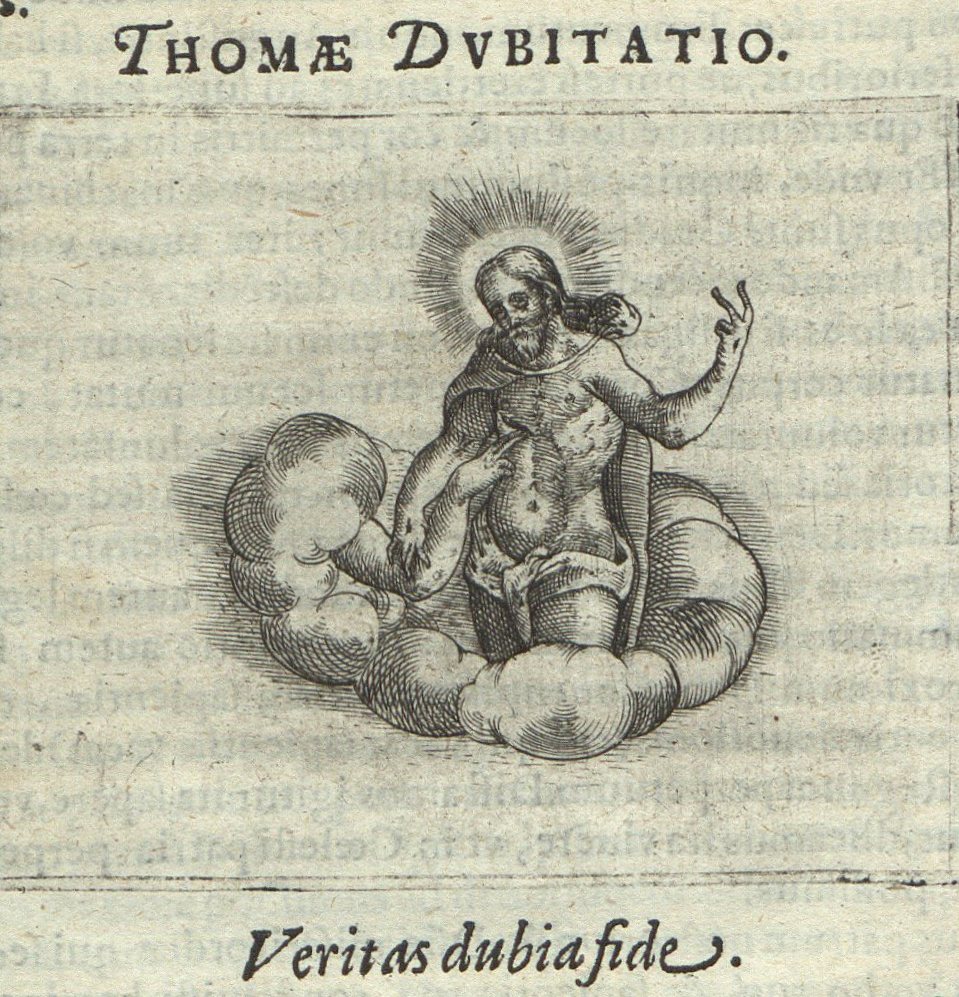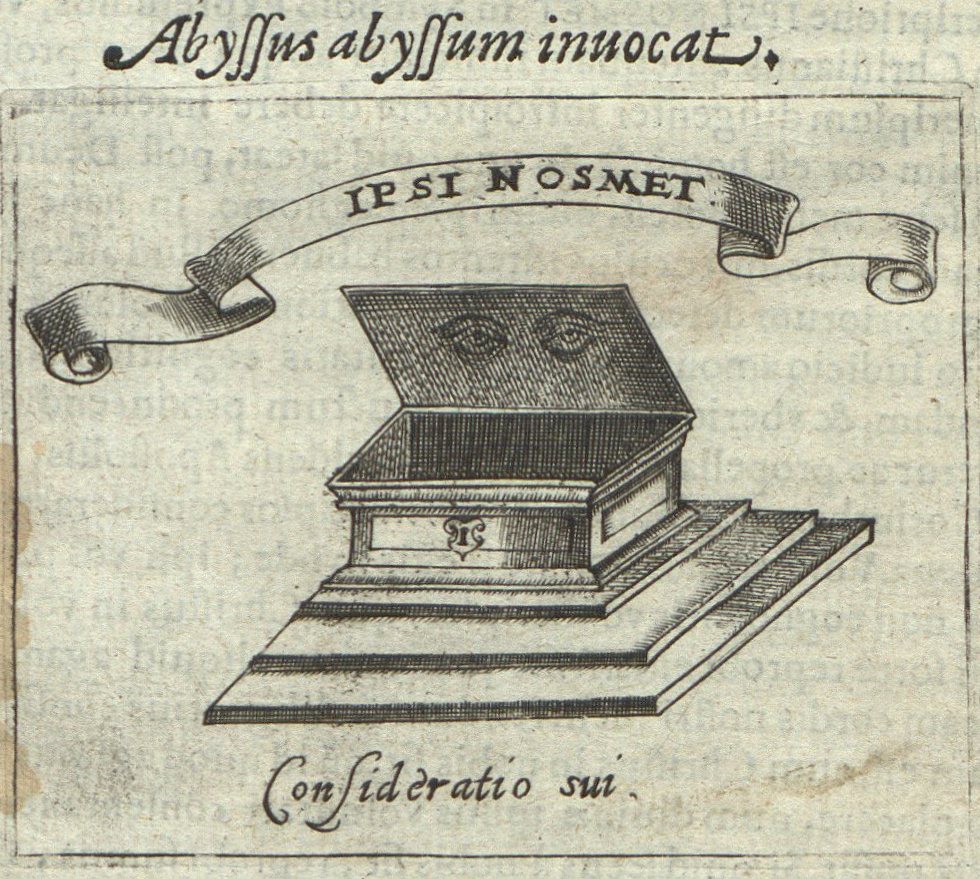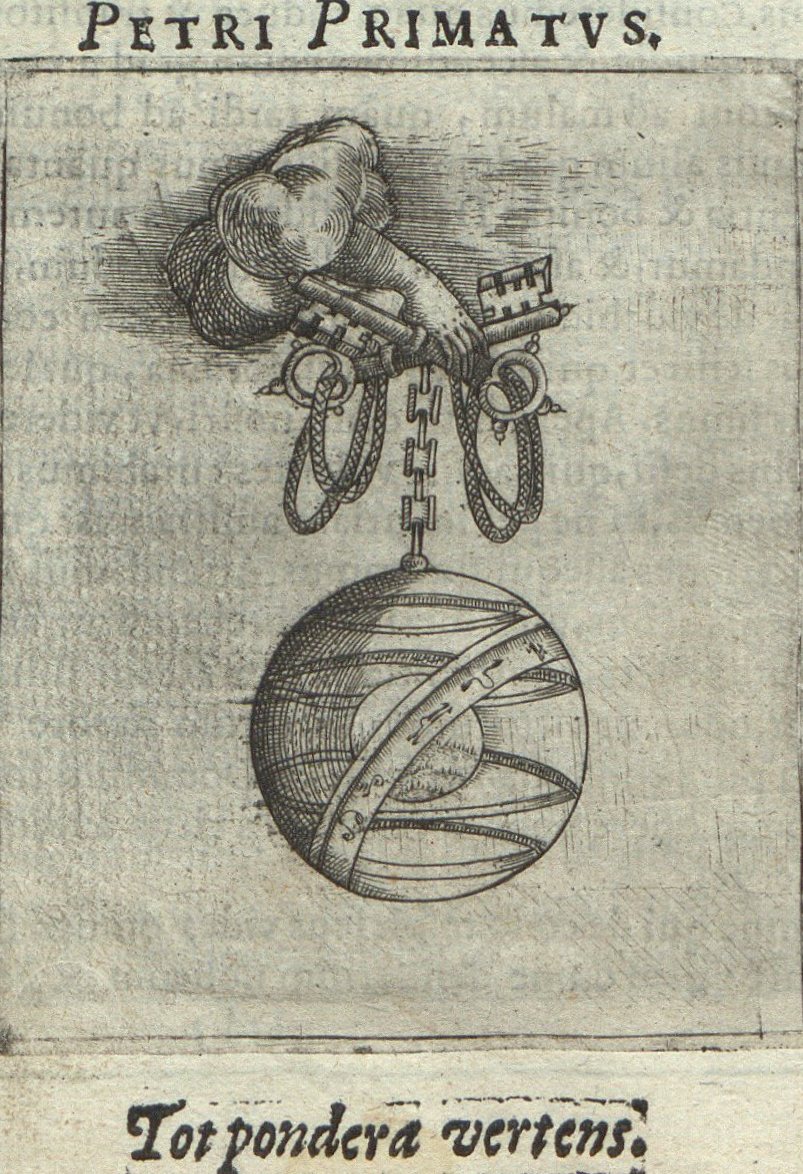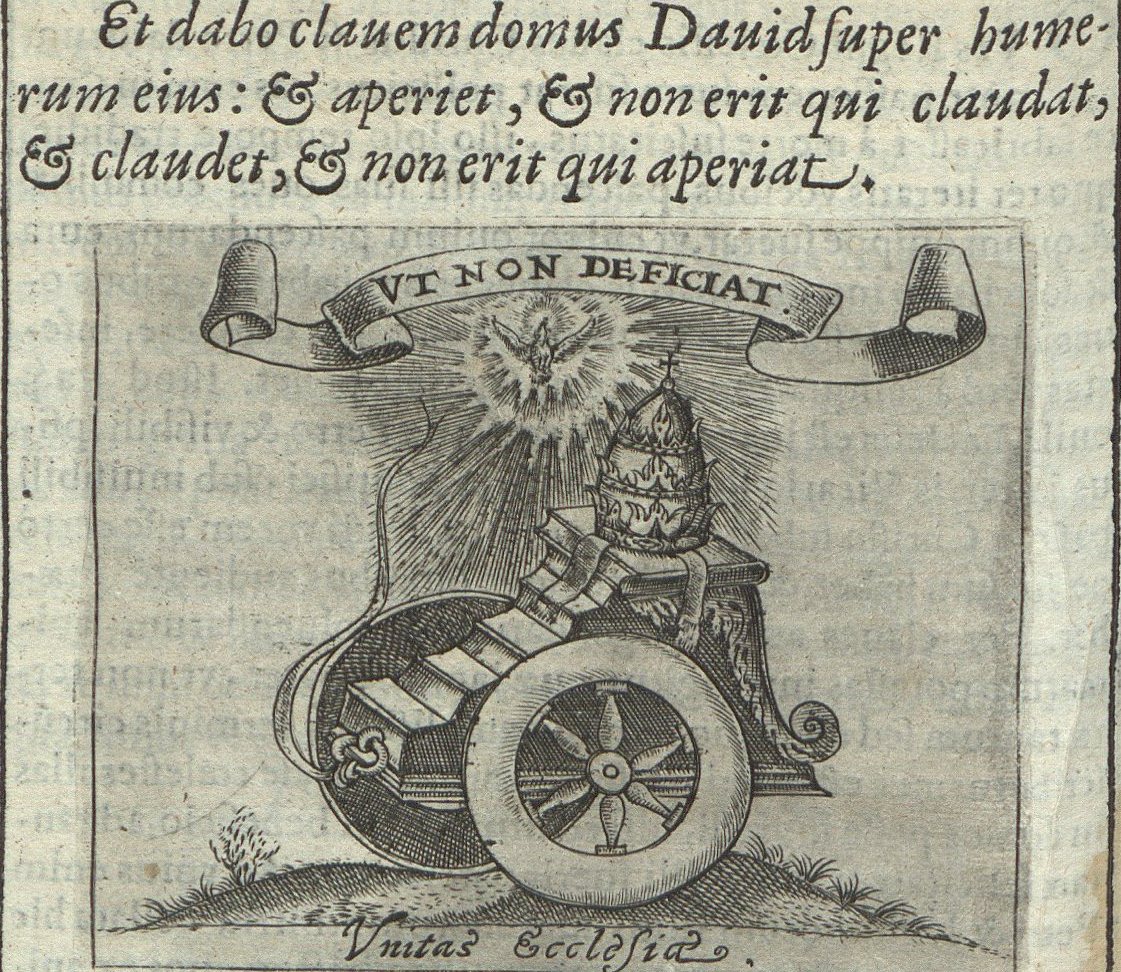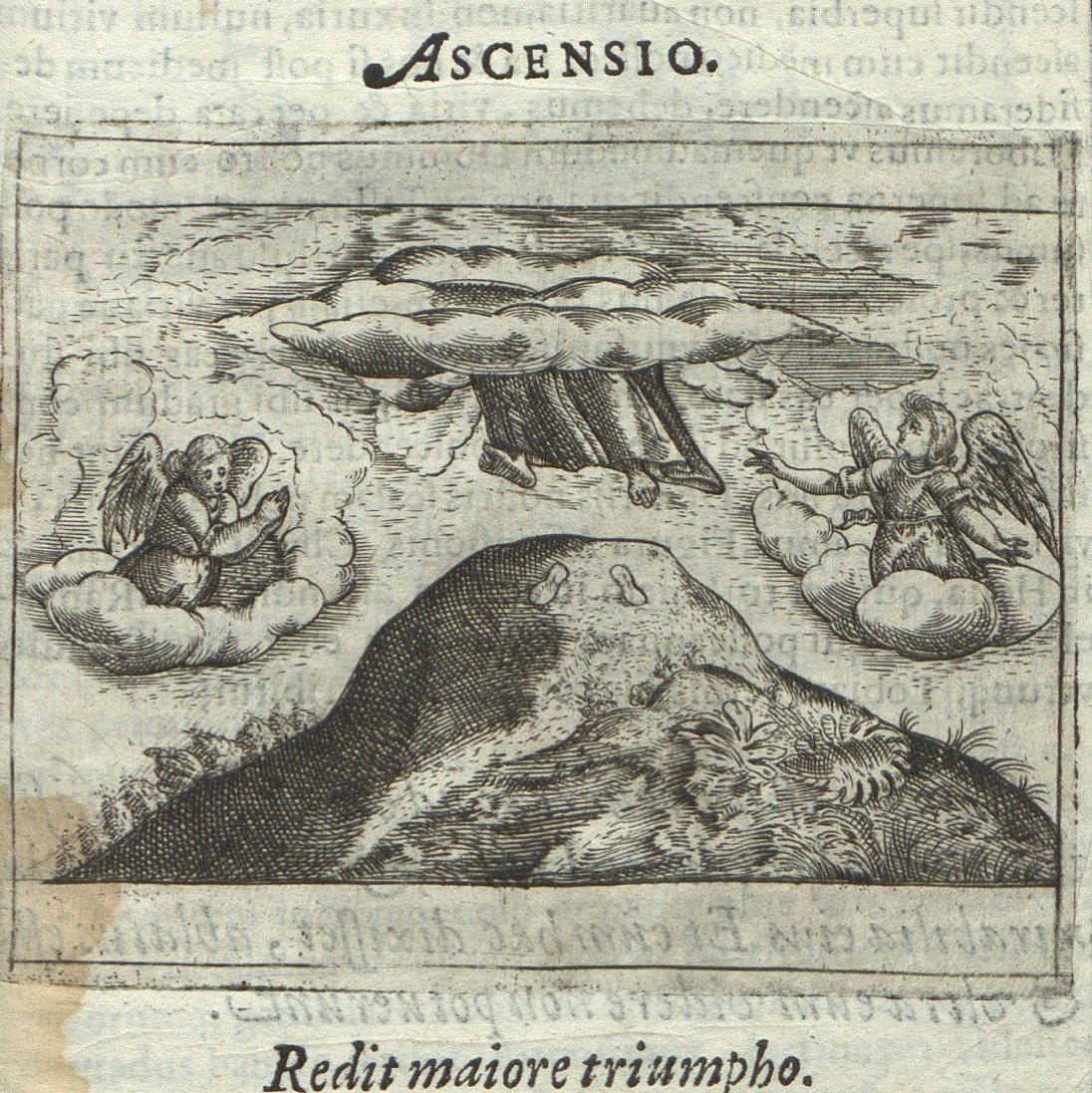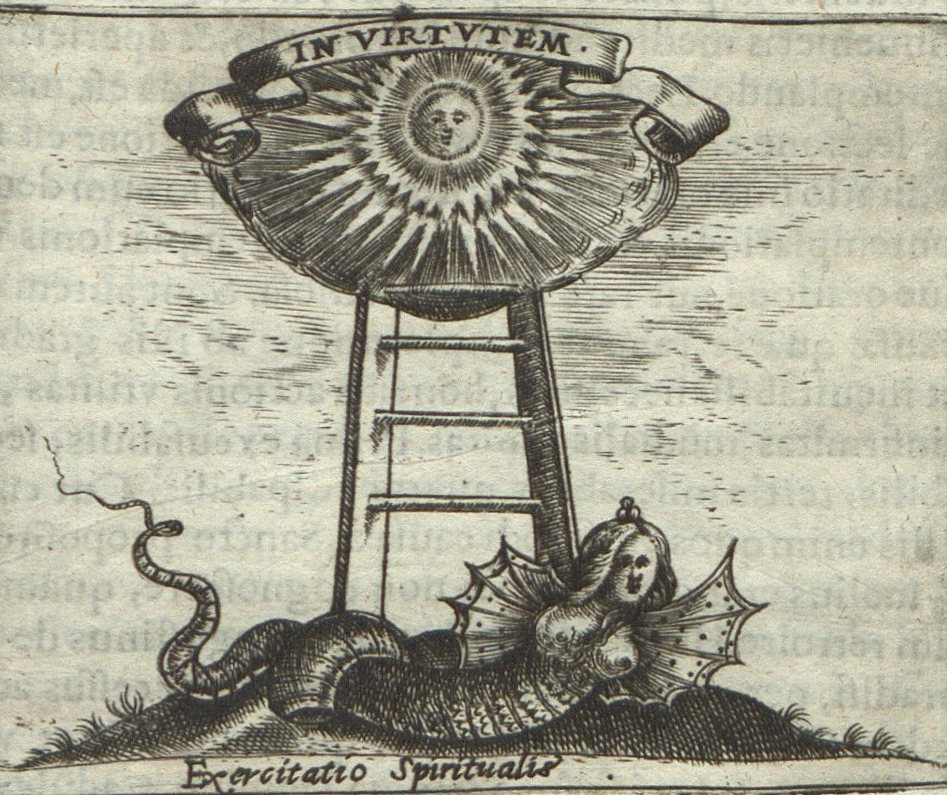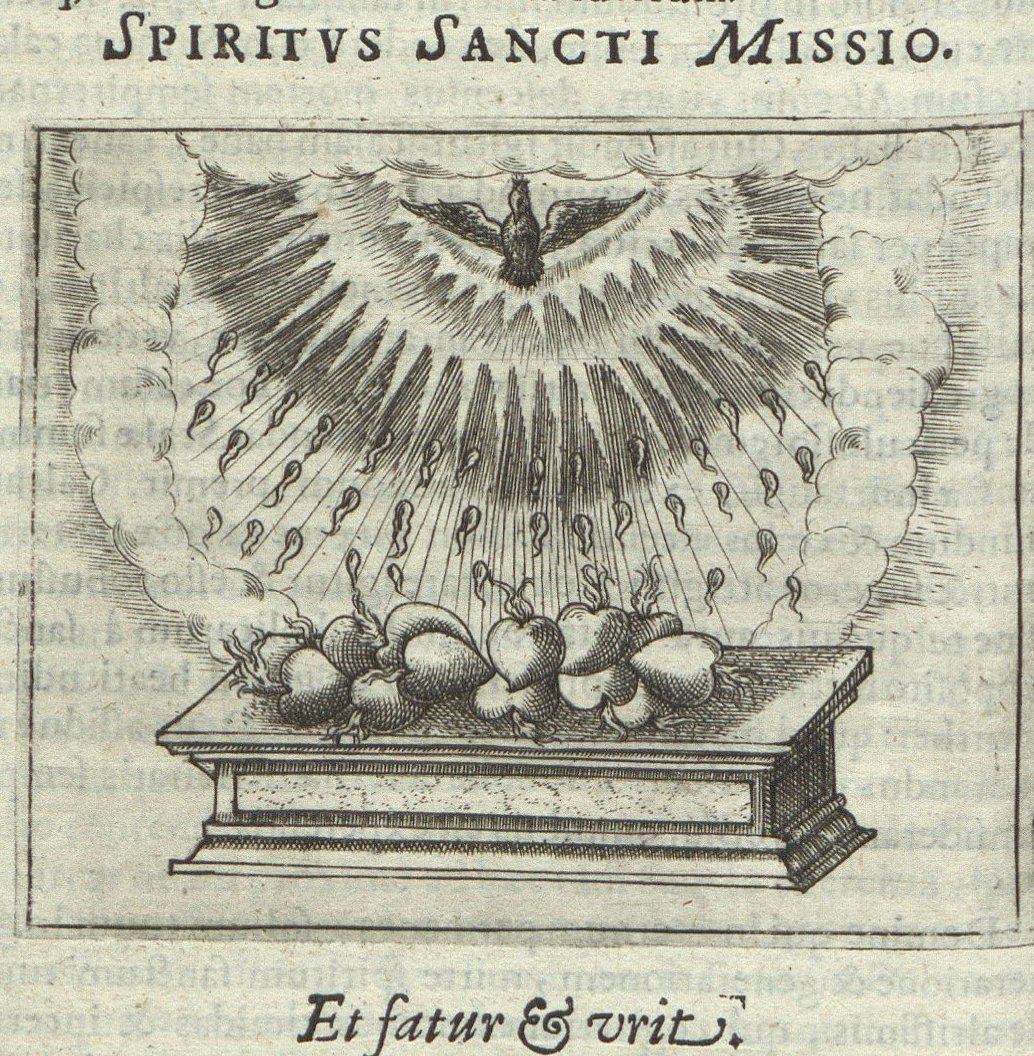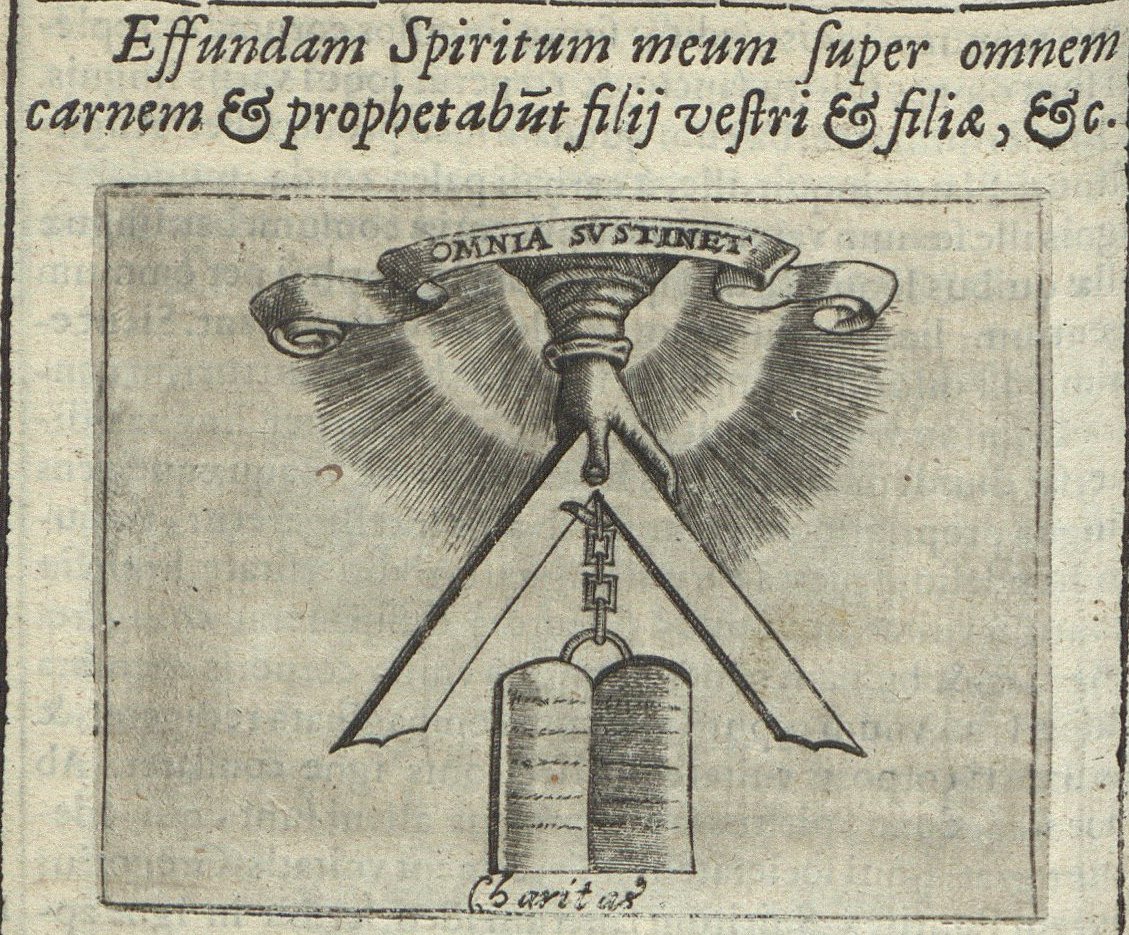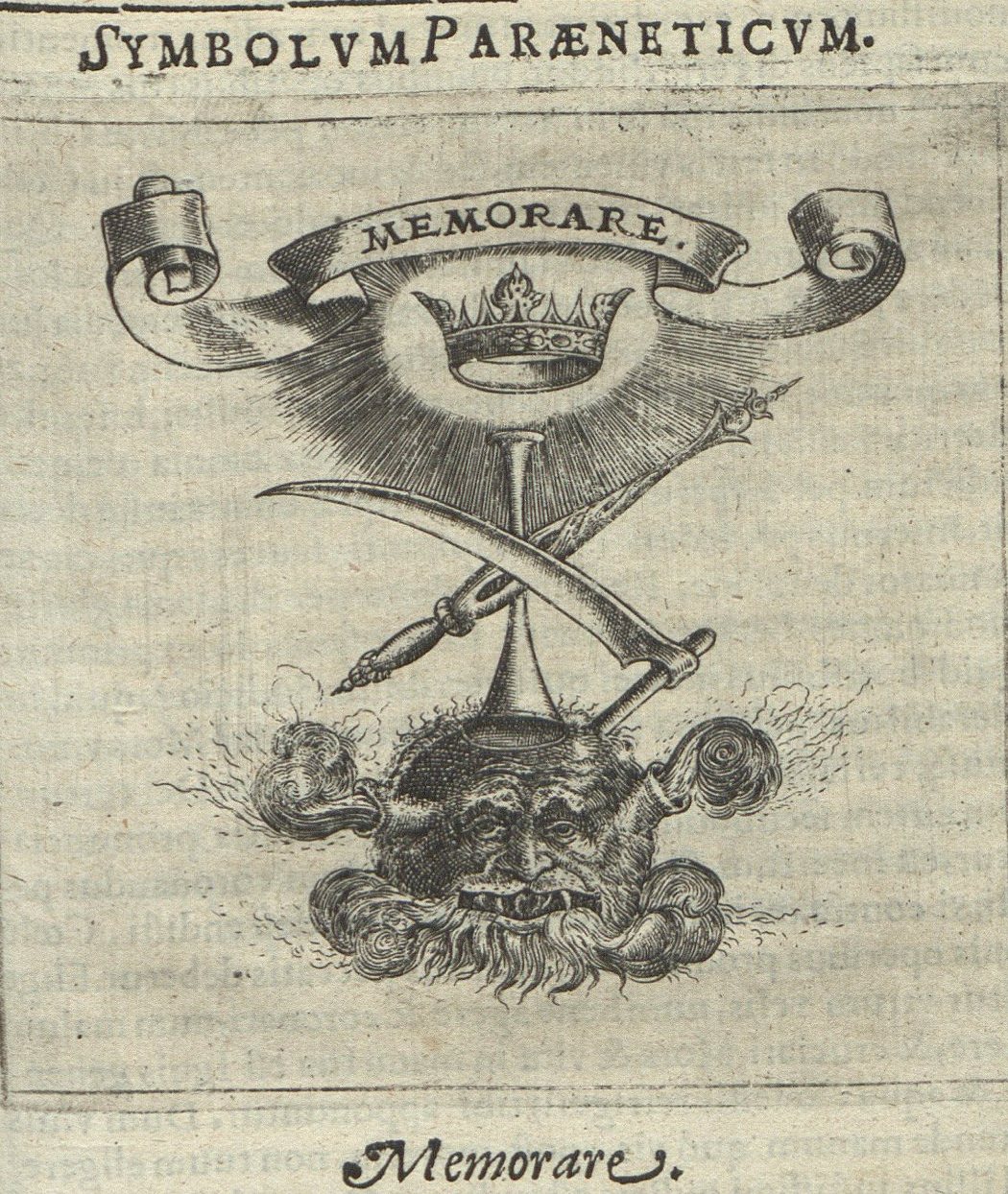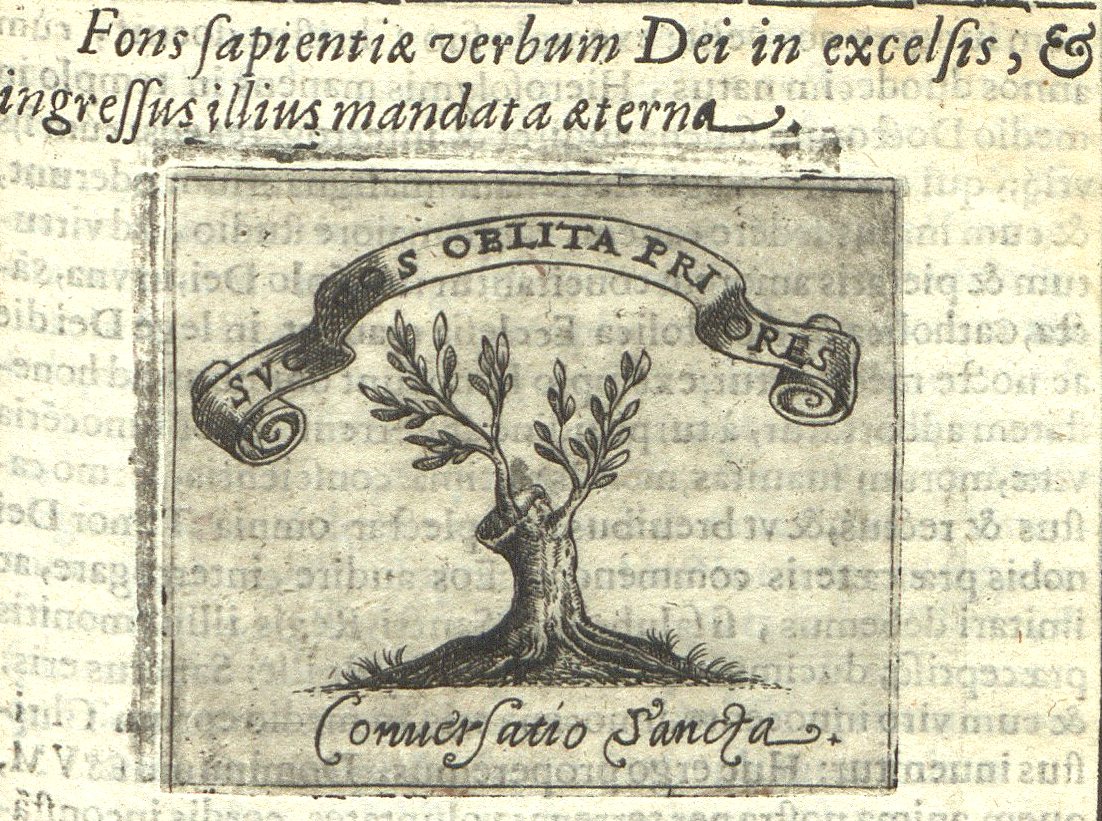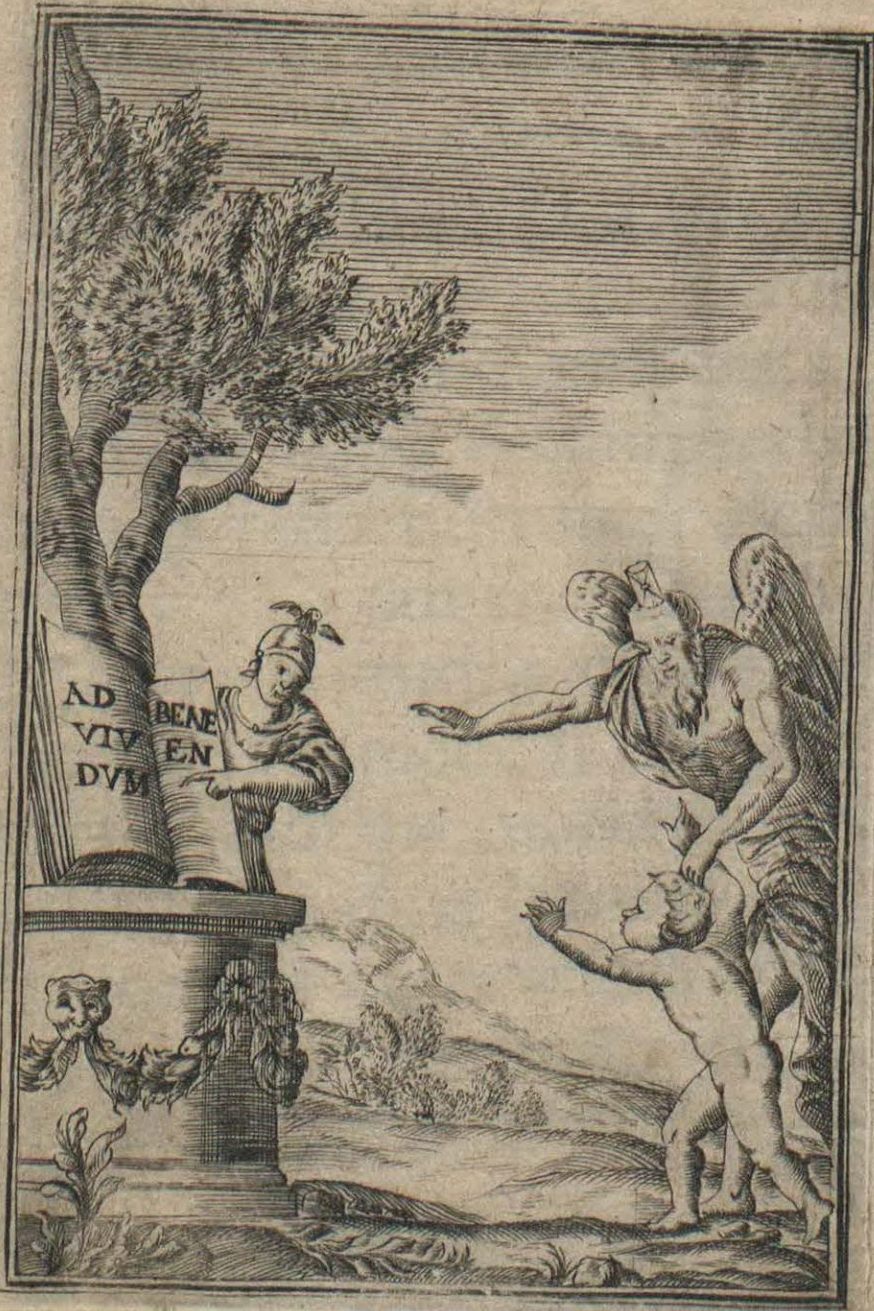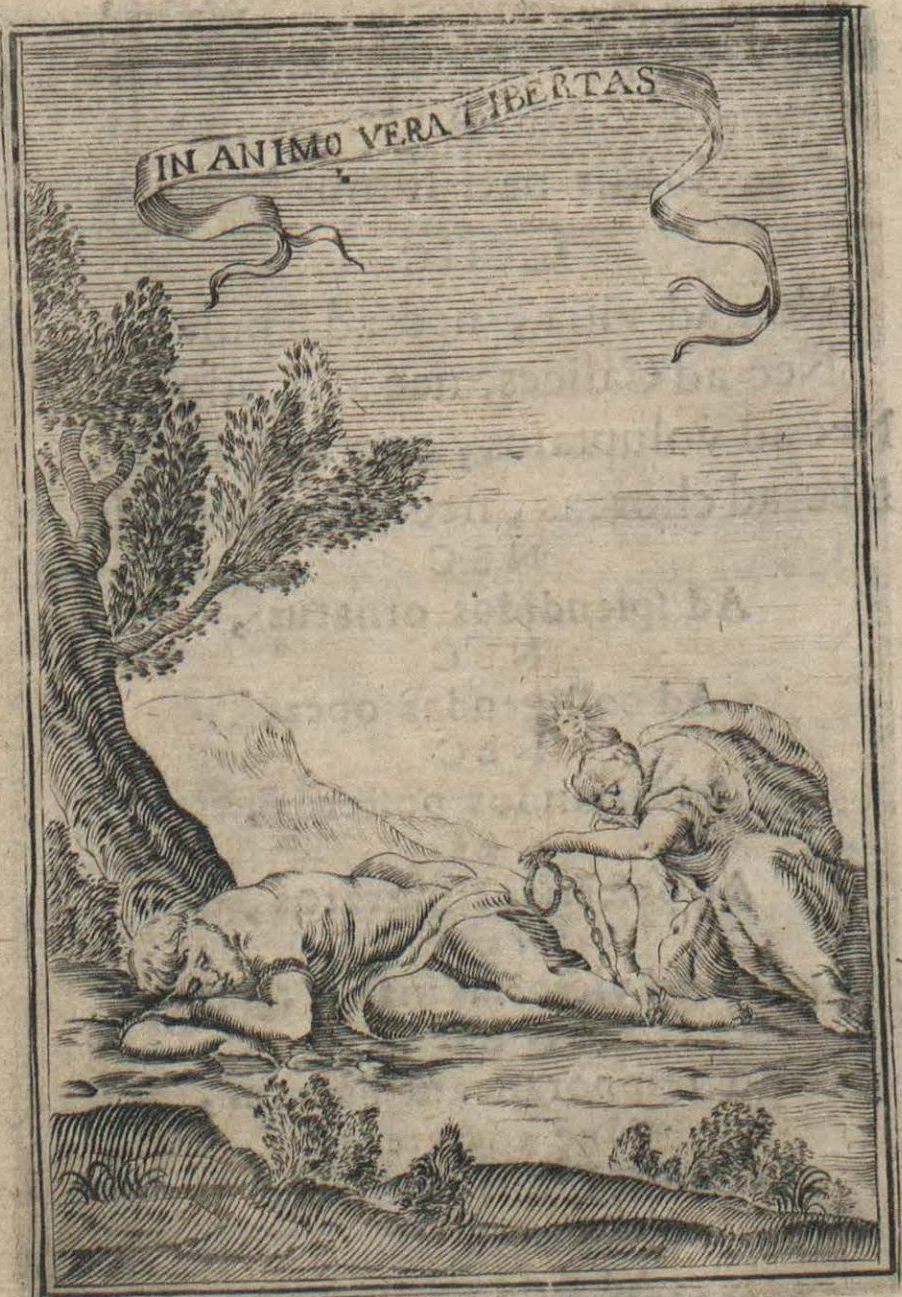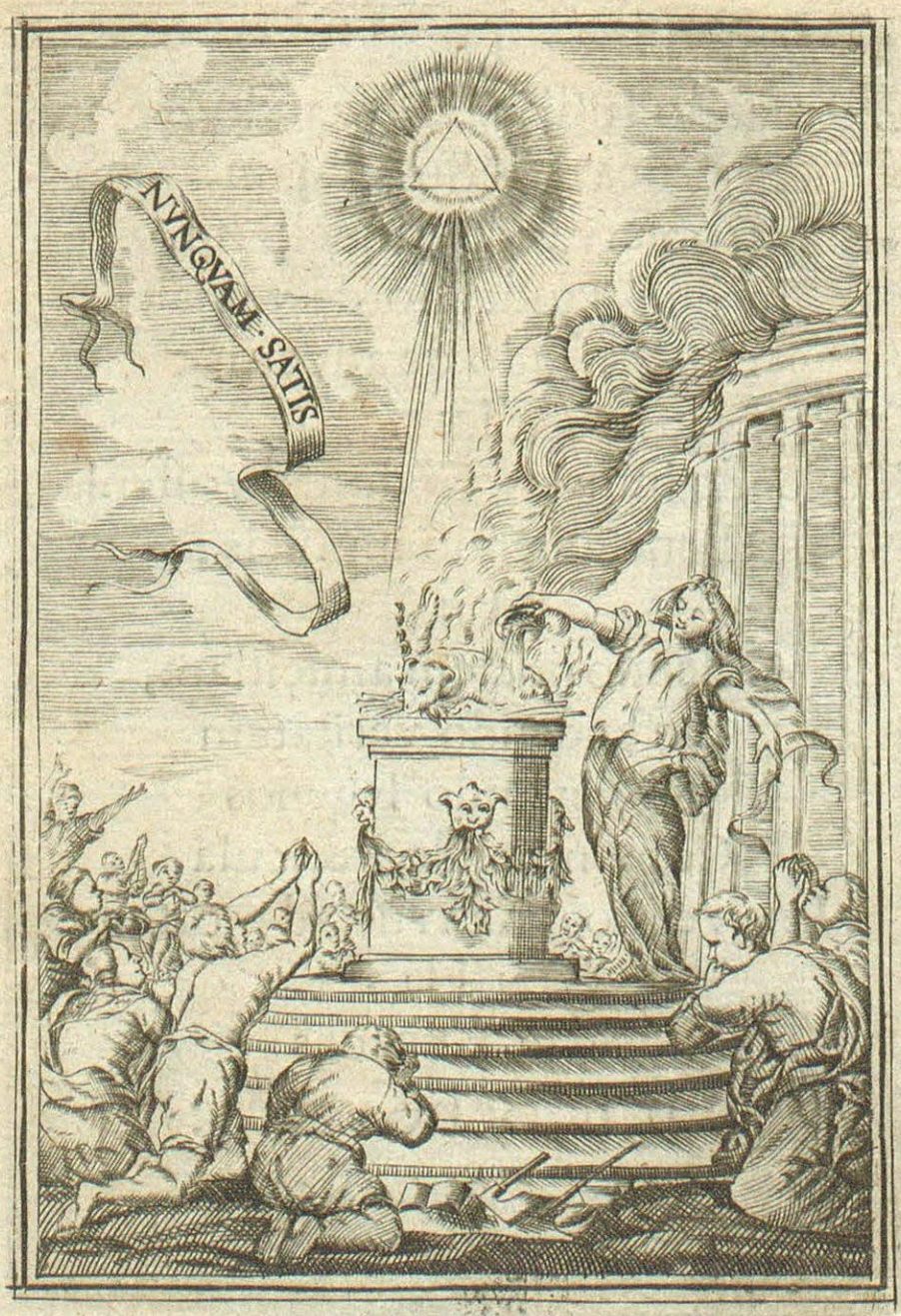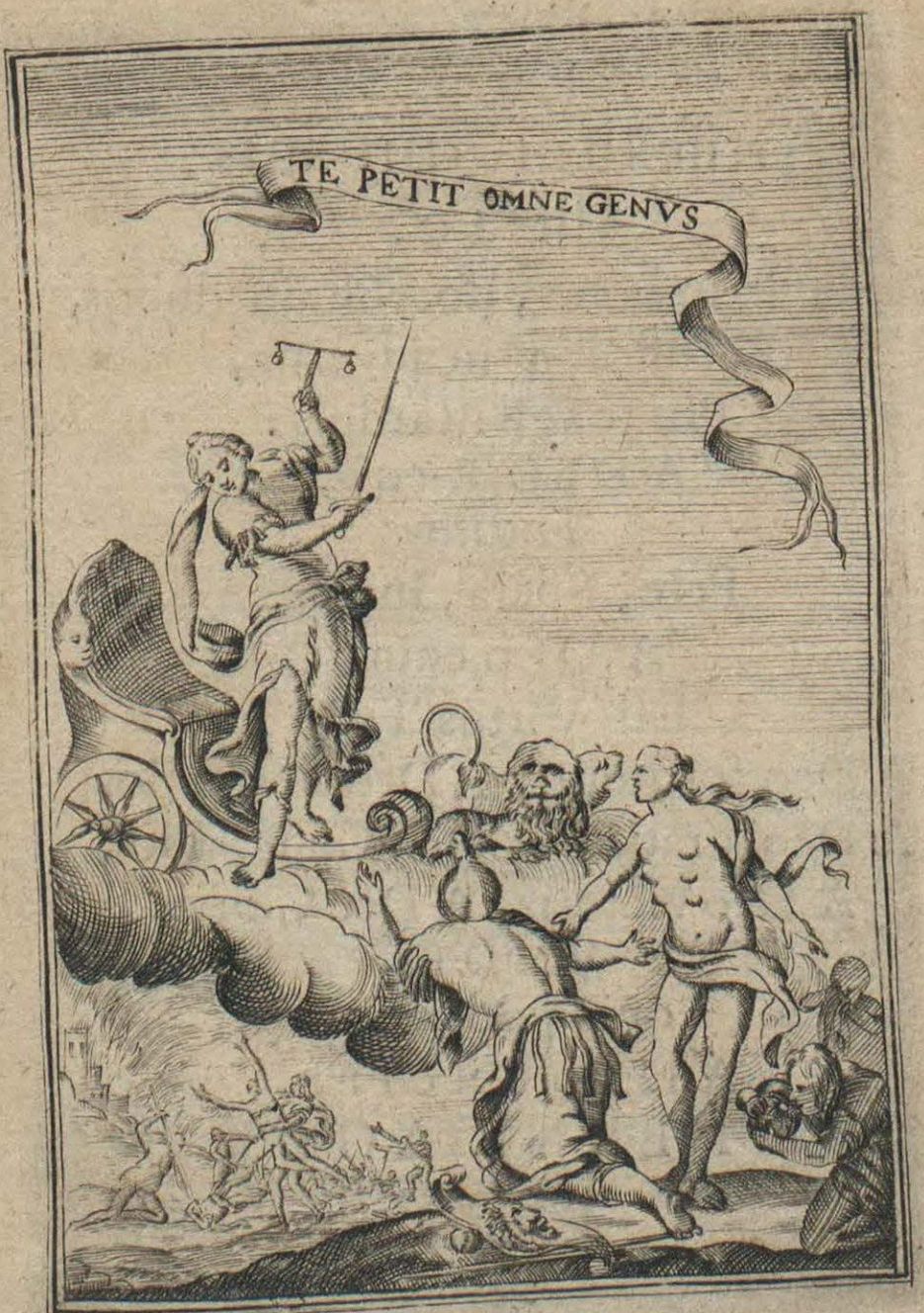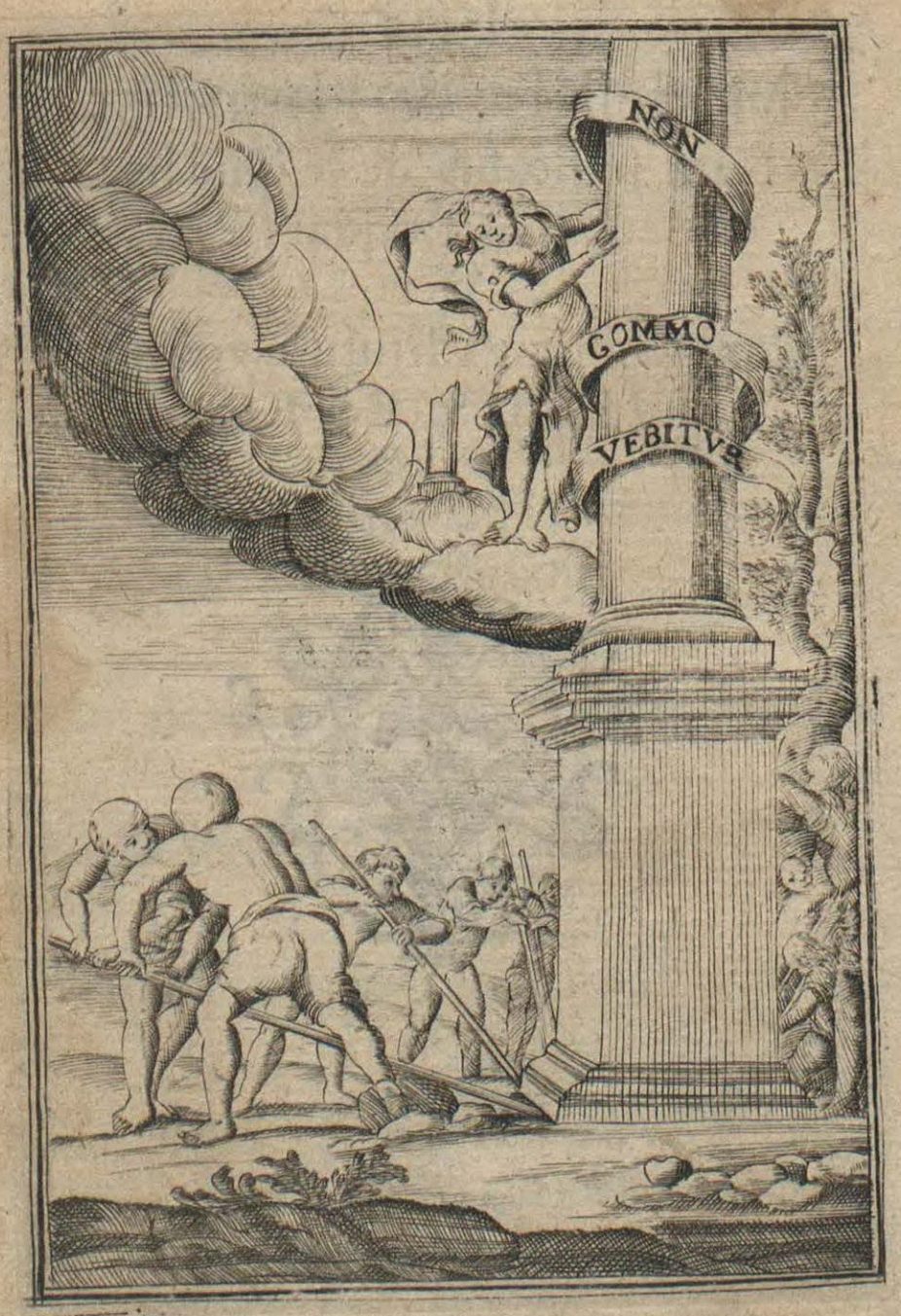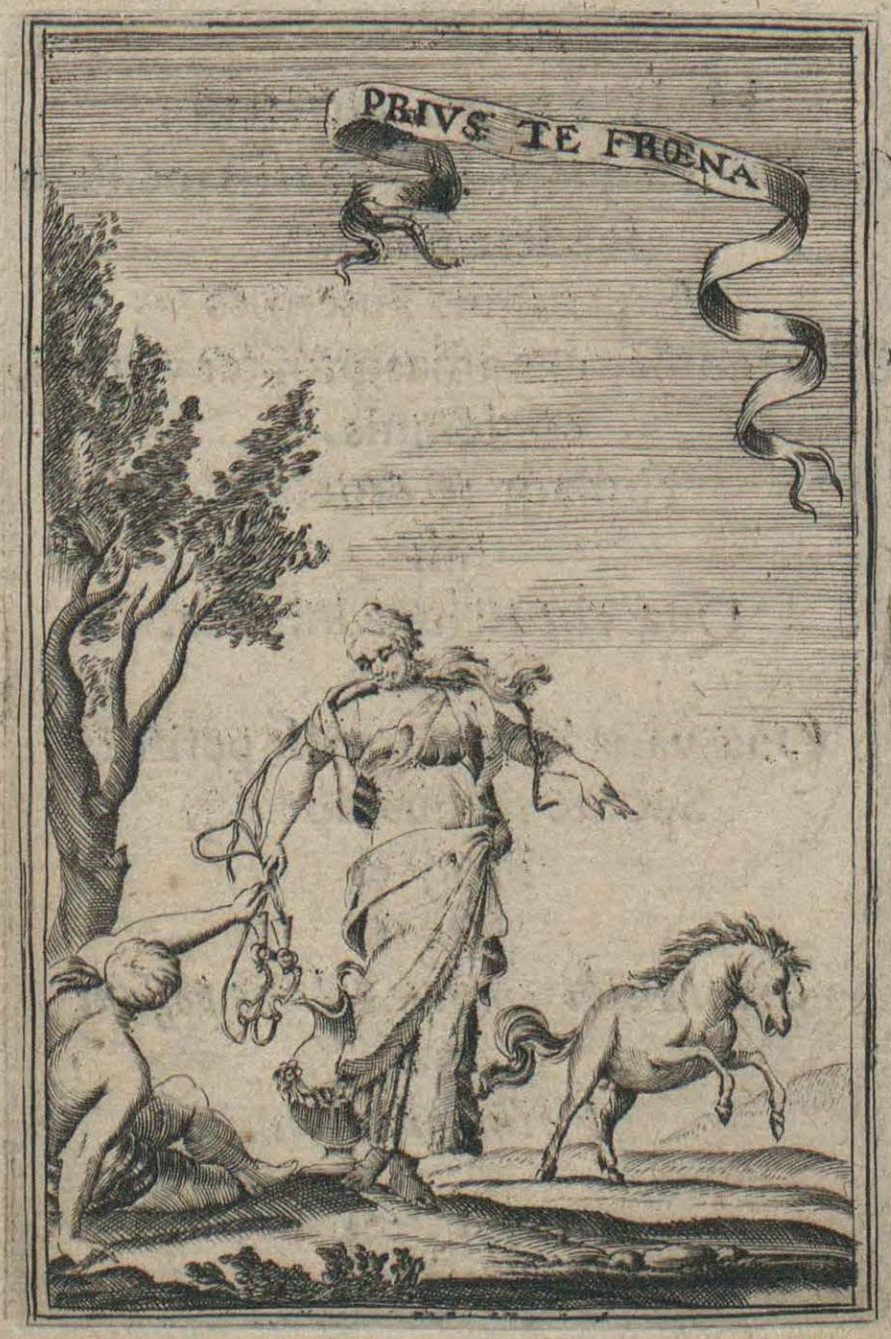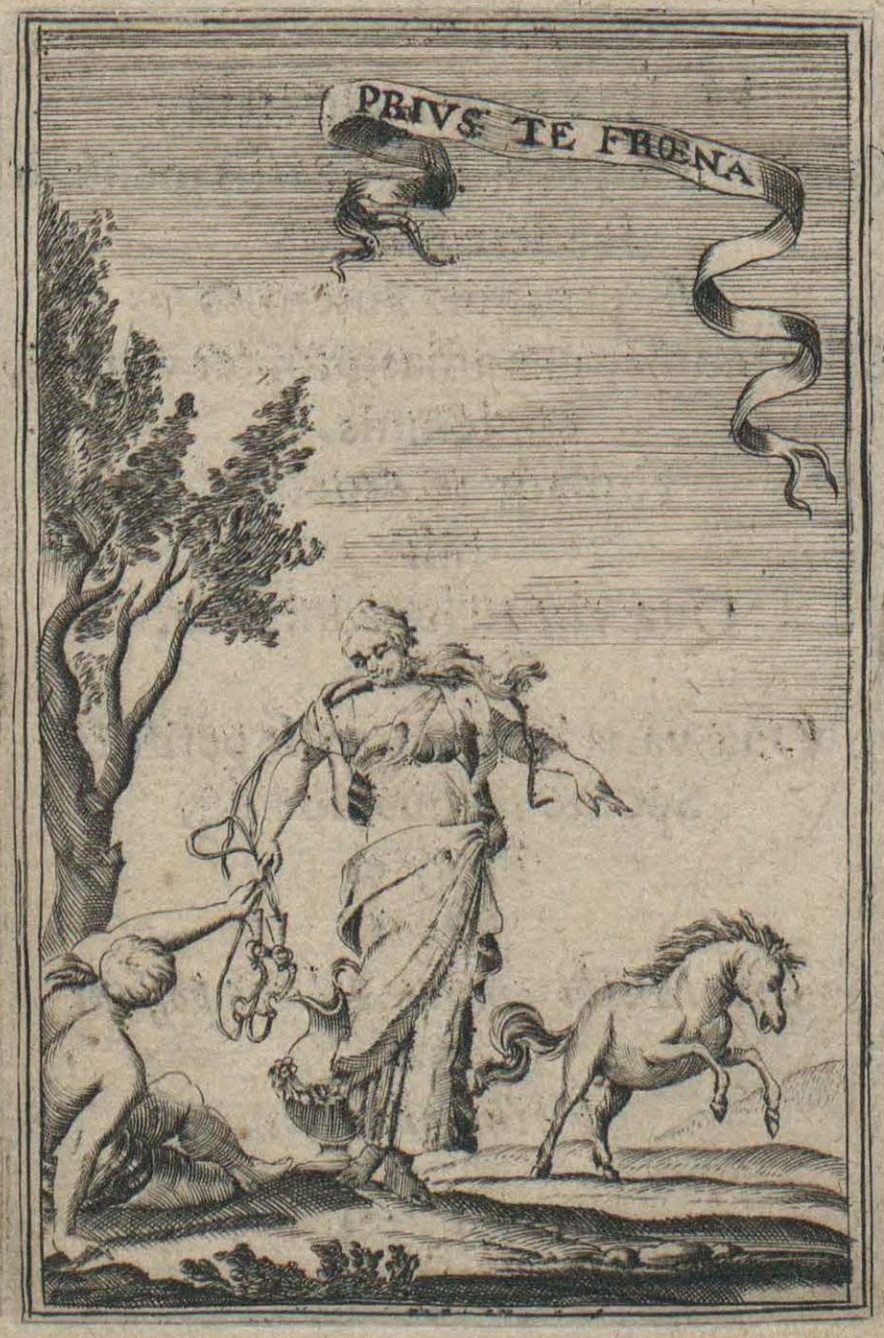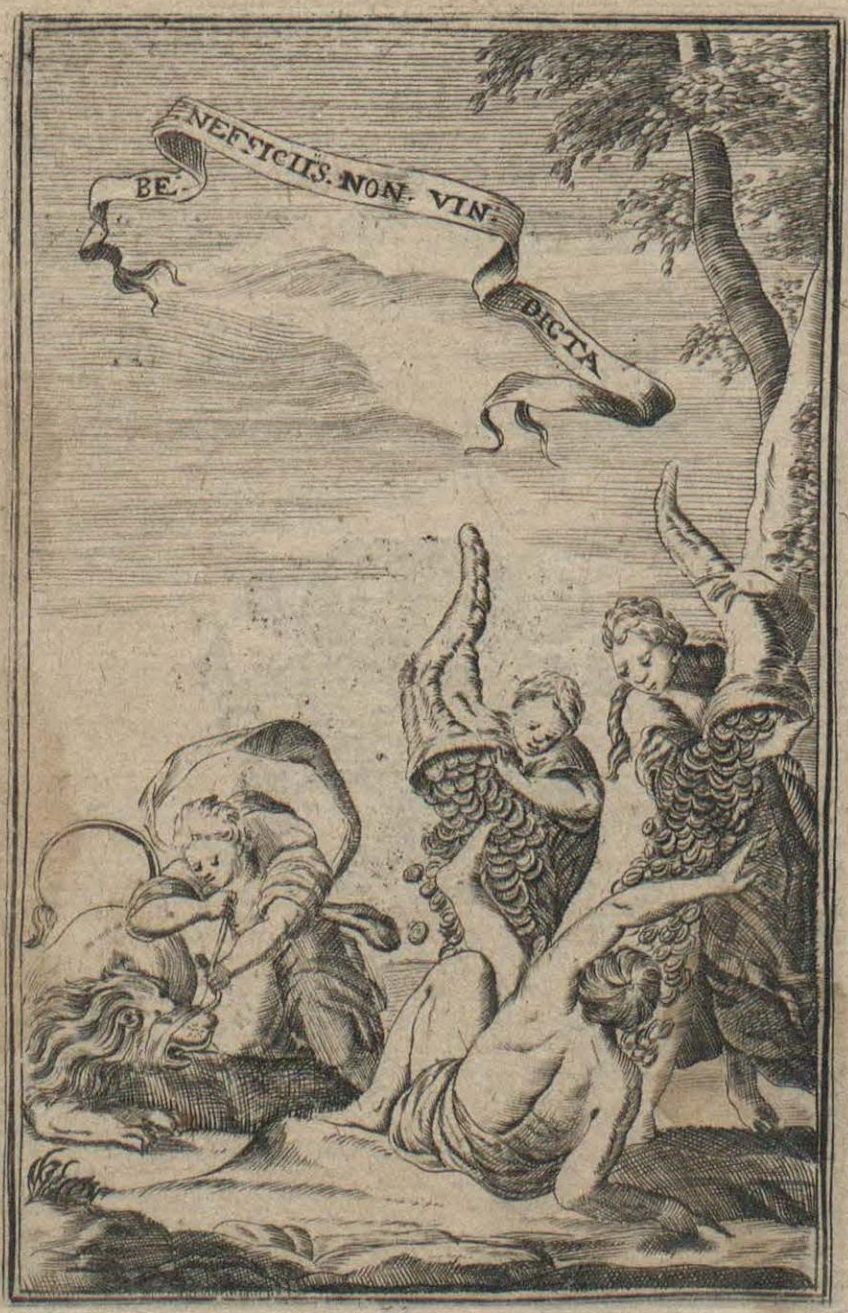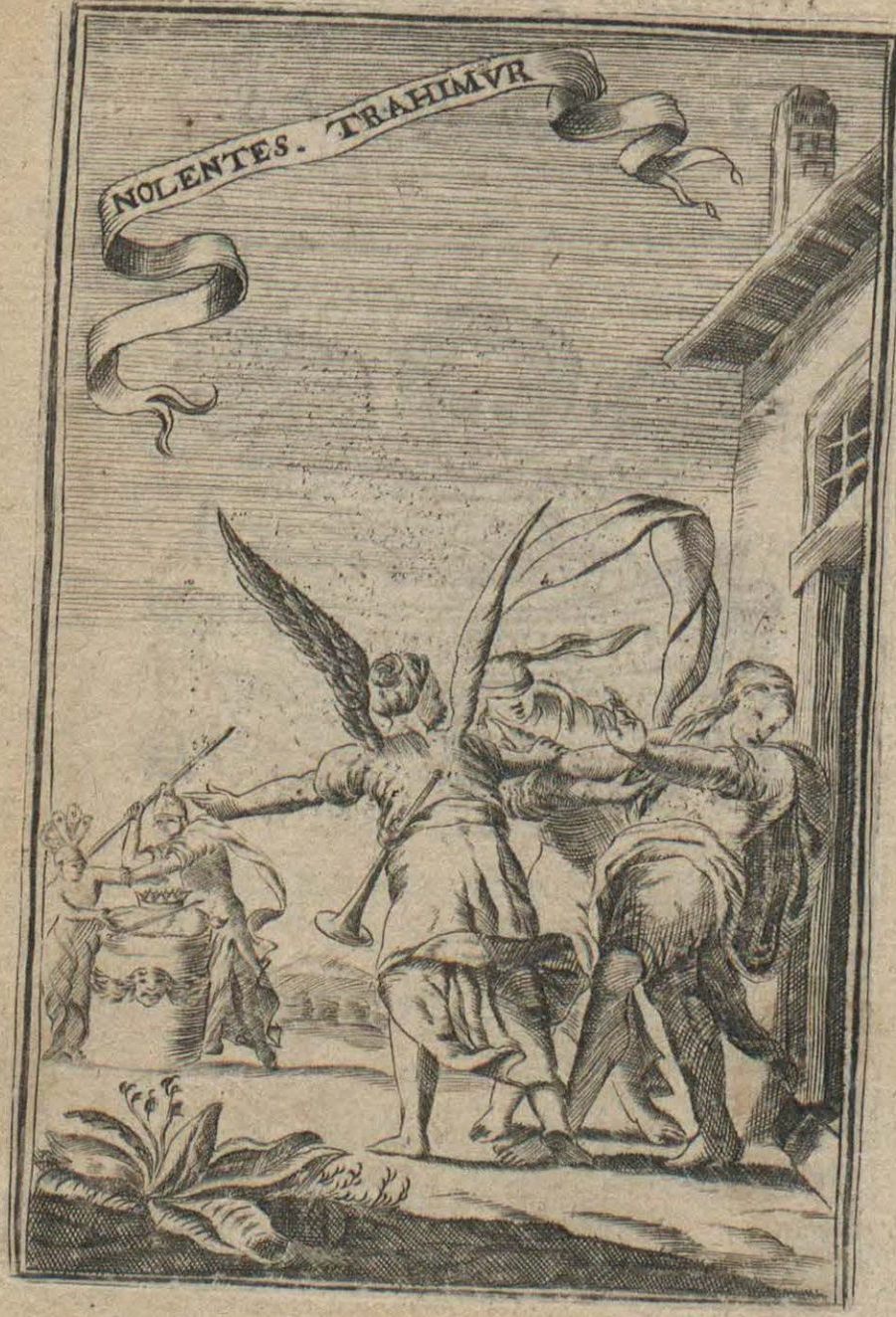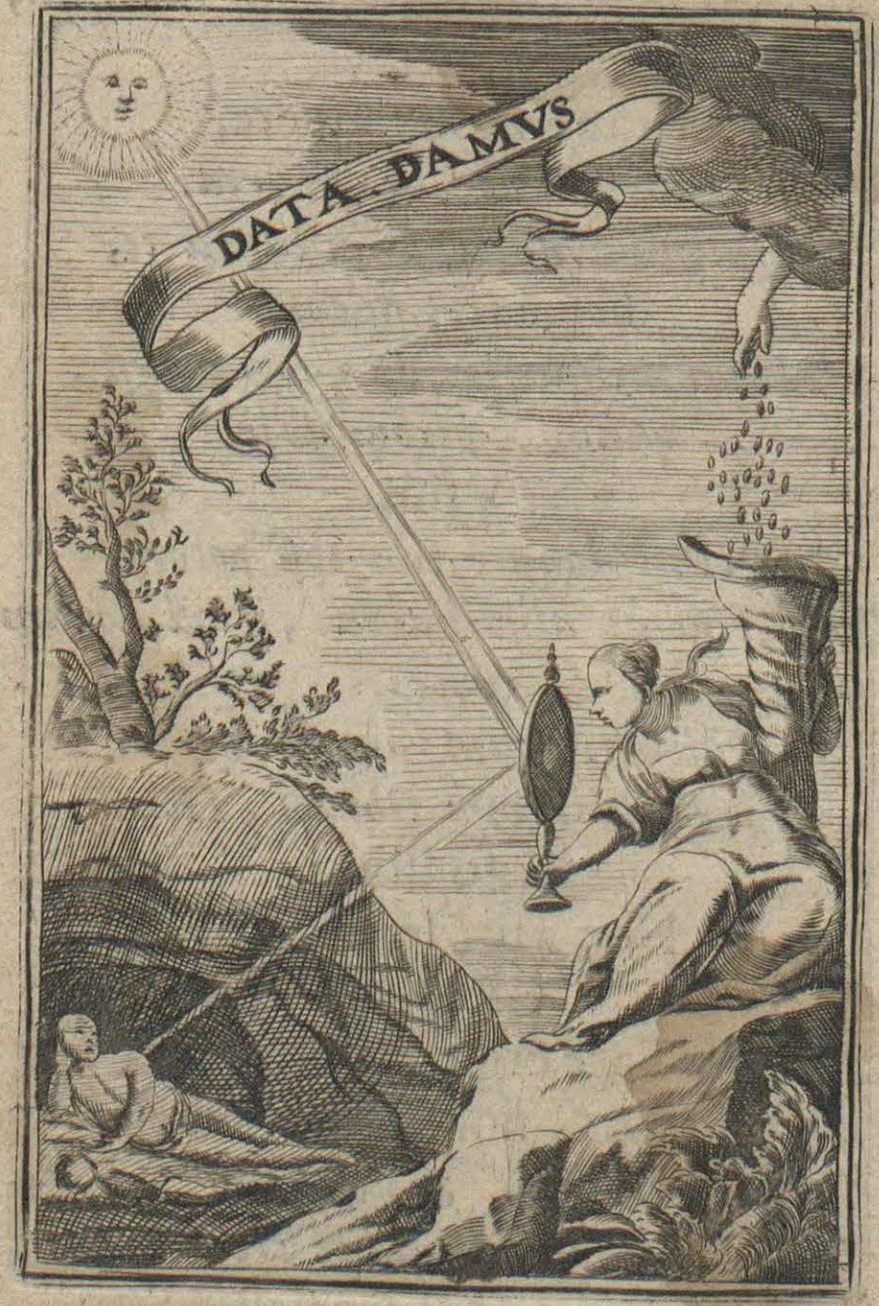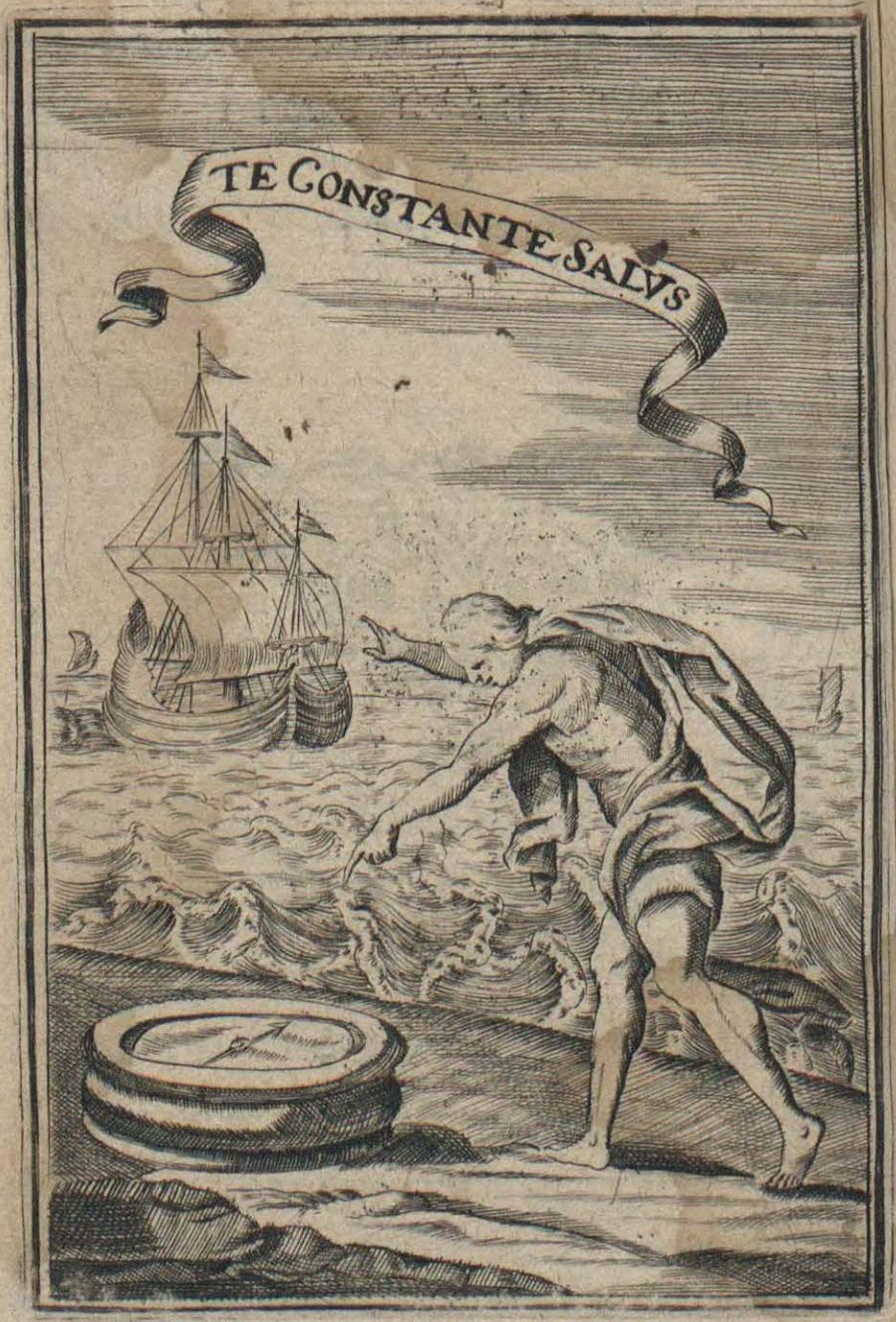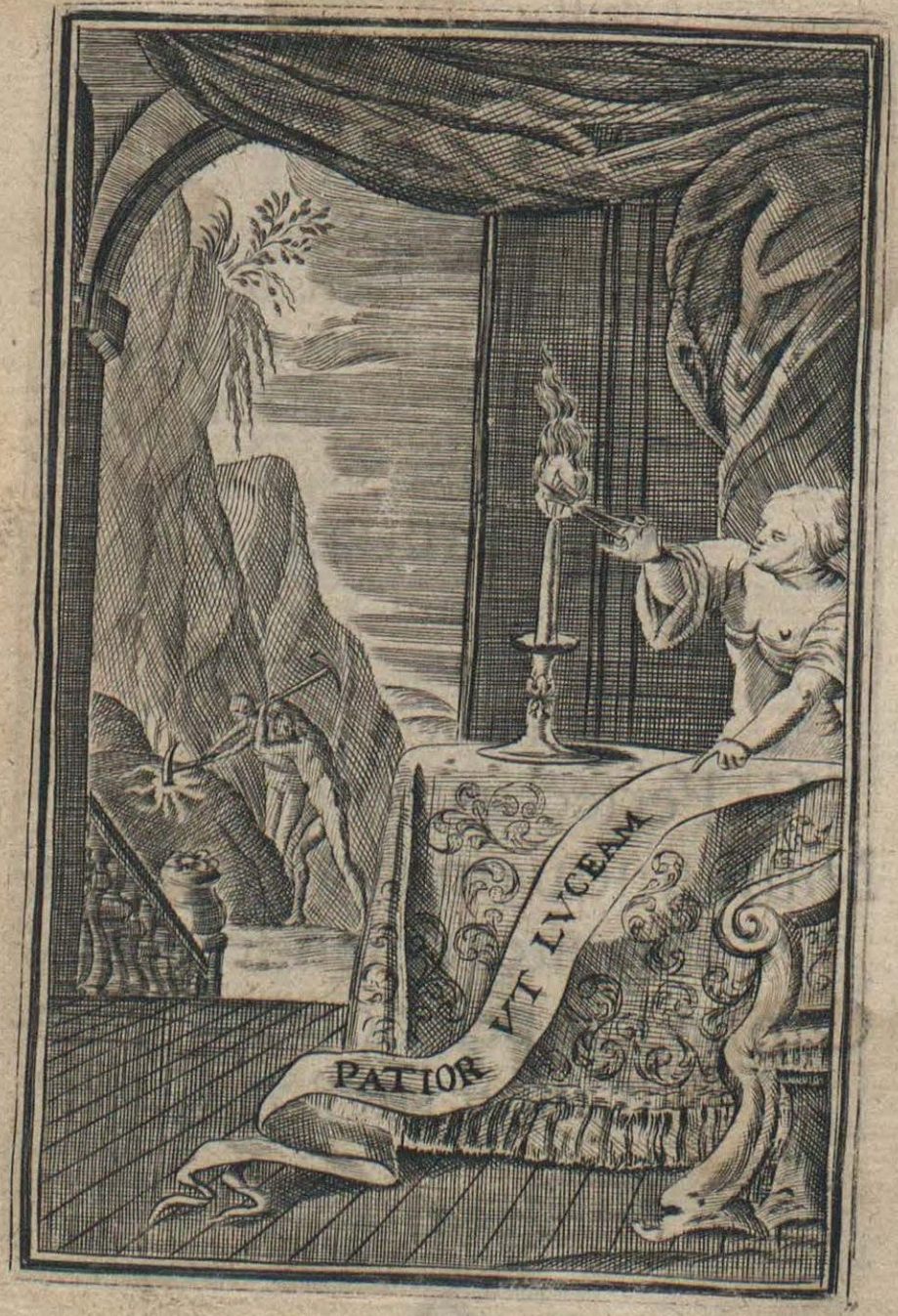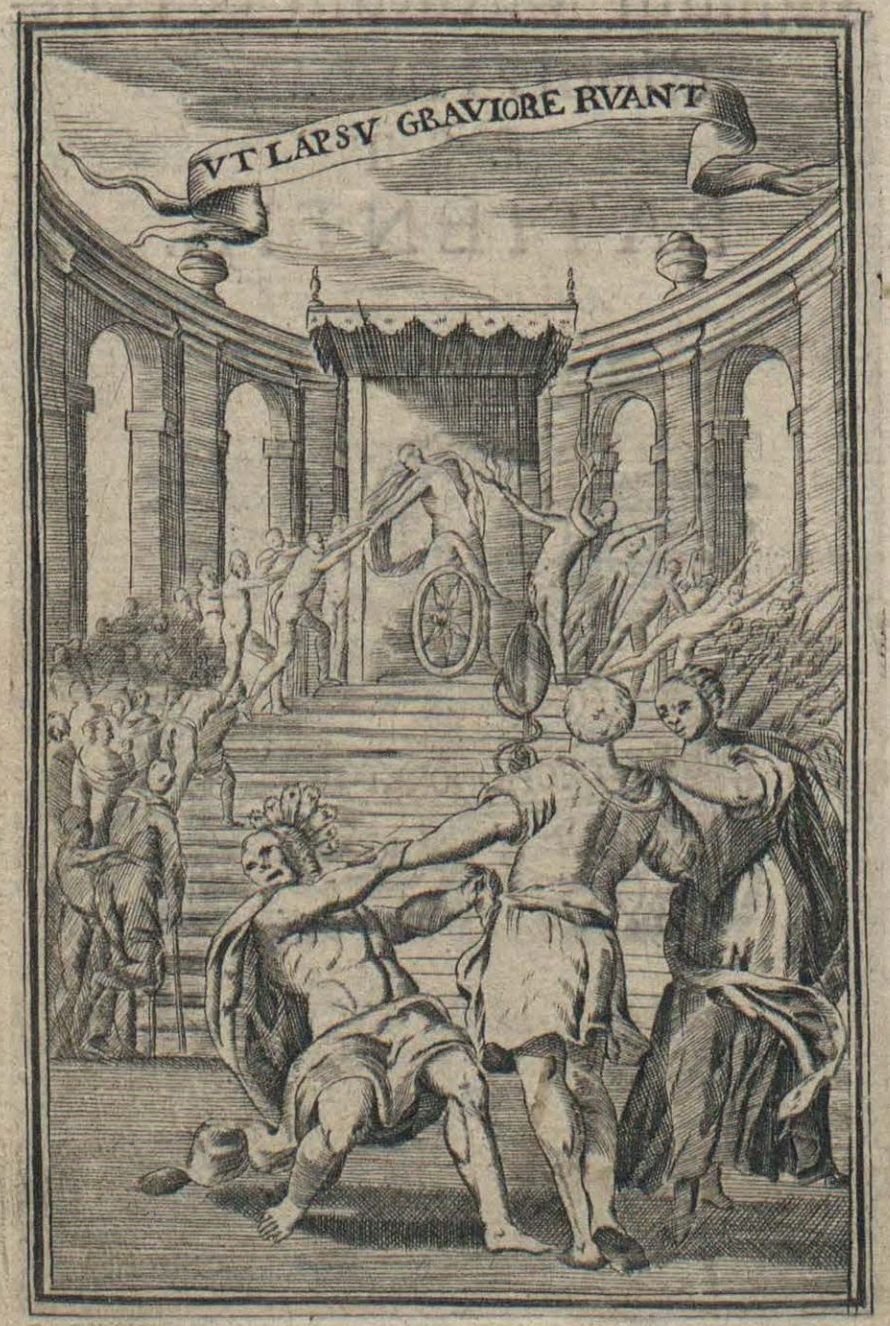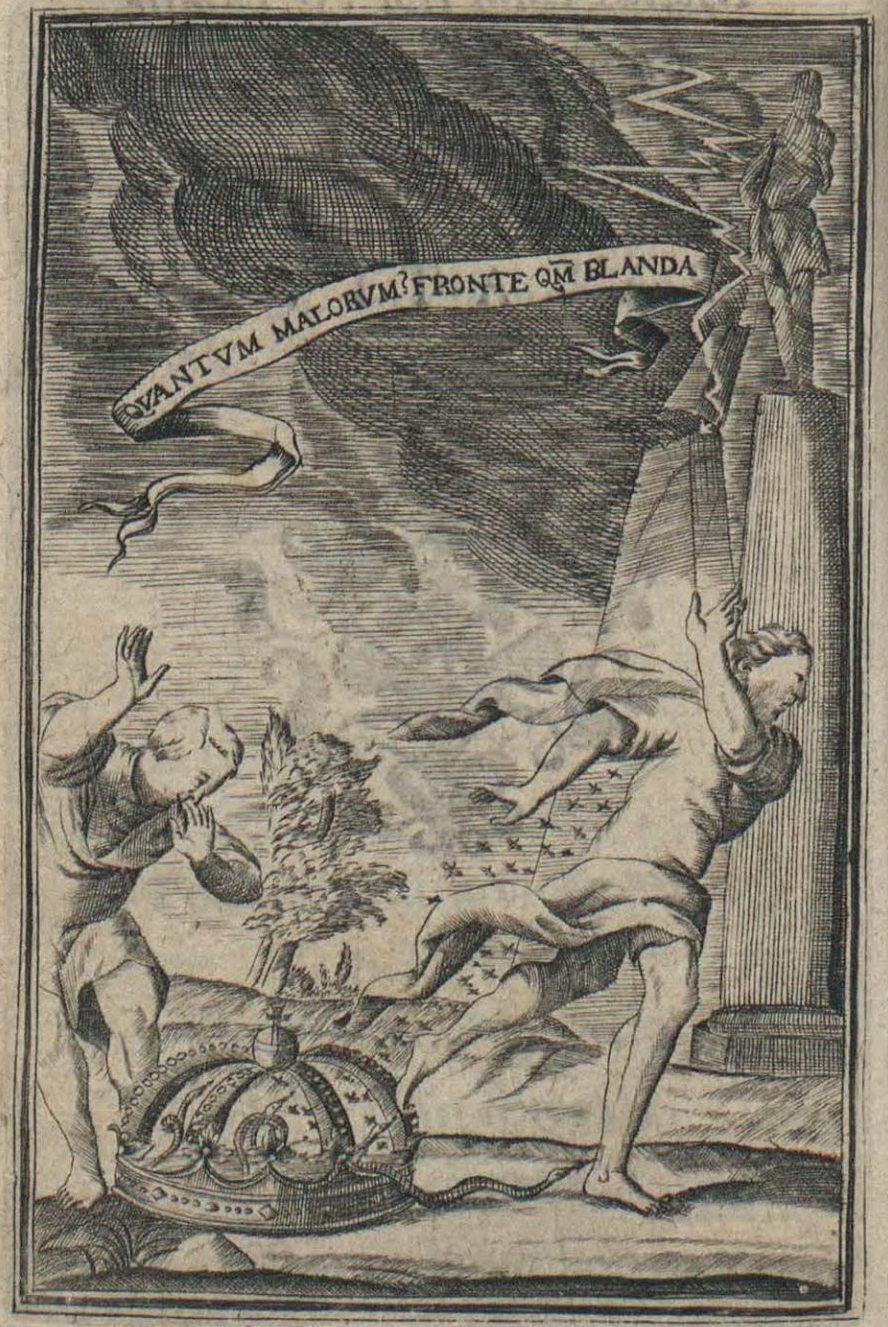e-collection no 1
 |
Autor: Kazimierz Arteński Tytuł: Encyclopaedia theologica Editio princeps: [post 1683] w drukarni Cezarego Franciszka Projekt miedziorytów: Rytownik: Dostęp: starodruk
Arteński zadedykował dzieło profesorowi teologii Marcinowi Winklerowi (1627-1700). Arteński wypracował pewien schemat budowy emblematu. W pełnej postaci zawierał on wstępny opis symboliki, lemmat, rycinę, wiersz wyjaśniający sens („sensus emblematis”) i wreszcie elogium w stylu zrytmizowanego napisu nakamiennego. AB
|
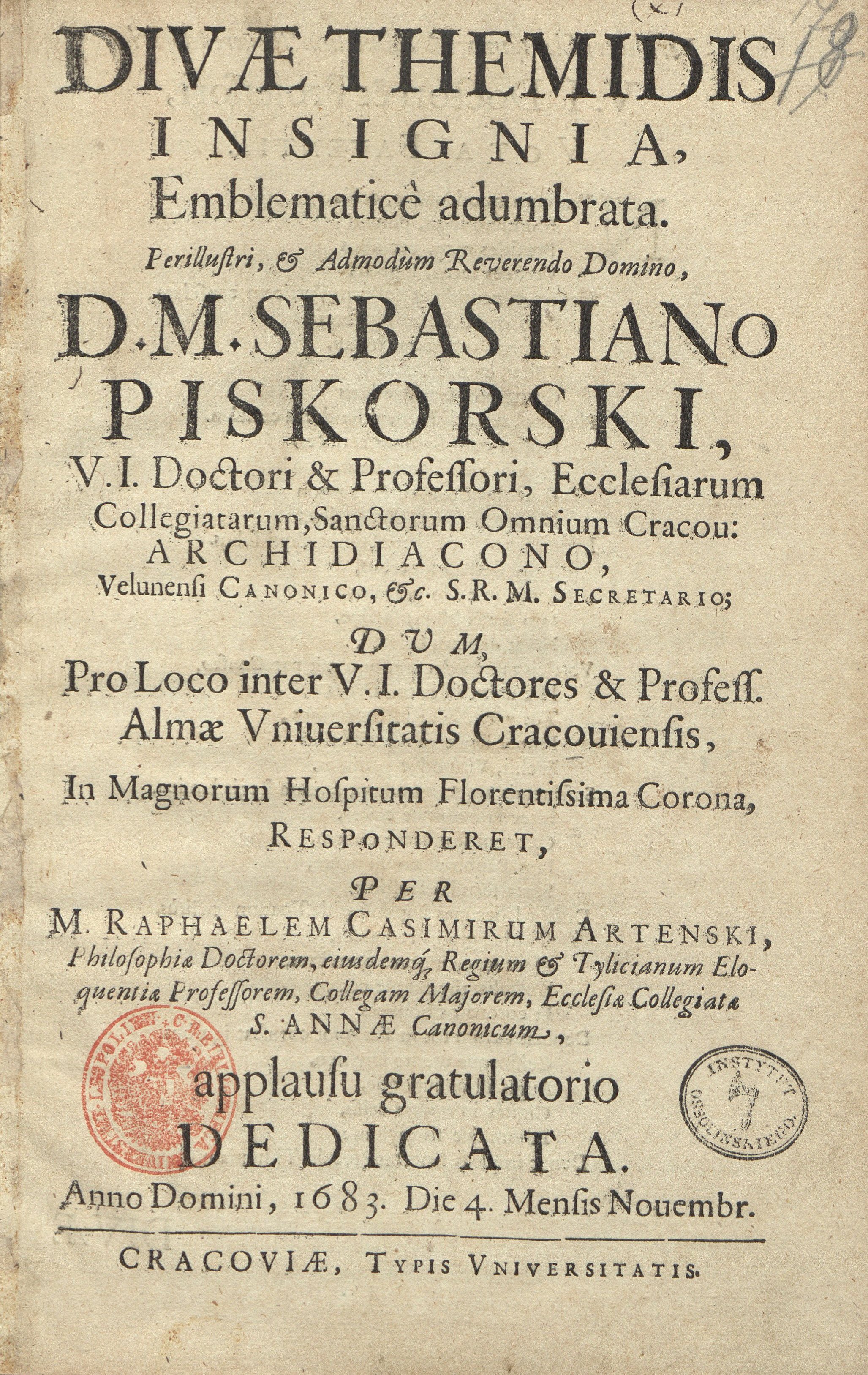 |
Autor: Rafał Kazimierz Arteński Tytuł: Divae Themidis insignia Editio princeps: Kraków 1683; Autor projektu: nieznany Rytownik: nieznany Dostęp: starodruk
Dziełko Arteńskiego to panegiryk zawierający trzy emblematy, wydany na cześć prawnika Sebastiana Piskorskiego, późniejszego rektora Akademii Krakowskiej. W pierwszym emblemacie pojawia się symbolika kosmiczna – słońce i znaki zodiaku – charakterystyczna także dla innych dzieł Arteńskiego. Dwa kolejne elementy nawiązują do tytułowych atrybutów Temidy: miecza, który chroni pszczoły lecące do ula i szali ważącej ludzkie czyny, trzymanej przez rękę wyłaniającą się z nieba.
|
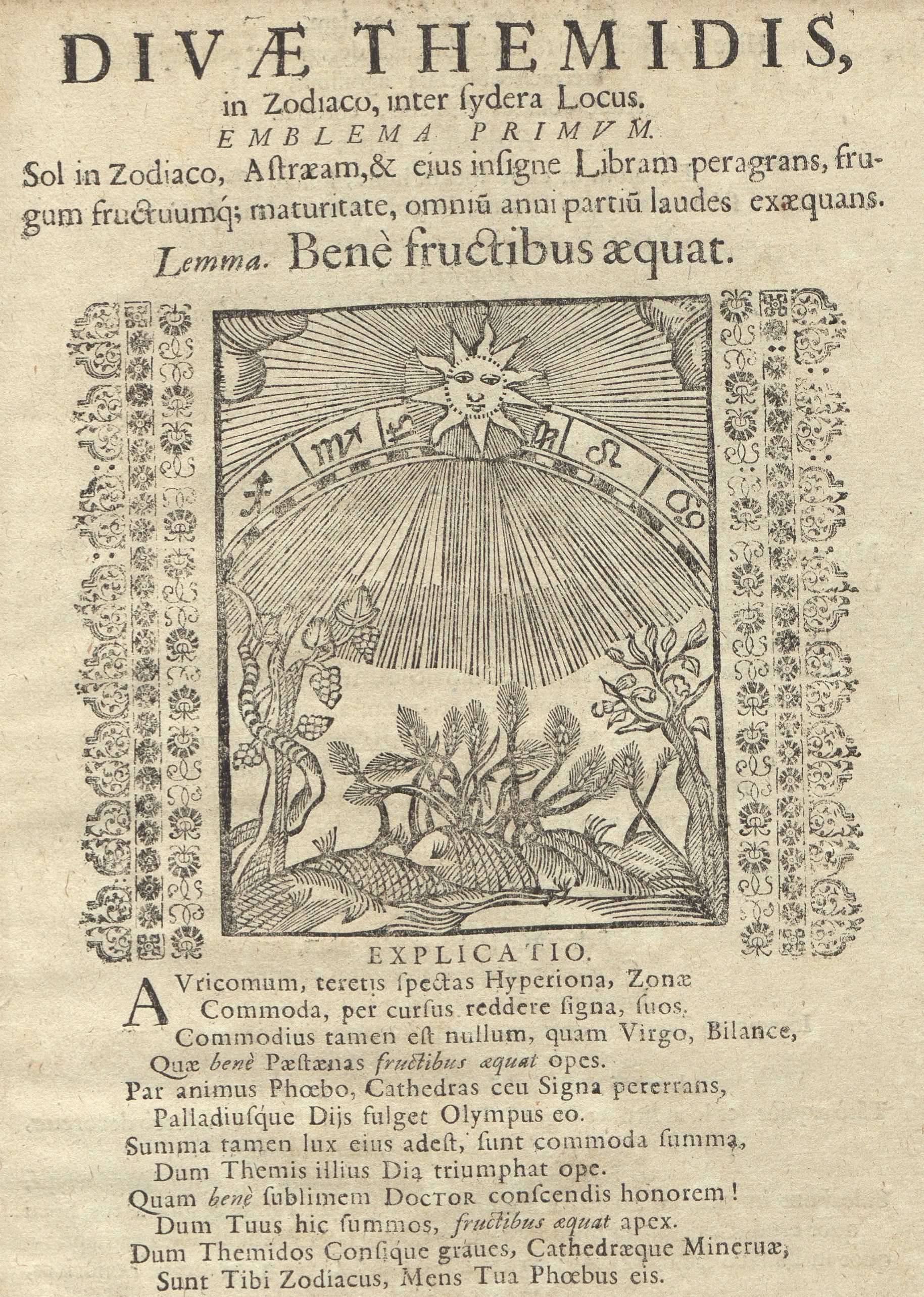 |
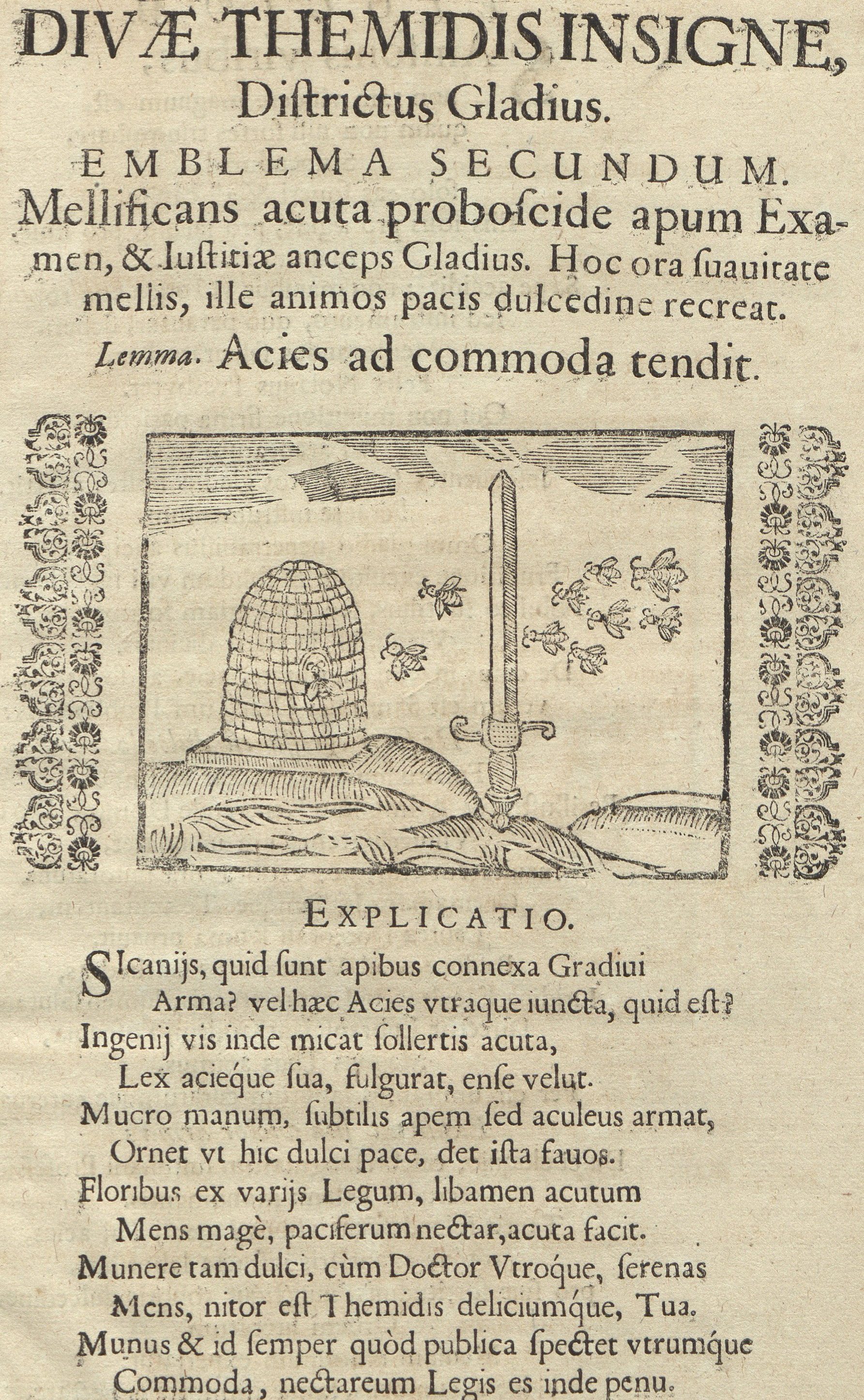 |
 |
 |
Autor: Józef Bogucki Tytuł: Festum Innocentiae seu orginali noxae non obnoxiae Marianae conceptionis concionotario cultu celebratum cum octava a P. Josepho Bogucki Polono Soc. Jesu. Editio princeps: Lublin 1724, Typis Collegii Soc. Jesu Rytownik i autor projektu: nieznani Dostęp: starodruk
W panegiryku Boguckiego pojawia się tylko jeden emblemat, który – ze względu na jego heraldyczny charakter – można nazwać stemmatem. Pod względem formy obydwie kompozycje nie różnią się między sobą, o stemmatycznym charakterze decyduje heraldyczna tematyka. Ilustracja, zawierająca motto zaczerpnięte z Owidiusza: Iussit scribere amor, przedstawia rękę wynurzającą się z chmur, trzymającą pióro i rysującą Łękawicę – figurę uszczerbioną z herbu Habdank. Nad nią znajduje się maksyma z Barleusa i nadpis wymieniający właśnie nazwę „Habdank” jako symbol szlacheckiej rodziny (Insigne nobilissimae domus). Chodzi o Skarbków Kiełczewskich, a konkretnie Antoniego, Tomasza i Remigiana, którym dedykowane jest całe dzieło. |
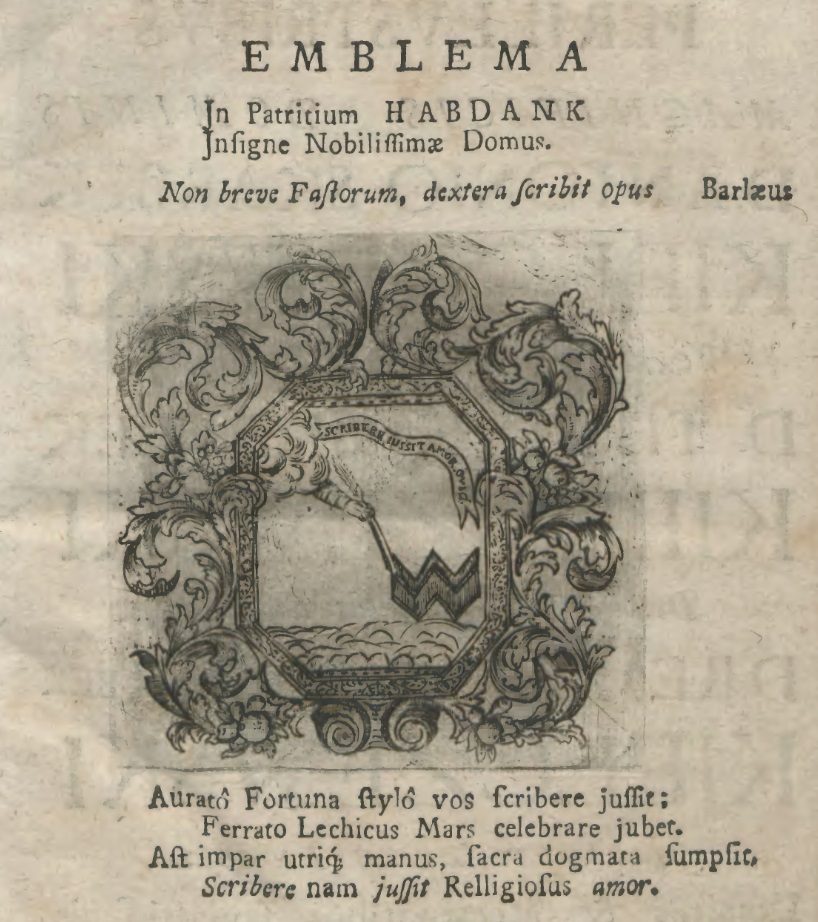 |
Buchwald-Pelcowa P., Emblematy w drukach polskich i Polski dotyczących: bibliografia, Warszawa 1981,
Juda M., Stemmata w drukach lubelskich XVII-XVIII wieku, „Bibliotheca Nostra. Śląski Kwartalnik Naukowy”, 4 (38), 2014;
Pelc J., Słowo – obraz. Na pograniczu literatury i sztuk plastycznych., Warszawa 2002;
|
Autor: Andrzej Młodzianowski Tytuł: Icones symbolicae vitae et mortis B. Josaphat martyris archiepiscopi Polocensis expressae… Editio princeps: Wilno 1675 Autor projektu: nieznany Rytownik: Michał Schnops Dostęp: starodruk pdf; starodruk djvu
Książka Młodzianowskiego poświęcona jest życiu i męczeństwu Jozafata Kuncewicza, unickiego biskupa, który zginął jako męczennik w konflikcie z prawosławnymi. Dzieło jest hagiograficzną pochwałą świętego, napisaną w całości po łacinie. Składa się z 40 elogiów – mów pochwalnych, z których każde poprzedzone jest emblematem. Choć w imagines emblematów dominuje symbolika ogólna – sceny biblijne, zwierzęta, natura, przedmioty – pojawiają się także ilustracje związane z Jozafatem – miasto rodzinne i sceny z życia. Zarówno elogia, jak i poprzedzające je emblematy: motta, ilustracje i sześciowersowe epigramaty, tworzą spójną całość i można traktować je jak krótkie i poetyckie rozdziały opowiadające o Jozafacie. Na końcu dzieła znajduje się oda do błogosławionego (biskupa kanonizowano w 1876), która – jak cała książka – ma świadczyć także o sławie domu Sapiehów, adresatom dedykacji. JB |
||
Bibliografia
Buchwald-Pelcowa P., Emblematy w drukach polskich i Polski dotyczących: bibliografia, Warszawa 1981,
Pelc J., Słowo – obraz. Na pograniczu literatury i sztuk plastycznych., Warszawa 2002
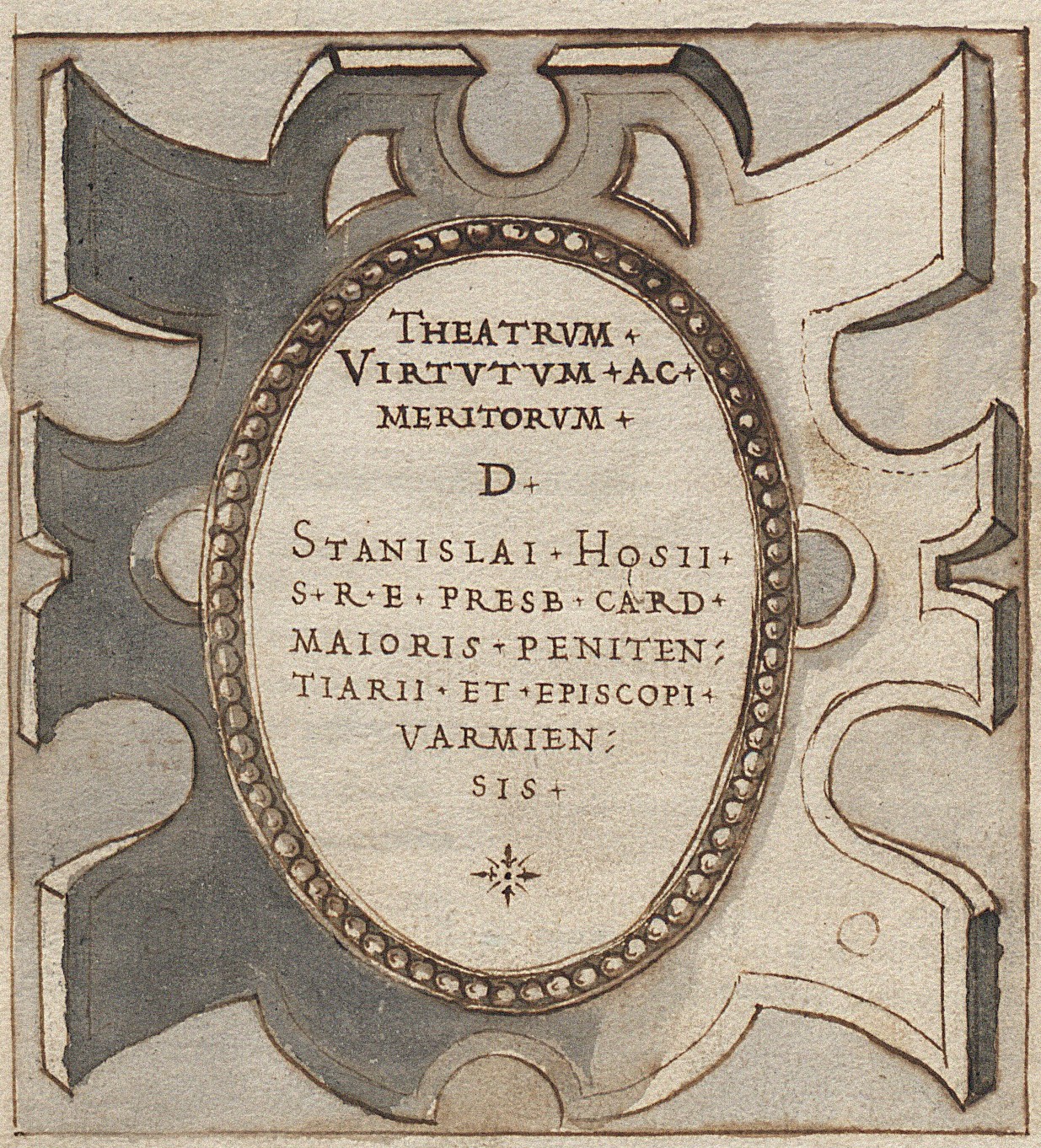 |
Author: Tomasz Treter Title: Theatrum virtutum D[omini] Stanislai Hosii Editio princeps: Rome 1588 in a publishing house of Giovanni de Cavallieri Project of copperplate engravings: Tomasz Treter Printmaker: Tomasz Treter Access: manuscript Short description: Theatrum virtutum D[omini] Stanislai Hosii was printed for the first time in Giovanni de Cavallieri's workshop in Rome in 1588. The collection consists of one hundred of copperplate engravings projected and prepared by Tomasz Treter, together with eponymous inscriptions. Treter, a hardworking secretary of cardinal Hozjusz, wrote also Horatian, Latin odes in various meters ascribed to particular engravings; all those elements were ment to create an emblematic unity. Poems appeared thanks to Franciszek Cezary only in 1685 and 1686, however these two editions disregarded engravings. The original Tomasz Treter's manuscript comprising one hundred five original illustrations was preserved with the odes written to some of the illustrations. The reproduction is taken from that manuscript. The collection of engravings and odes composes an apologetic vita of cardinal Hozjusz as a hero of Counter-Reformation. In this narration precious biografic data interweaves with conventional, allegorical representations of virtues that mirror a mature iconological imagination. A Polish translation made by Wiktor Steffen and titled Rewia cnót Stanisława Hozjusza [Stanisław Hozjusz's Virtues' Parade]came out in 2004. TR |
|
|
|
|
|
|||
|
|
|
|
|
|||
|
|
|
|
|
|||
|
|
|
|
|
|||
|
|
|
|
|
|||
|
|
|
|
|
|||
|
|
|
|
|
|||
|
|
|
|
|
|||
|
|
|
|
|
|||
|
|
|
|
|
|||
|
|
|
|
|
|||
|
|
|
|
|
|||
|
|
|
|
|
|||
|
|
|
|
|
|||
|
|
|
|
|
|||
|
|
|
|
|
|||
|
|
|
|
|
|||
|
|
|
 |
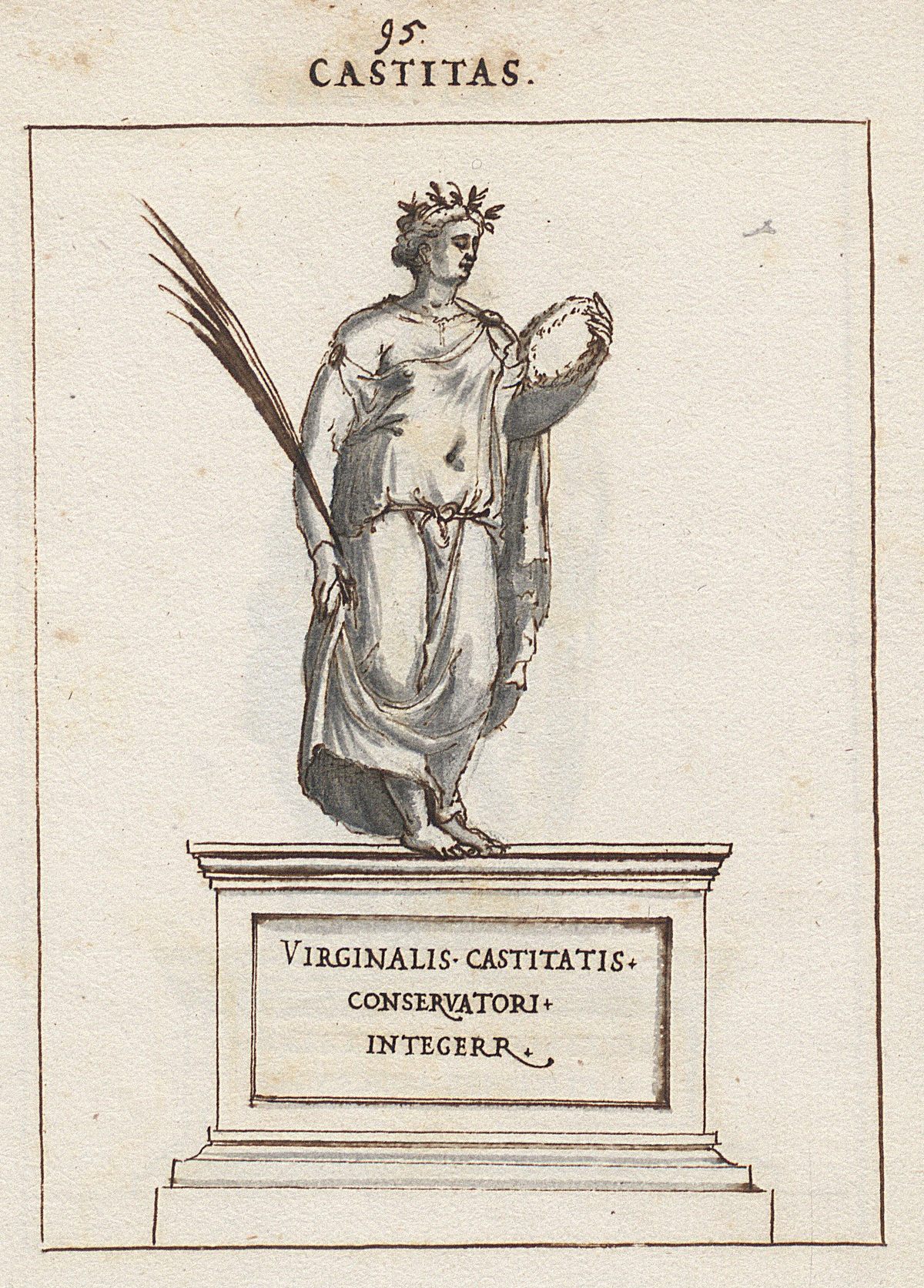 |
|||
|
|
|
|
|
|||
|
|
|
|
|
|||
|
|
|
|
|
|||
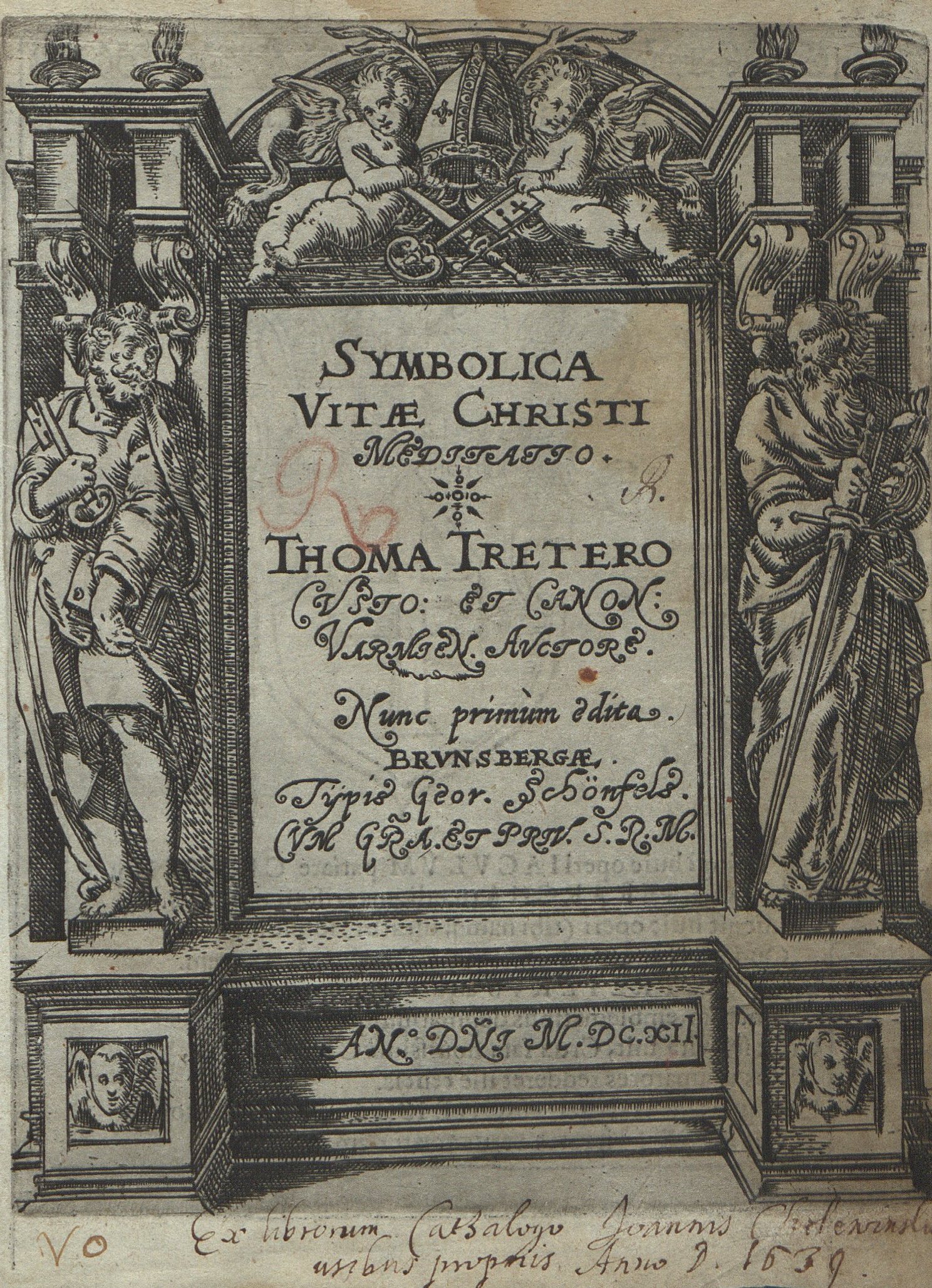 |
Author: Tomasz Treter Title: Symbolica vitae Christi Meditatio Editio princeps: Brunsberga 1612 in a publishing house of Georg Schonfels Project of copperplate engravings: Tomasz Treter Printmaker: Błażej Treter Access: oldrprint Short description: One hundred and three copperplate engravings were prepared according to Tomasz Treter's project by his nephew Błażej Treter. Except for the carved front page, the printing contains an escutcheon wood engraving with Błażej's dedication to Bp. Szymon Rudnicki and two wood engravings by Tomasz Treter with his emblem: a dragon fouling a cross on the first one and a letter 'T' on the second one. In many instances the mottos for particular icons are taken from the Holy Scripture. Tomasz Treter's subscriptions, written in a latin prose, are also abundantly incrusted with biblical quotations which create an elevated, sententional style. Engravings depict as well biblical scenes from Christ's life as alegoric icons. In both these types the author used Christian symbols, in many cases real items in a brief and ascetic manner as it can be seen in the presented reproduction. TR |
|
|
|
|
|
|||
|
|
|
|
|
|||
|
|
|
|
|
|||
|
|
|
|
|
|||
|
|
|
|
|
|||
|
|
|
|
|
|||
|
|
|
|
|
|||
|
|
|
|
|
|||
|
|
|
|
|
|||
|
|
|
|
|
|||
|
|
|
|
|
|||
|
|
|
|
|
|||
|
|
|
|
|
|||
|
|
|
|
|
|||
|
|
|
|
|
|||
|
|
|
|
|
|||
|
|
|
|
|
|||
|
|
|
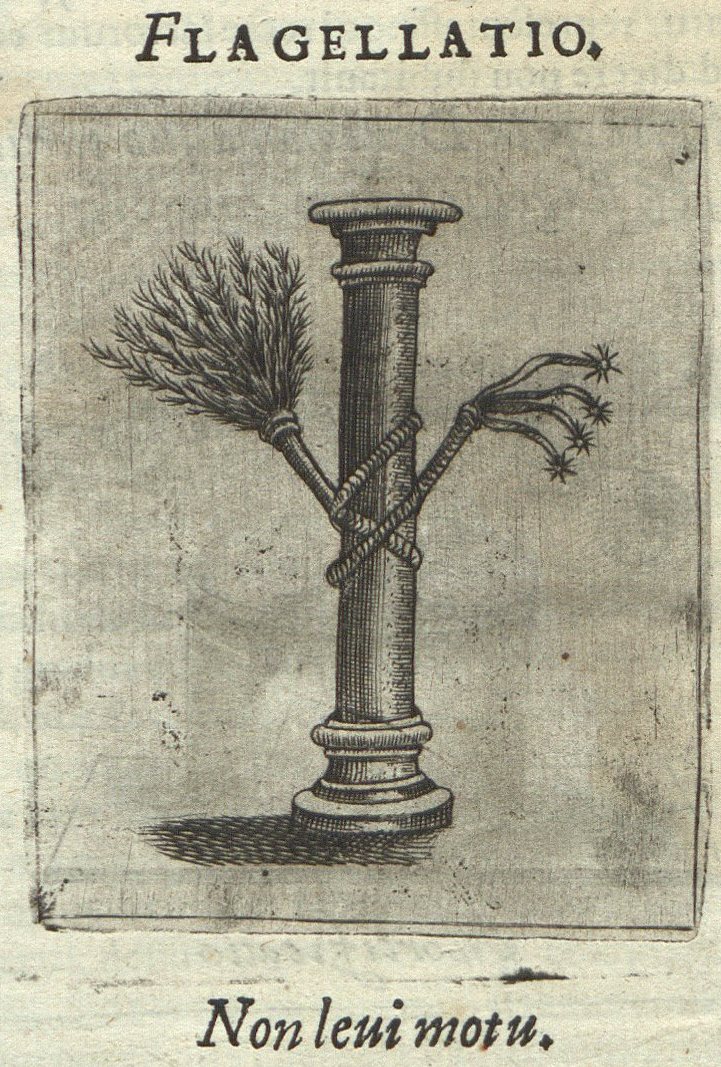 |
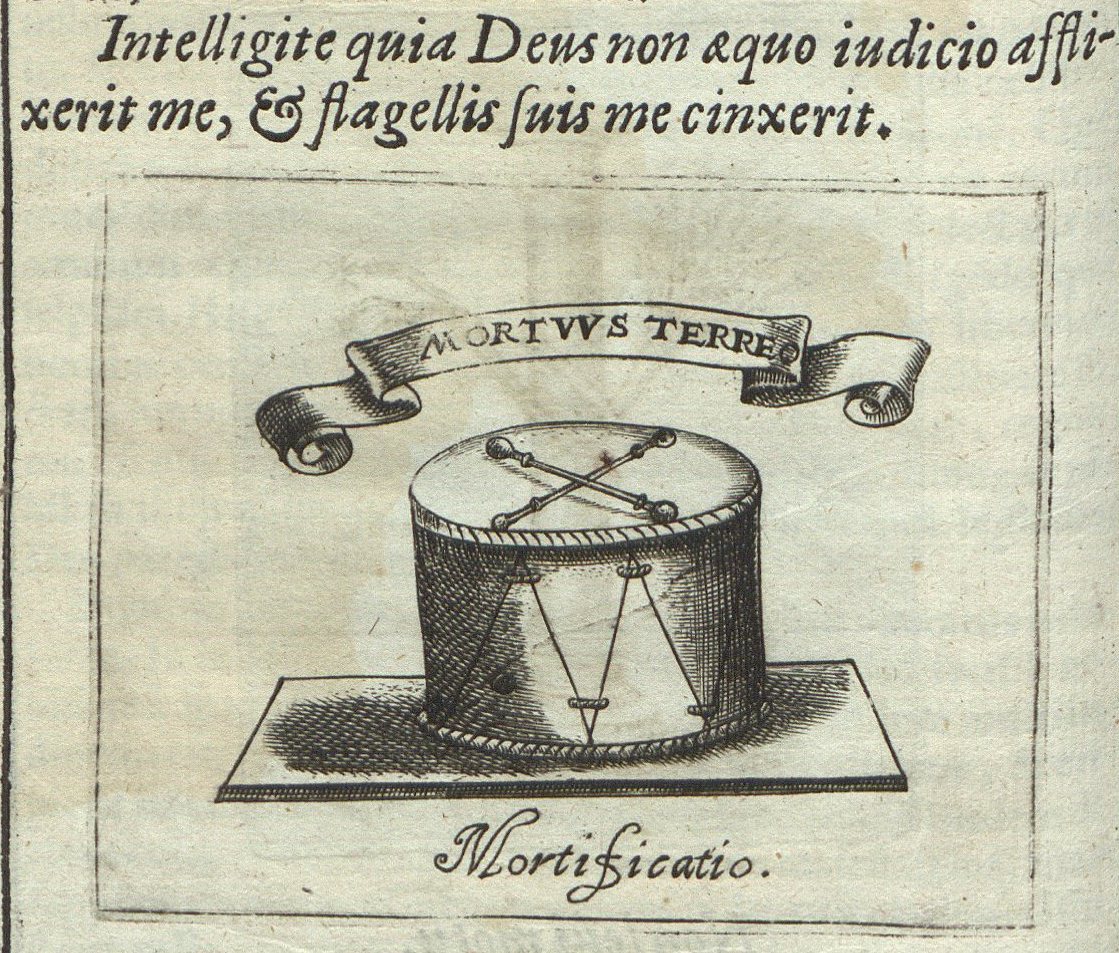 |
|||
|
|
|
|
|
|||
|
|
|
|
|
|||
|
|
|
|
|
|||
|
|
|
|
|
|||
|
|
|
|
|
|||
|
|
|
|
|
|||
|
|
|
|
|
|||
|
|
|
|||||
| Author: Mikołaj Mieleszko
Title: [Serce poświęcone kochającemu Jezusowi] Editio princeps: no print, a manuscript of 1657 Project of copperplate engravings: Anton II Wierix Engraver: Martin Baes Access: critical edition Short description: A manuscriptural collection, dedicated to duchess Katarzyna Radziwiłłowa, consists of twenty emblems. Mikołaj Mieleszko SI was inspired with an anonymous, also manuscriptural cycle of Polish subscriptions to an incomplete (one image was missing) Wierix' set of eighteen engravings Cor Iesu amanti sacrum. During his work Mieleszko used also a Latin translation of an emblematic volume by Étienne Luzvic SI Cor Iesu amanti sacrum of 1628 which was based on copies of an original Wierix' cycle by Martin Baes and two added engravings; their author remains unknown. Icons used by Mieleszko are taken from that edition. Inscriptions of Mieleszko's collection are modelled on stabat mater dolorosa stanza, subscriptions coherently connect an iconic analysis with a biblical narration. The whole has distinct features of meditational spiritual excersises beginning with an image; subscriptions verify events depicted on the engravings and refer to them. TR |
 |
Author: Mikołaj Mieleszko SI
Title: Nabożne westchnienia duszy poczynającej, postępującej, doskonale służącej Editio princeps: no print, a manuscript of 1657 Project of copperplate engravings: Boetius a Bolswert Access: critical edition Short description: A collection, dedicated to duchess Katarzyna Radziwiłłowa, consists of fourty five emblems and is divided into three parts; it is intended for people doing penance and trying to convert, for those who preach their virtues and those who lead a righteous, pious life. Though the copperplates used by Mikołaj Mieleszko SI are taken from one of the first three Antwerpian editions of the famous Pia desideria by Herman Hugon, the content of subscriptions rarely allows to trace reading of the original. The duchess, for whom altogether five Polish manuscriptural and printed emblematical cycles were created, used the collection for personal devotion. Icons, mottos composed of a short description of an image and a quote from the Bible and subscriptions written in the hendecasyllable create a consistent unity. Its aim was to animate a meditation over themes connected with God's Love for a human soul. TR |
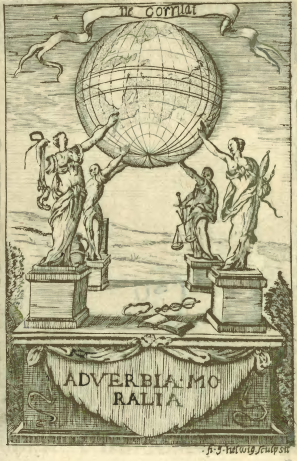 |
Author: Stanisław Herakliusz Lubomirski Title: Adverbia moralia (Mirobulli Tassalini Adverbiorum moralium sive de virtute et fortuna libellus) Editio princeps: Warszawa 1688 in a publishing house of Schreibera Artist: Tylman of Gameren. Engraver: Jan Jerzy Helwig of Królewiec Access: oldrprint Short Description: The collection consists altogether of fifteen images and an unassisted engraving on a front page. It was republished eleven times in 17th and 18th century, in three cases it was included into collections of Lubomirski’s works. Fr. Antoni Chryzanty Łapczyński prepared a Polish translation of Latin inscriptions and subscriptions, which was printed in 1714. In 1730 a Russian translation also appeared. Philosophical and reflective collection of Adverbs is dedicated to moral issues, emblems praise the virtues in a neo-stoic manner. Subscriptions have an apophthegmatic, artful form of elogia; they are arranged in an almost figural manner, for example in a shape of a cross or a triangle. All the subscriptions are bonded together by the same principle of text organization: each elogium is organized by a repeated, joining word, eg. “SEMPER” (“ALWAYS”) in Adverbium XII, from which the above engraving was taken. TR |
|
|
|
|
|
|||
|
|
|
|
|
|||
|
|
|
|
|
|||
|
|
|
|
|
|||
|
|
|
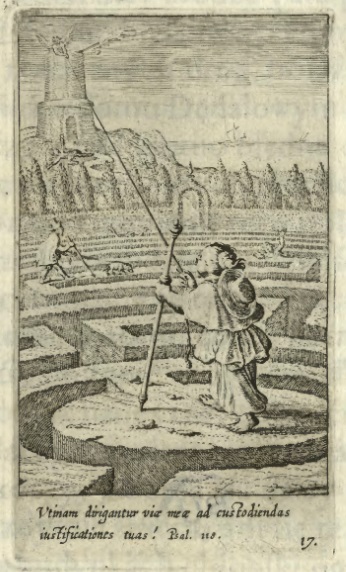 |
Author: Herman Hugon, trans. Aleksander Teodor Lacki Title: Pobożne pragnienia Editio princeps: Kraków 1673 in a publishing house of Krzysztof Schedel's successors Project of copperplate engravings: Boetius a Bolswert Engraver: Boetius a Bolswert Access: oldprint Short description: Pobożne pragnienia is probably the first Polish translation of a very popular Pia desideria by Herman Hugon. Editio princeps was printed in two versions: the first one on a better paper and with engravings, and the second one on a paper of a lower quality without icons. During the 17th and 18th centuries the translation was republished three times. The cycle consists of three parts mentioned in the title; each of them represents one part of soul's journey to God and contains fifteen emblems. The whole is predated with a Korczak eschuteon of Konstancja Wielopolska, to whom the translation was dedicated, and a stemmat. Lacki's work was popular among his contemporaries, several transcriptions from that period are preserved. Marshall tried to perpetuate abundant mithological invention, his translation reveals also some traces of acculturation. TR |


